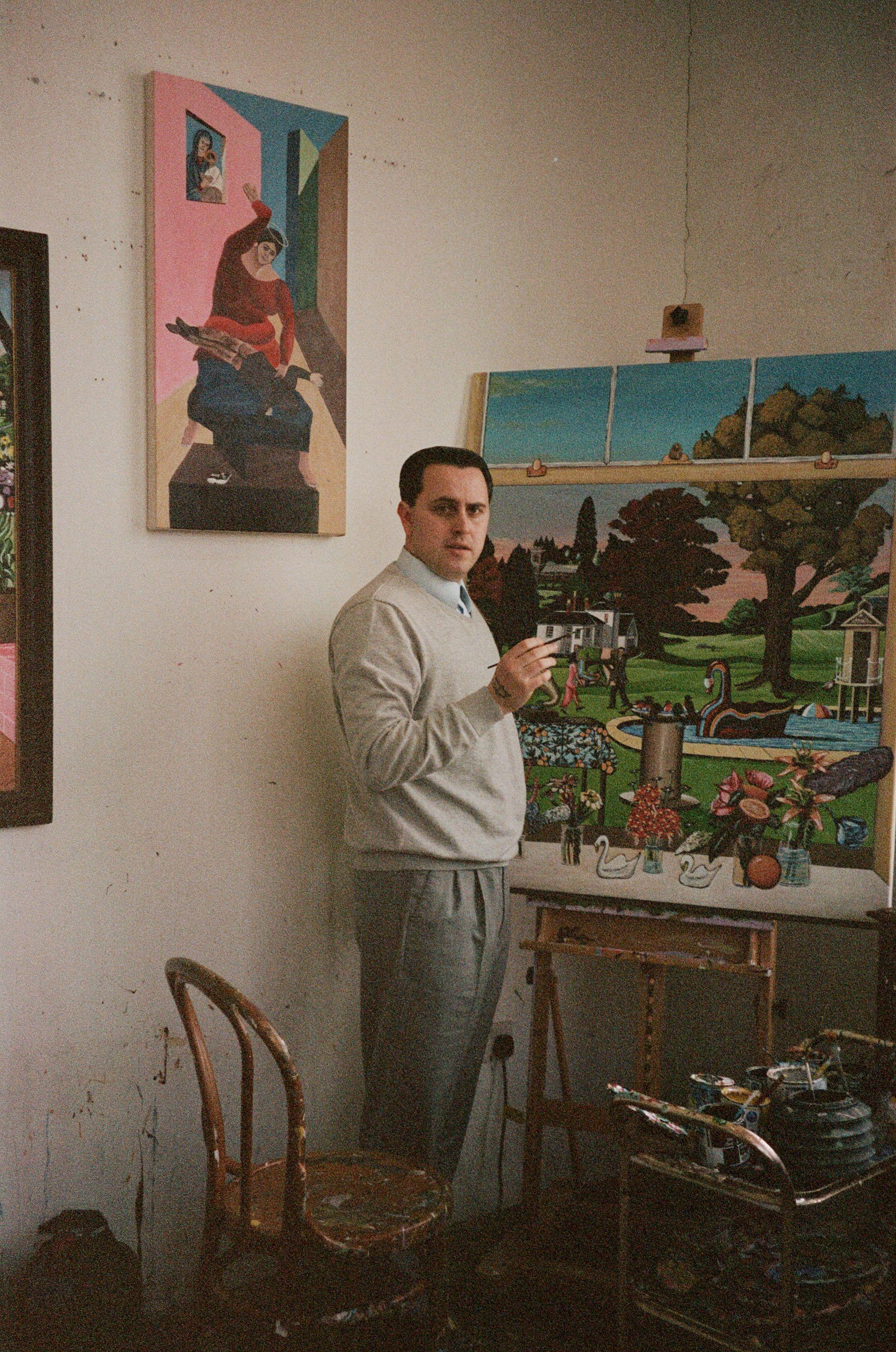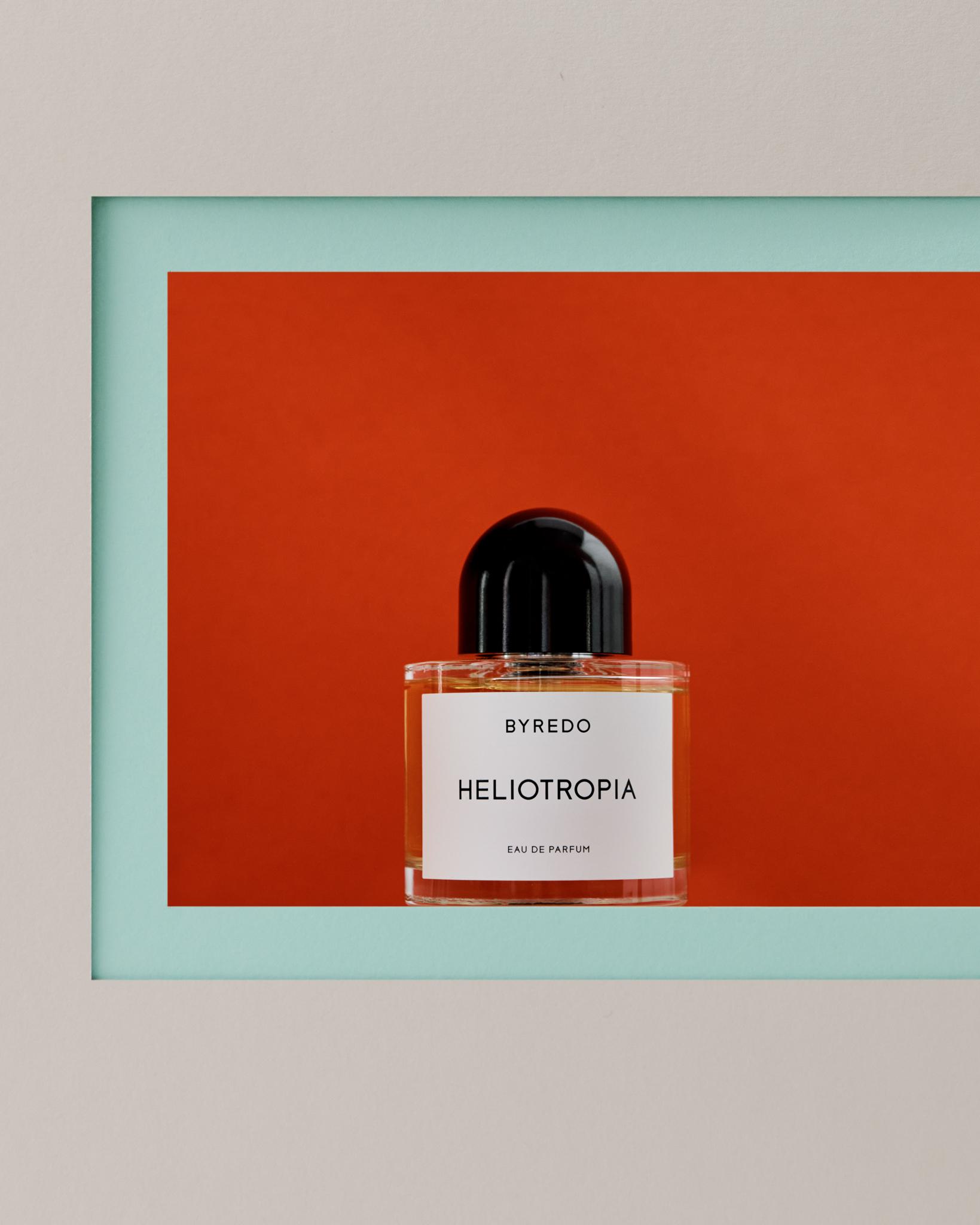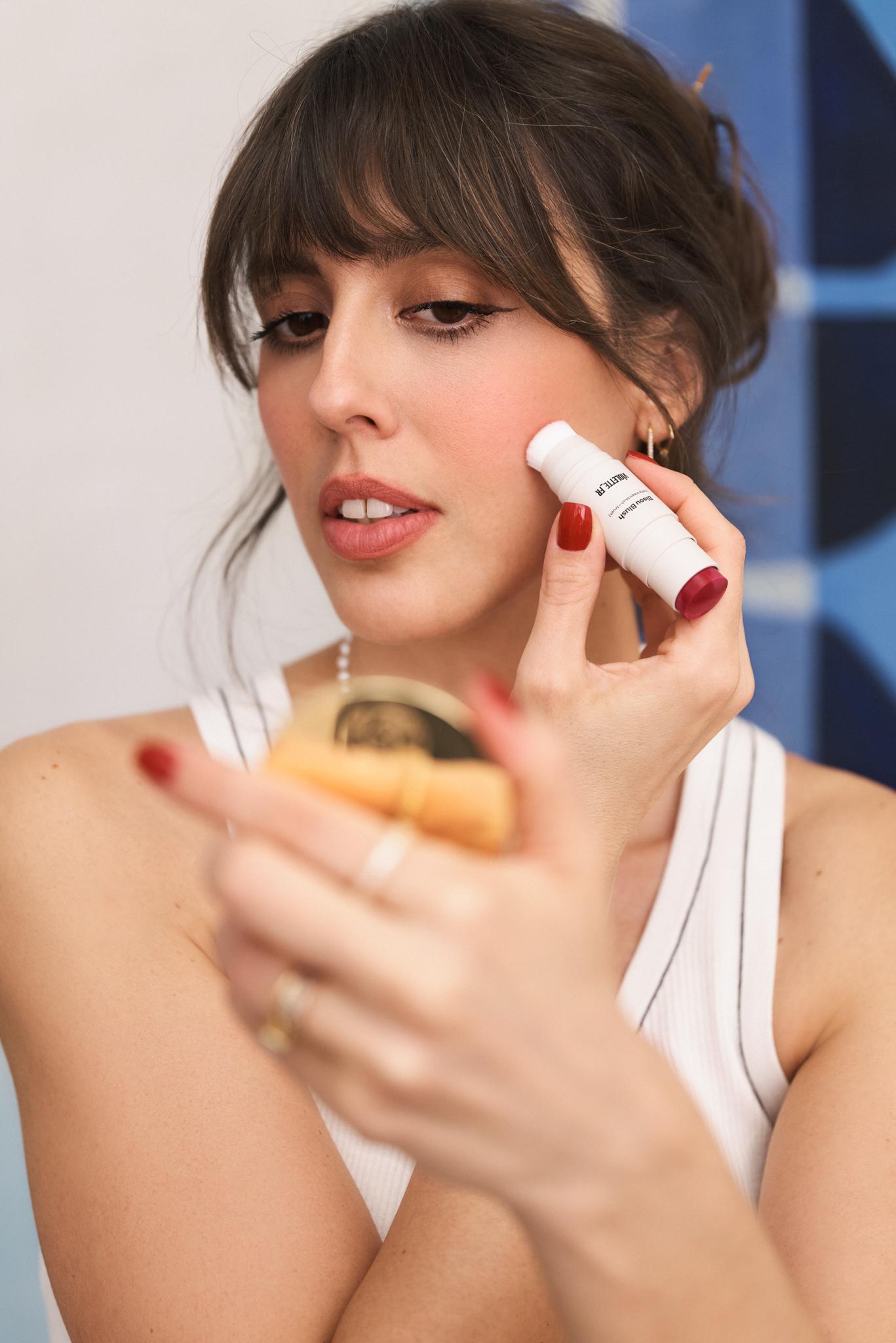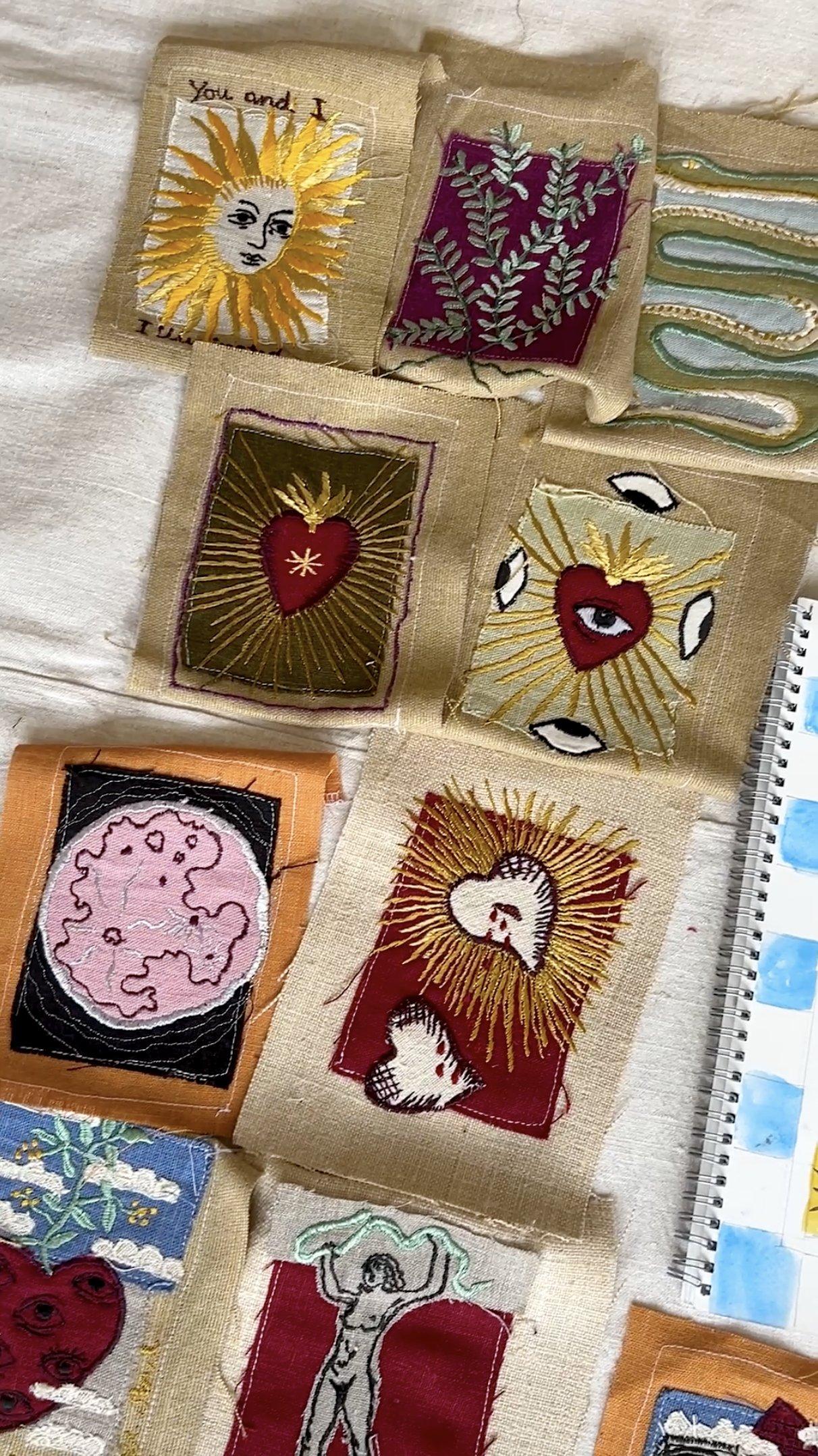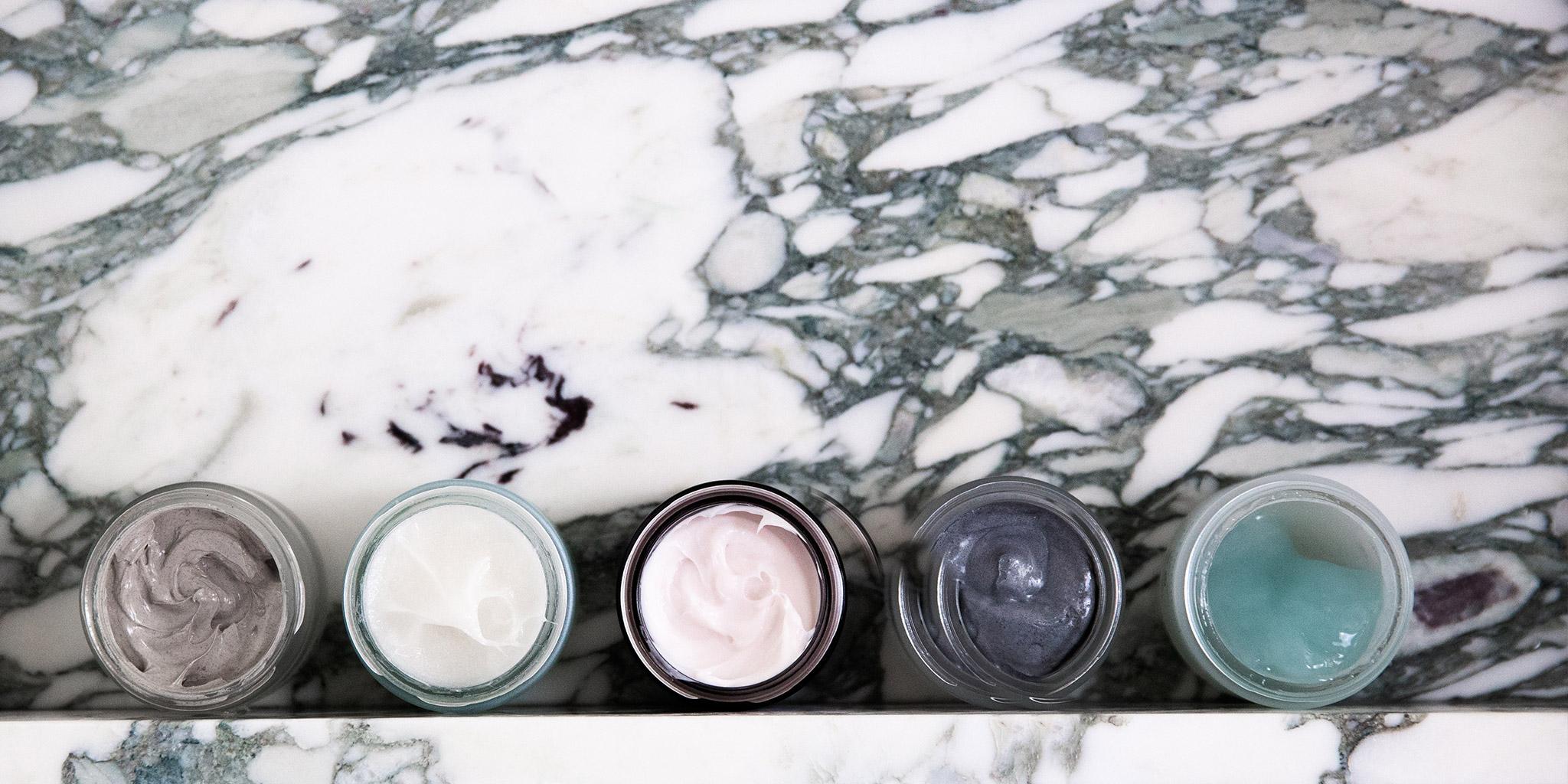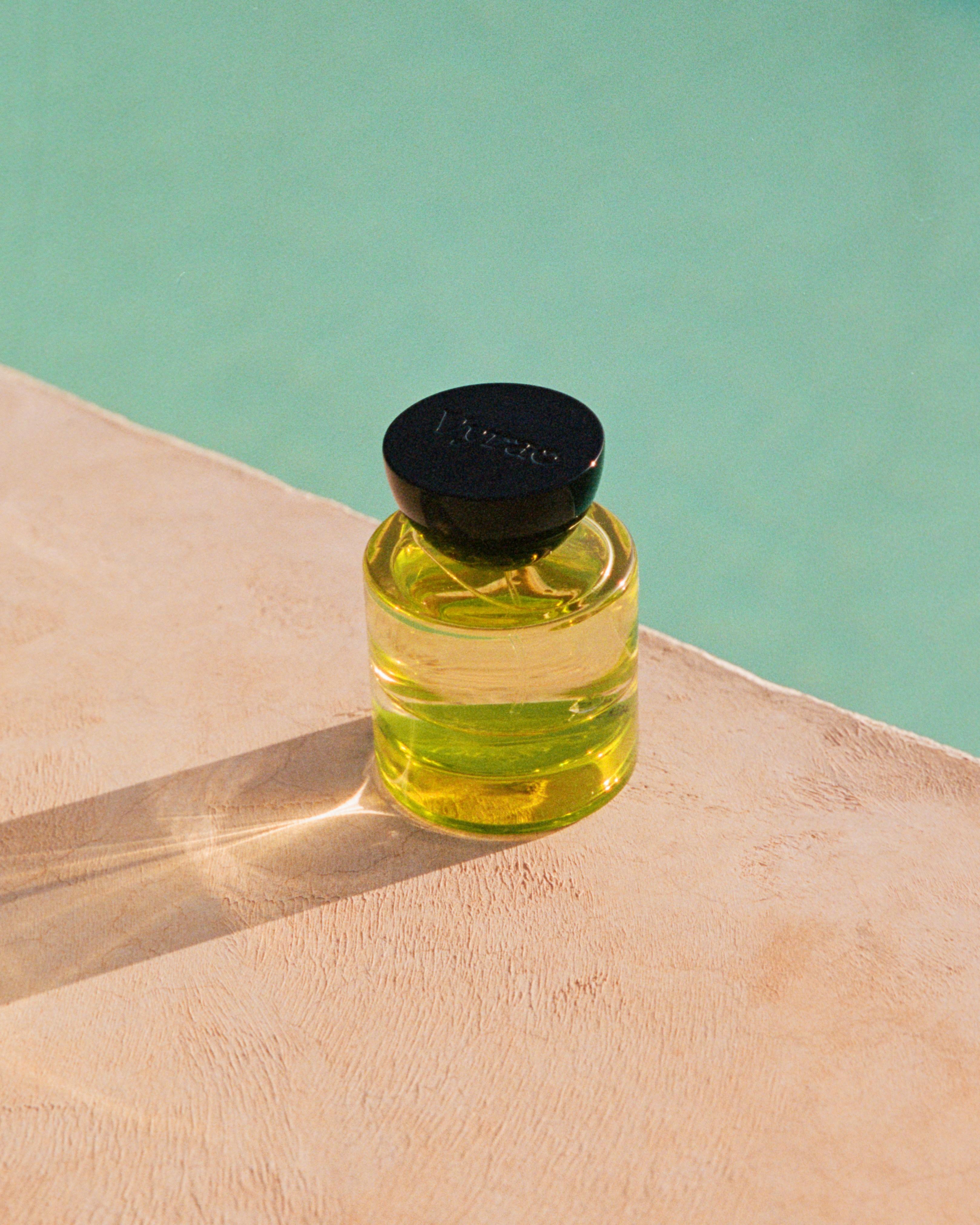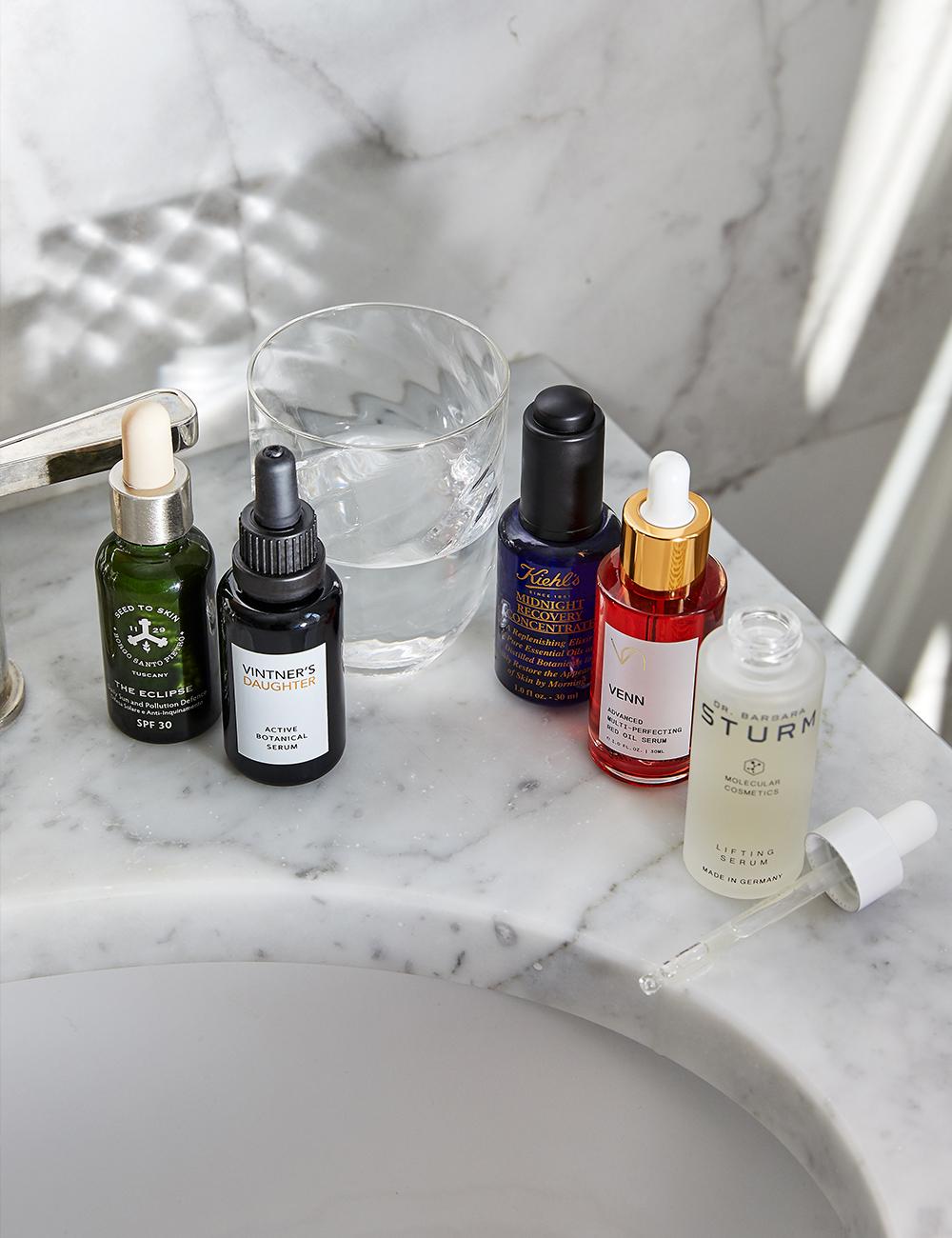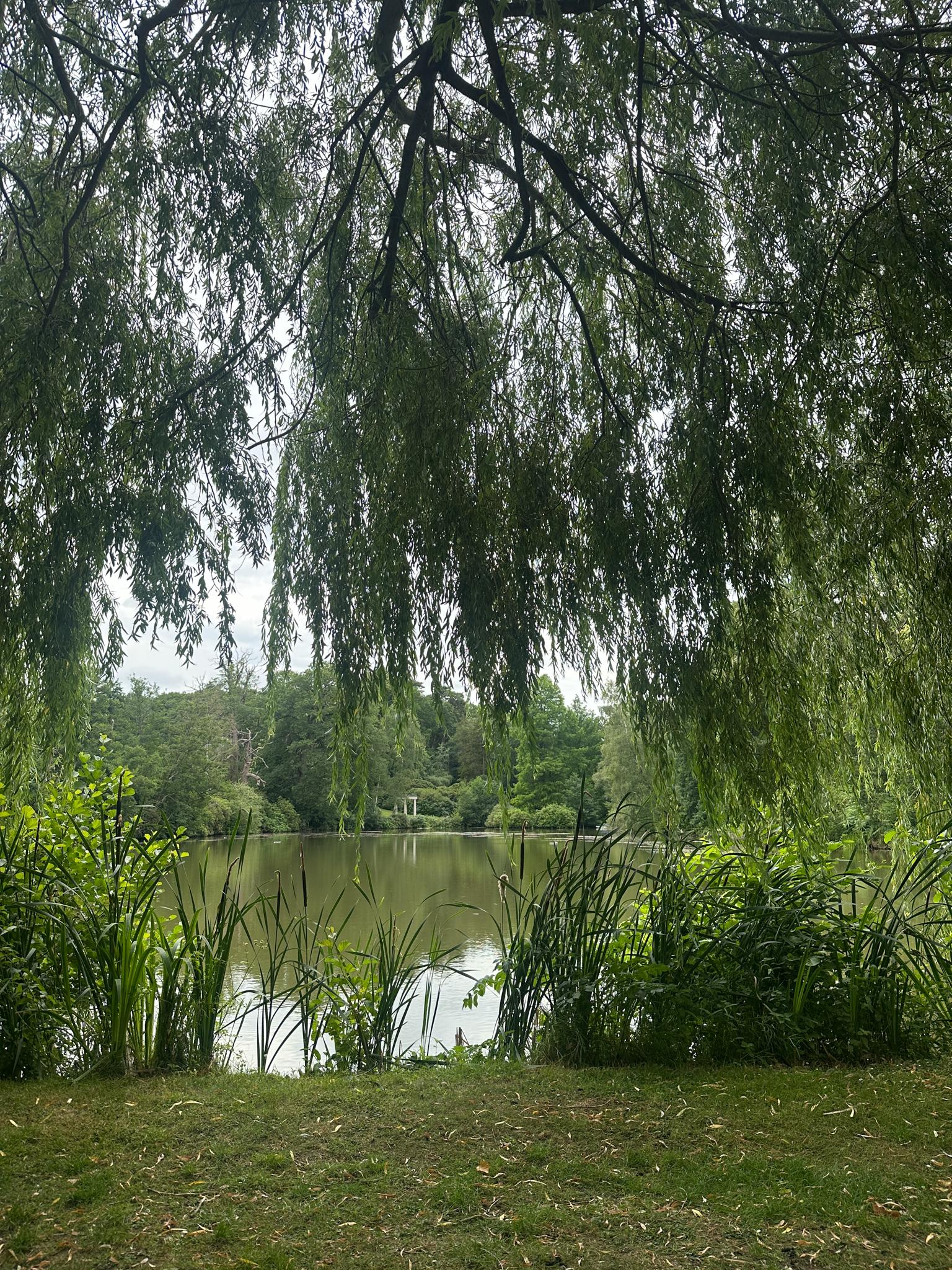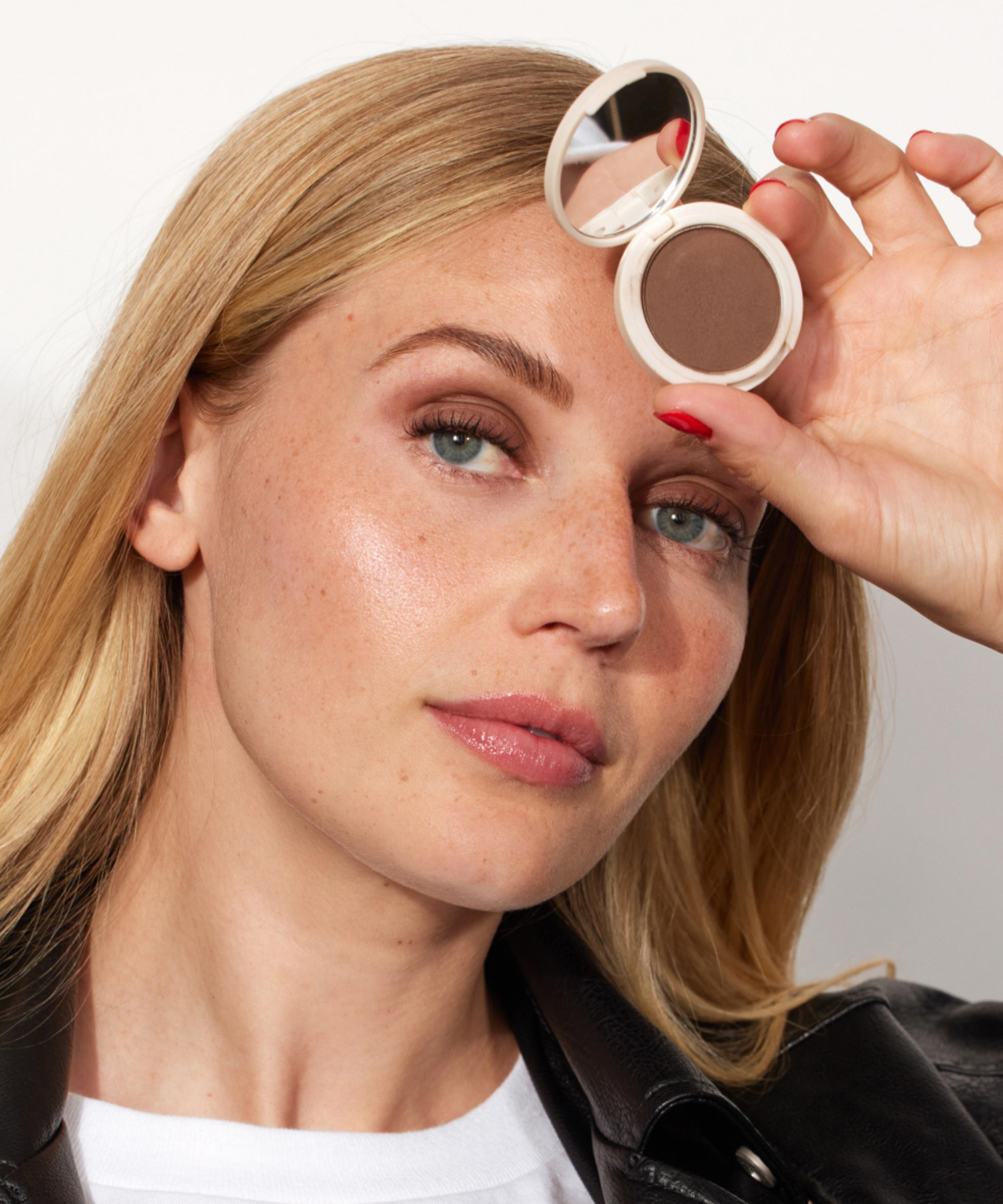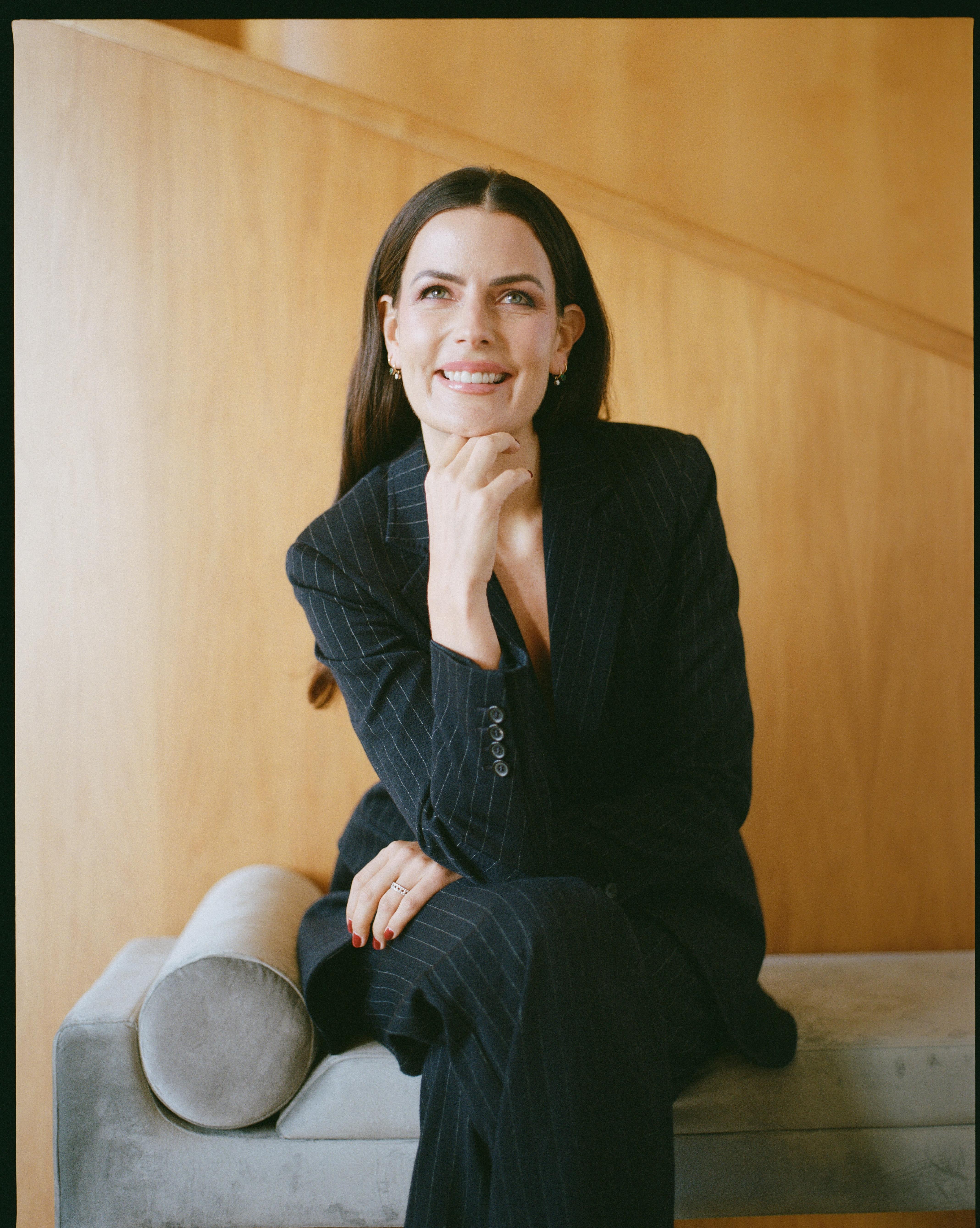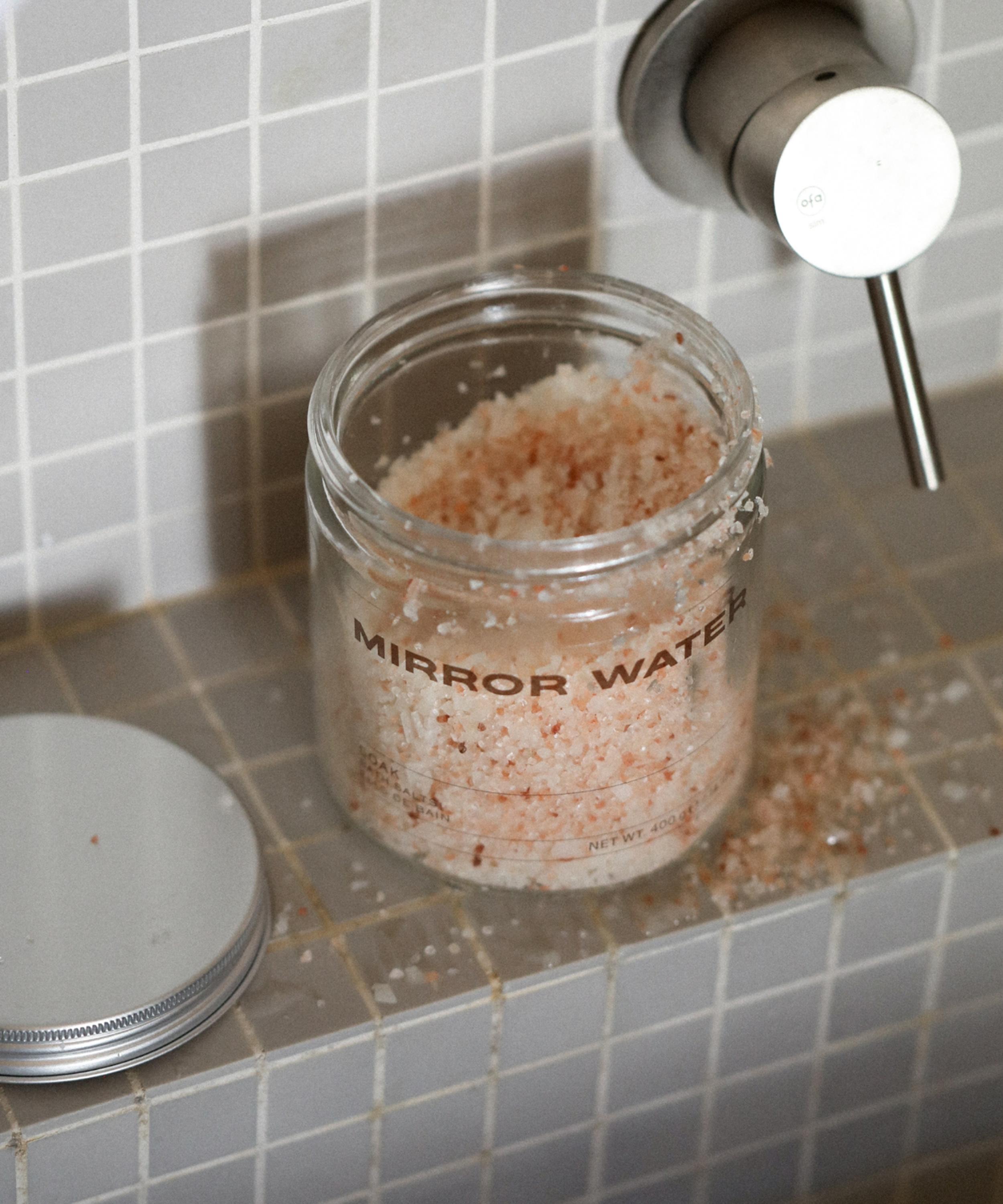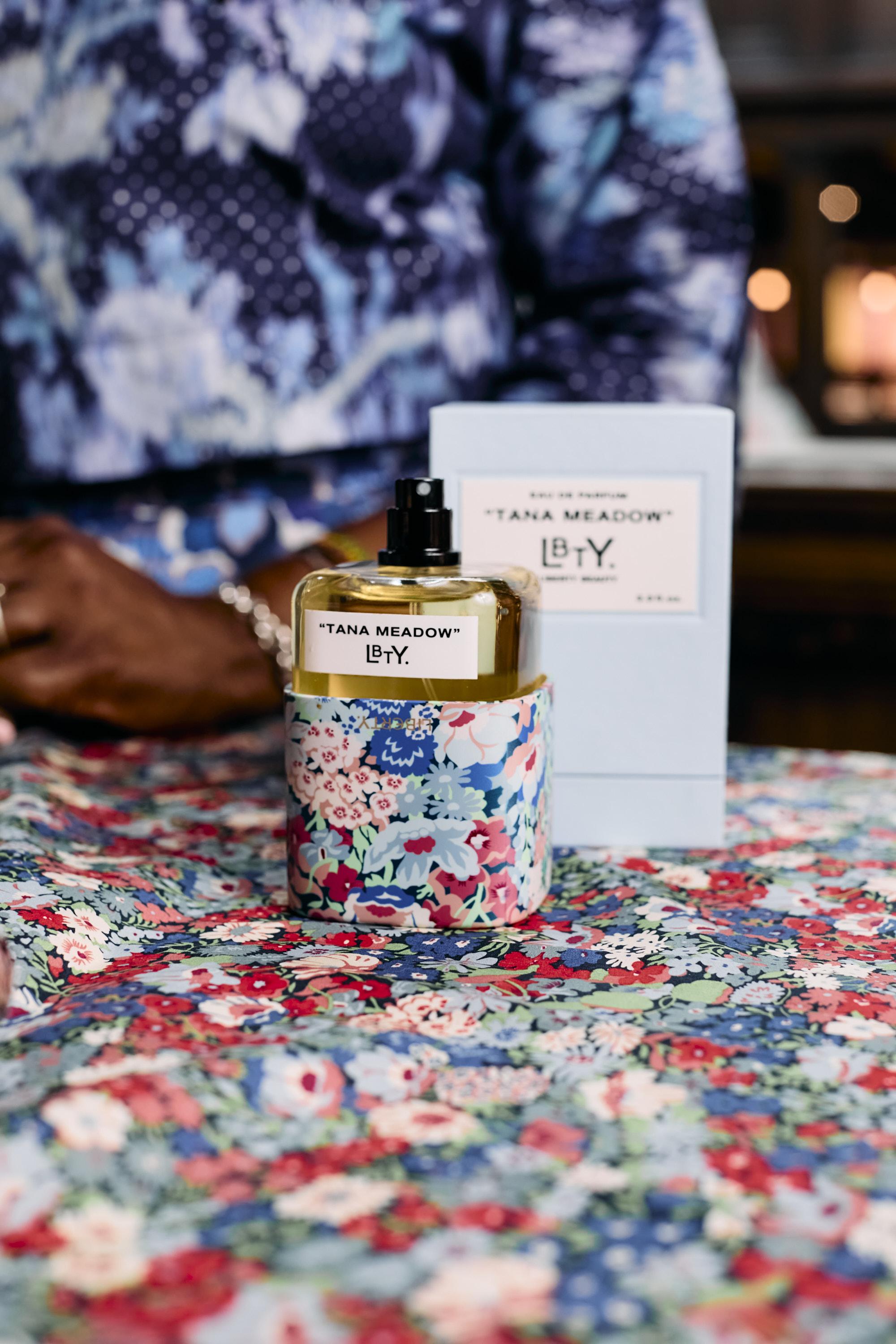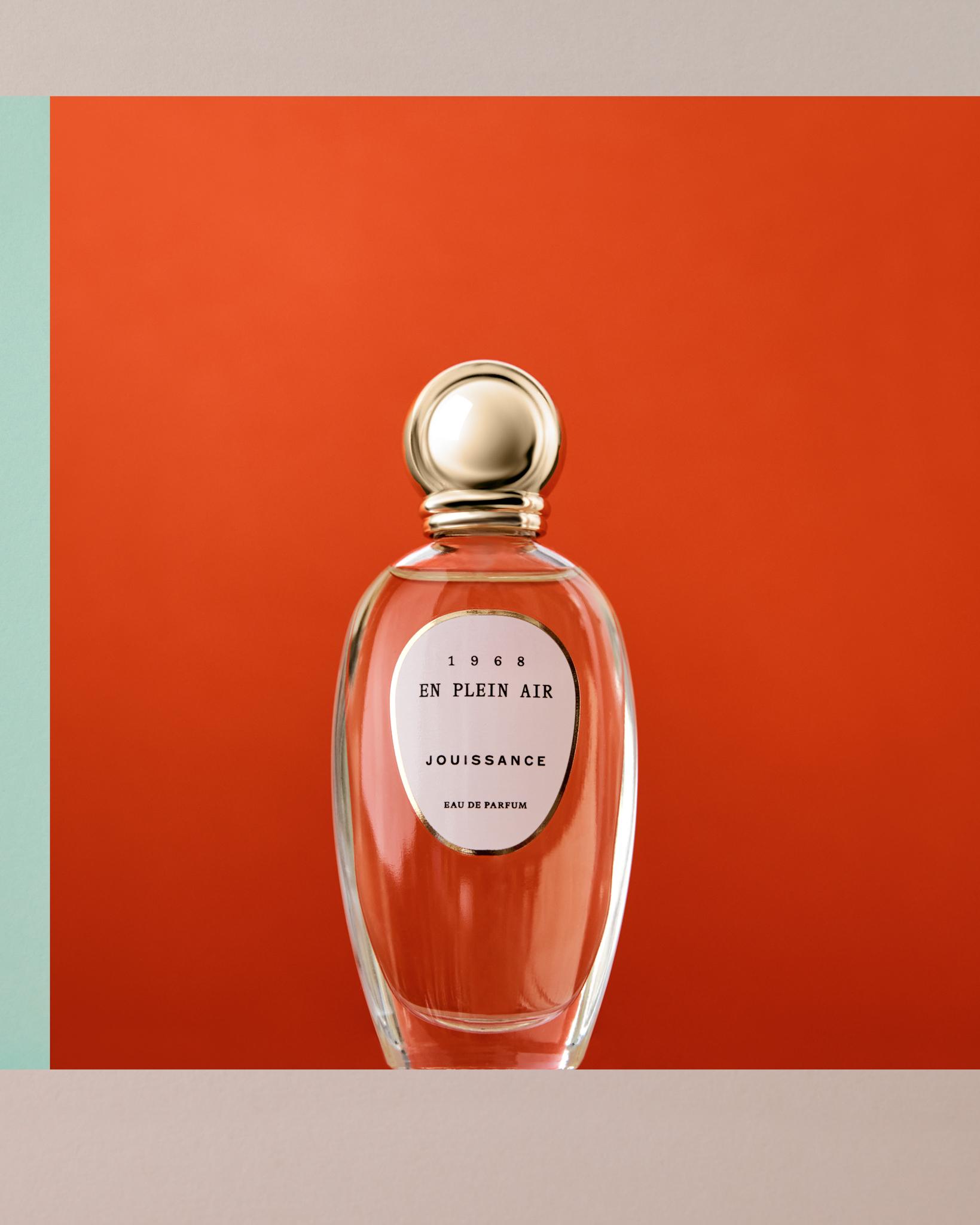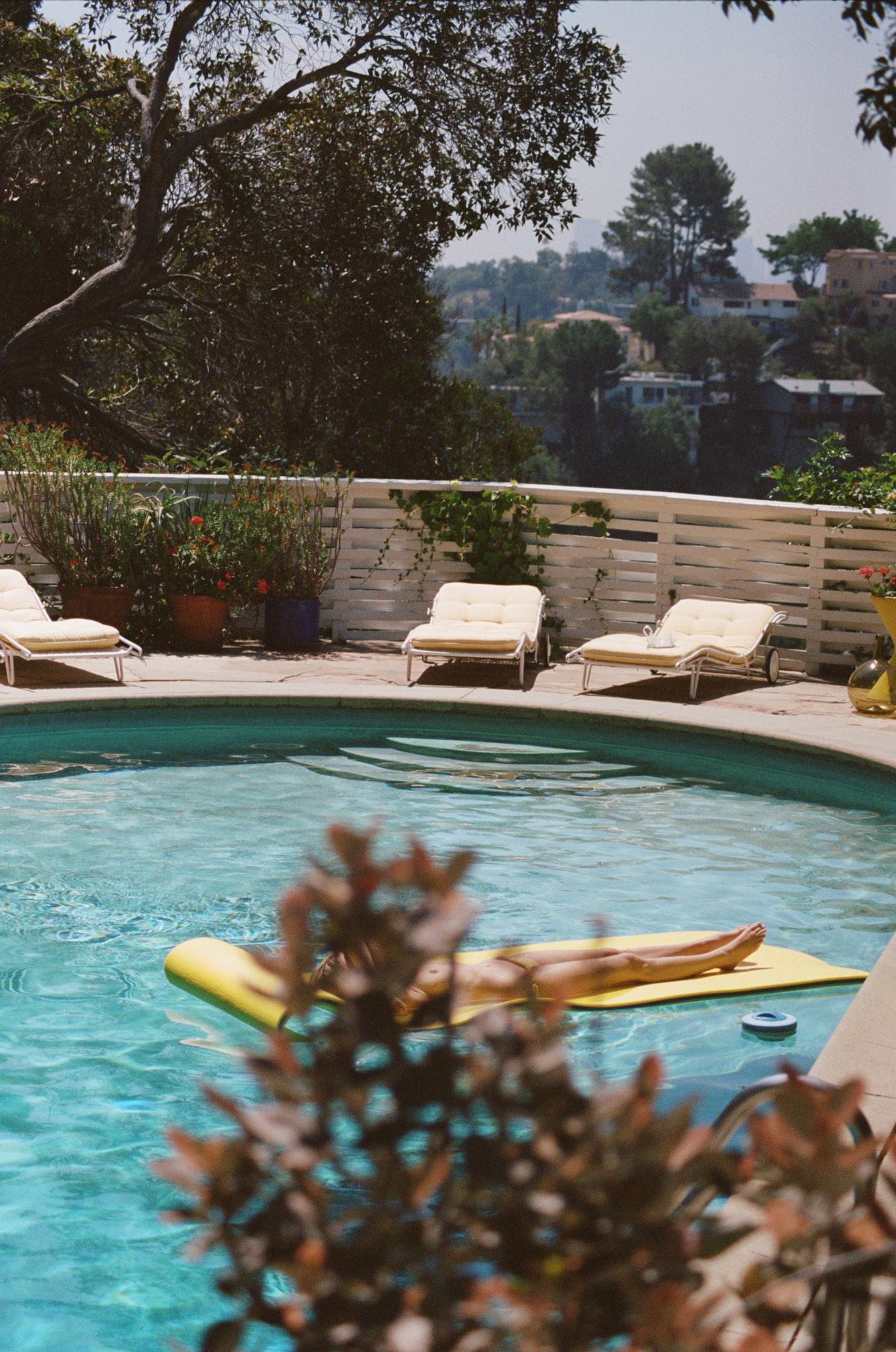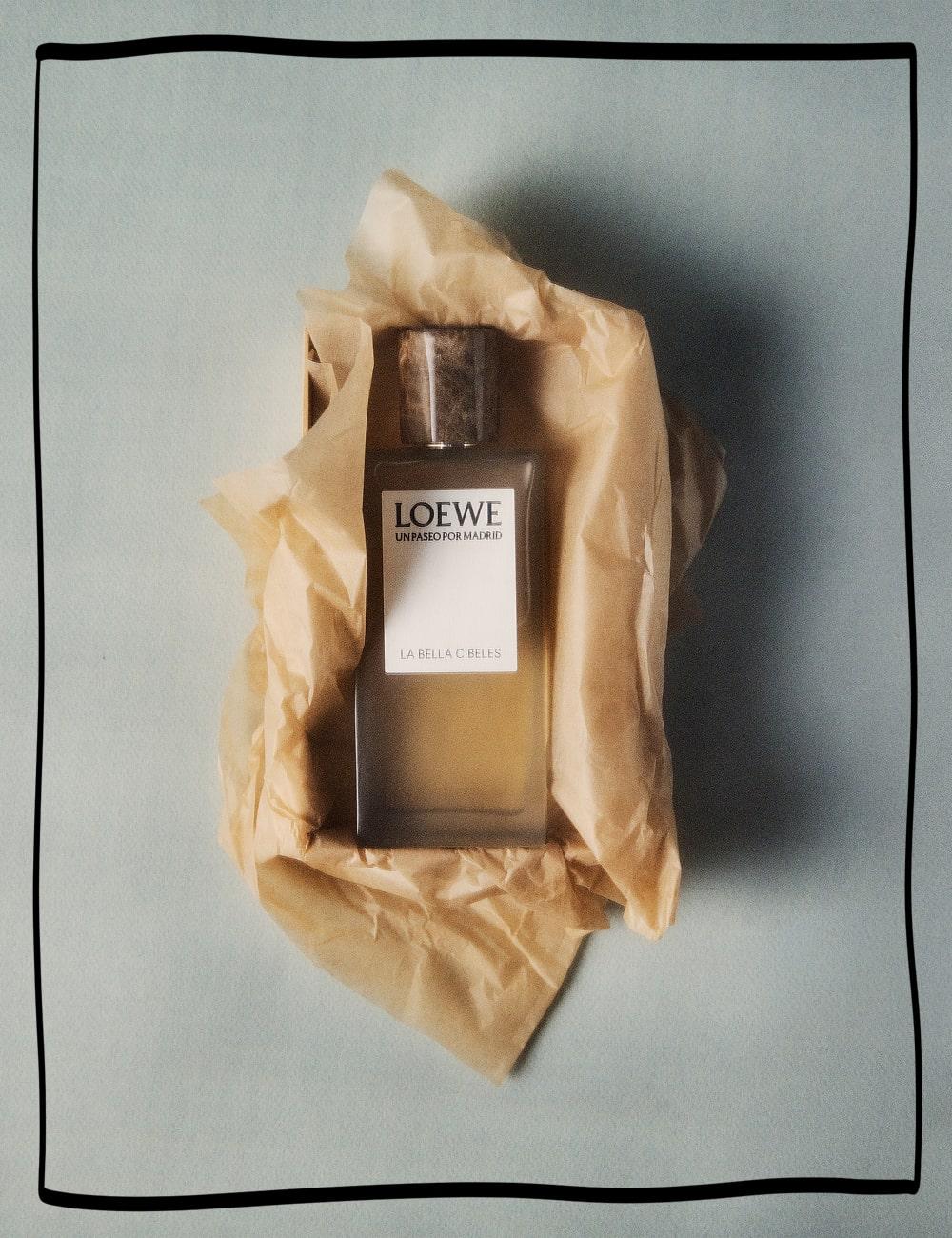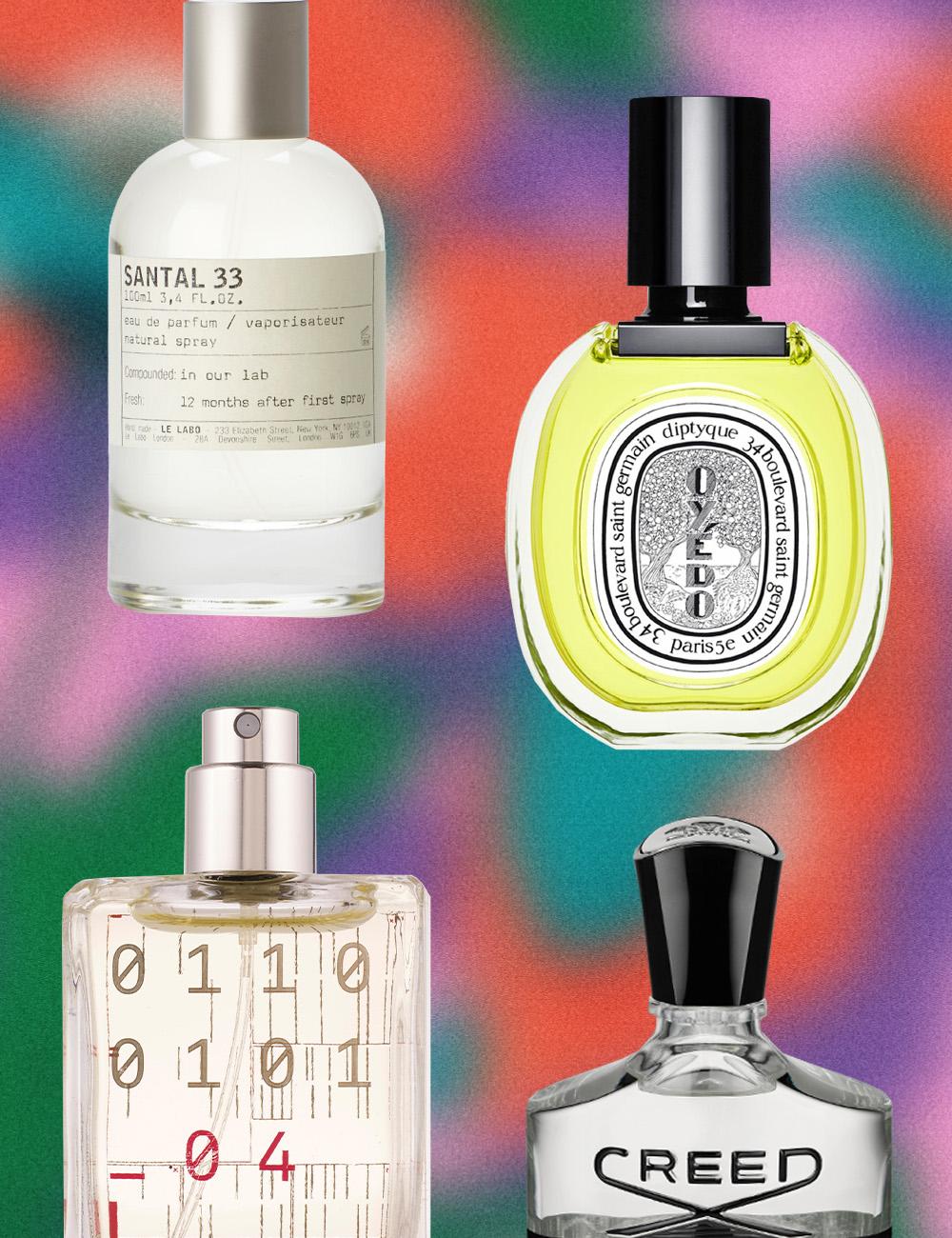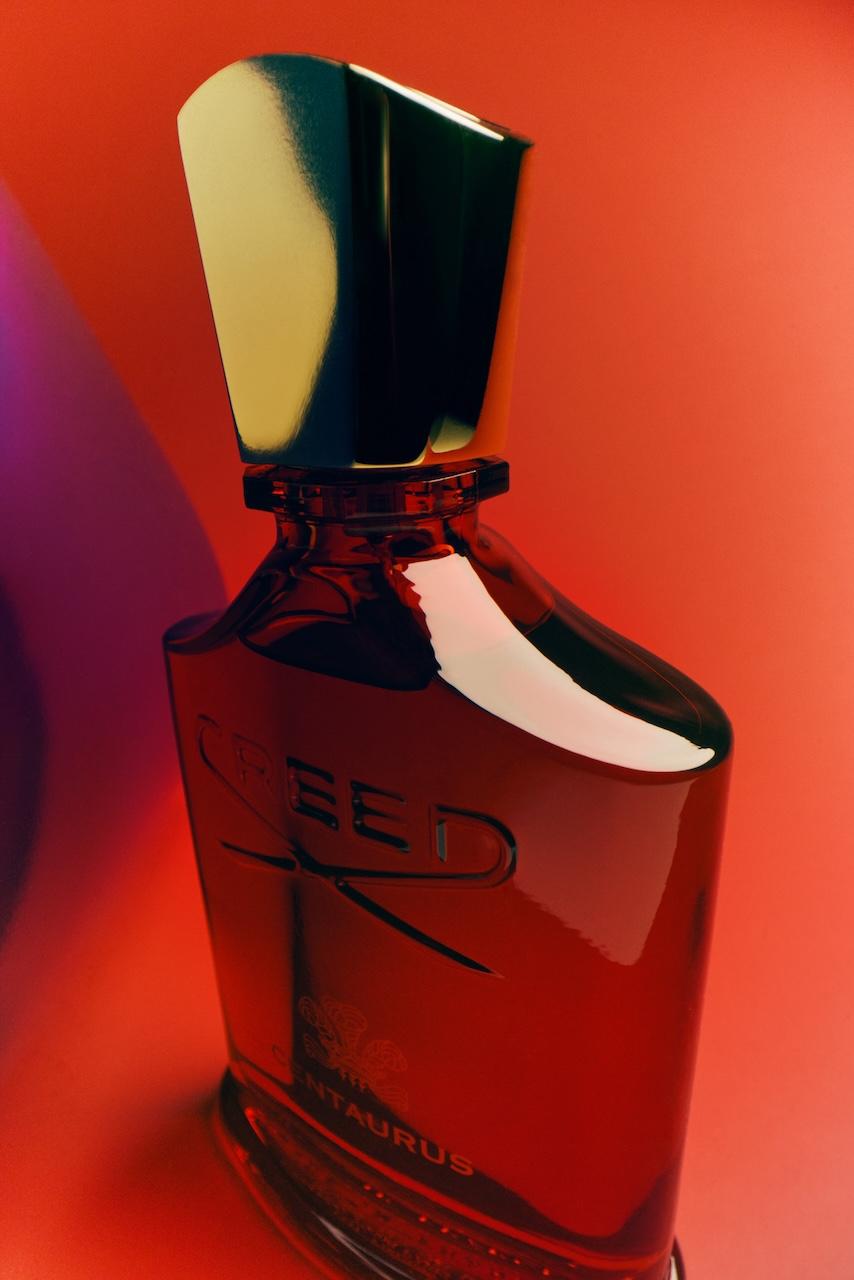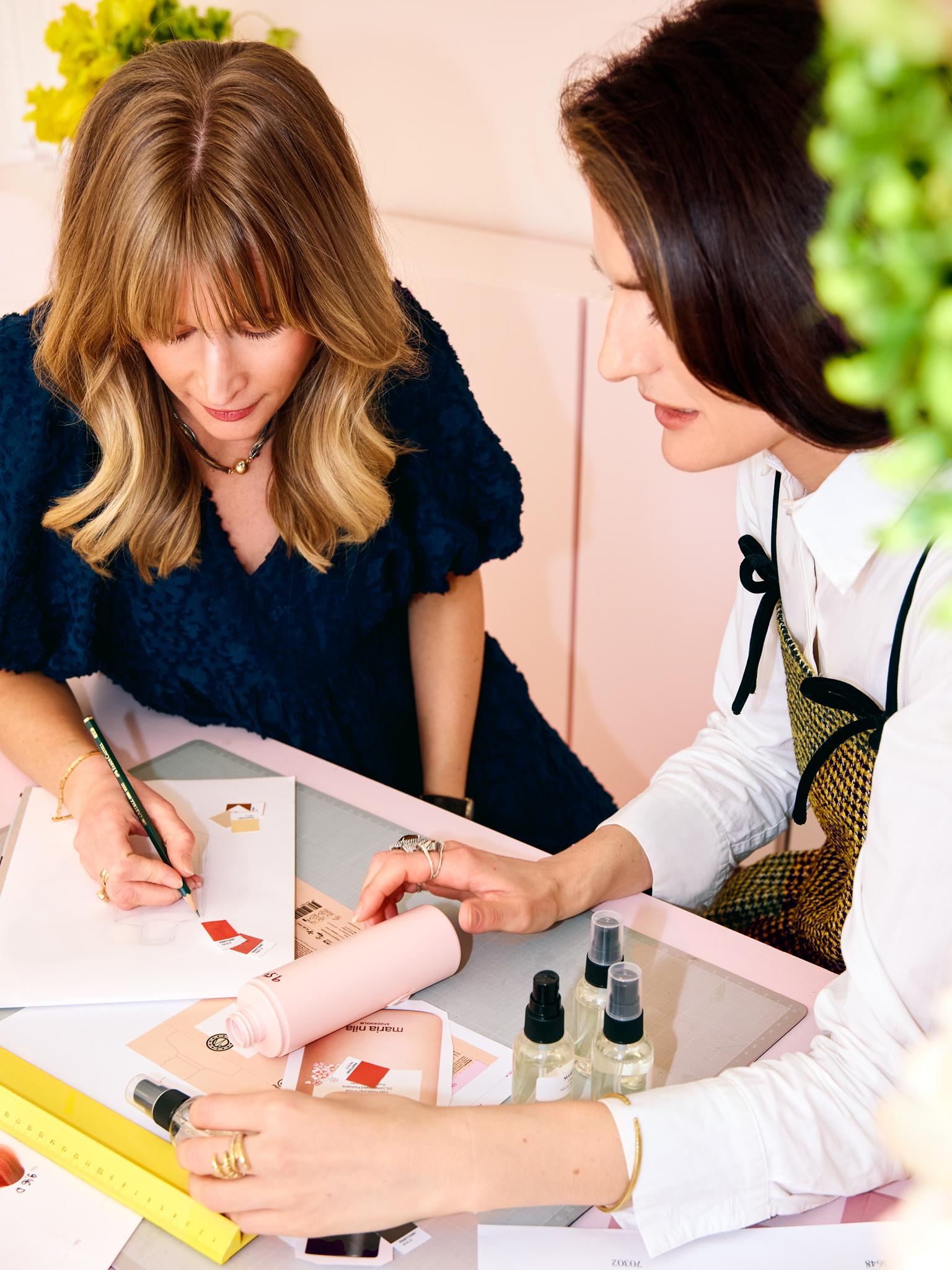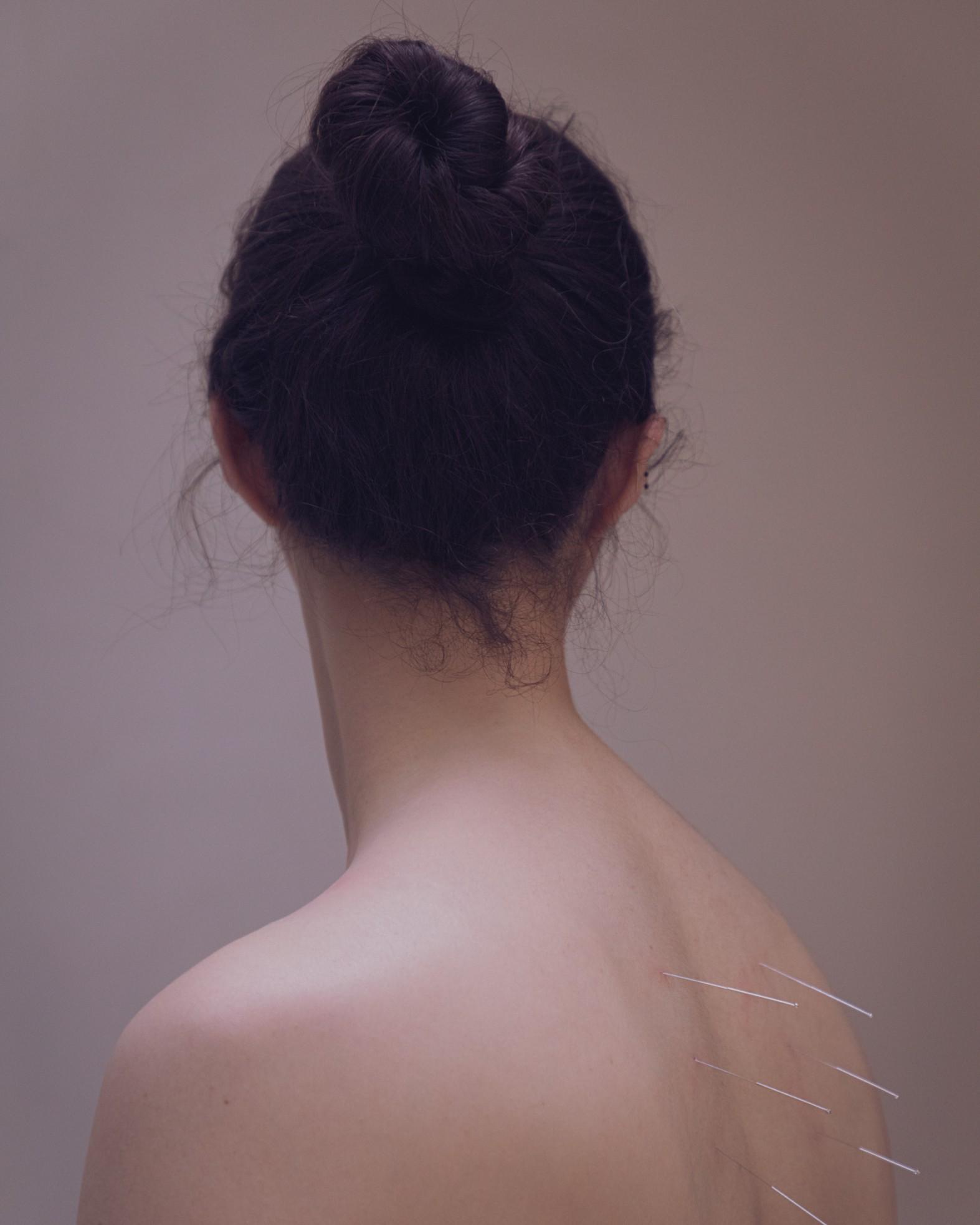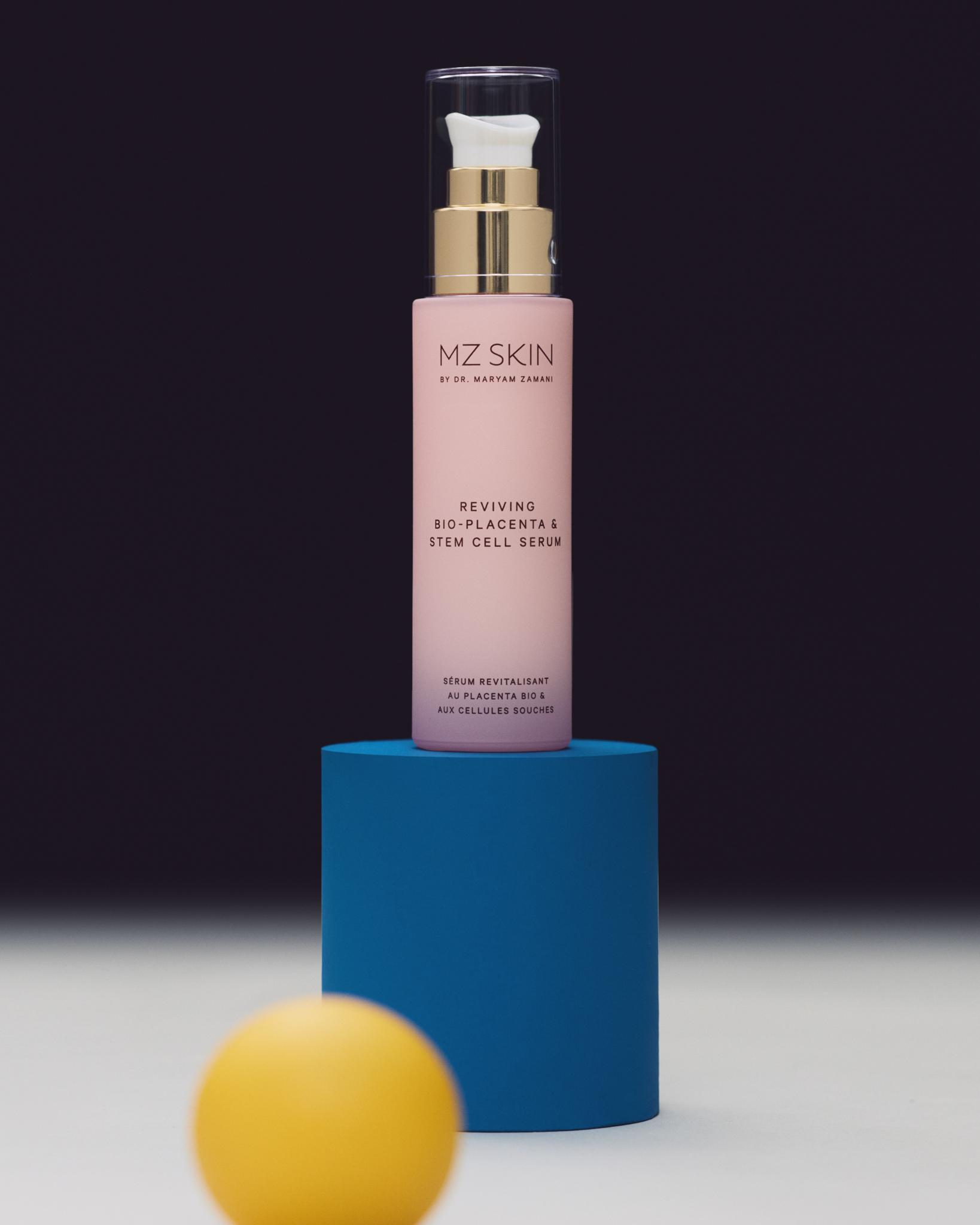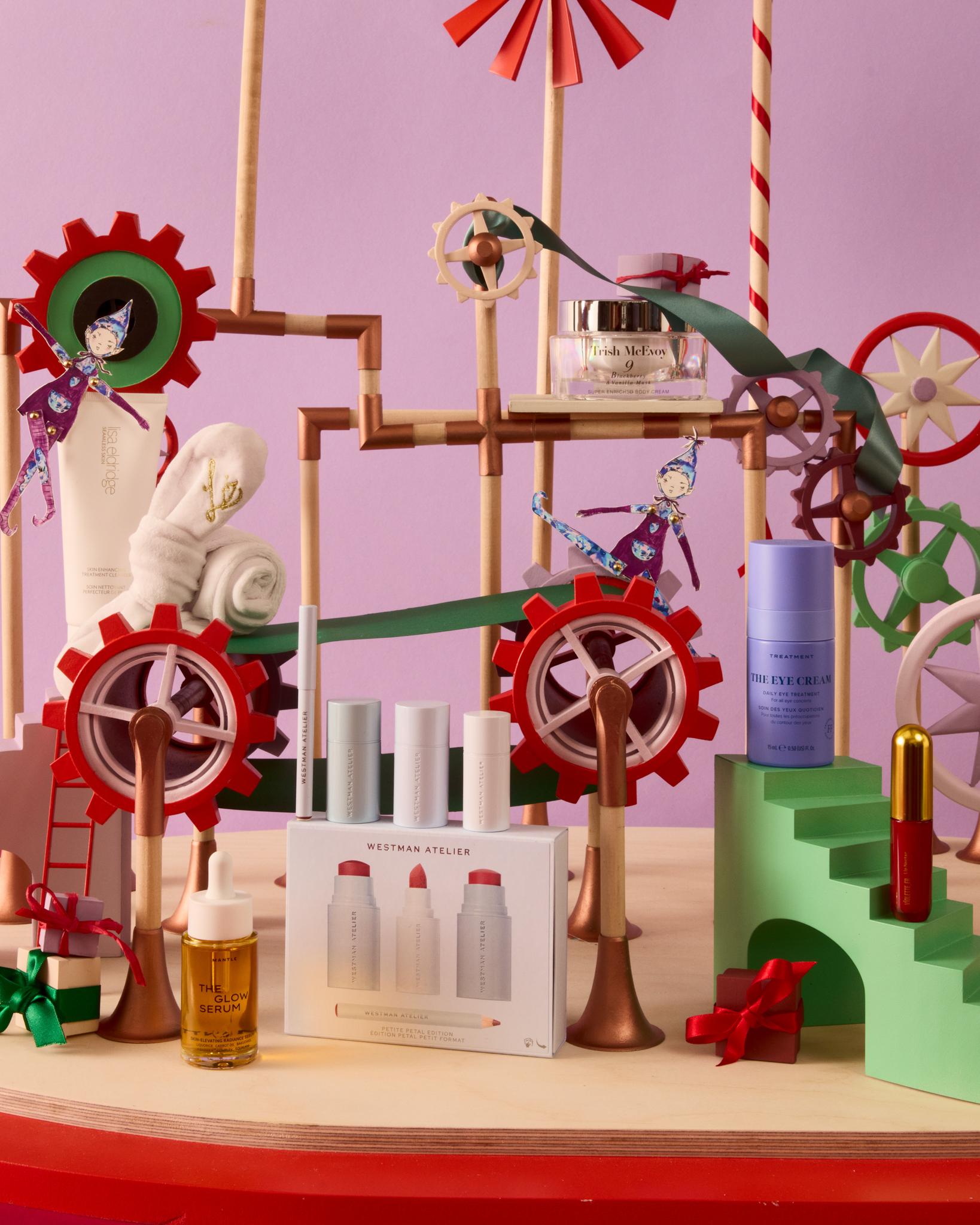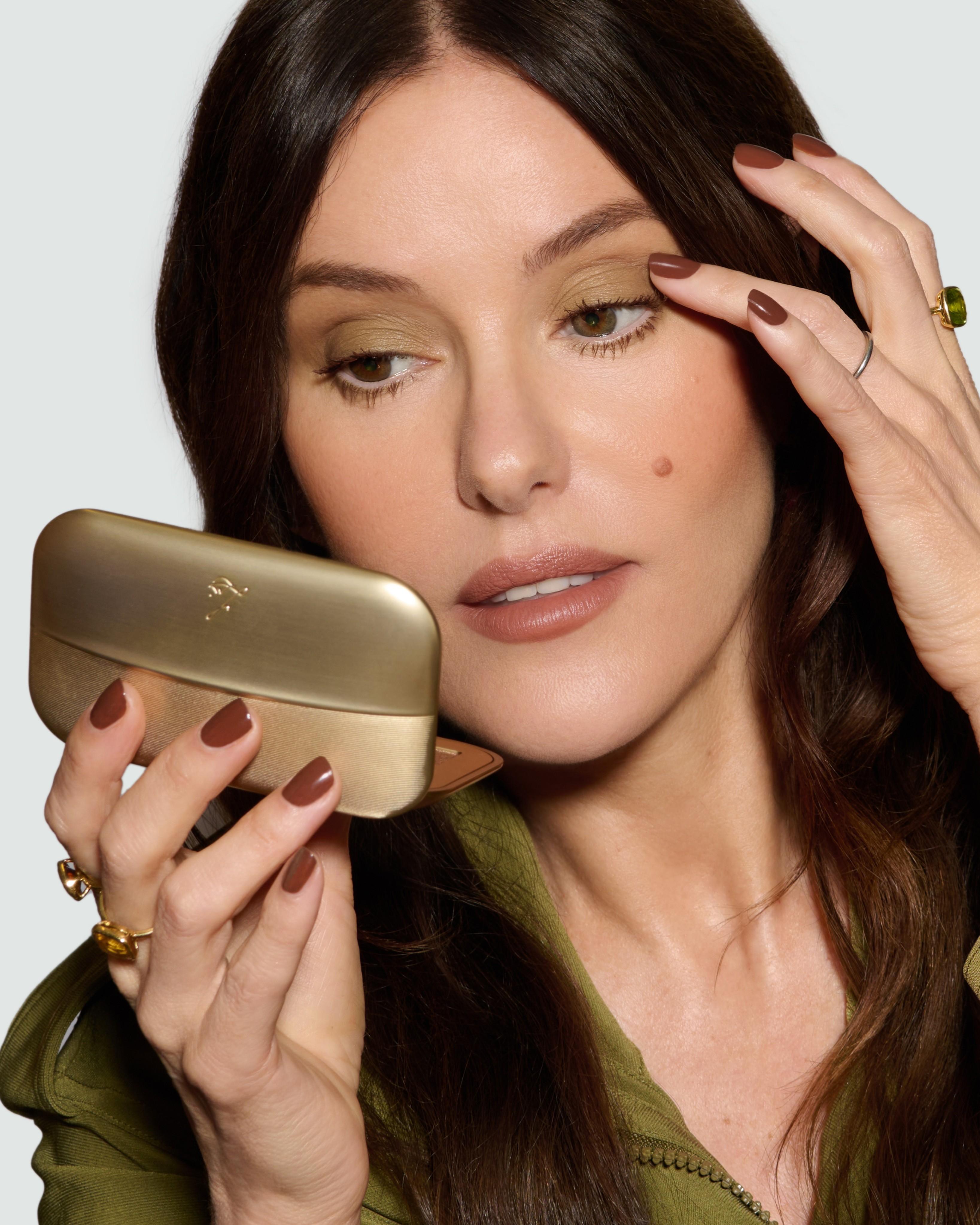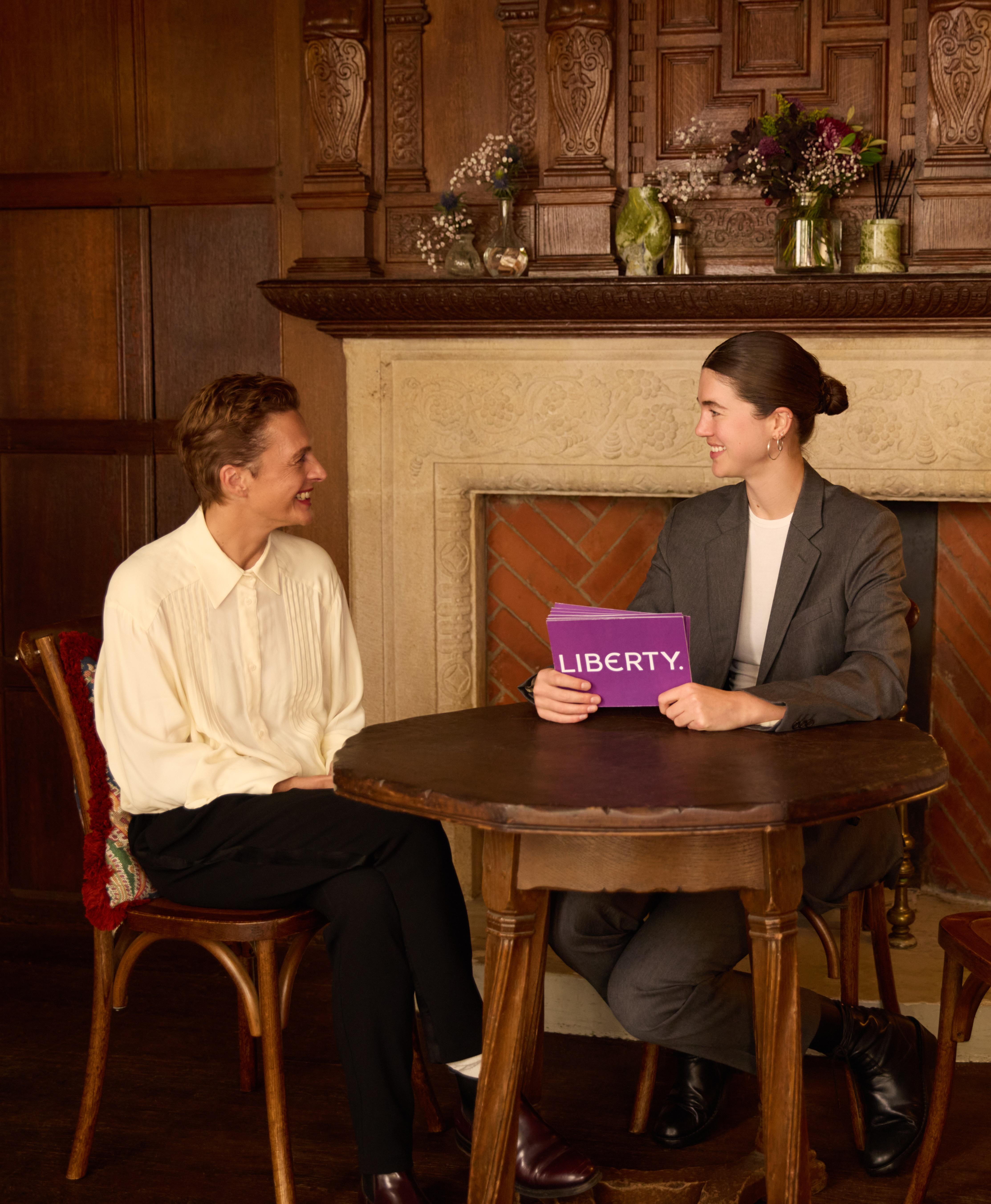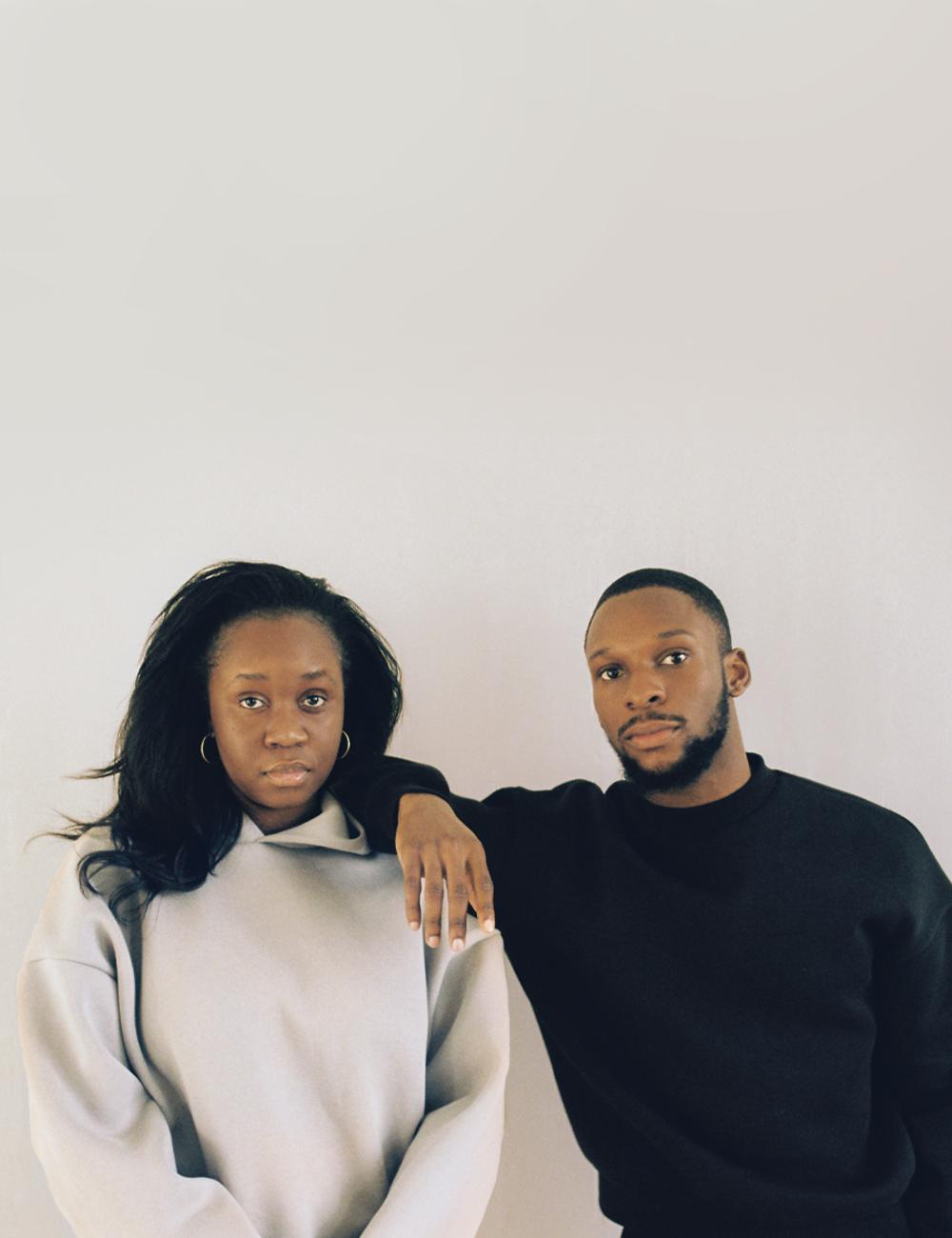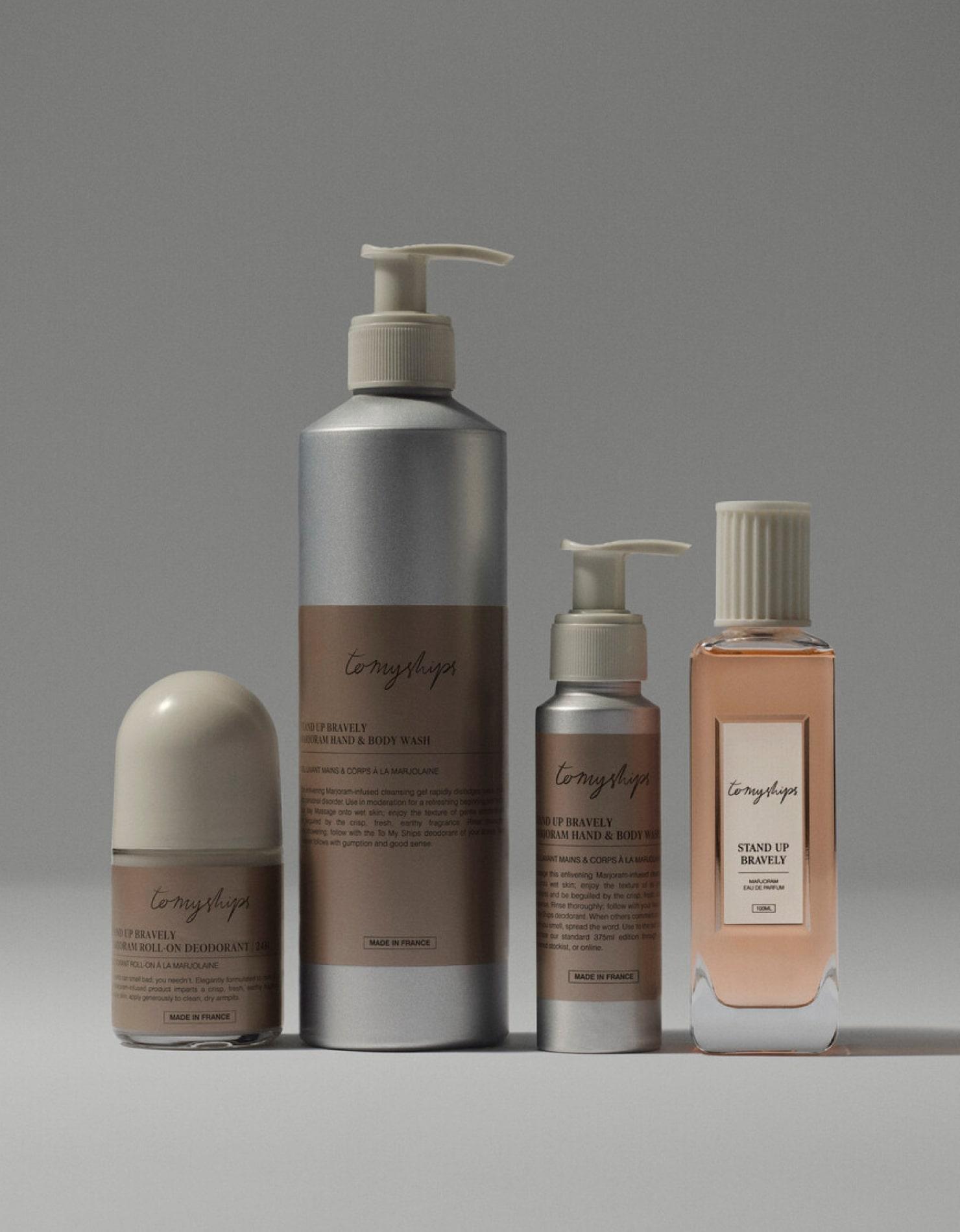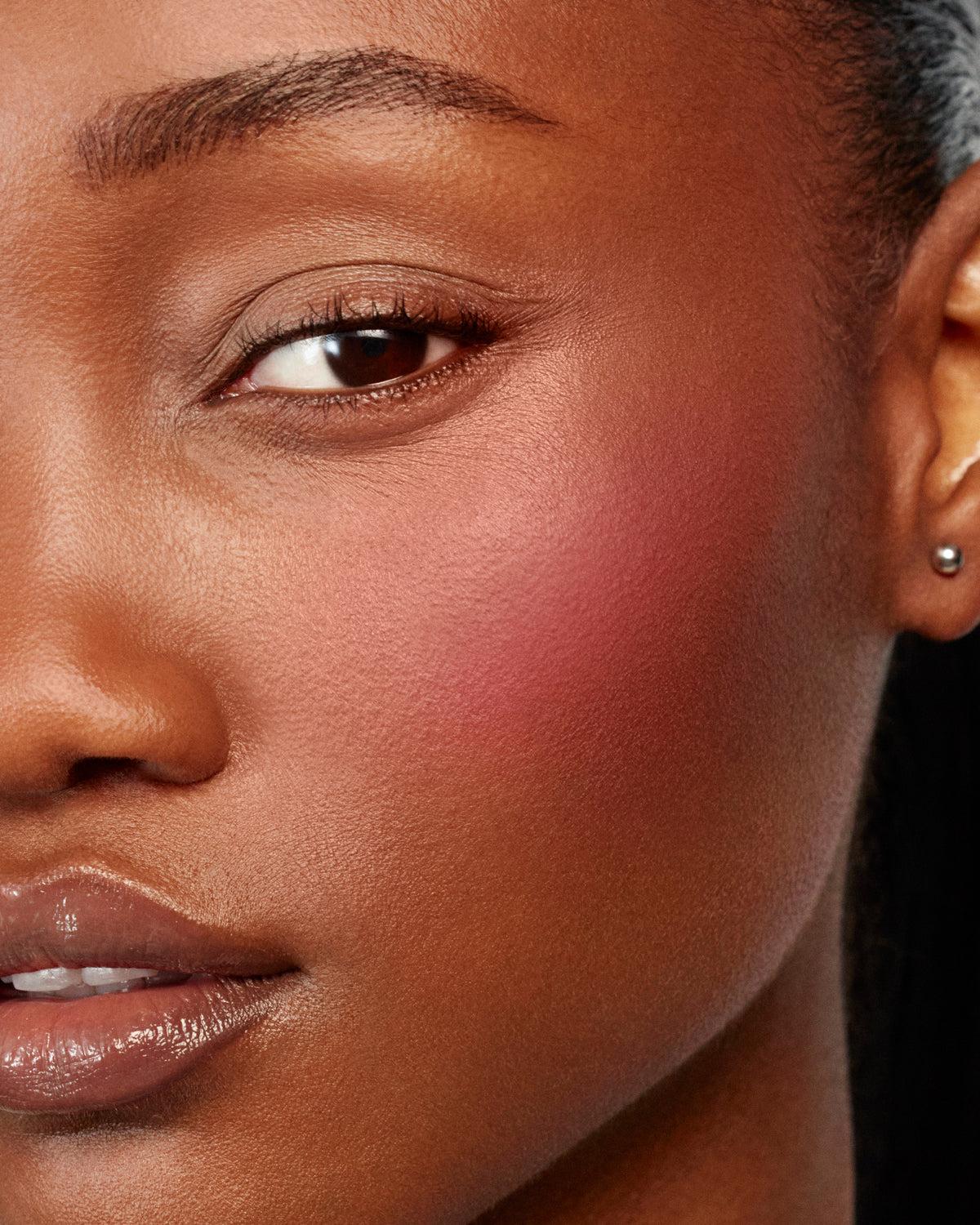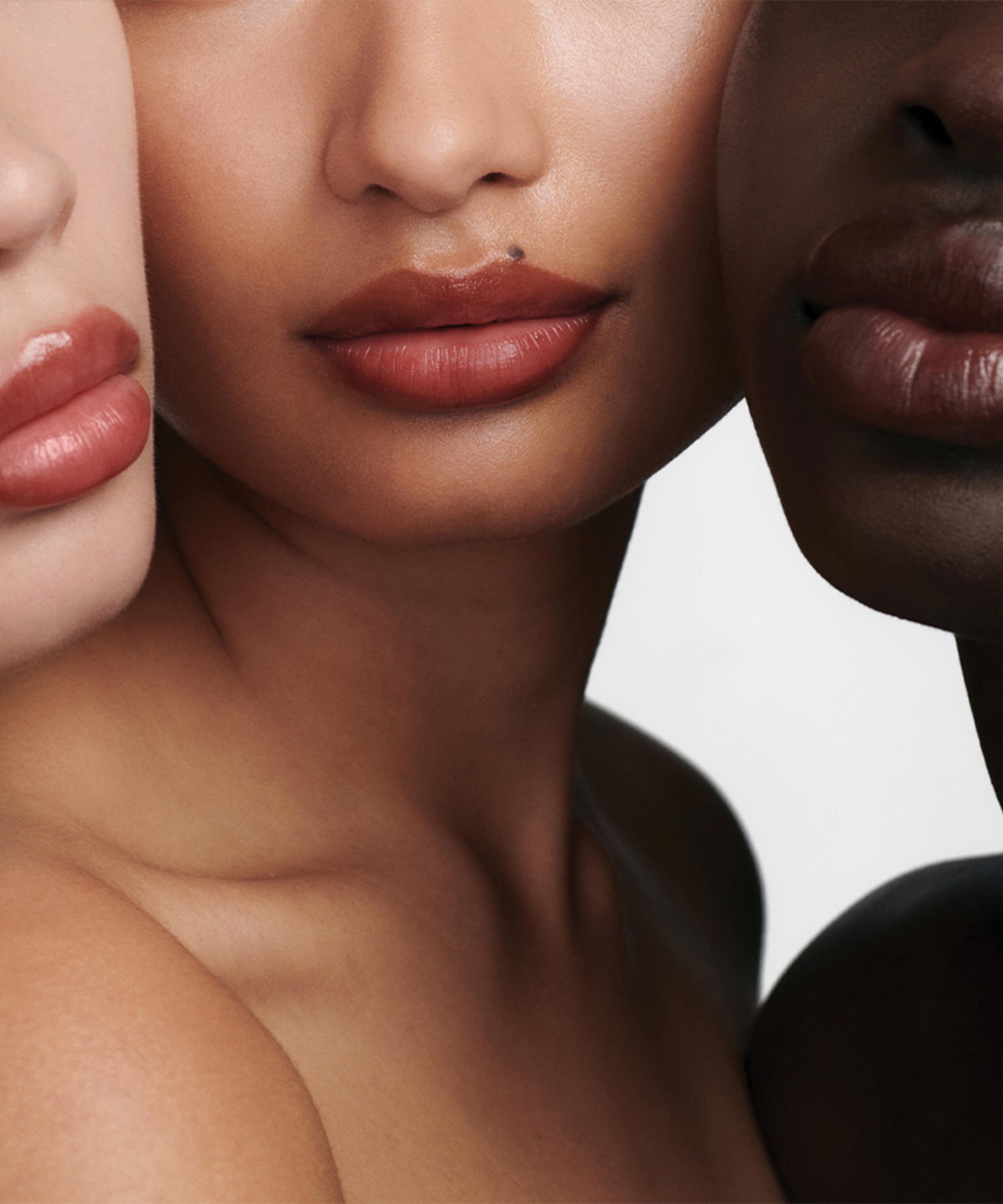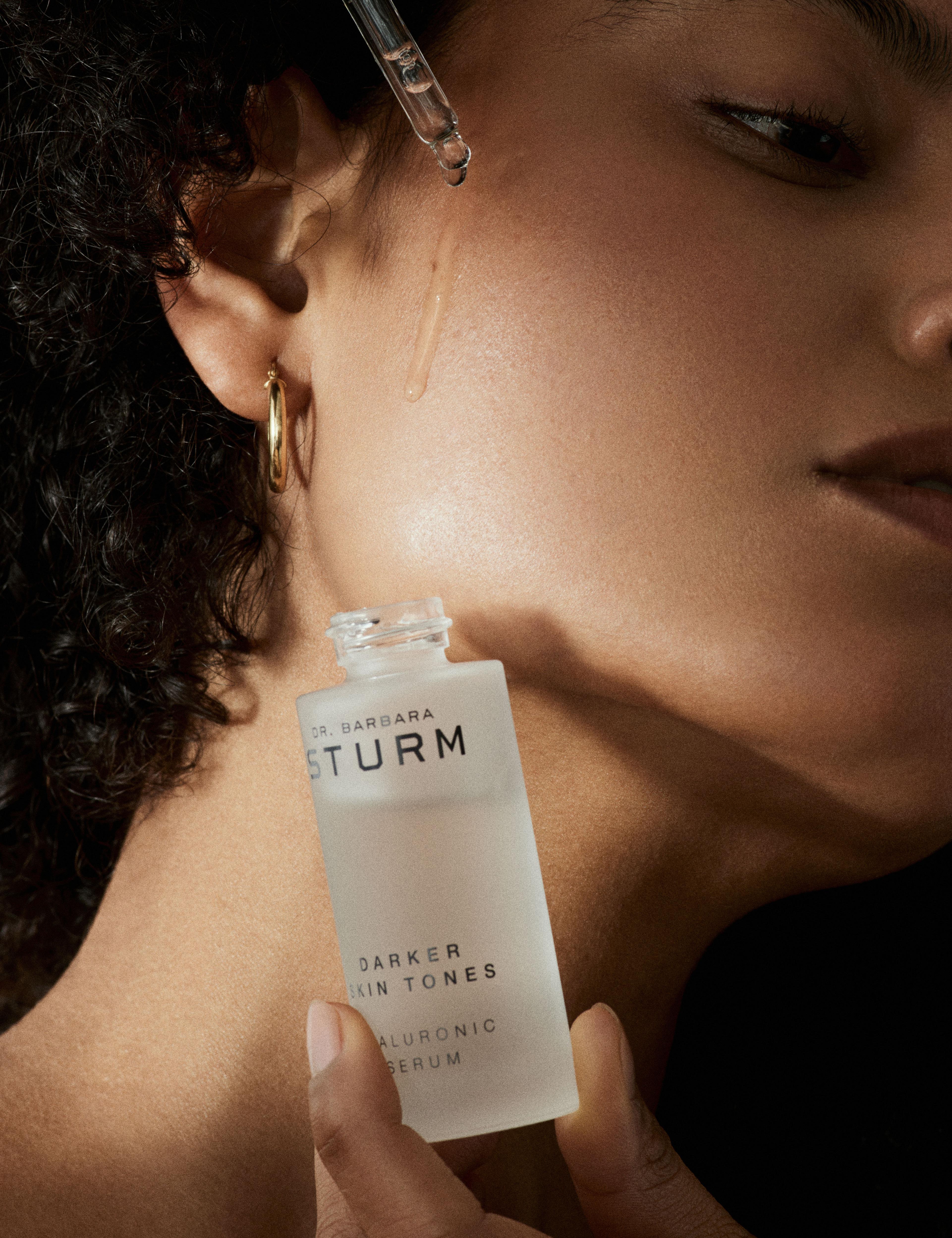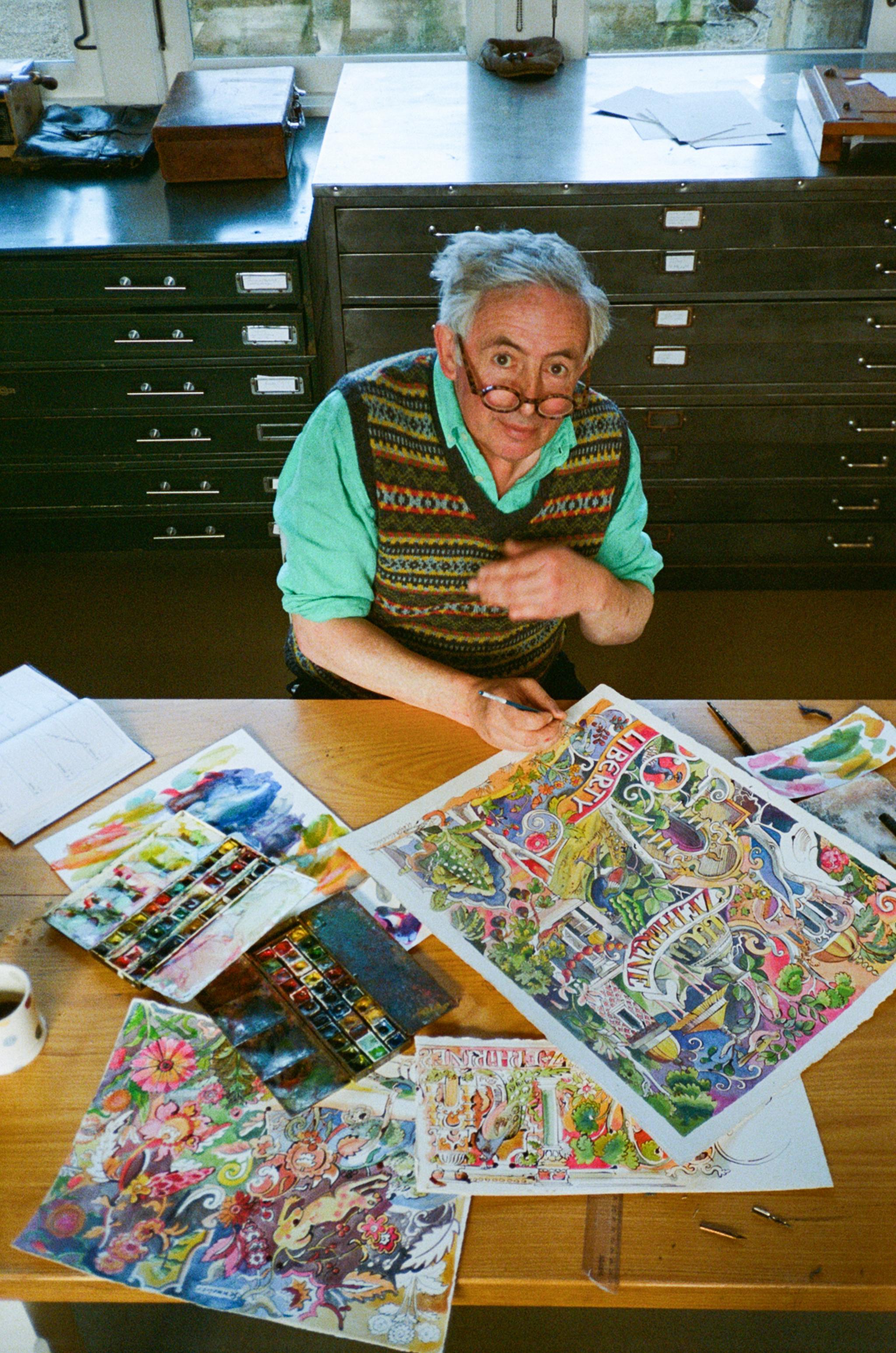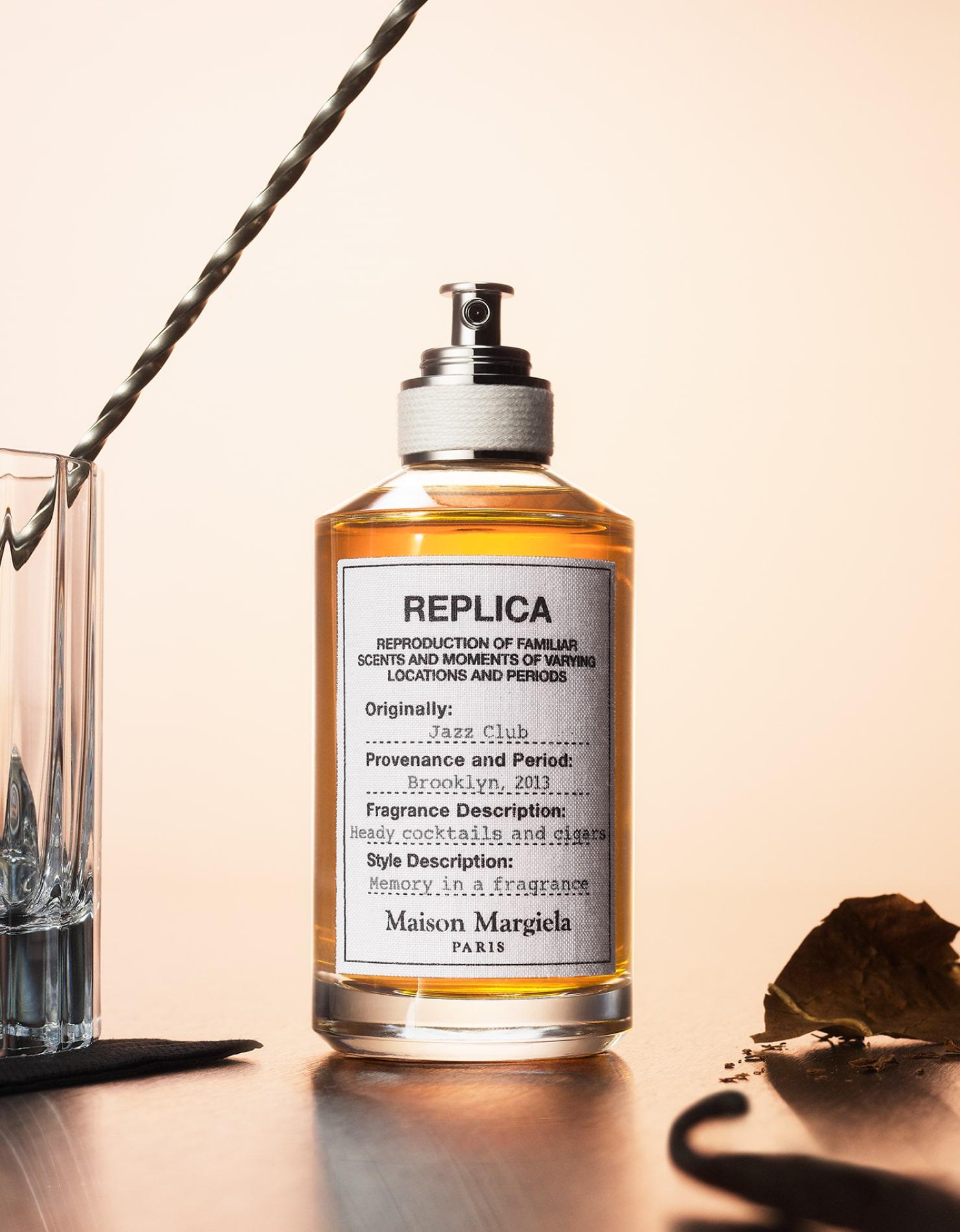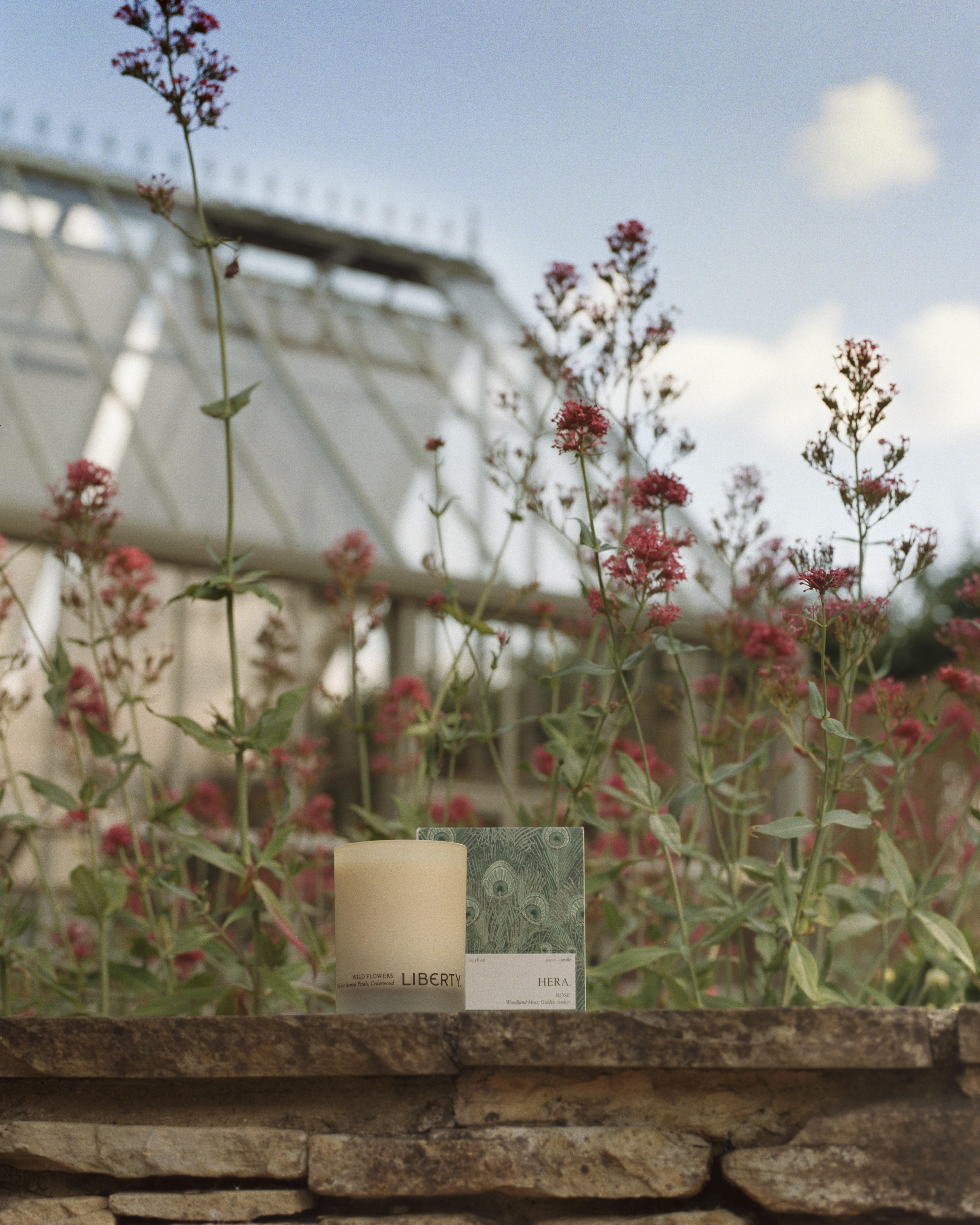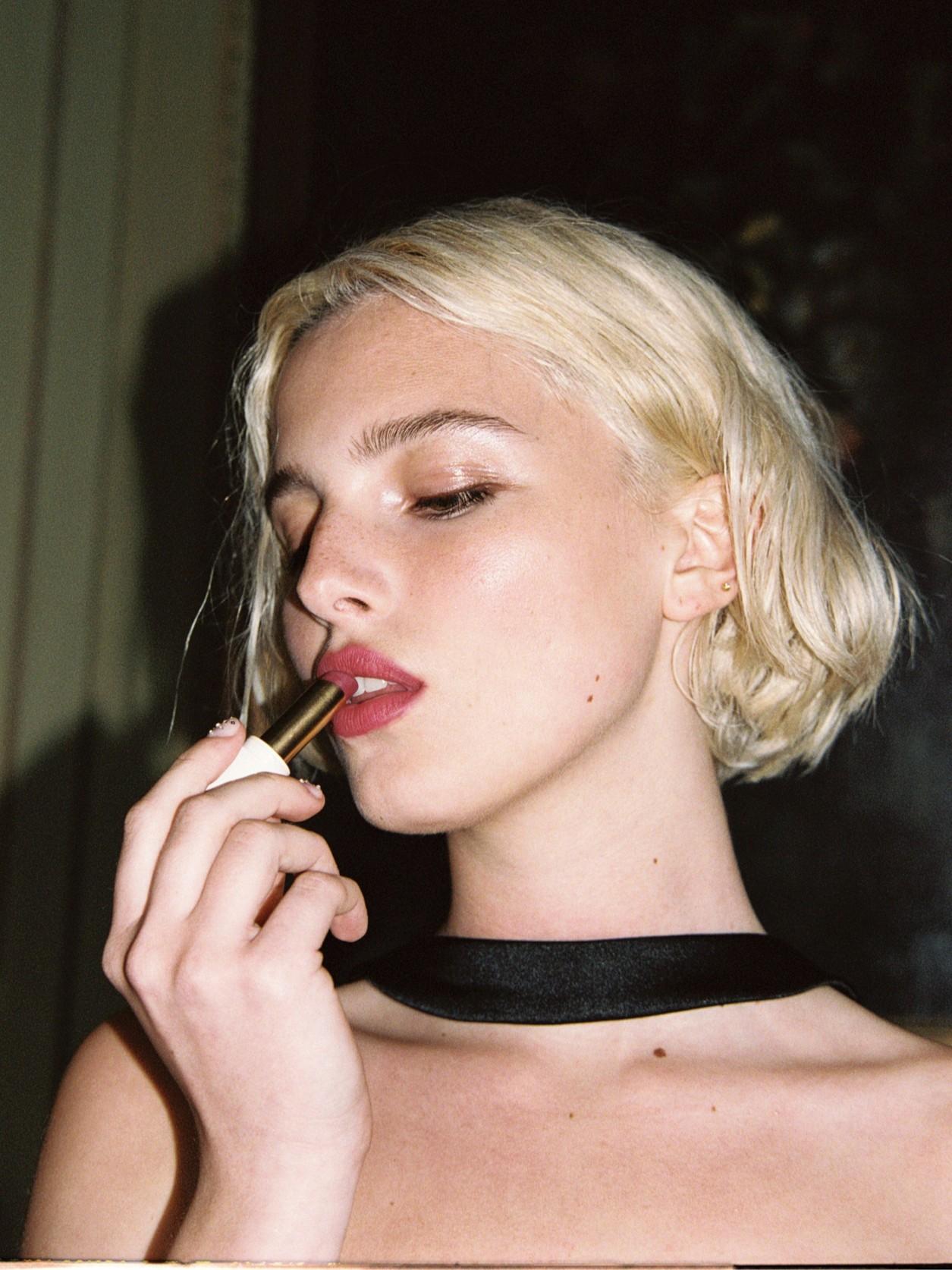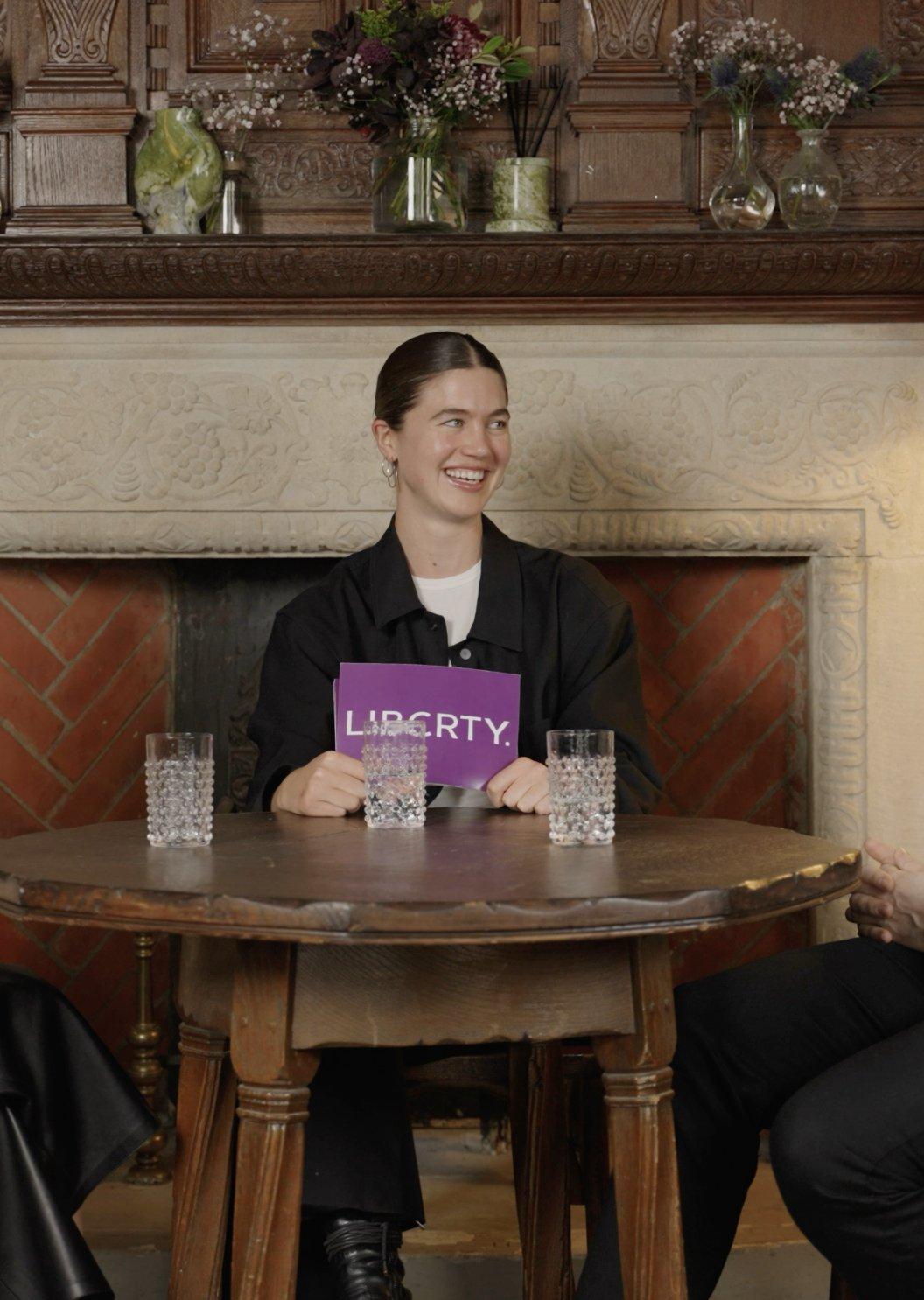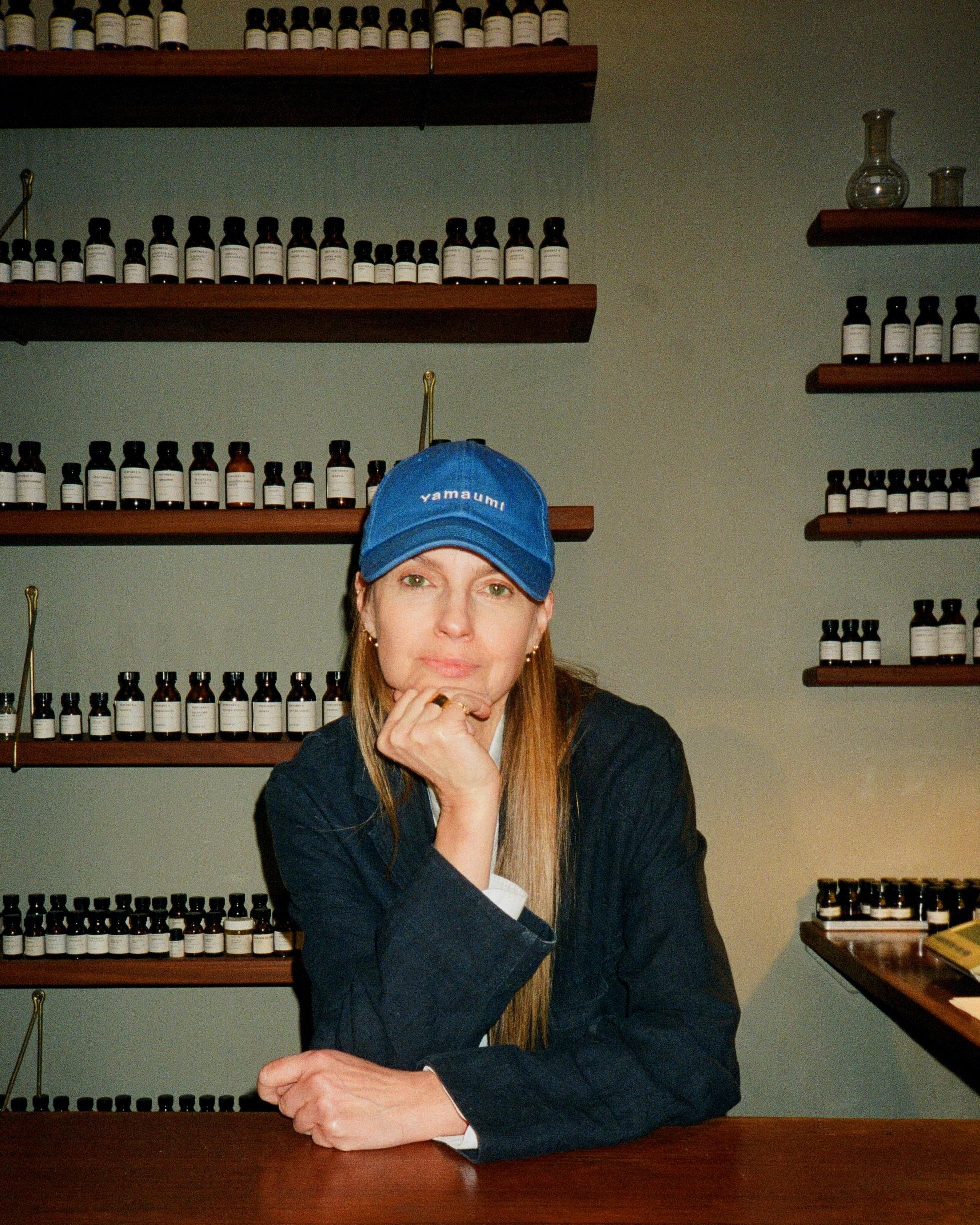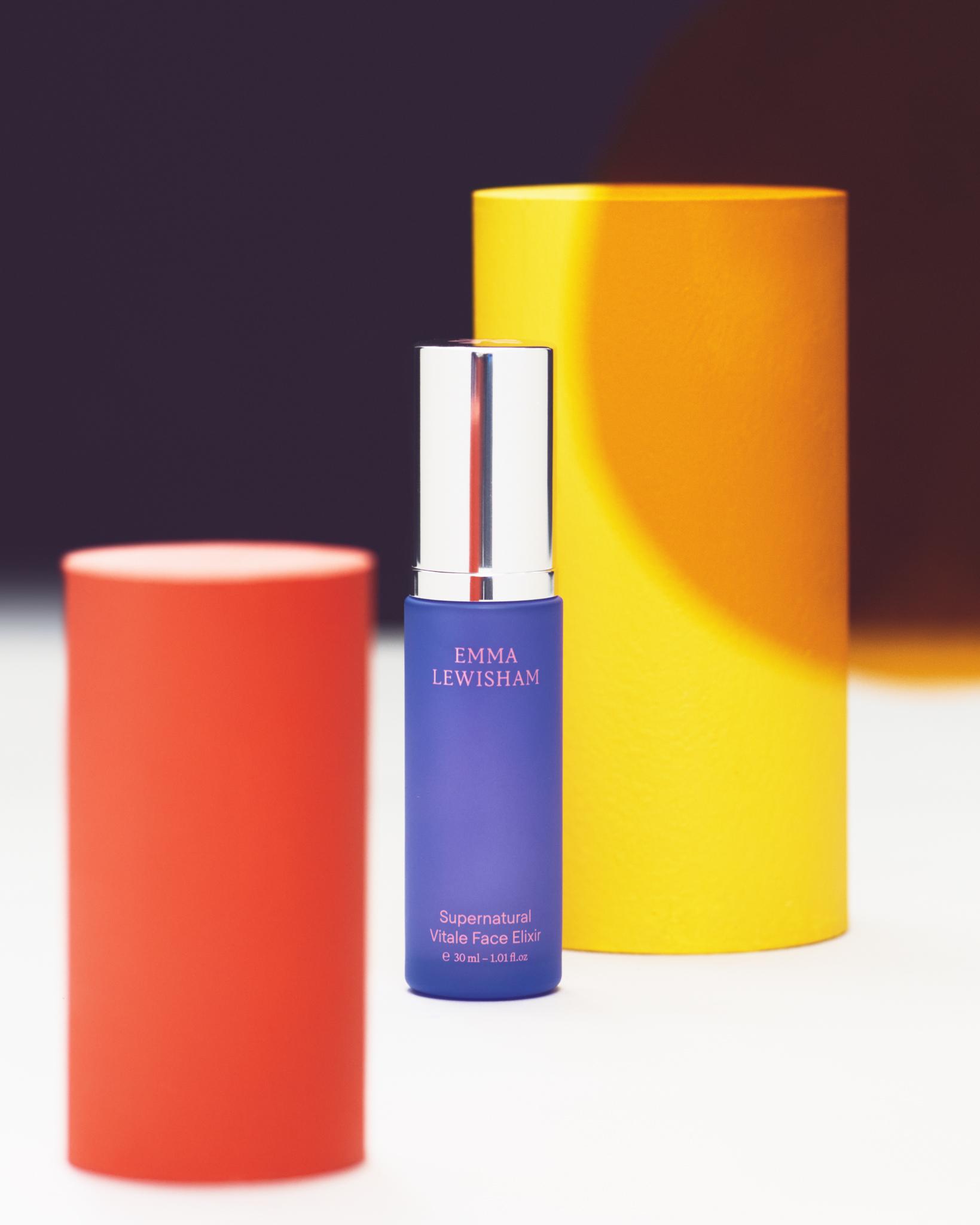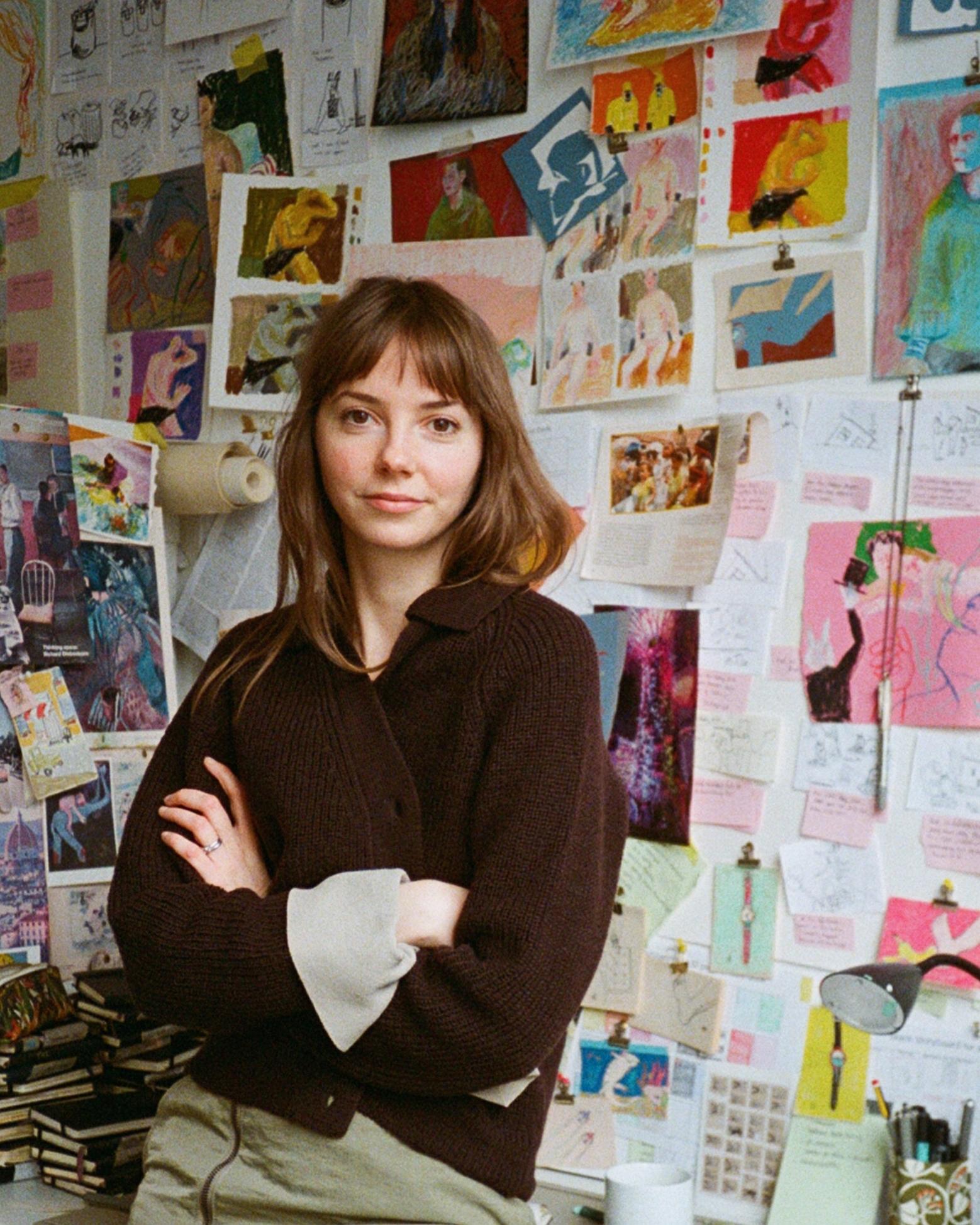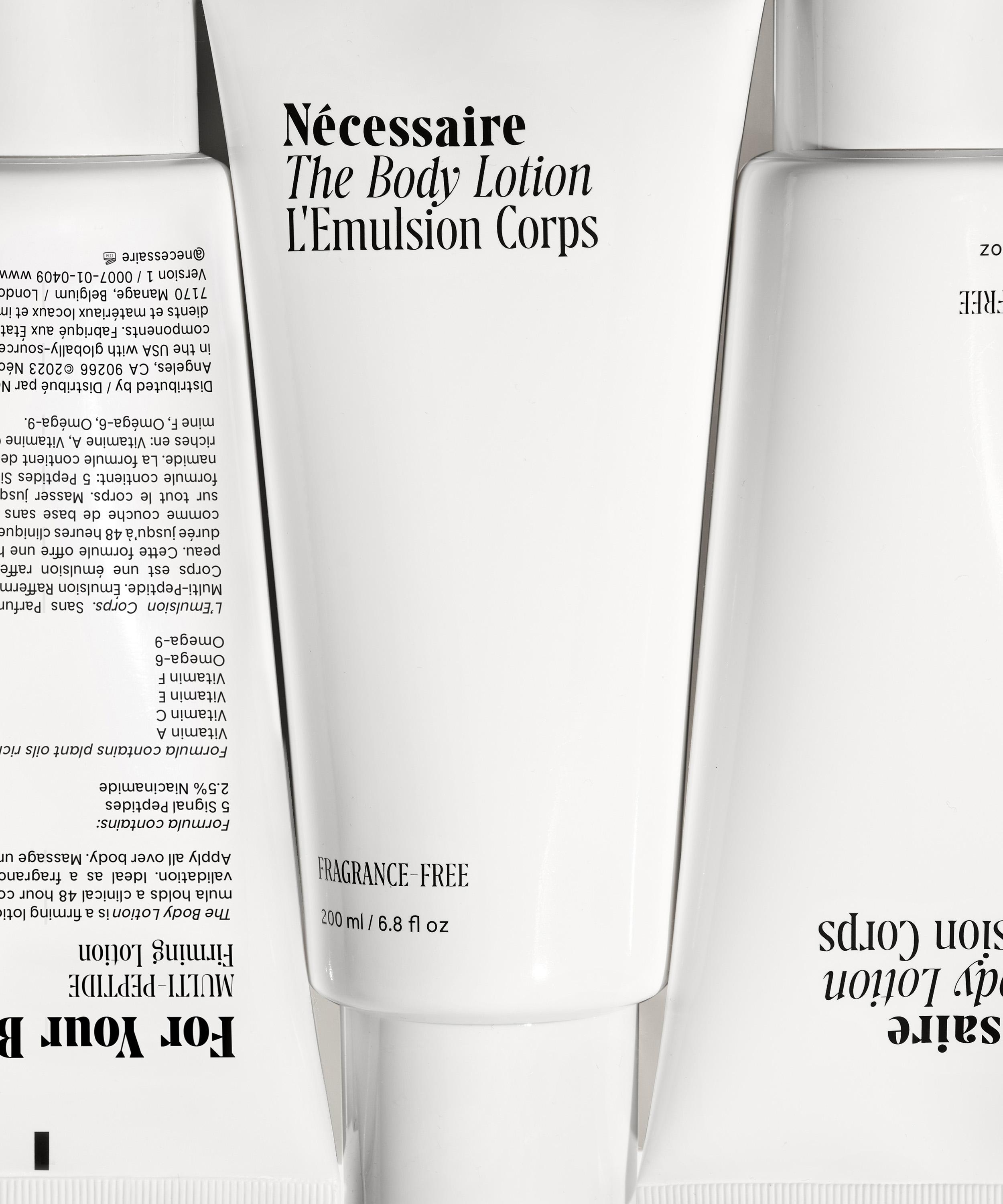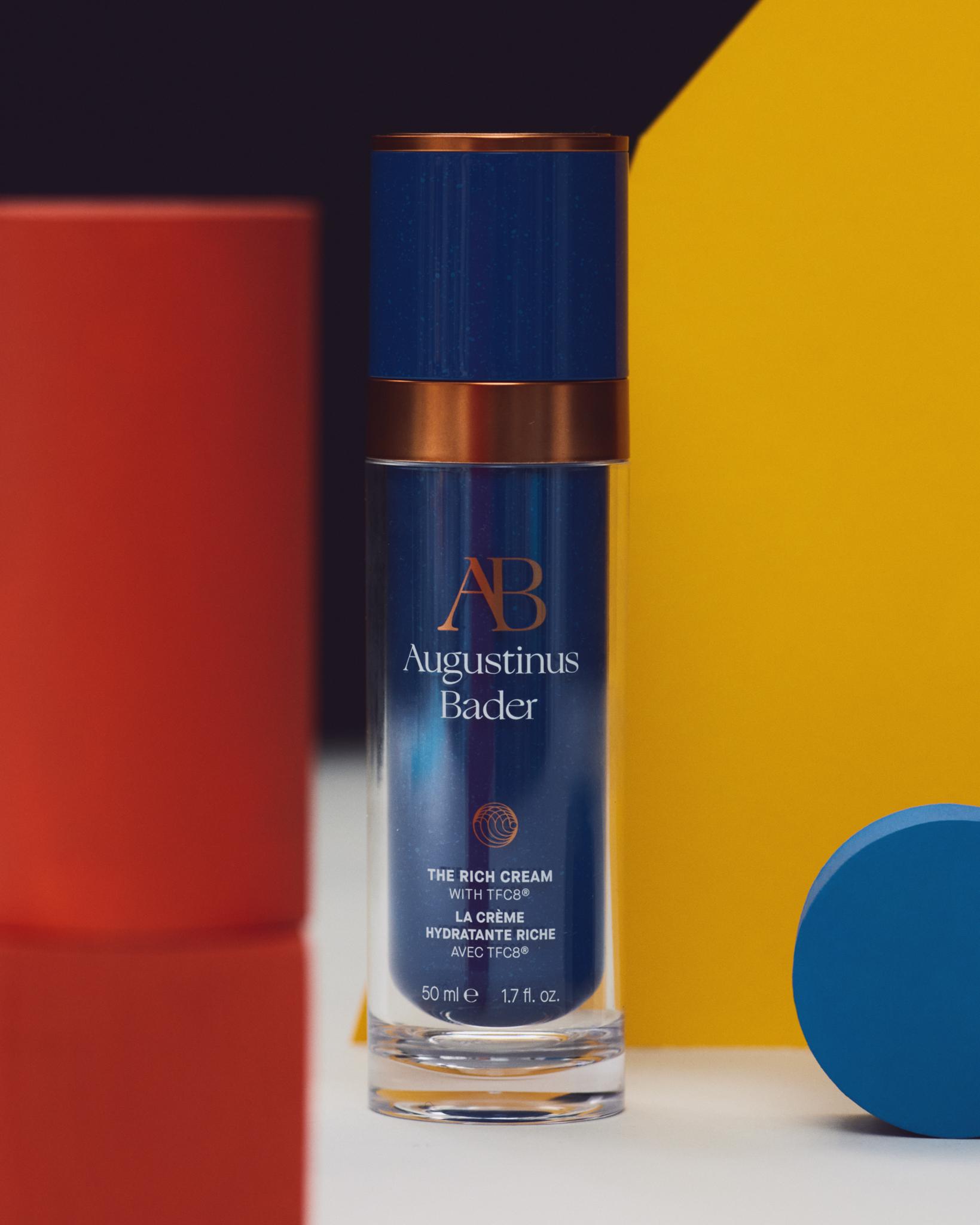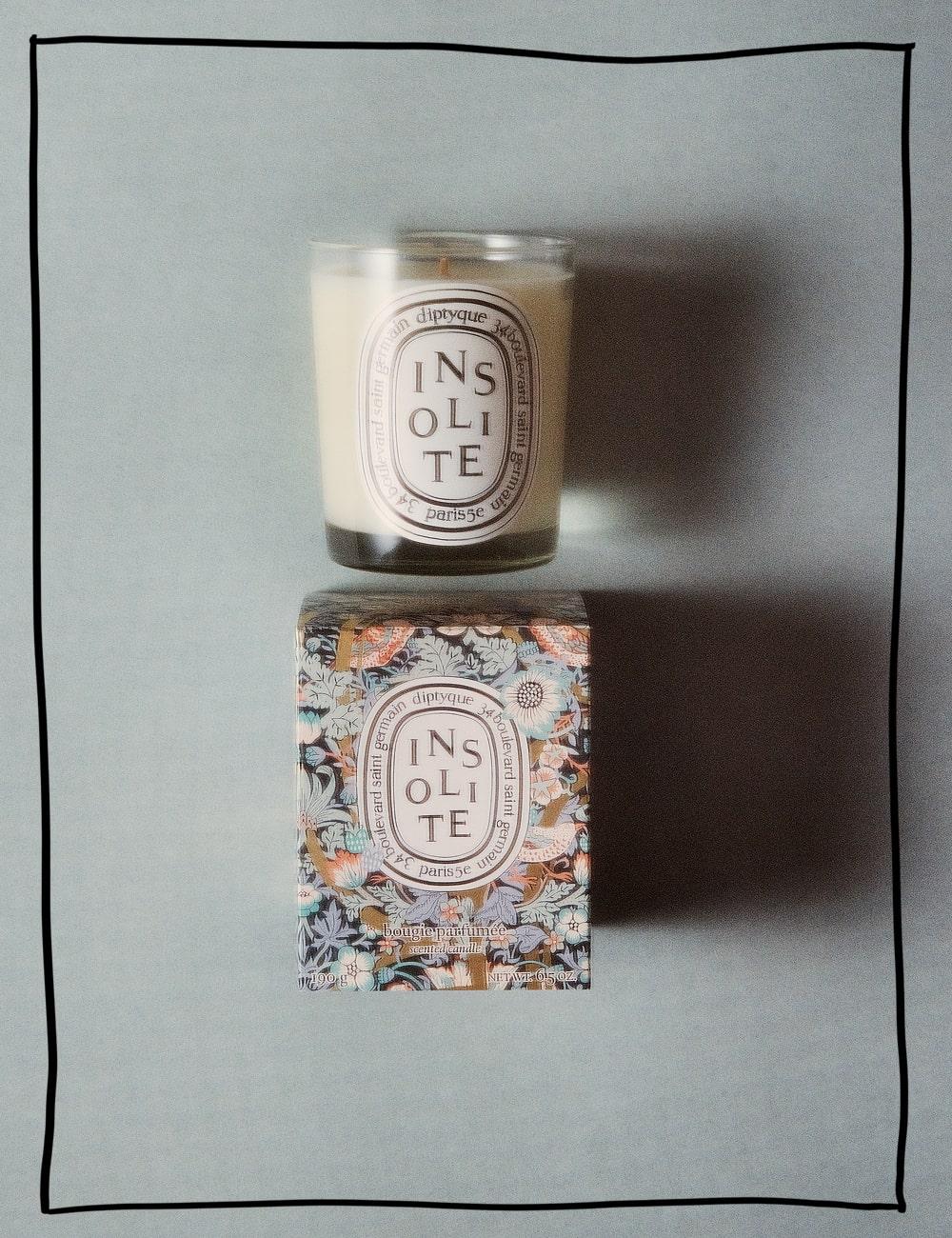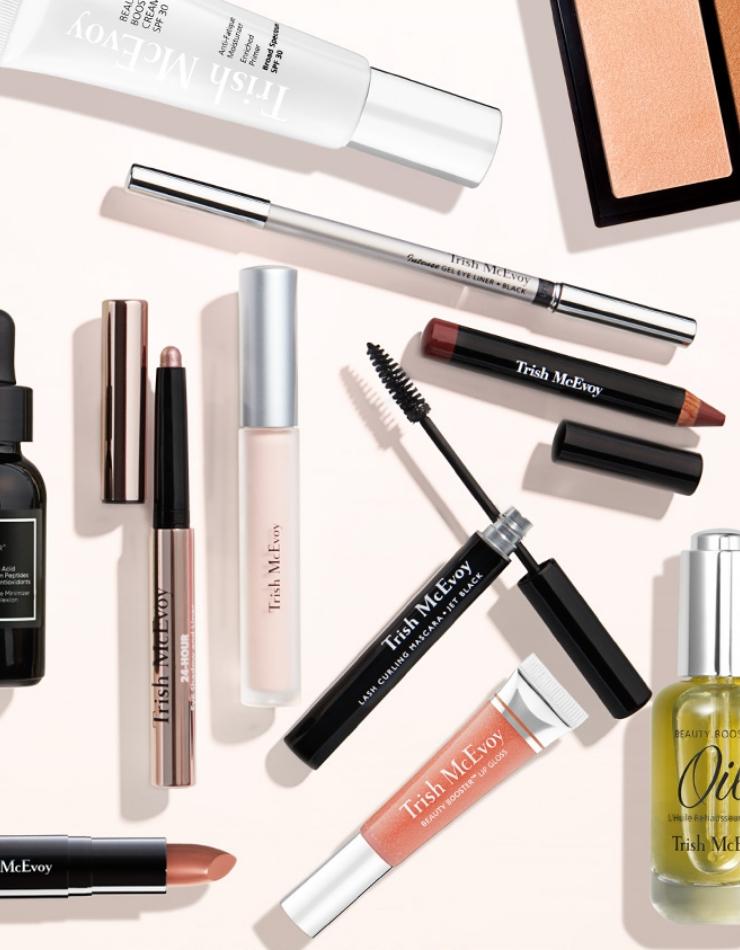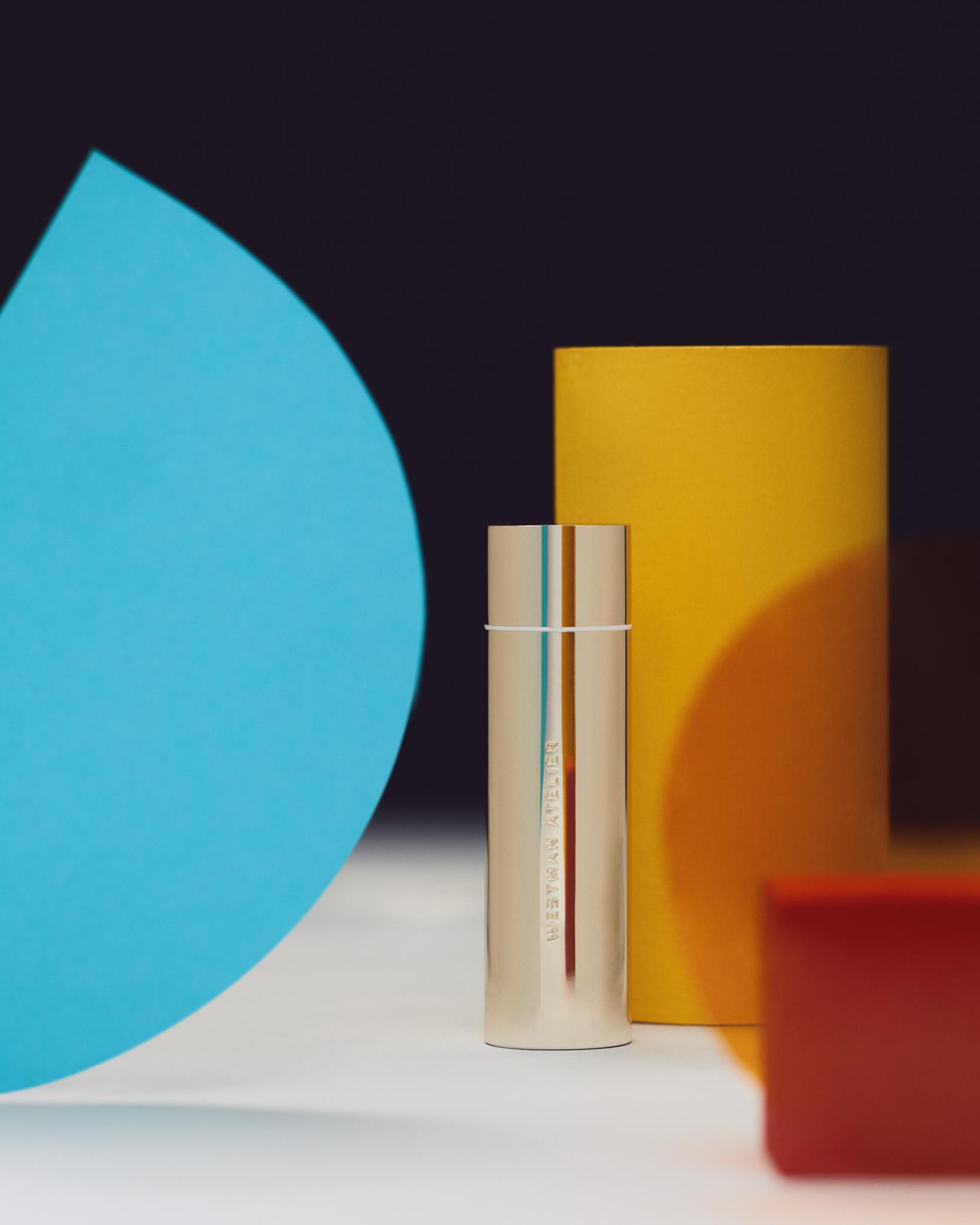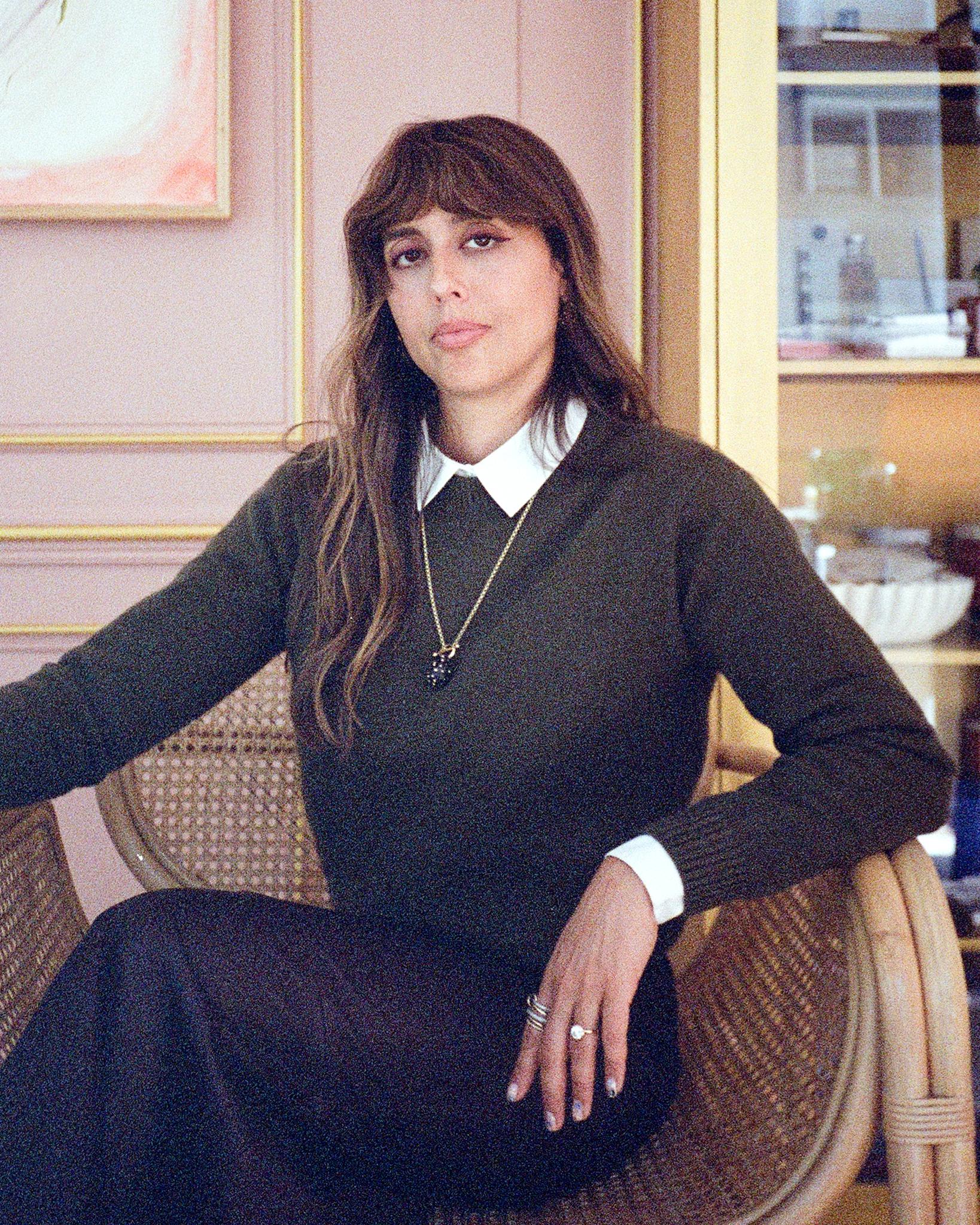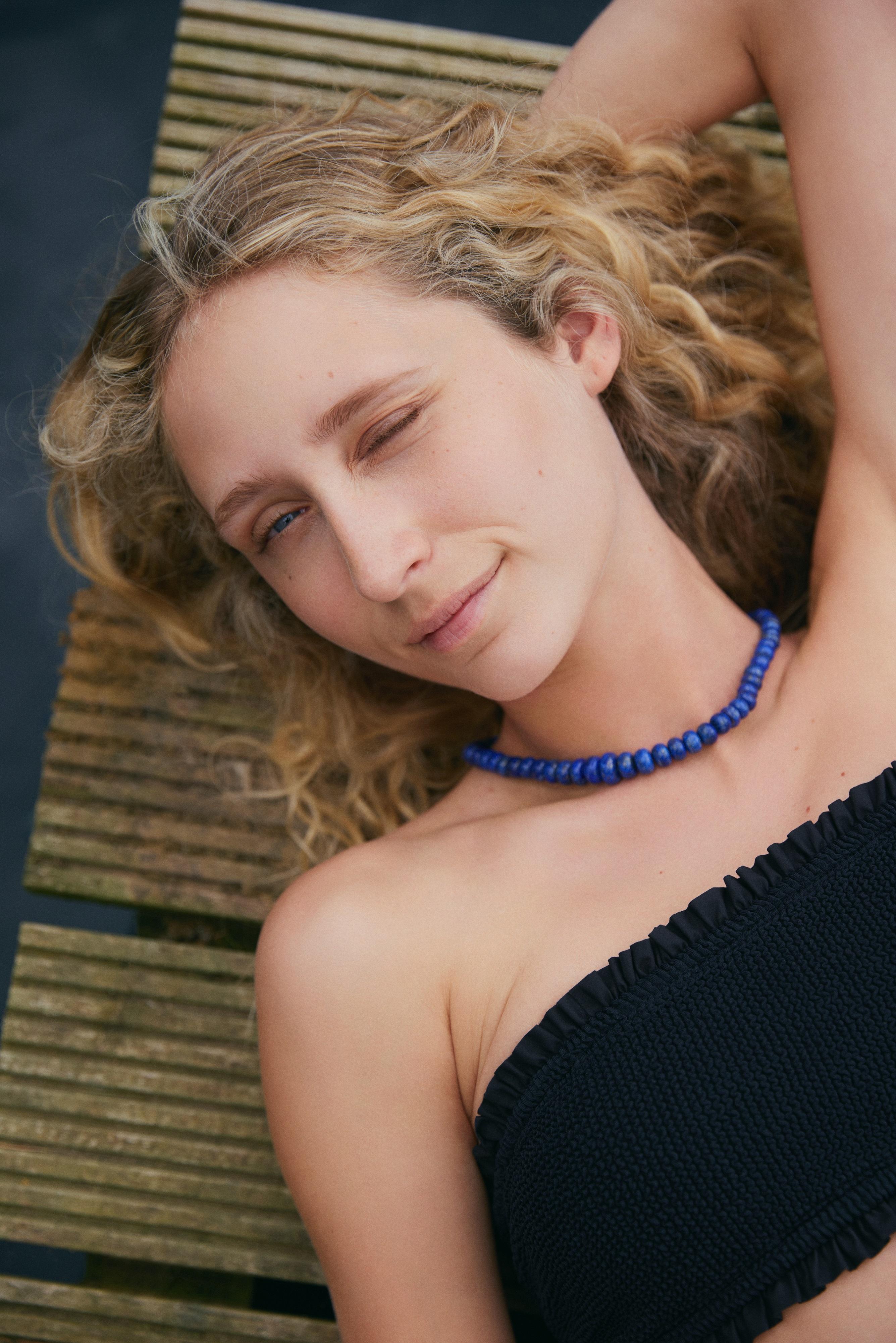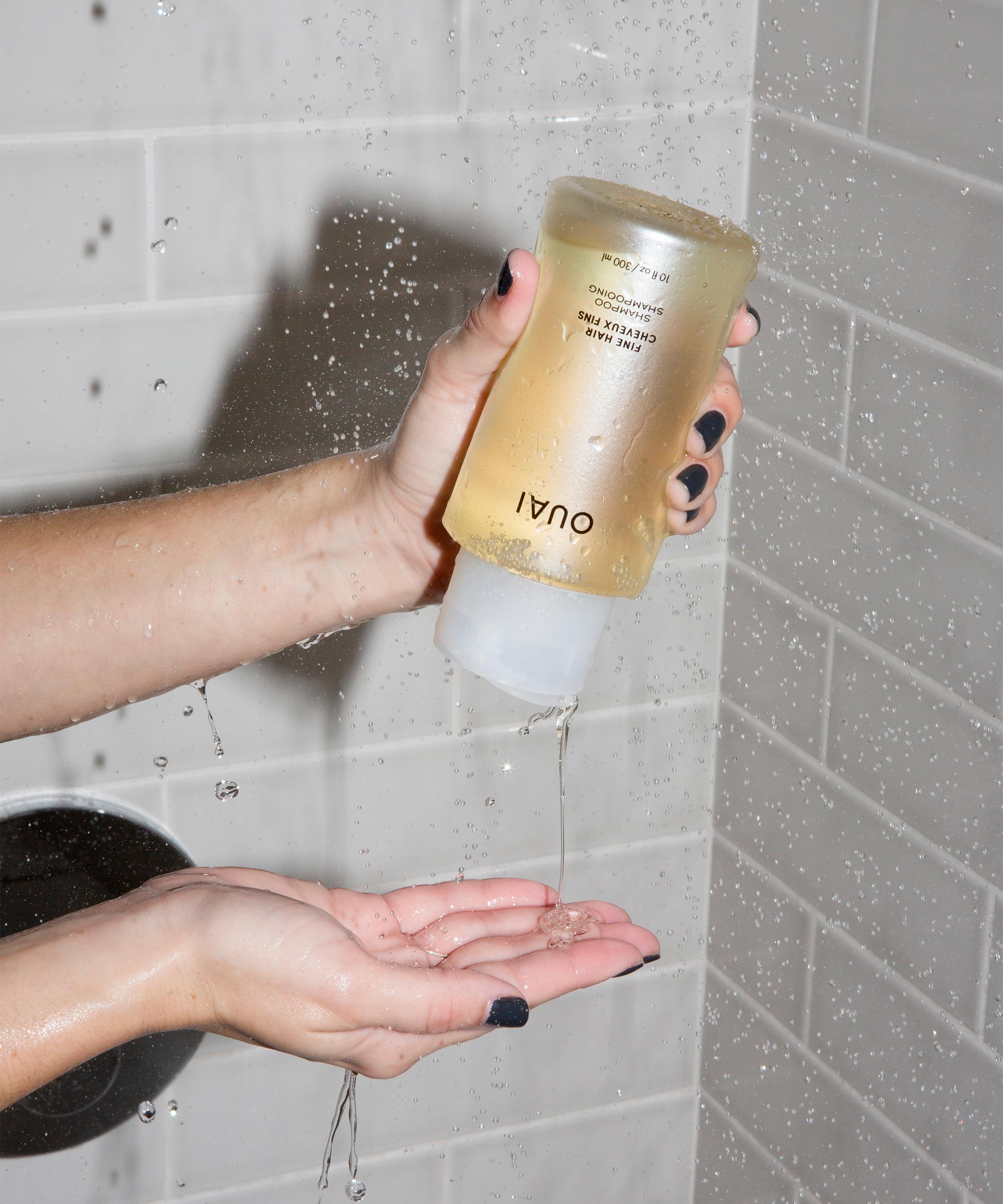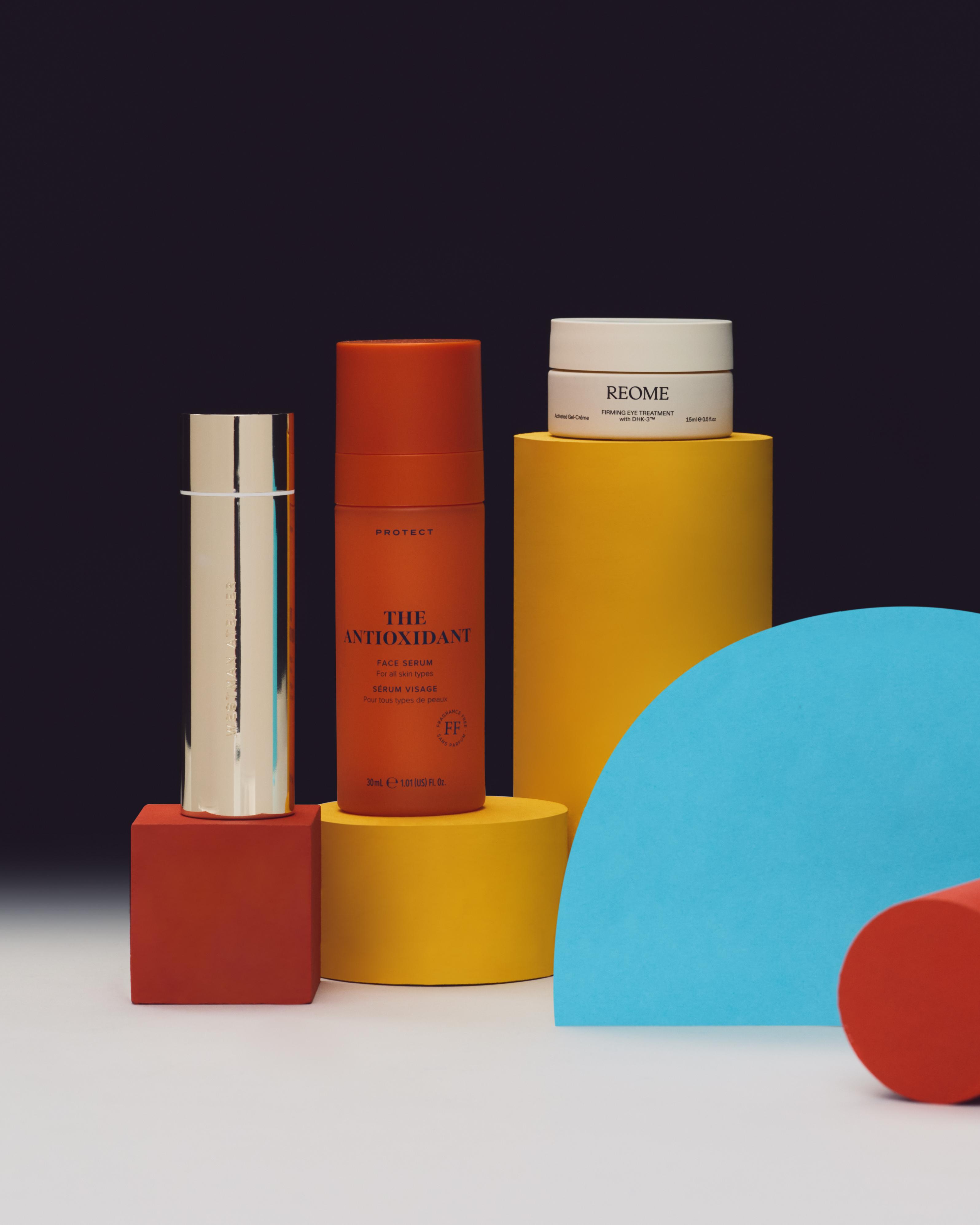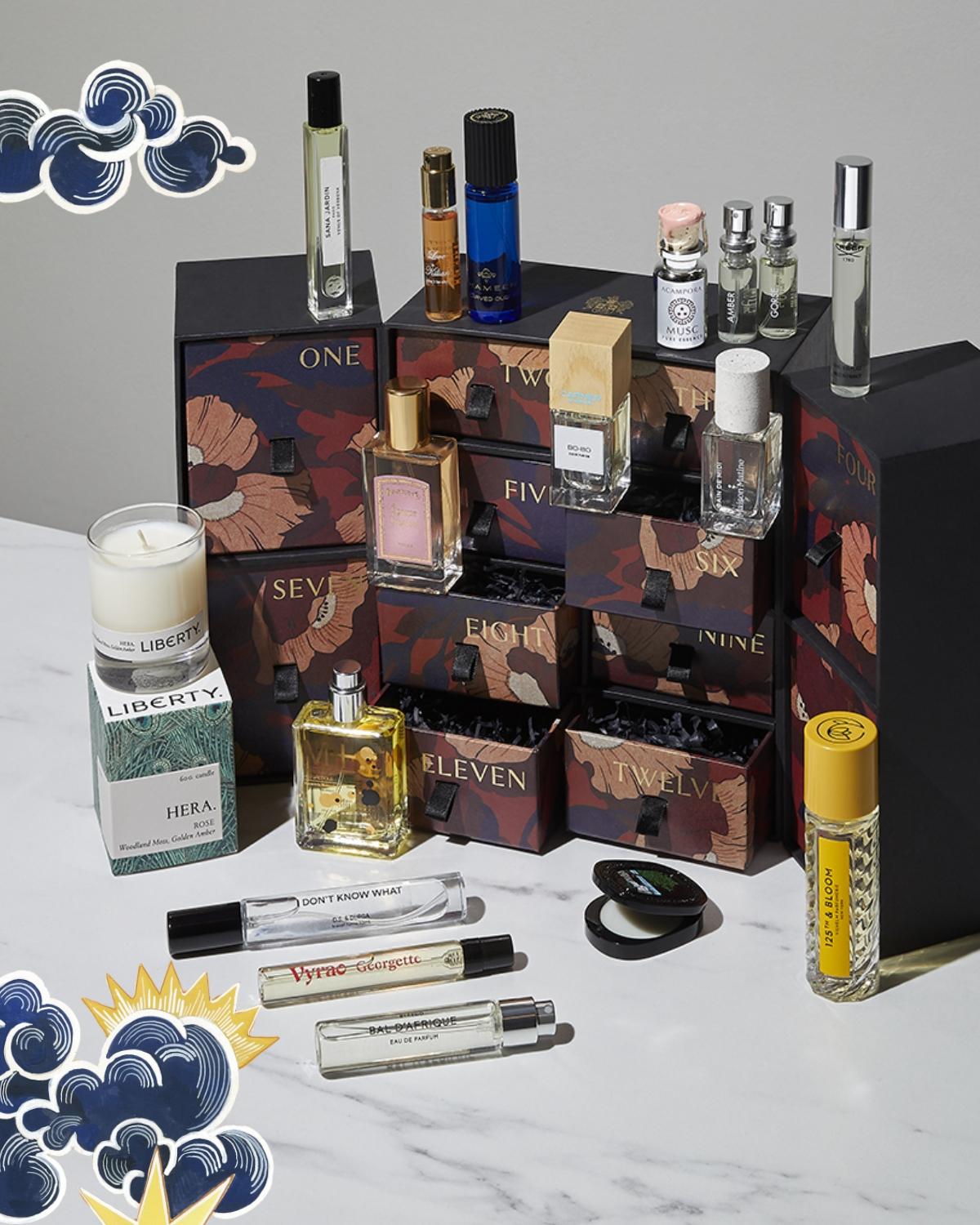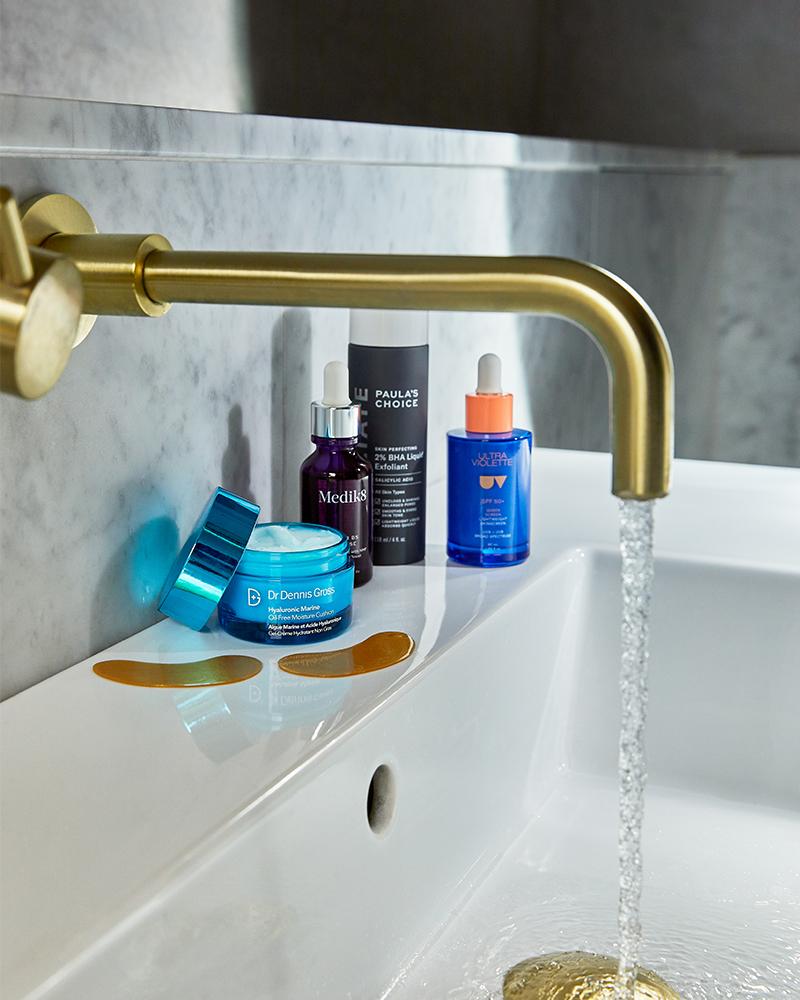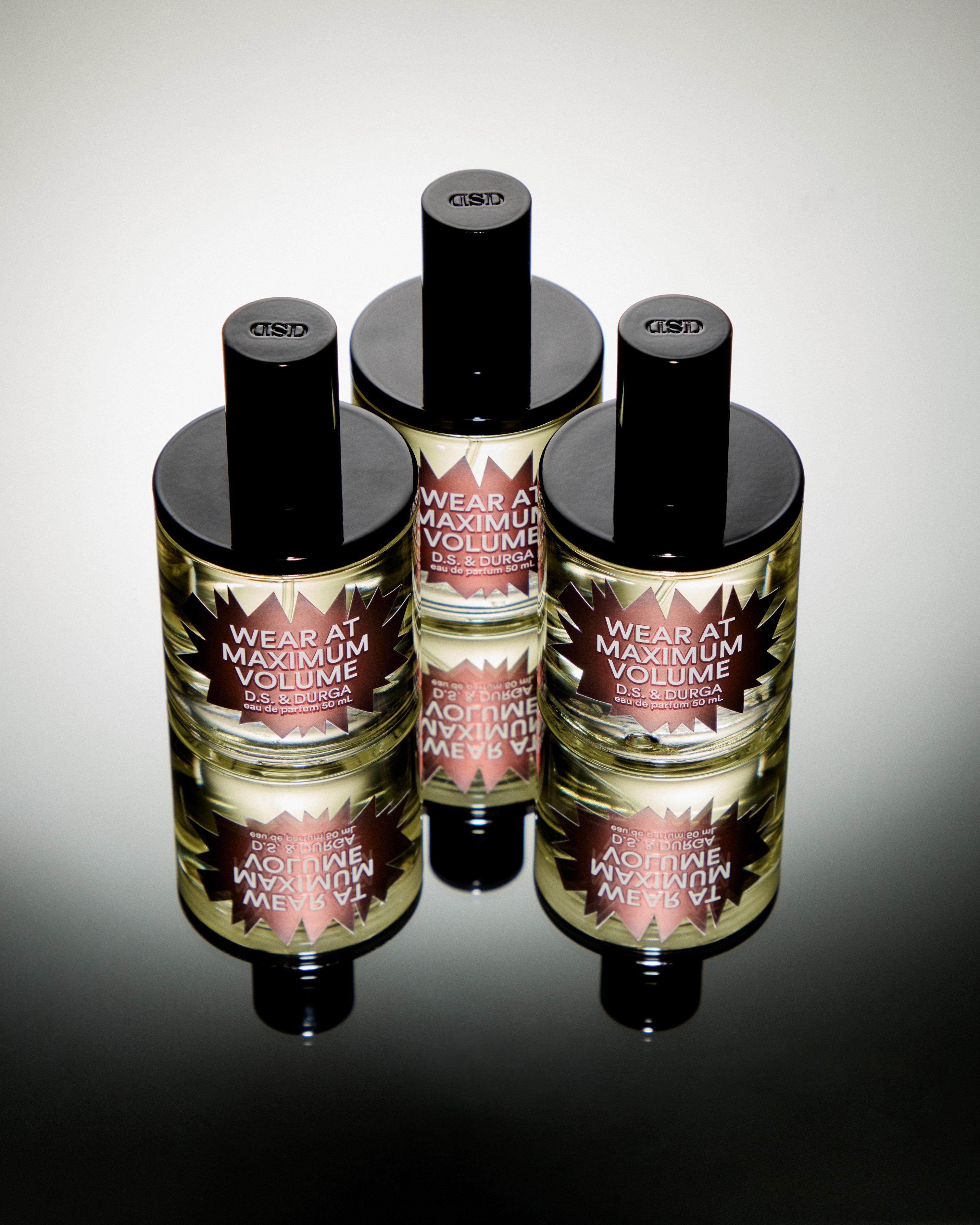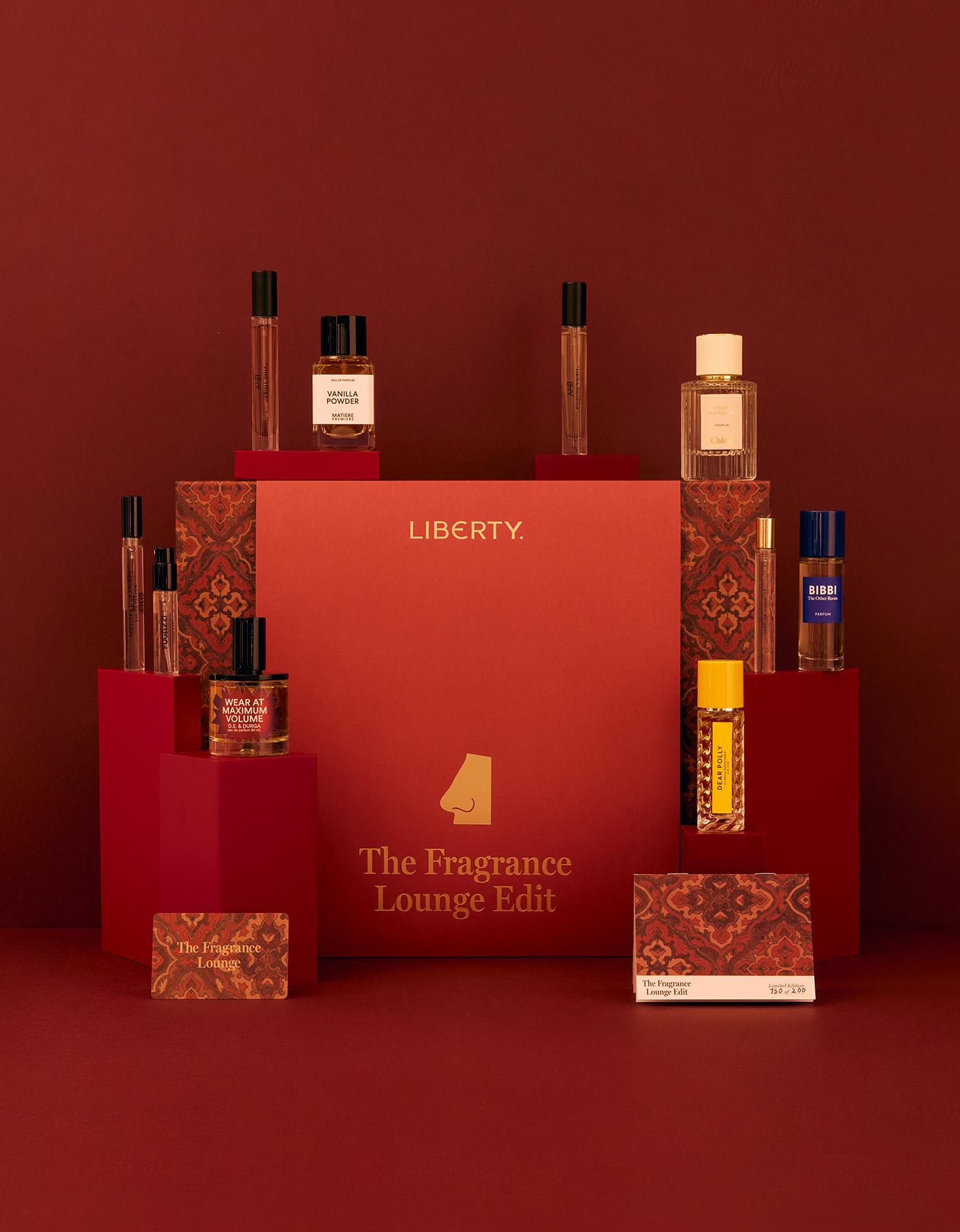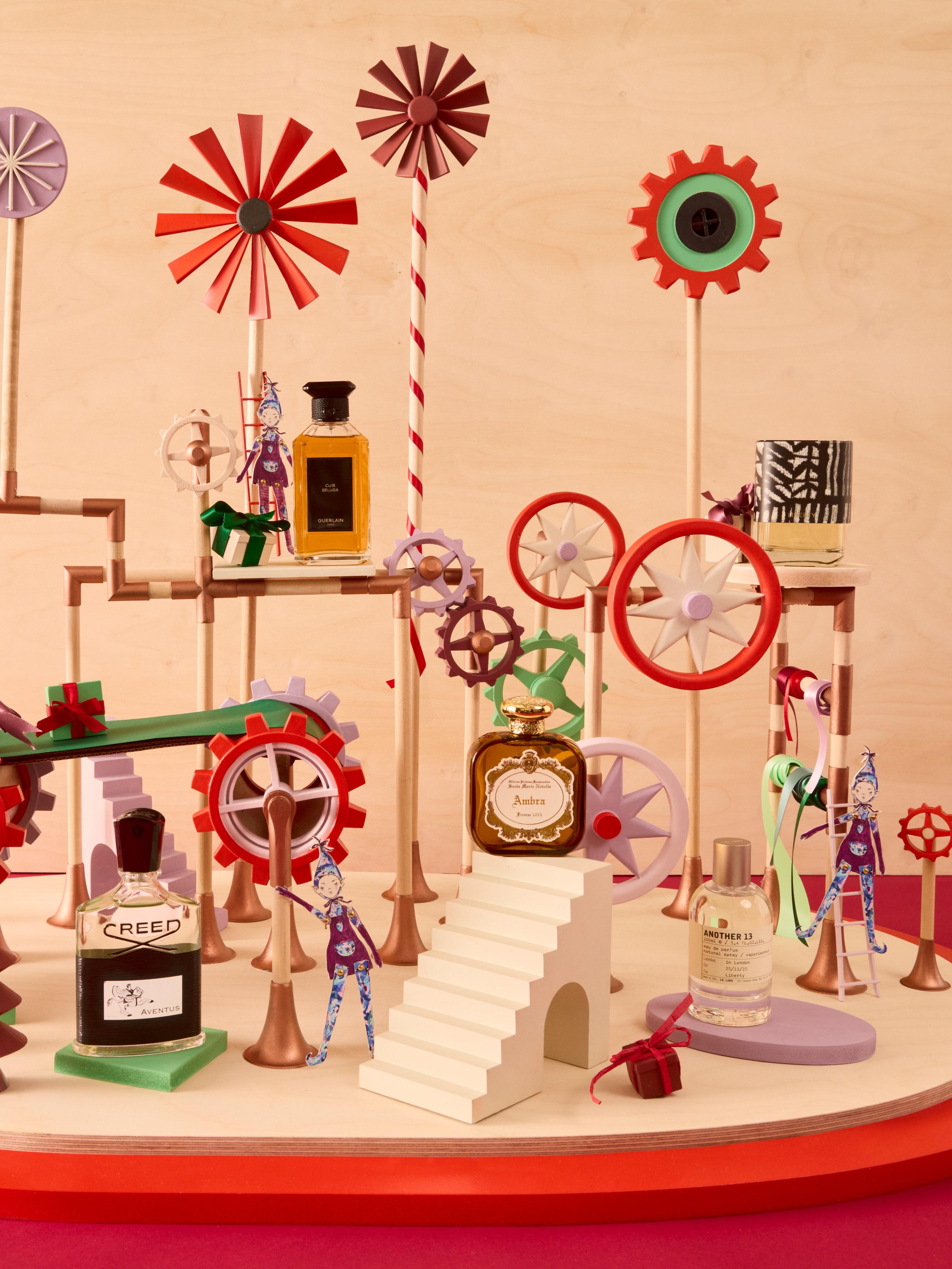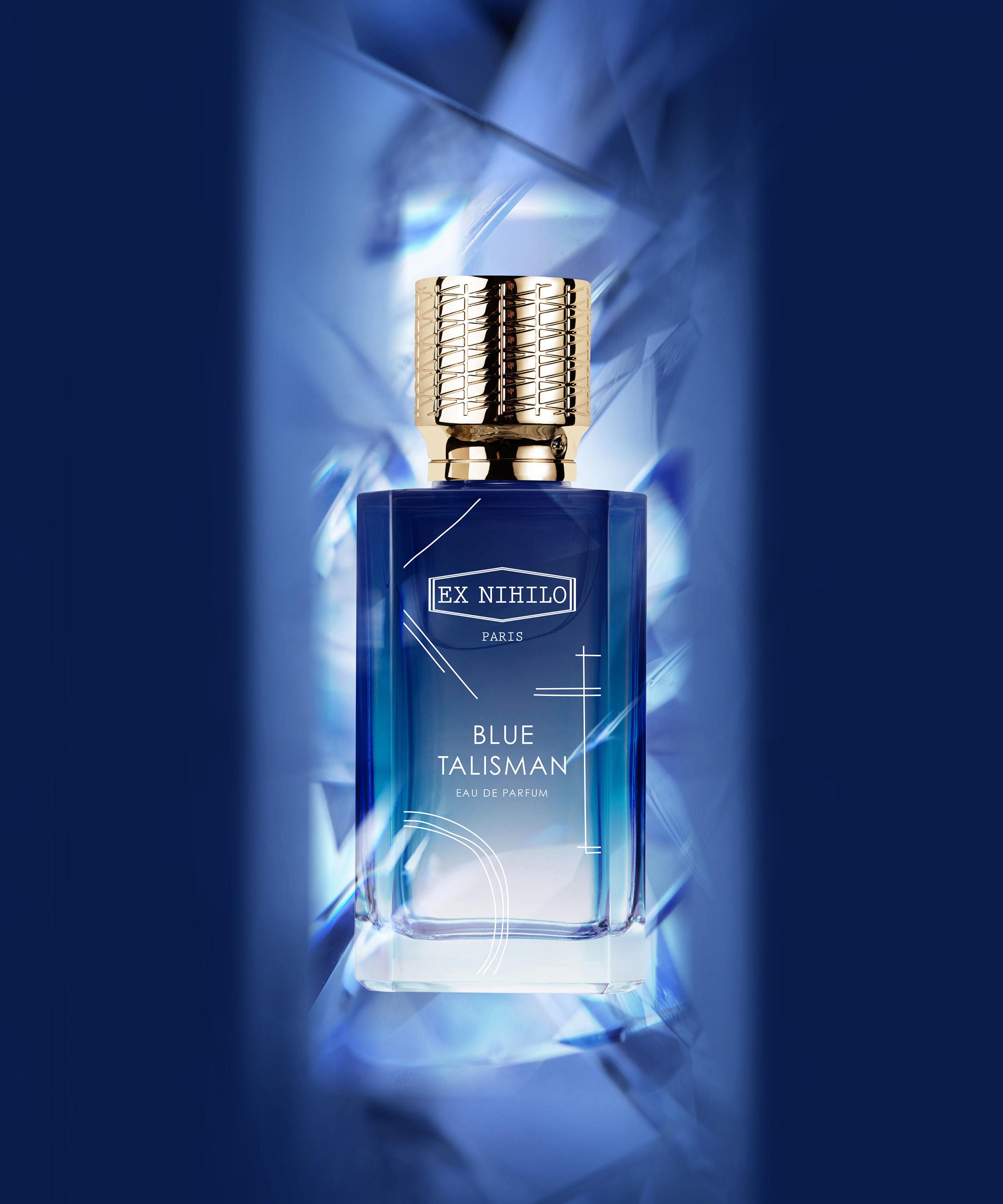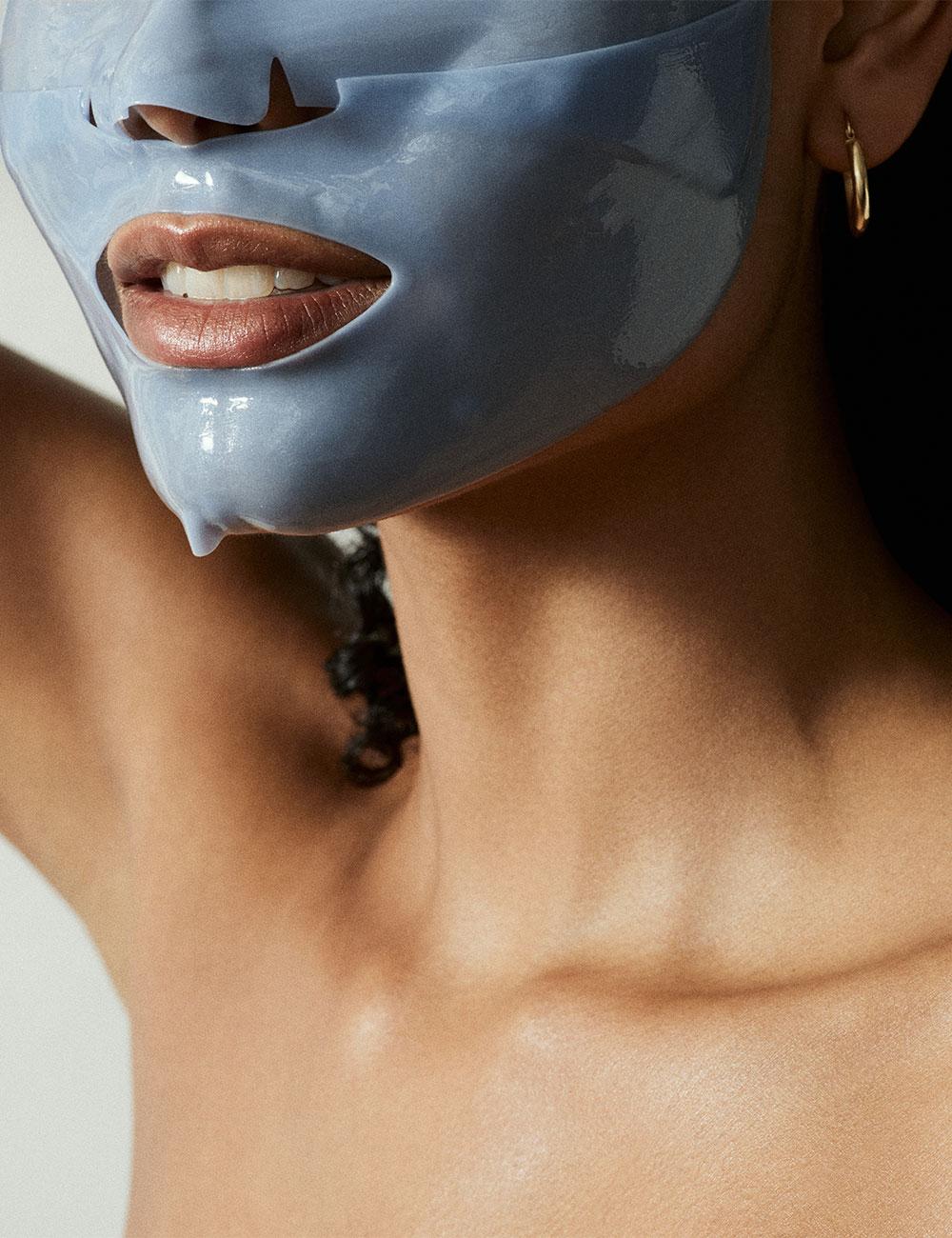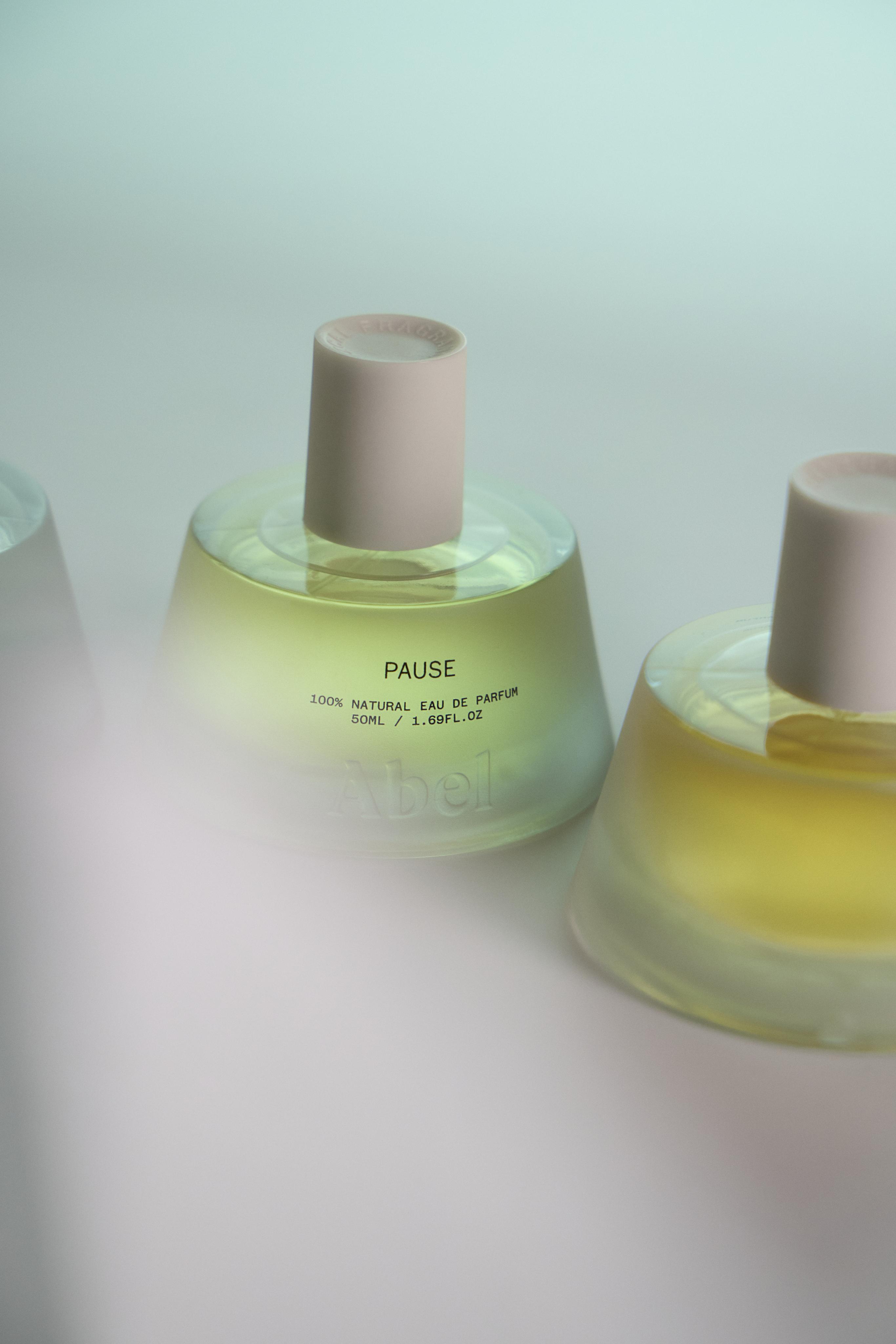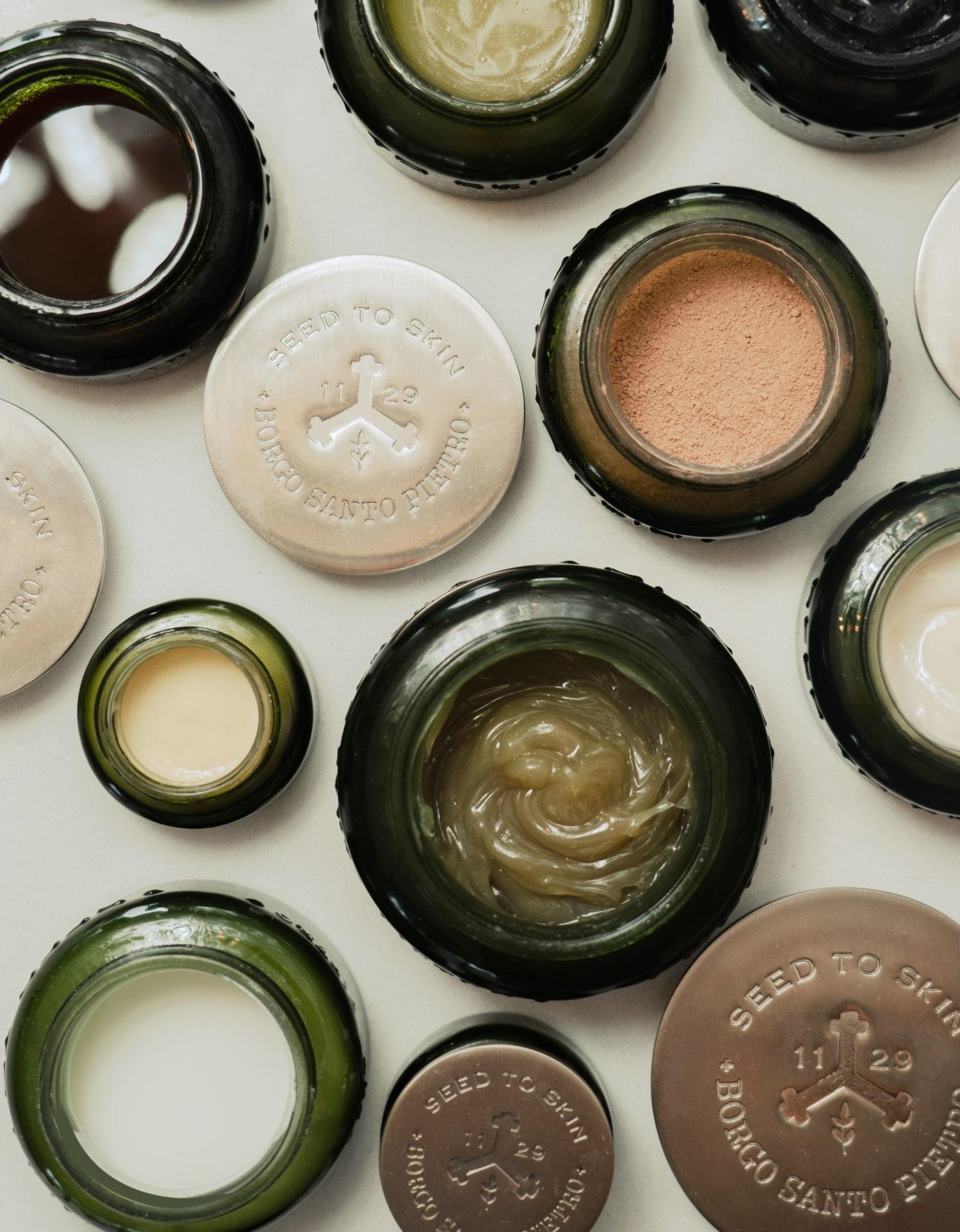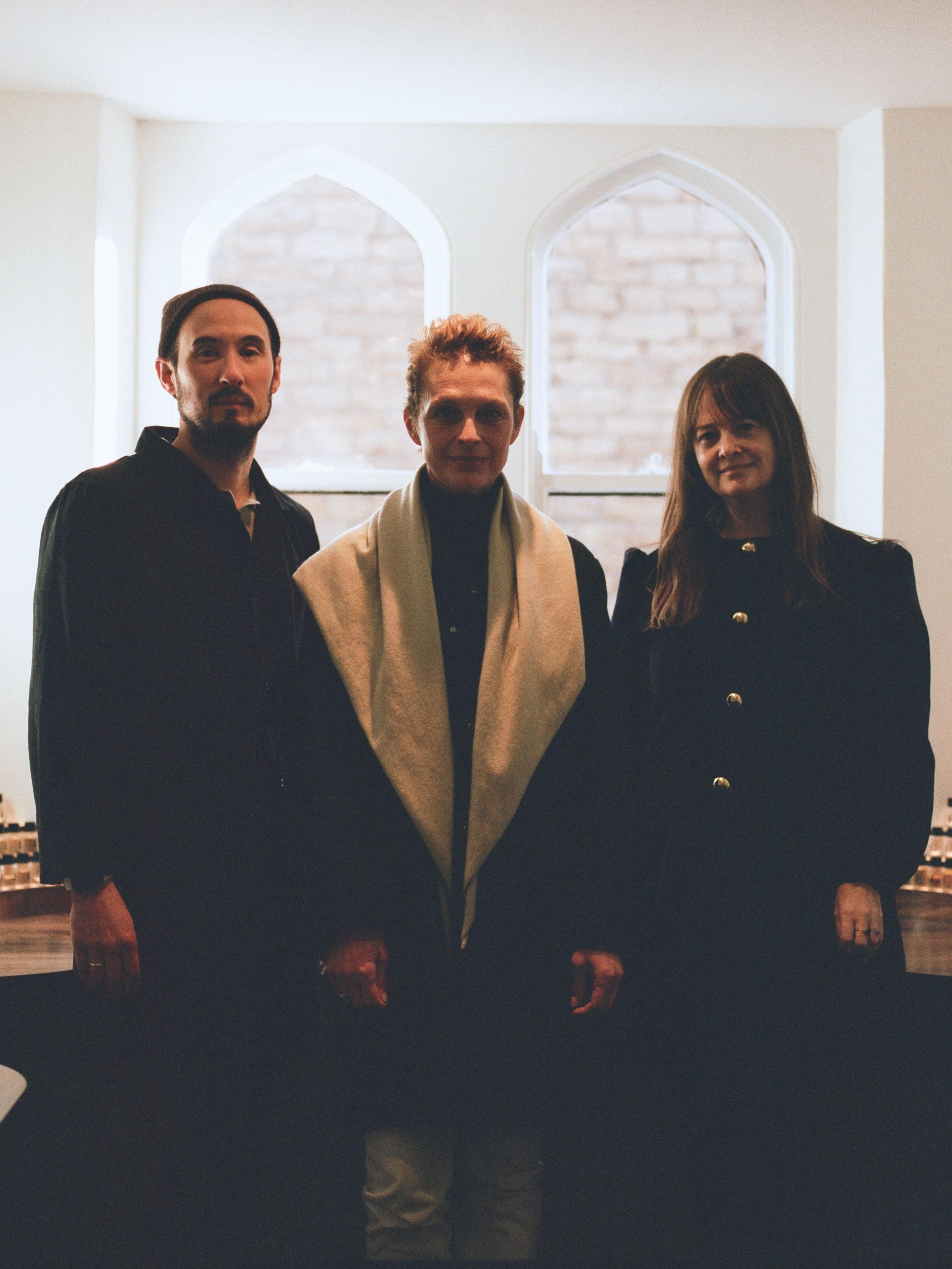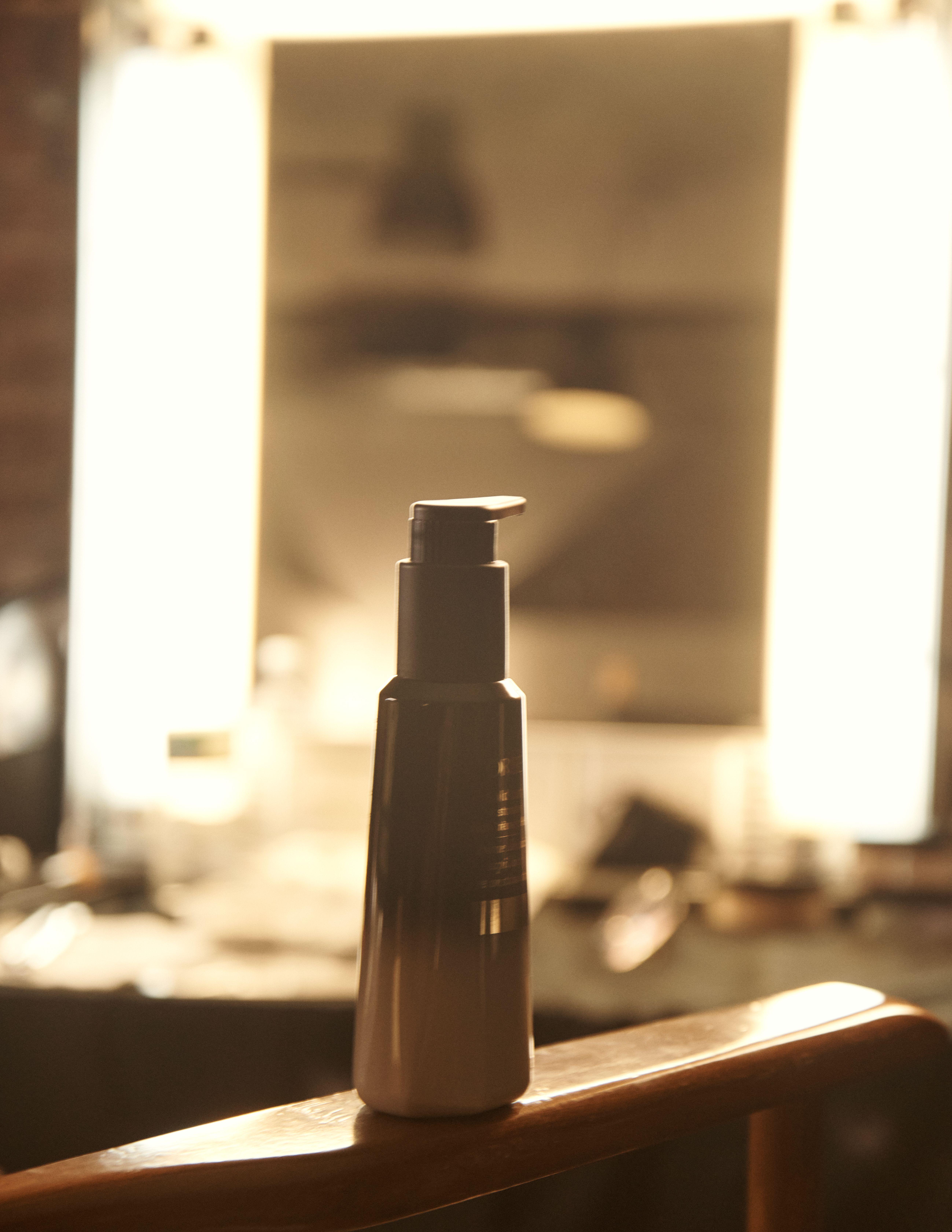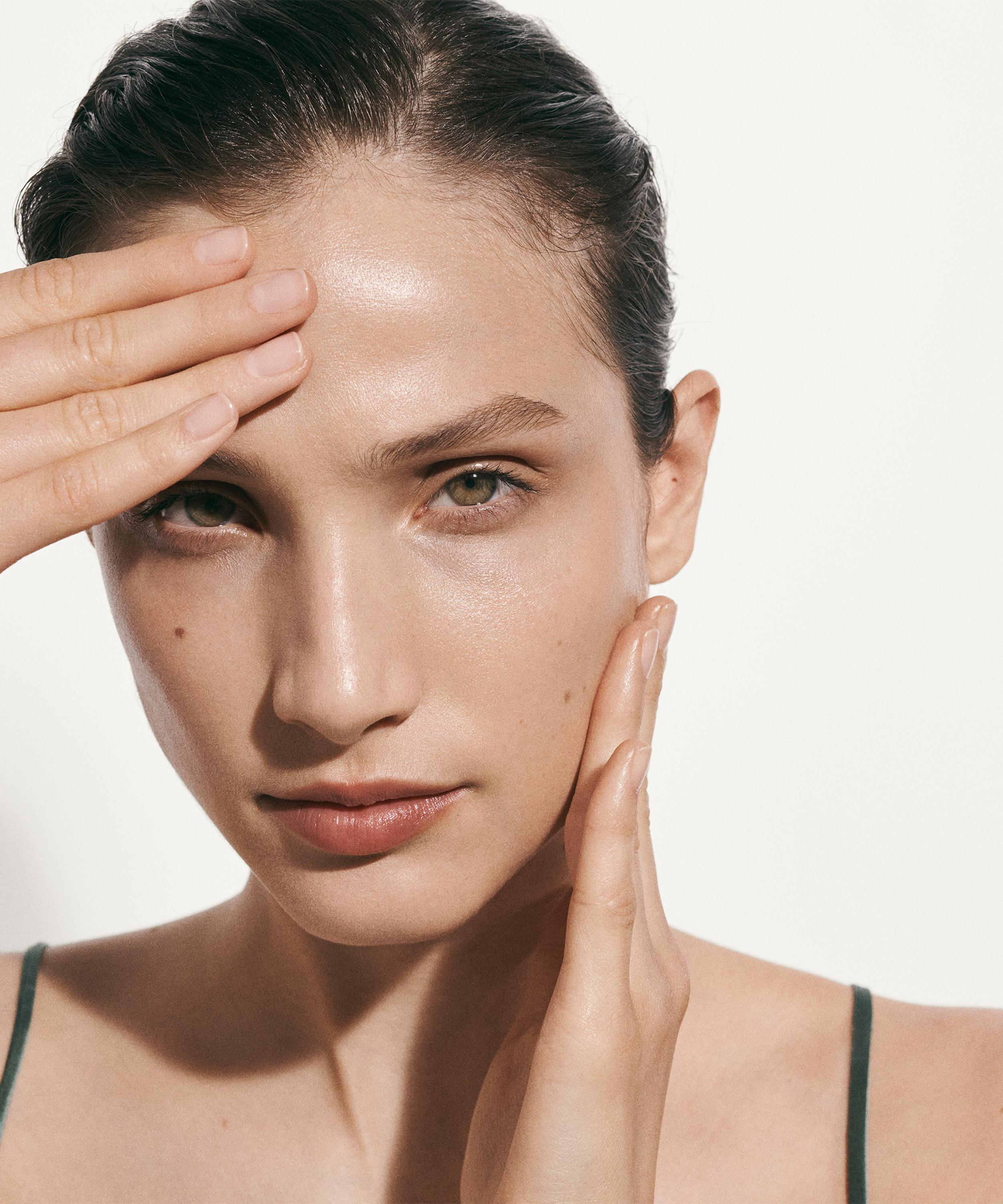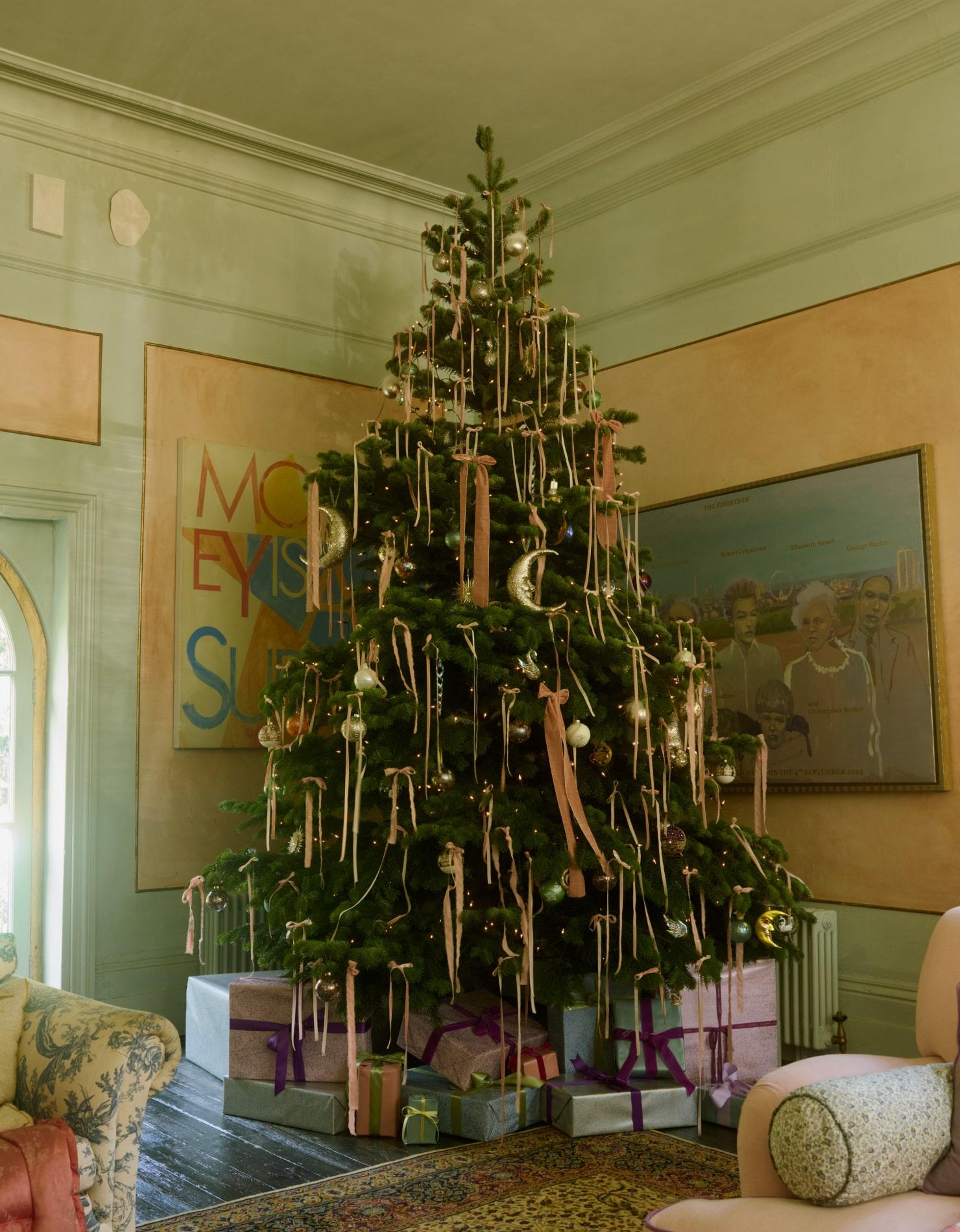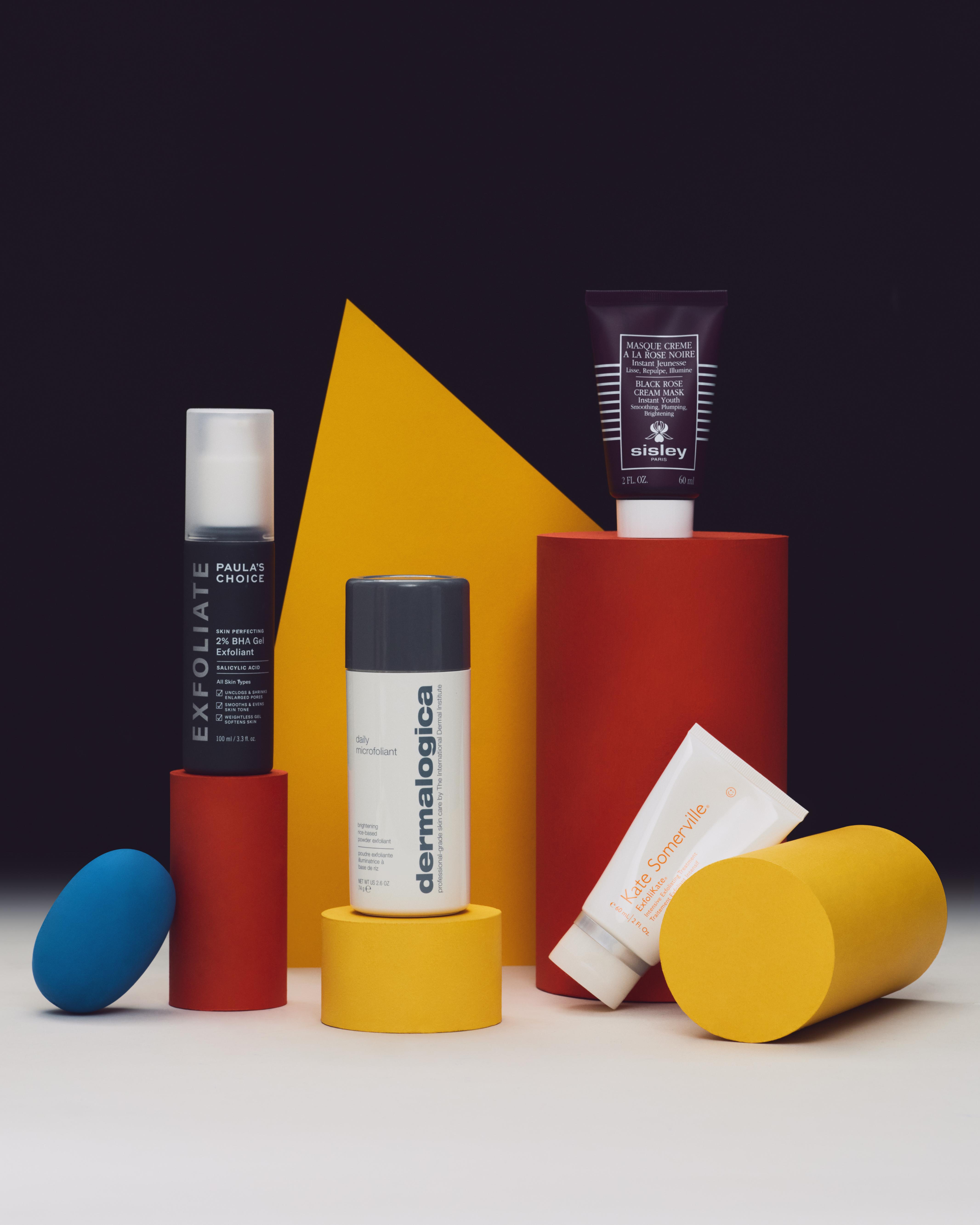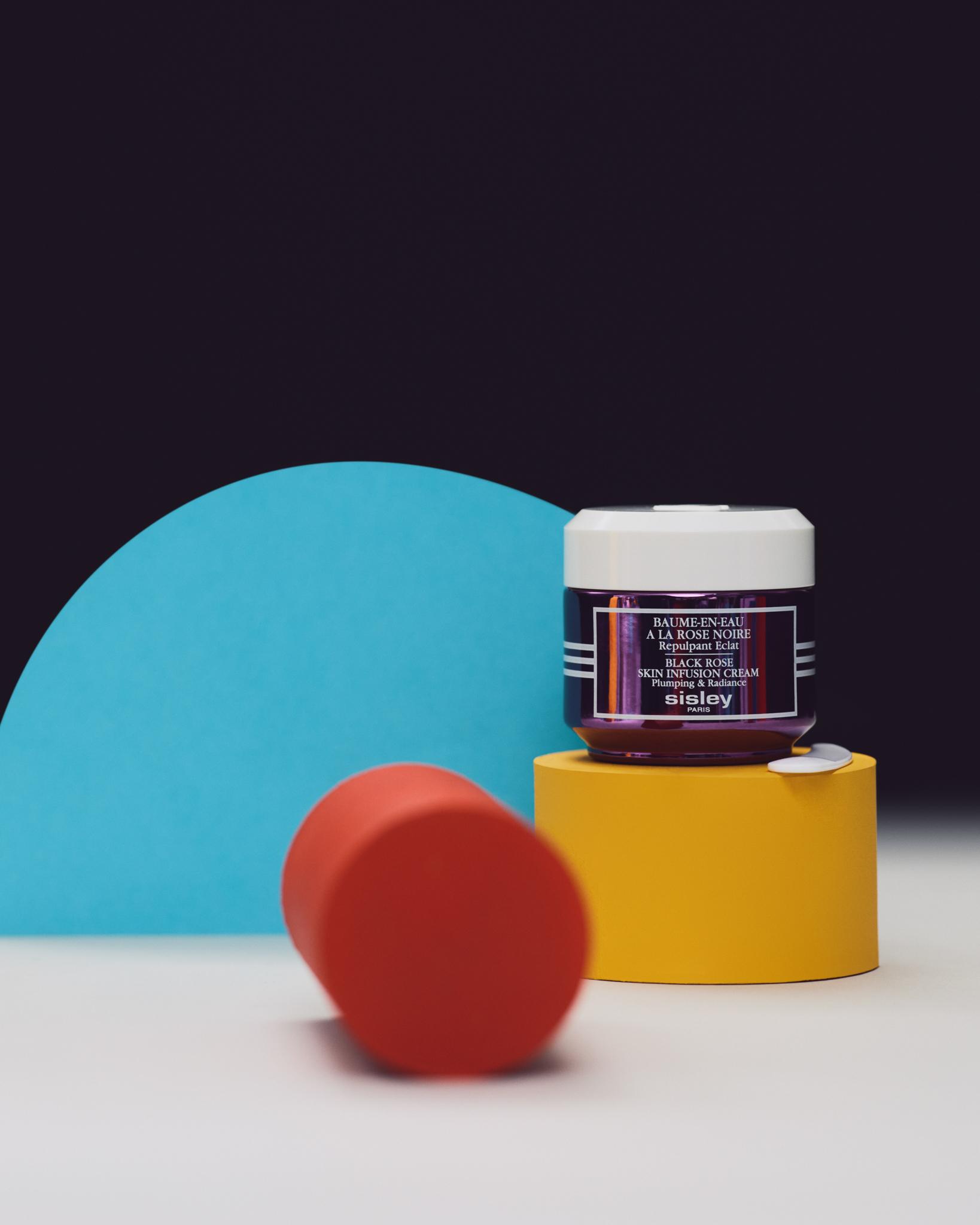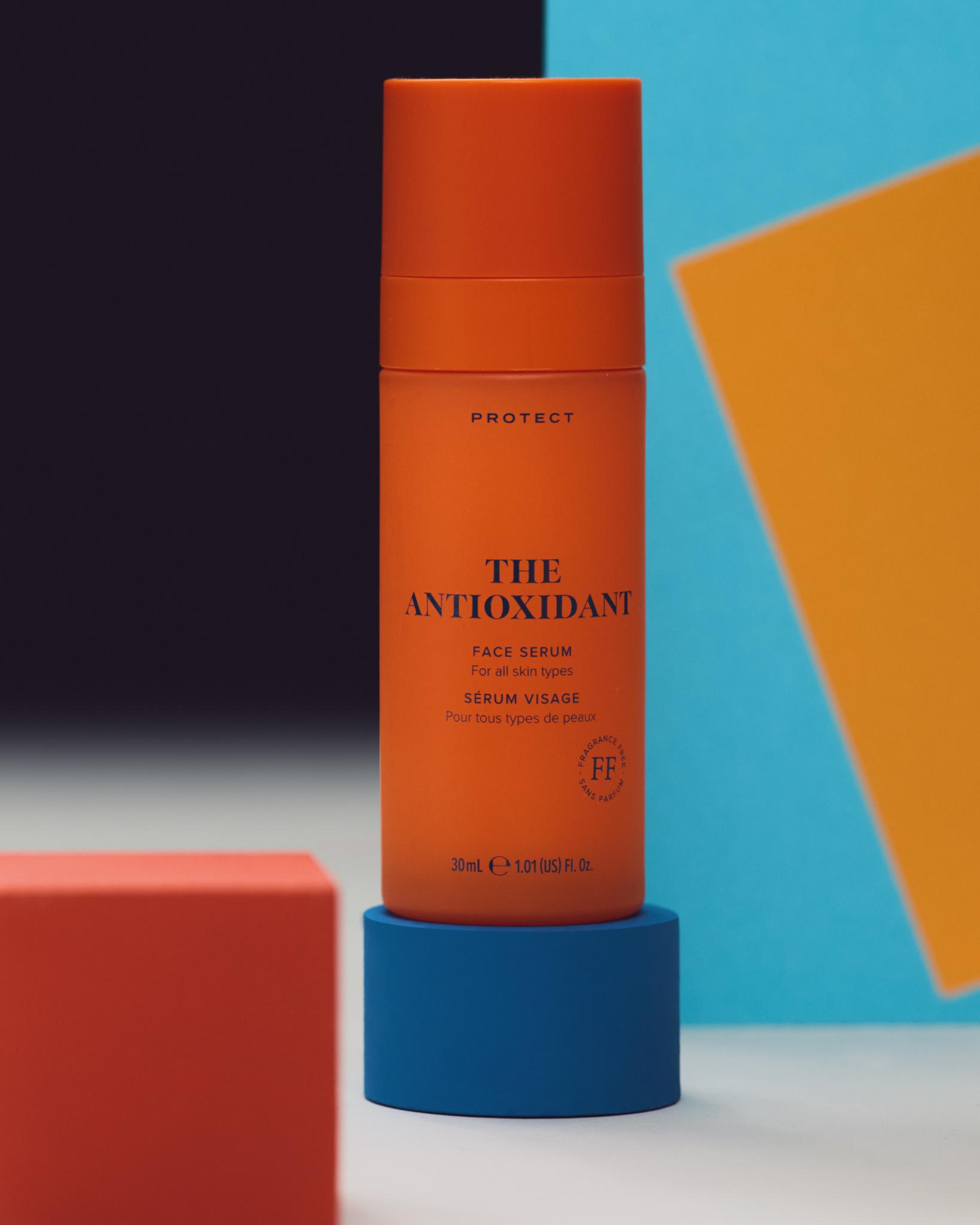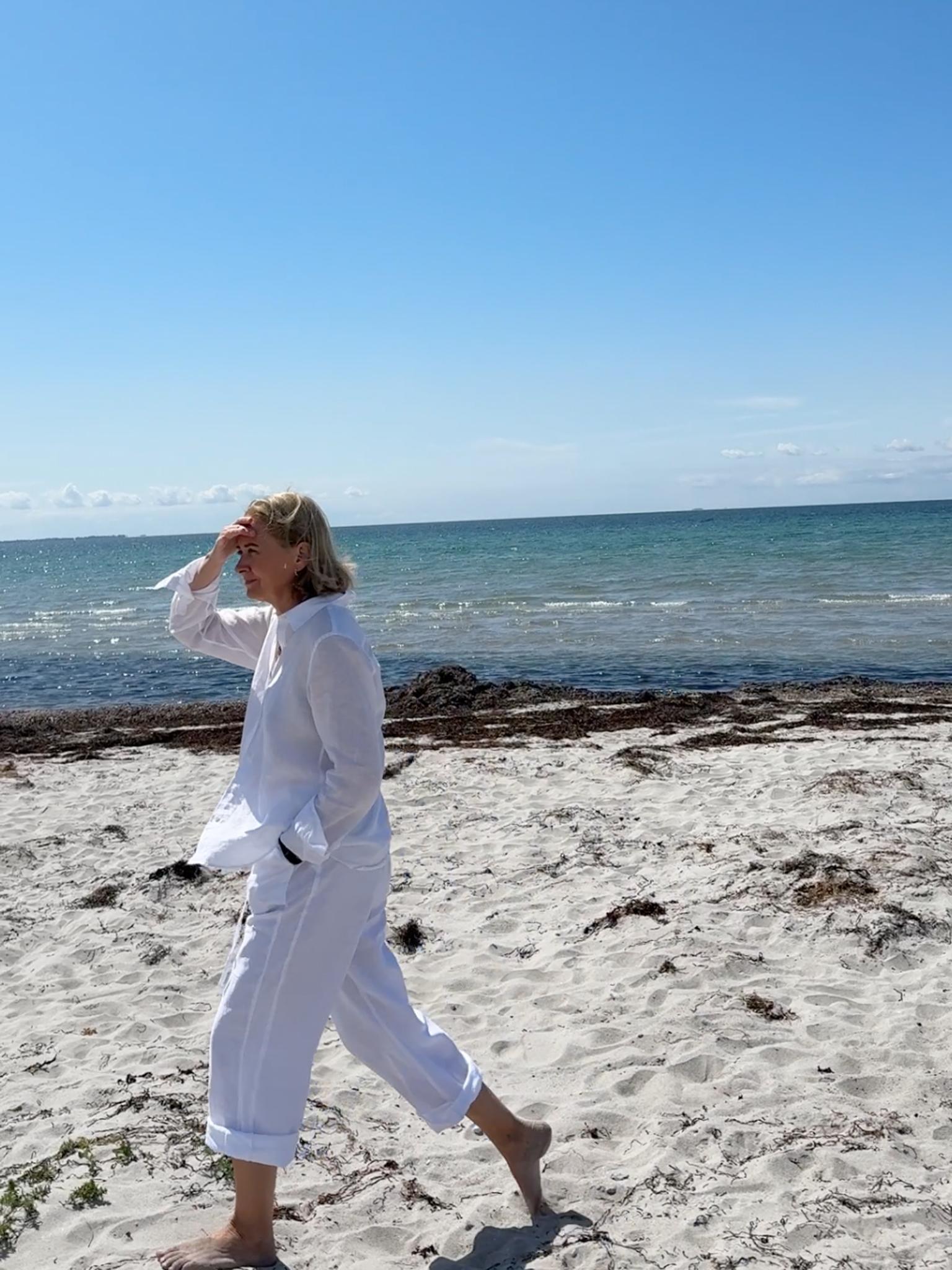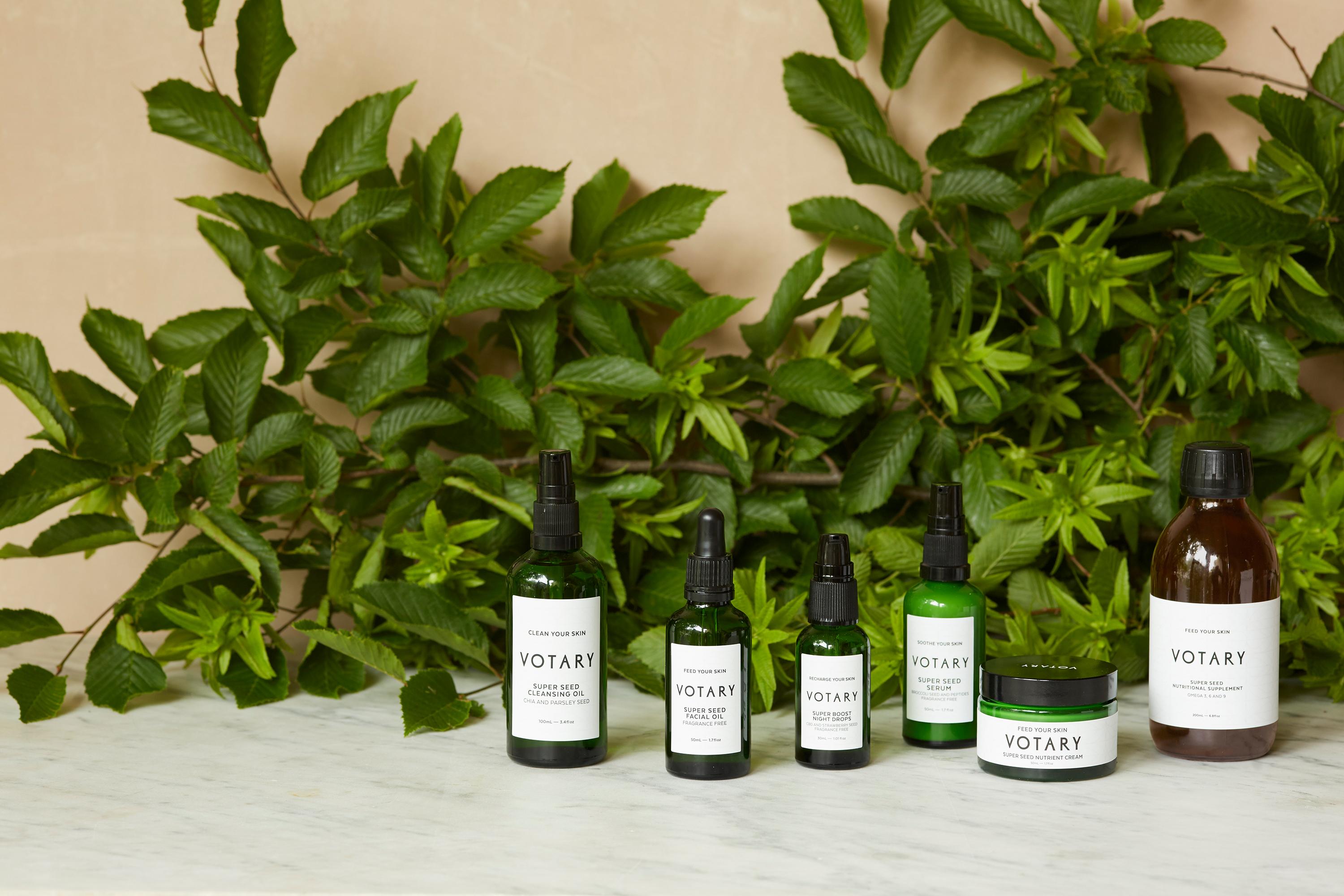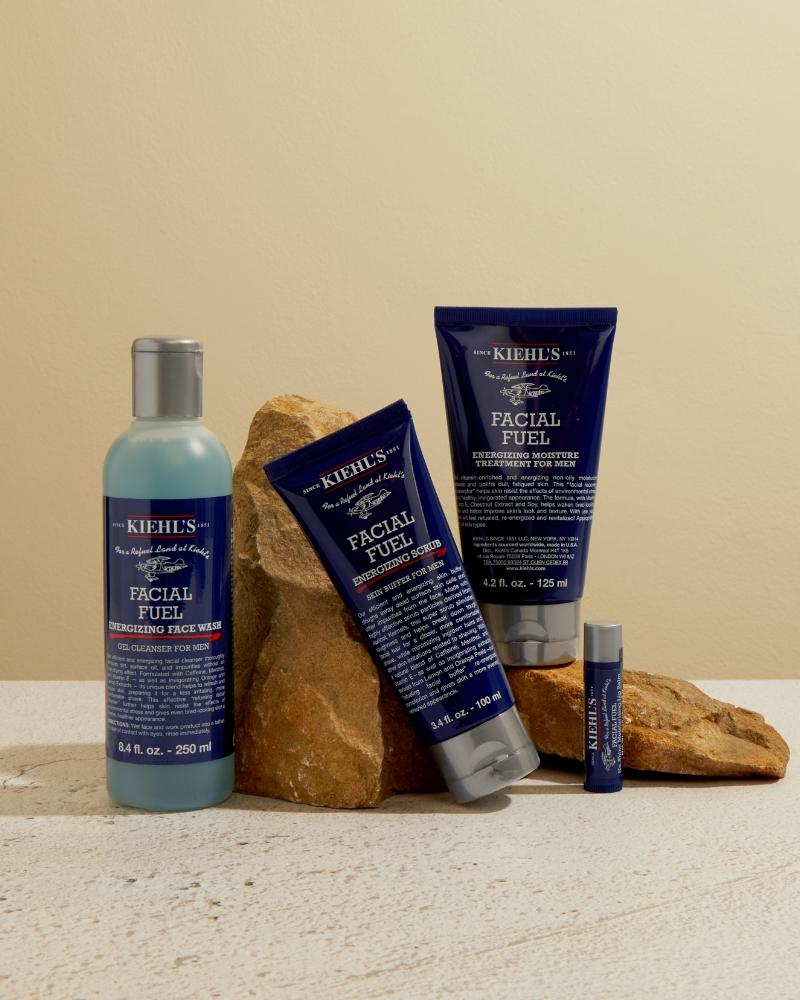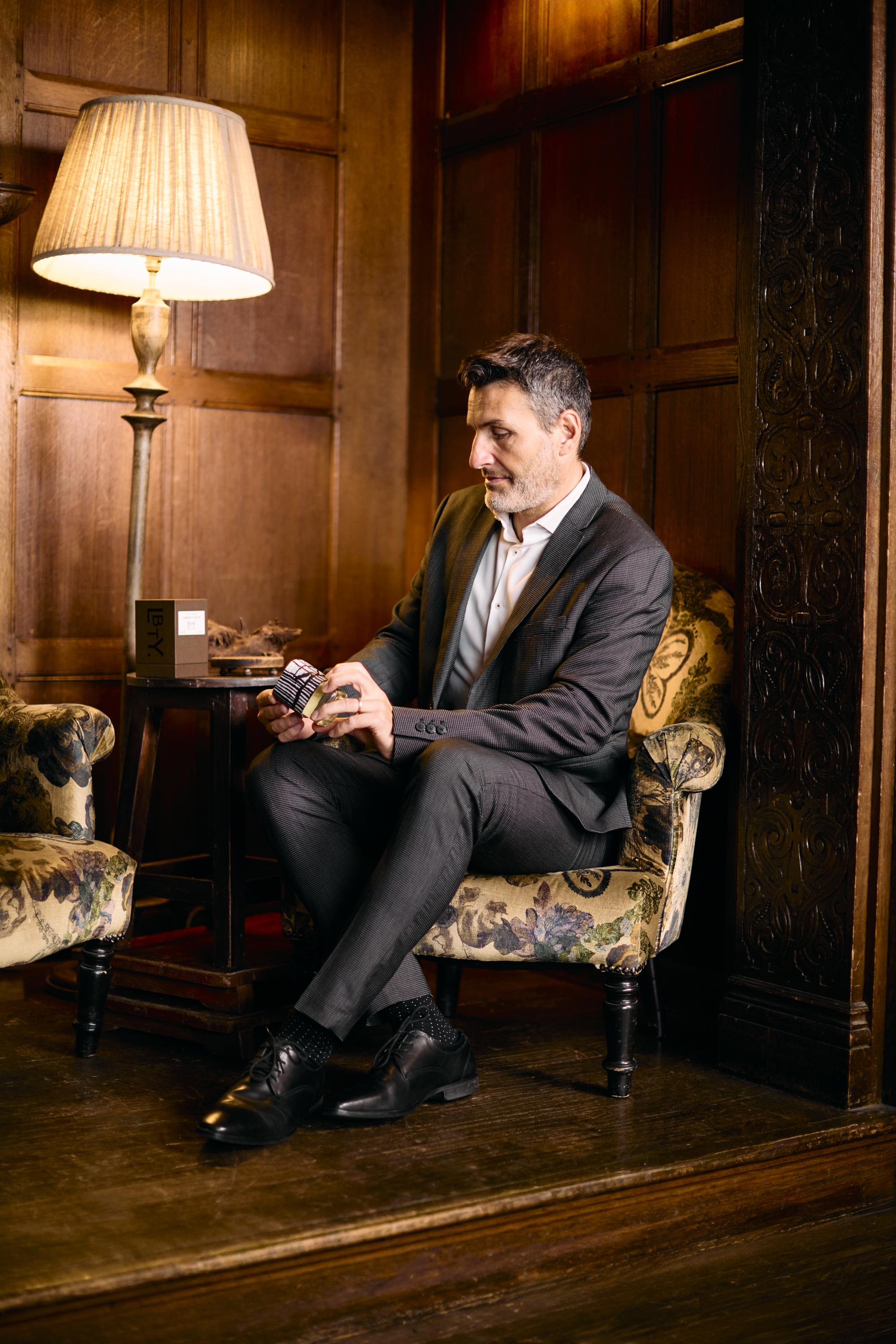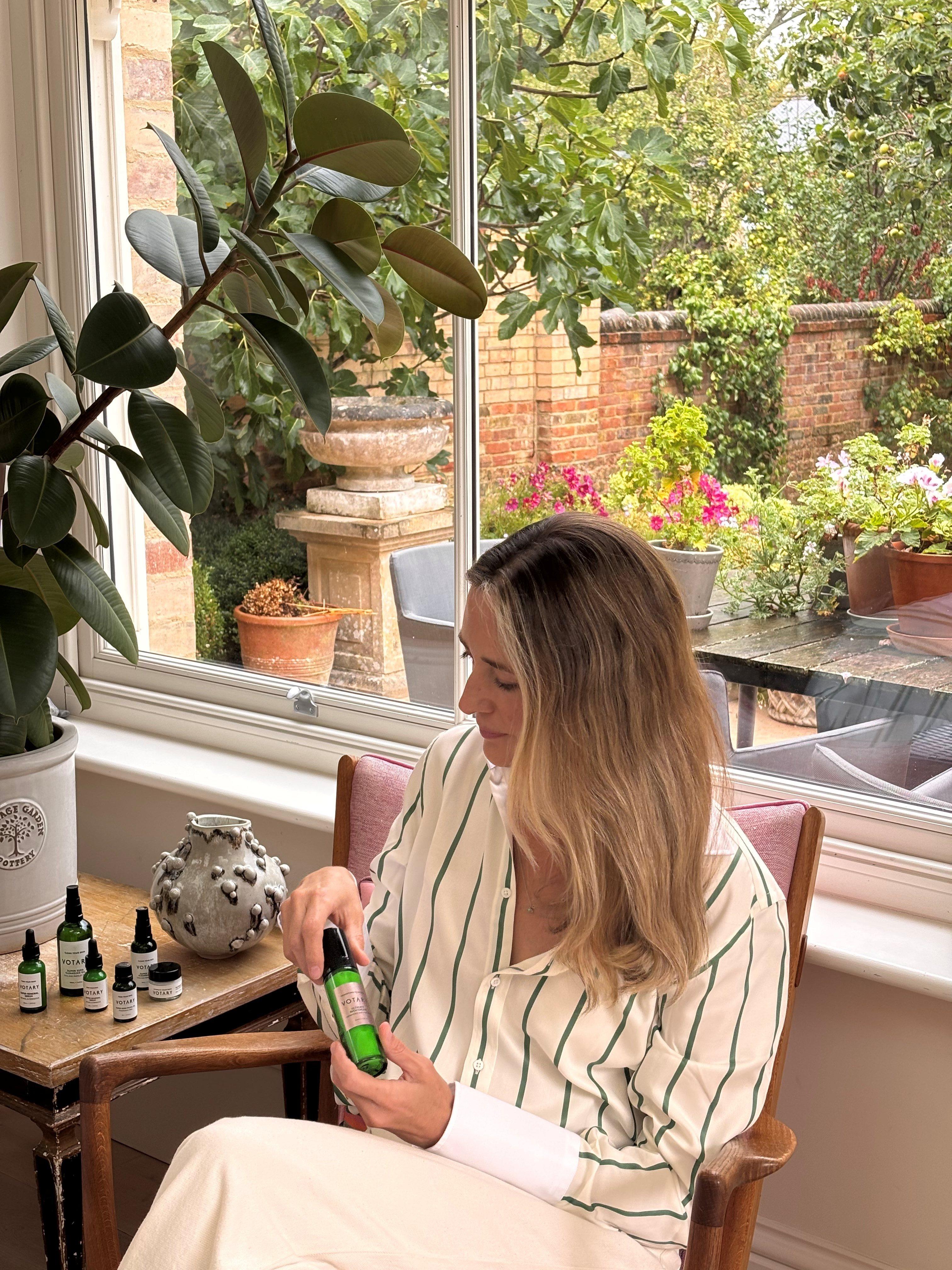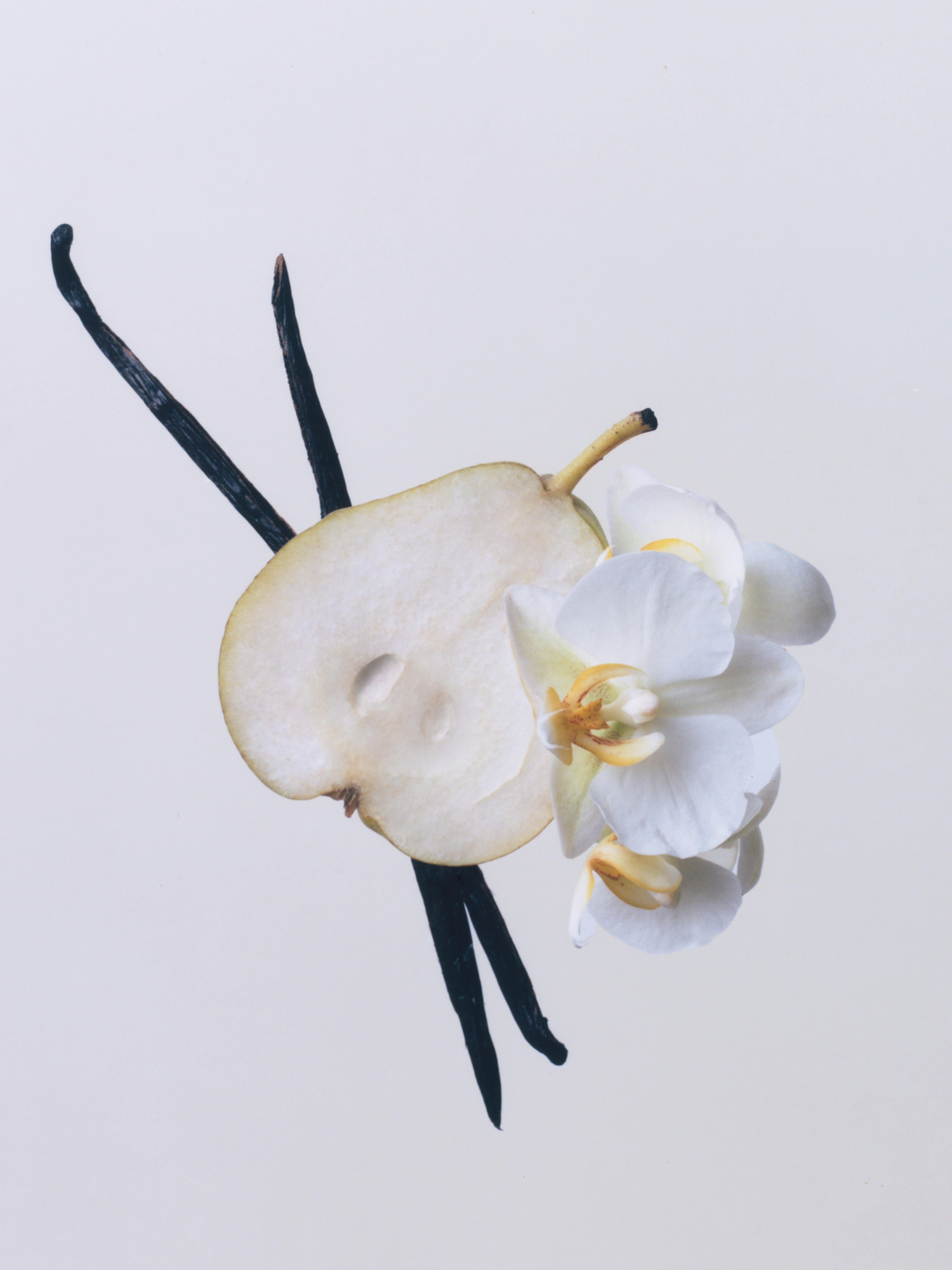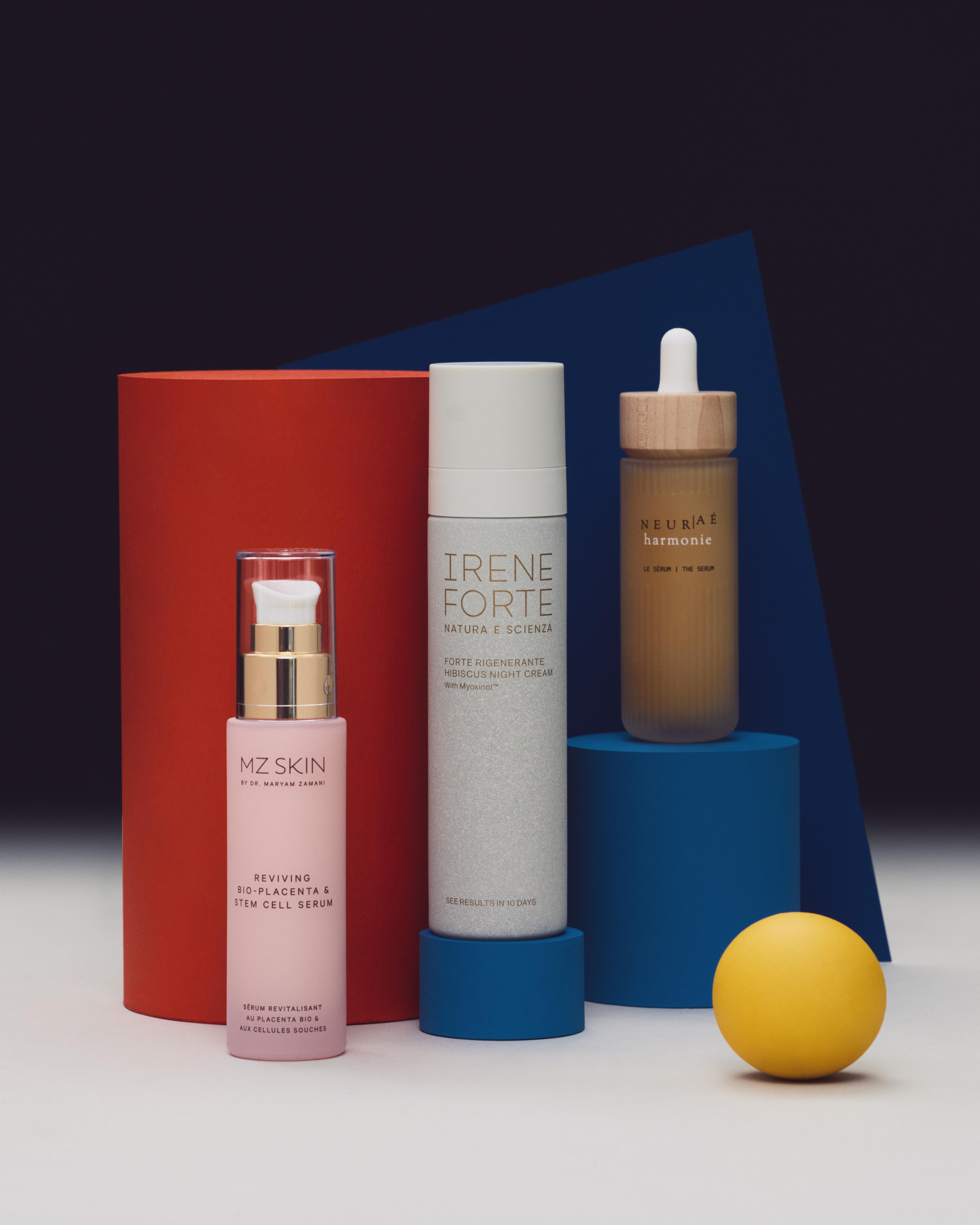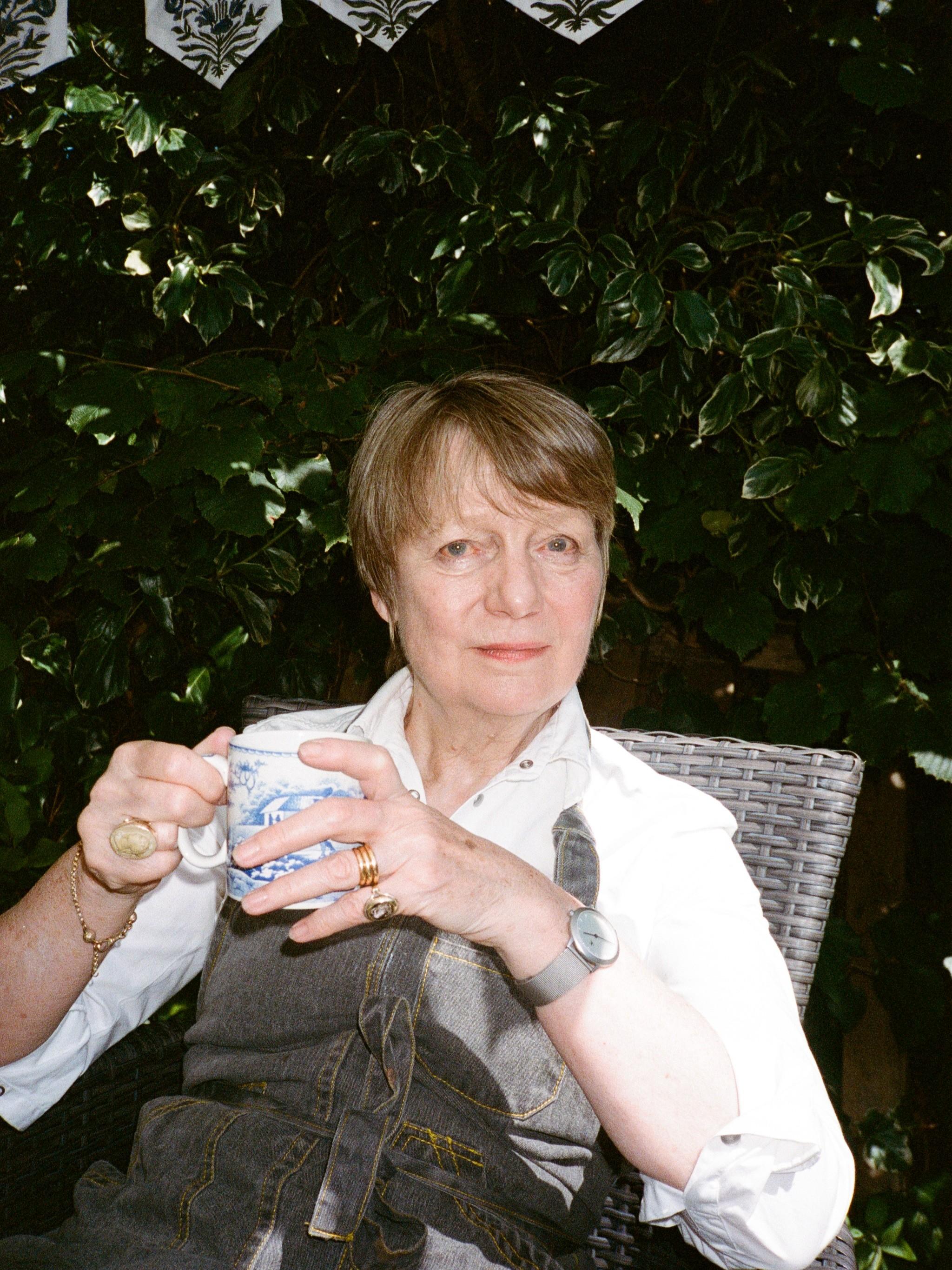
Inspired by LBTY: Tana Meadow by Lizzie Riches
Artist Lizzie Riches shares her interpretation of Liberty LBTY. Fragrance’s newest scent, Tana Meadow
Read more
Inspired by LBTY: Tana Meadow by Lizzie Riches
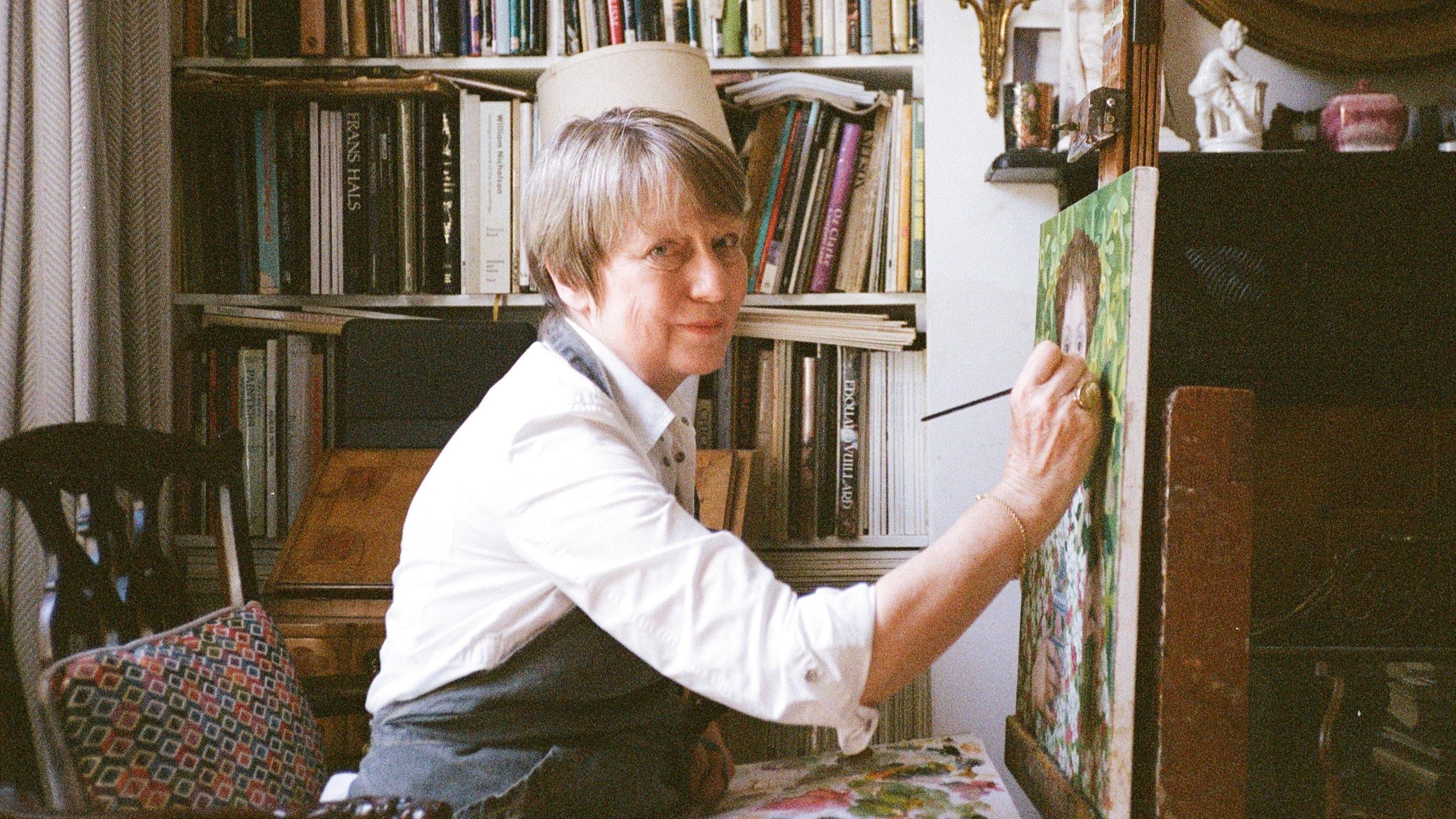
Artist Lizzie Riches shares her interpretation of Liberty LBTY. Fragrance’s newest scent, Tana Meadow
By: Team LibertyInterview by George Serventi
A deep-rooted passion for artistic expression lies at the heart of Liberty, from the Tudor foundations of our store upwards and outwards. The exquisite world of Liberty’s LBTY. Fragrance is no exception, guided by a passion for creativity and collaboration, celebrating history and heritage with an eye to the future.
And what better way to explore the intricacies of the Liberty’s LBTY. Fragrance collection than by continuing our close collaboration with the creative world? In this series, we’re tasking a series of contemporary creatives with reimagining each scent through their unique artistic media as part of our Inspired by LBTY. series.
Growing up near the ancient and sprawling Epping Forest instilled a long-held love for natural history in portrait artist Lizzie Riches. Despite studying at Camberwell School of Arts and Goldsmith College, she felt somewhat out of kilter with the painting styles of her contemporaries. Drawing from Elizabethan portraiture, she developed her own visual language, staging her characters against fantastical, natural settings.
Inspired by the crisp green cypress, soft florals and undulating amber glow of the latest Liberty LBTY. Fragrance, Lizzie turns her brush to Tana Meadow to capture the soft sunlit musk of the scent. Liberty met with Lizzie at her Norfolk studio, to find out more about her process, her love of Liberty, and the elusive woman in the painting.
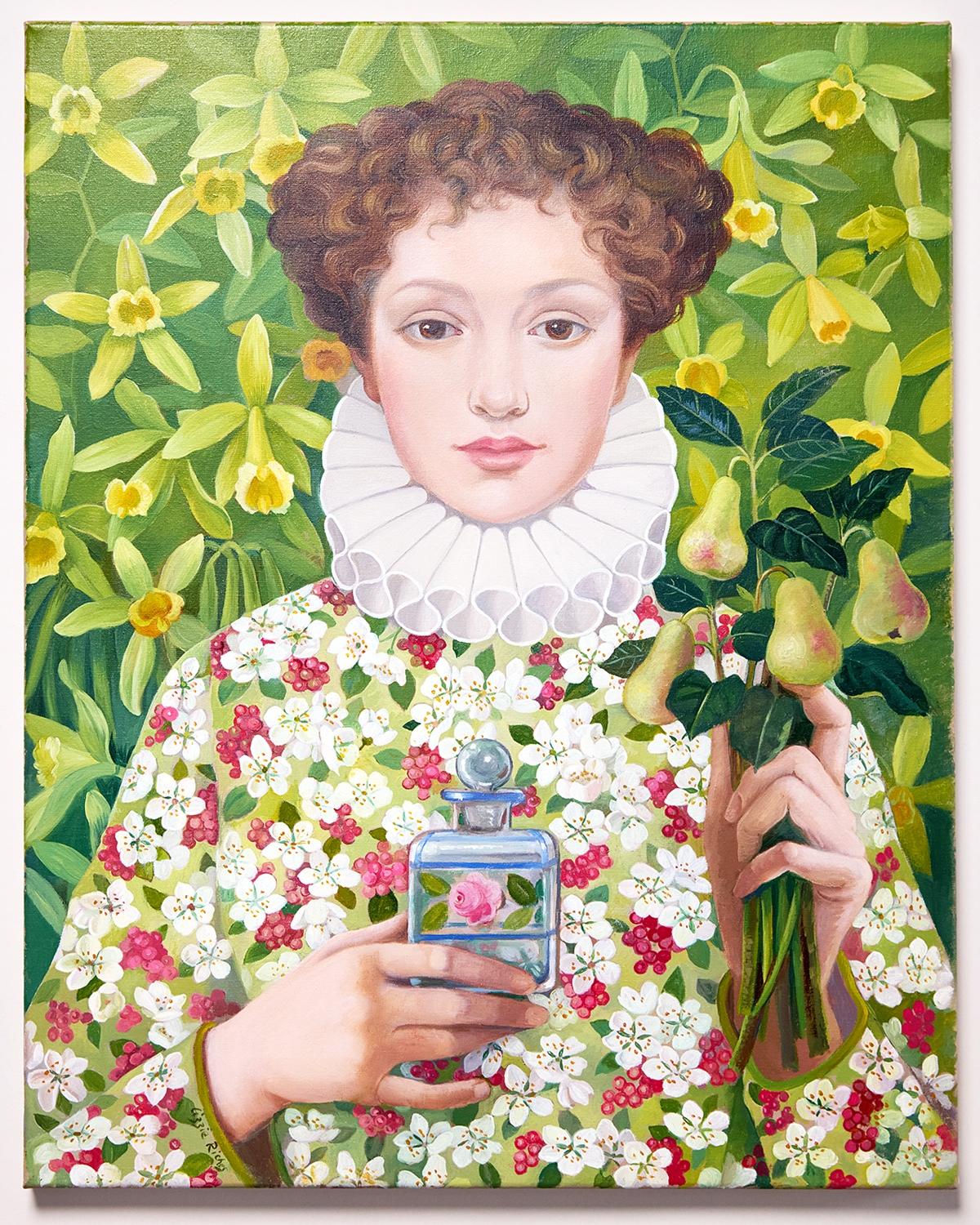

You’ve had a relationship with Liberty for most of your life. Could you tell us the story of that first experience?
I first discovered Liberty when I was 10 years old - it was such a happy day. My mother wanted to buy some Tana LawnTM, so we went into town to visit the store. I just couldn’t believe it when we walked through the door. I fell in love with everything in there. In particular, the variety of artefacts – beautiful Japanese bronze vases and ceramics and all the carpets – were fascinating.
It started a lifelong collection for me of all things beautiful and exotic and fascinating. It put me in touch with the makers and the artists of countries which, as a 10-year-old, were completely foreign to me. It was very exciting, and it started an enduring relationship with all things Liberty.
What do you know about Tana Lawn TM?
I remember first being attracted to Tana Lawn because of the colours and the designs. Some prints were quite traditional, but there were more modern designs where the colours were just eye-popping. As an artist, what immediately attracts me to the whole concept is the print and design, but also the feel of it, because it’s incredibly soft. It sews beautifully. When I was pregnant with my first child, I actually made maternity dresses out of Tana Lawn and they were such a joy to wear because they were cool, very very soft and beautiful.
How did you translate Tana Meadow into your painting?
There are so any beautiful, complex notes in the Tana Meadow scent that inspired the painting. Pink peppercorn - what a glorious idea that is! In fact, it was that pink that I thought would make a lovely counterbalance to white pear blossom and the green and white vanilla orchid.
Is there a character you have in mind when painting a portrait?
My daughter would laugh at this, but almost all my paintings really originate from her sweet face, even though they’re not portraits of her exactly. She has a timeless quality, and that’s what I try really hard to explore in painting. I don’t want it to look like a 2025 person; I want it to look like an eternal, classic person. So, I work quite hard at making a face which is classic, almost impersonal.
What does the process of oil painting feel like?
If you think about it, that the whole process of painting is quite ludicrous, really. I mean, you've got a tube full of an oily substance with the colour to it and you've got a stick with a frayed end, which is your brush, and you just play around. It always reminds me of playing mud pies when I was a child. It's very tactile and I just enjoy seeing how the paint appears on the canvas. It’s a ludicrous process but it’s quite fun.
What emotions come up when you’re about to finish a painting?
It's a funny business coming to the end of the painting because there's a degree of elation that you've nearly done it. You've nearly made it as best as you possibly can. The very last thing I do is I sign it, and then you sit back, and you look at it and you think, “I've cracked it. I've painted the Mona Lisa. This is the most perfect painting ever”. And that feeling lasts about 10 seconds. And then you think, “Oh. I could’ve done that differently”. But then you think, “I’ve actually got to finish this one.” You do the best you can, and then you move on and do something else. I love that because it’s never-ending – you go on painting and painting and it’s fabulous.
What drives you to be an artist?
I think it’s important to have a relationship with the people commissioning work – you want to do the best for them, and that’s a motivation in itself. I’ve made my living as an artist now for 50 years and a lot of the motivation was because I needed to make a living. But it’s also because I just really love painting.
Interview by George Serventi
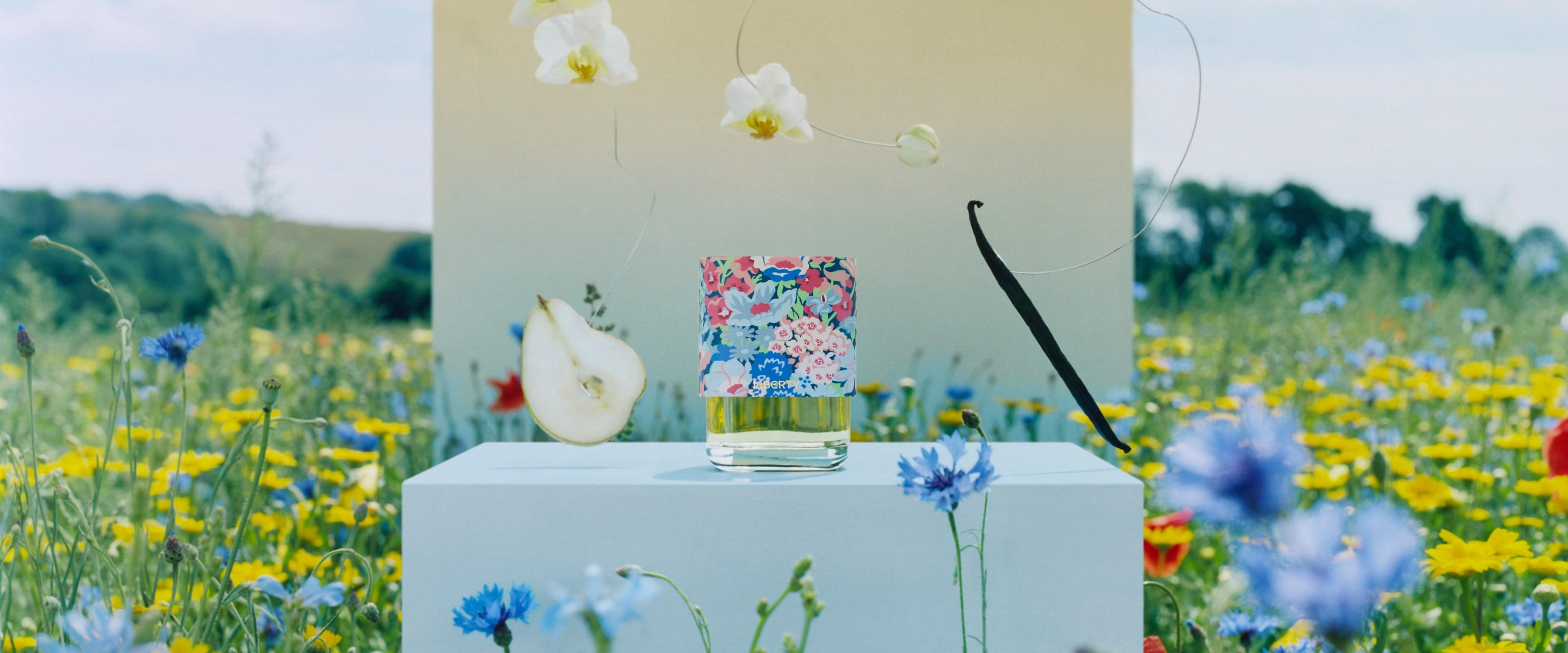
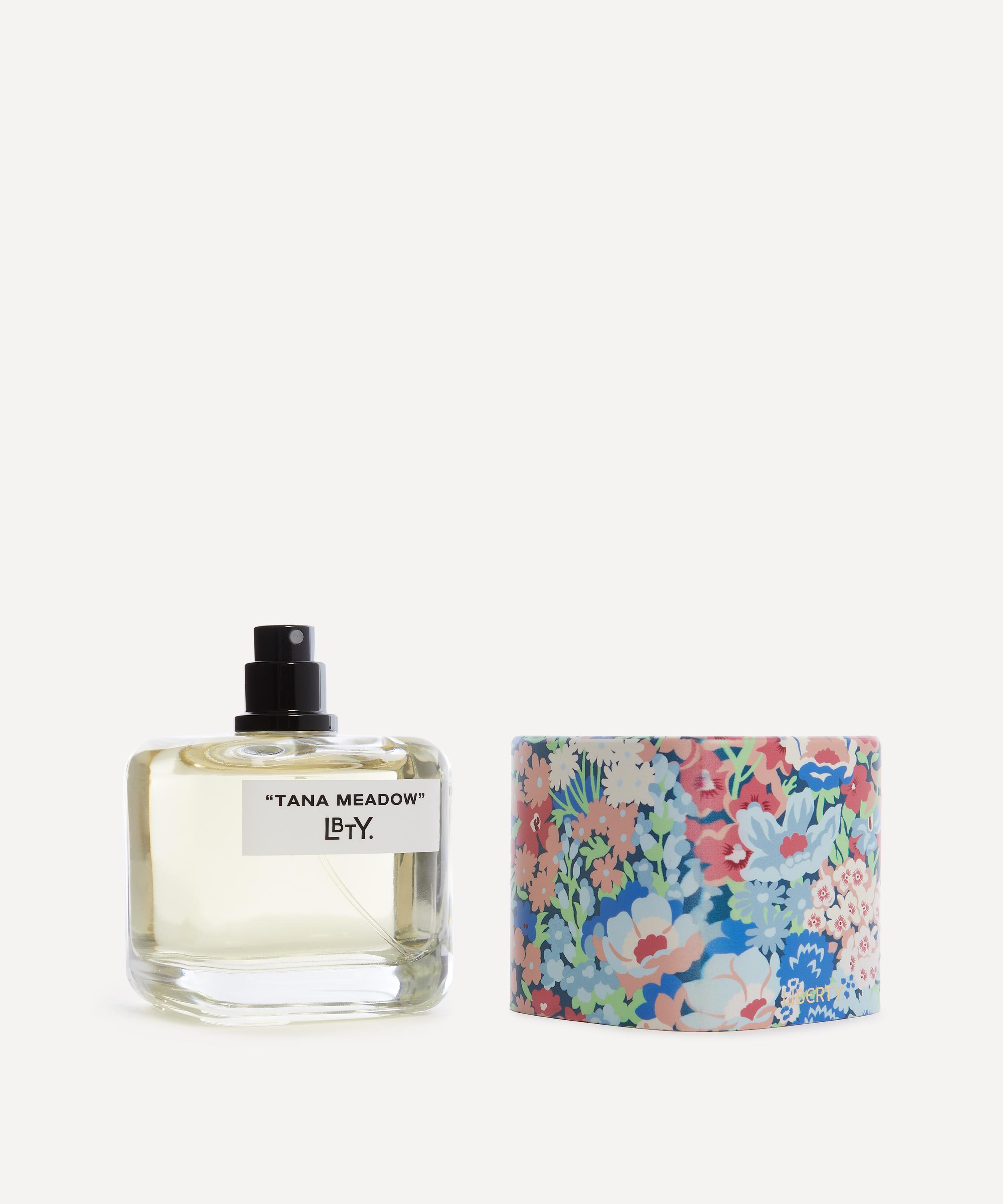
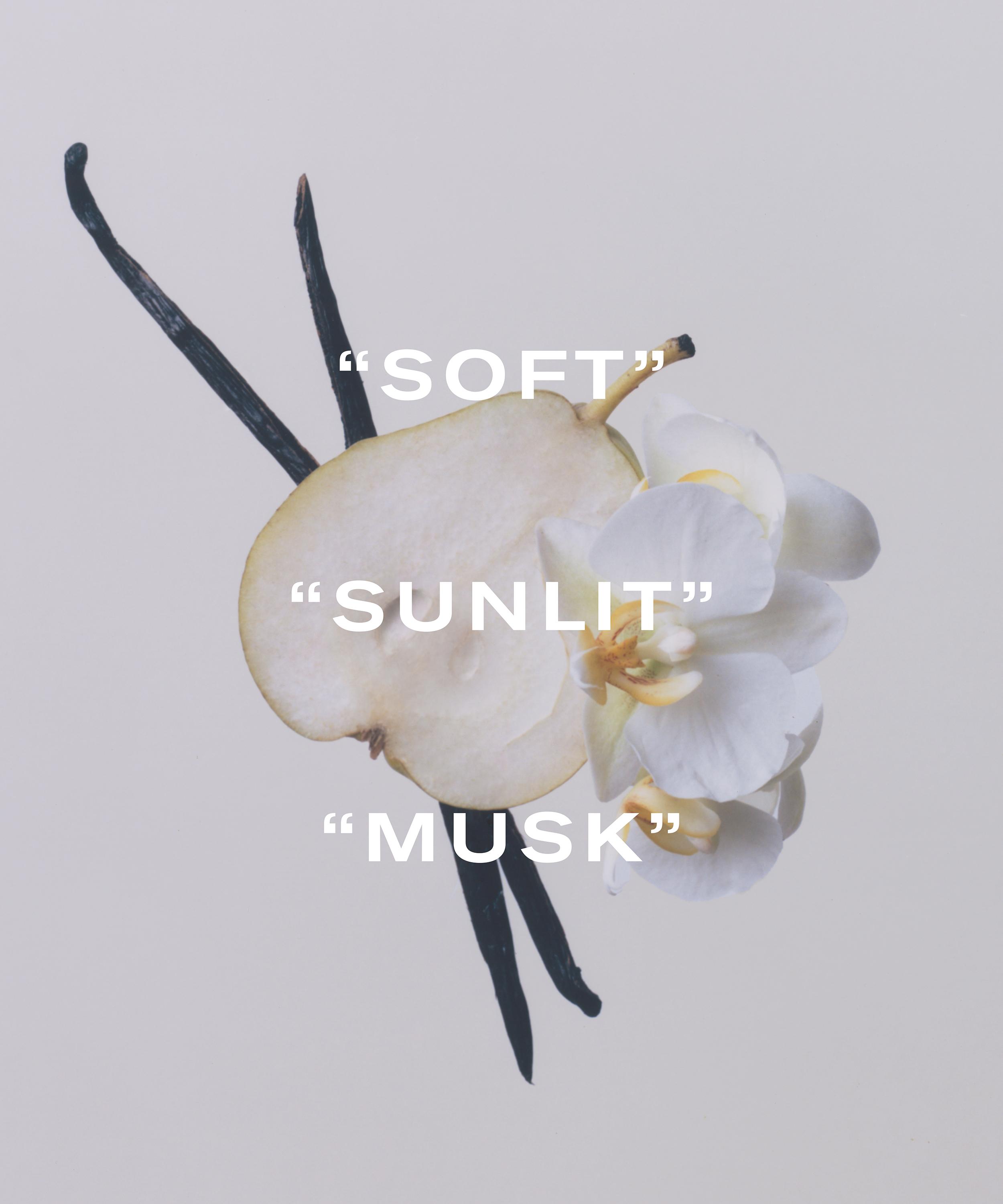
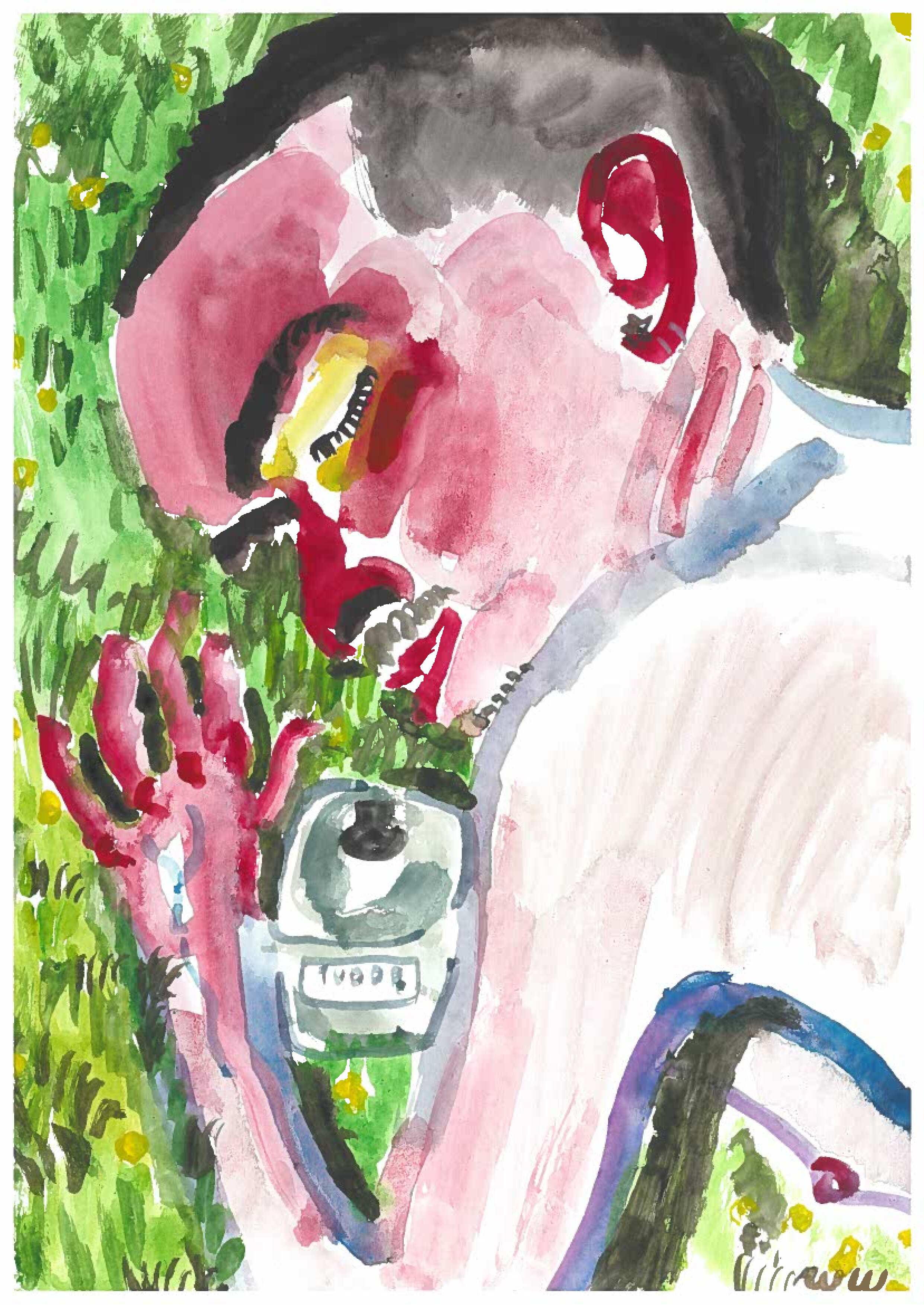
?fmt=auto&qlt=default)
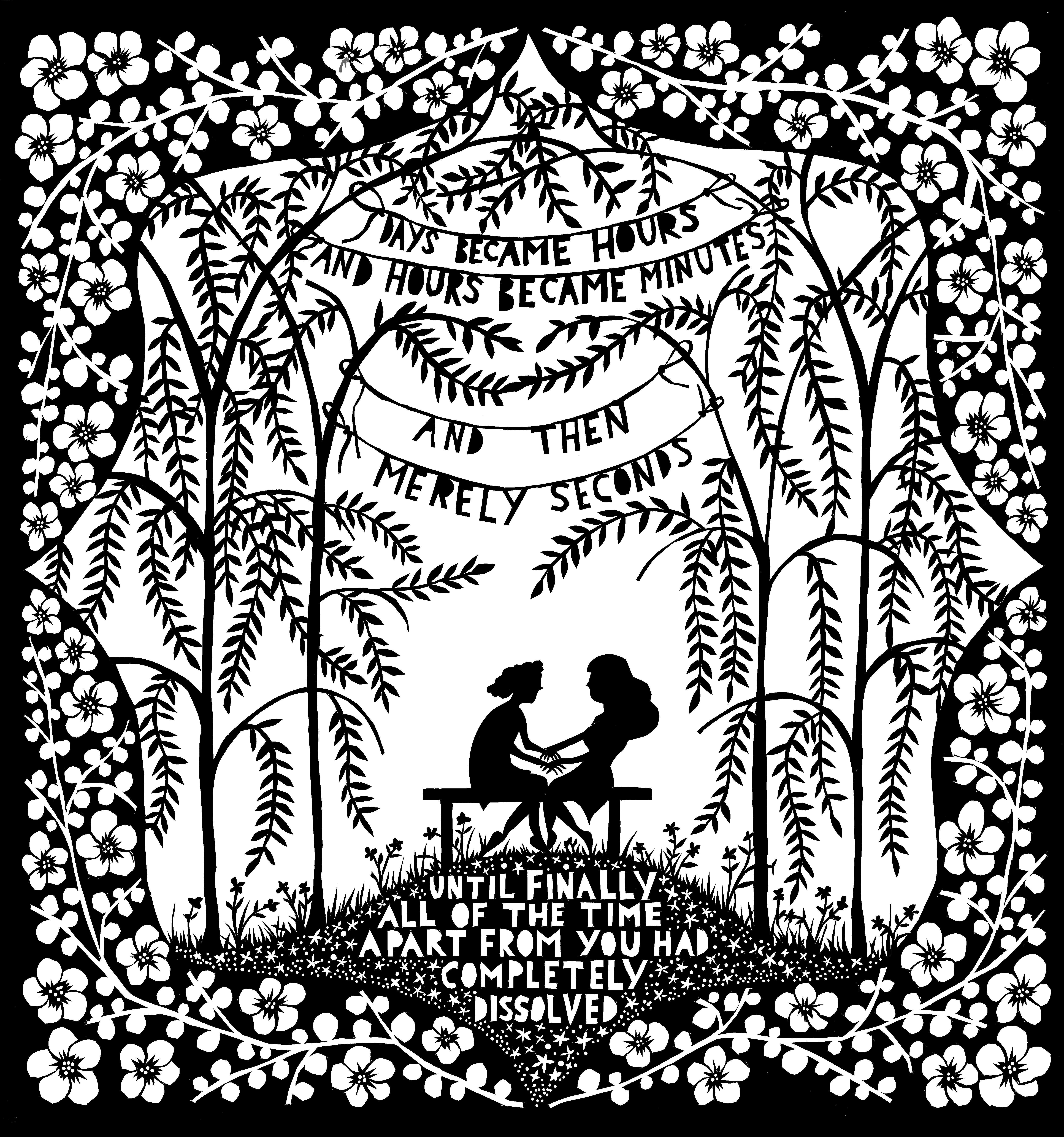
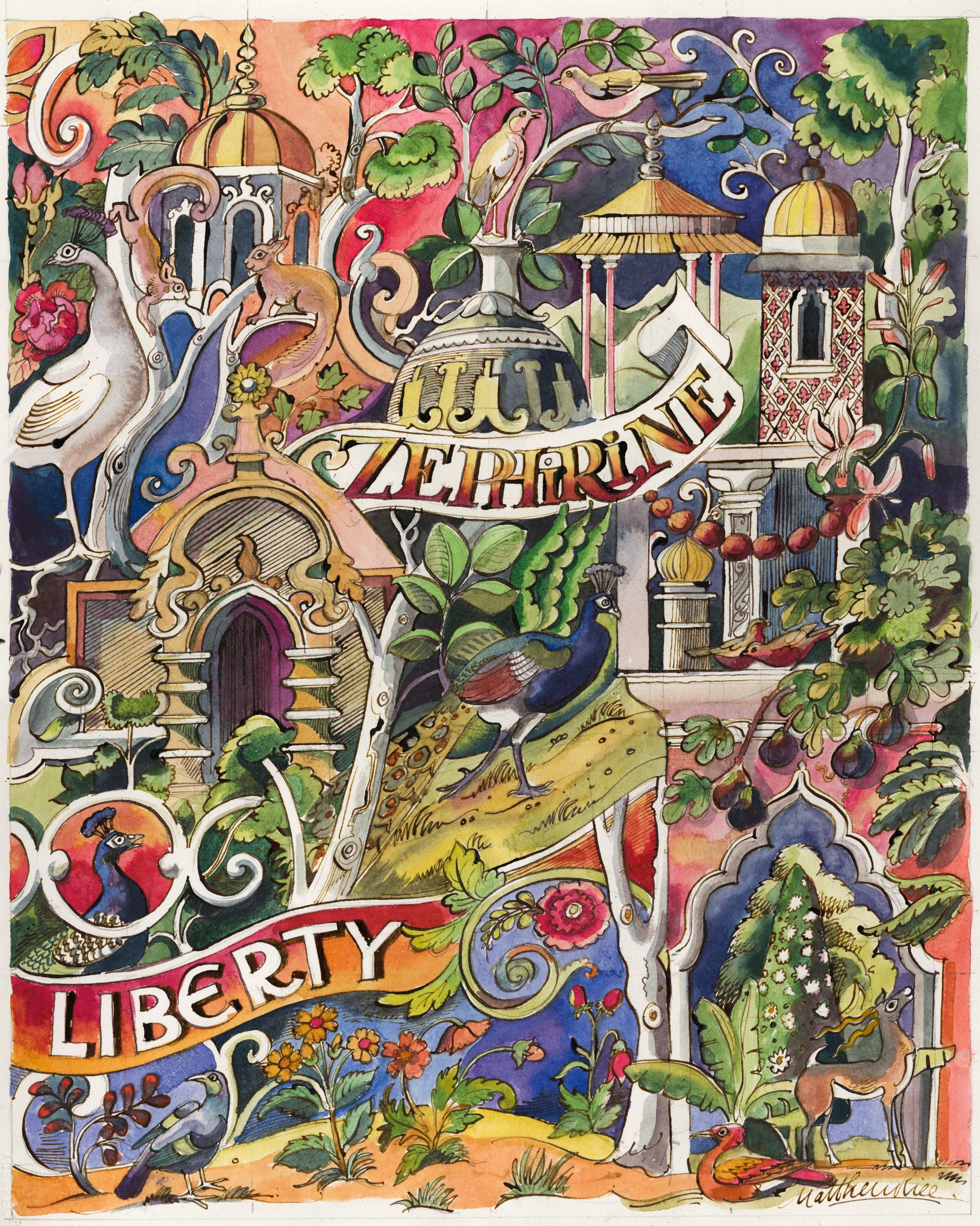
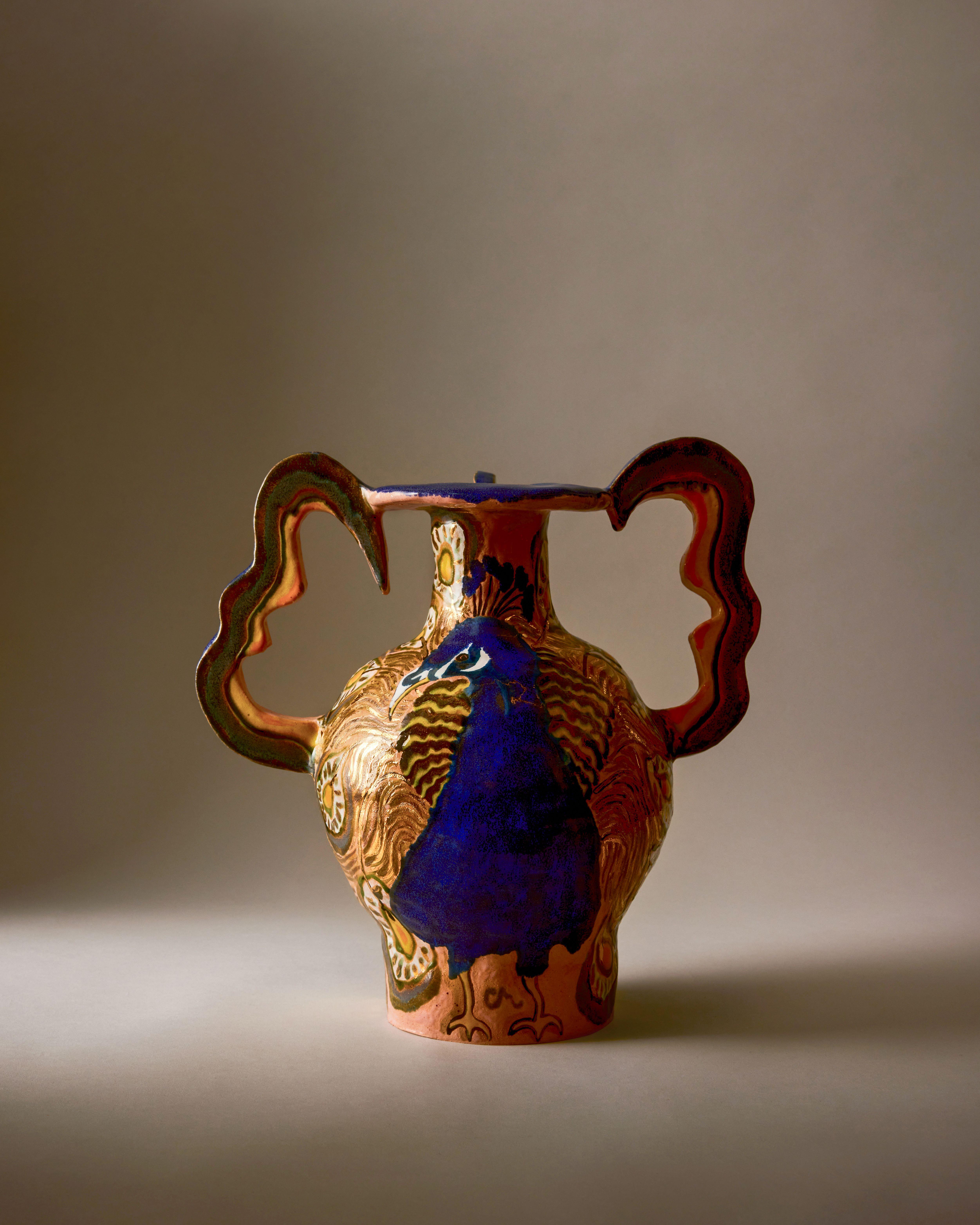
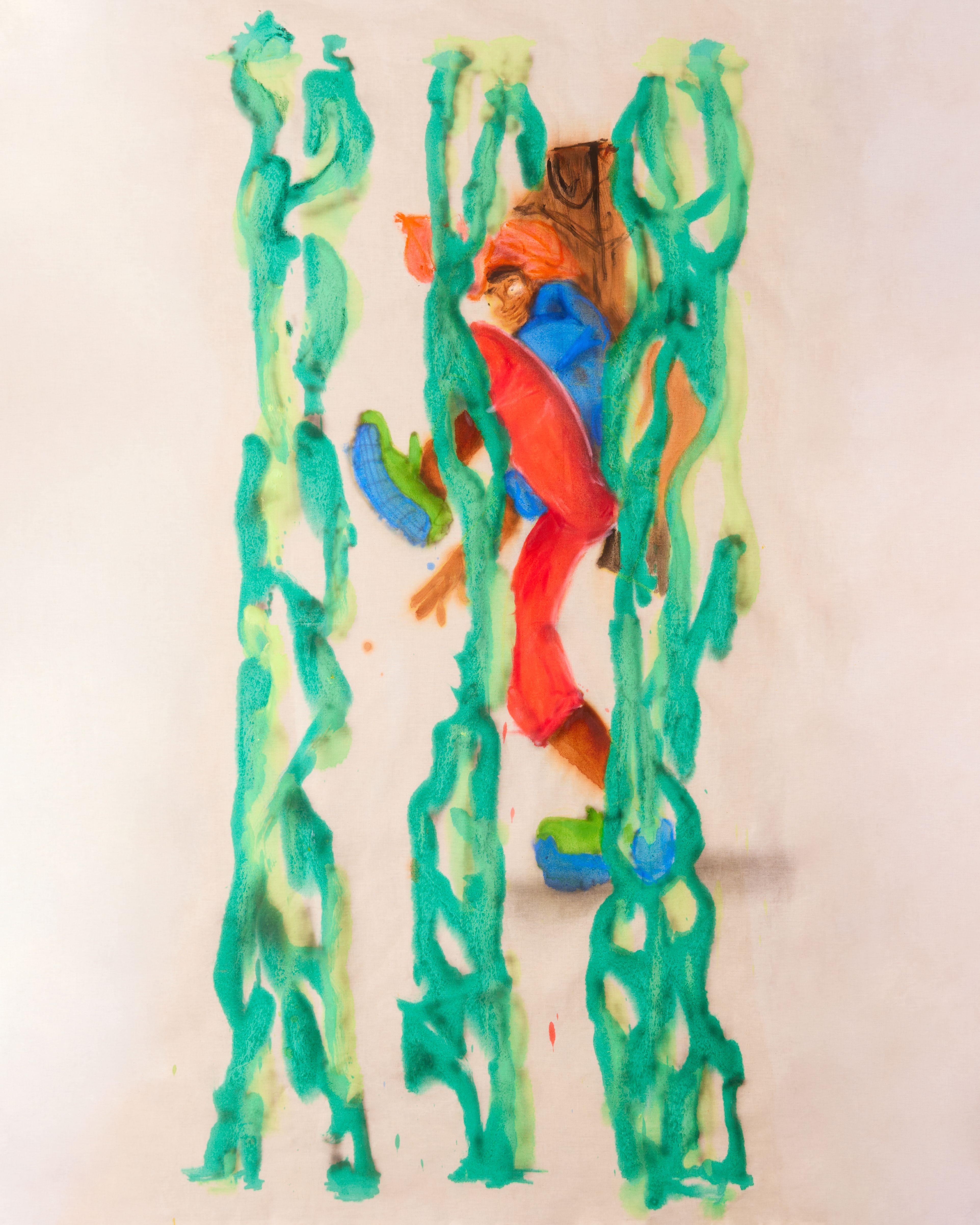


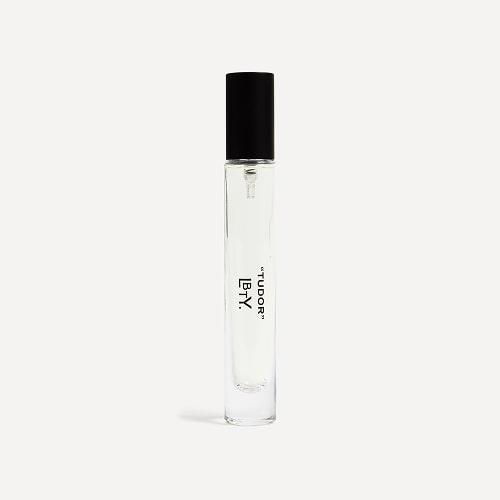
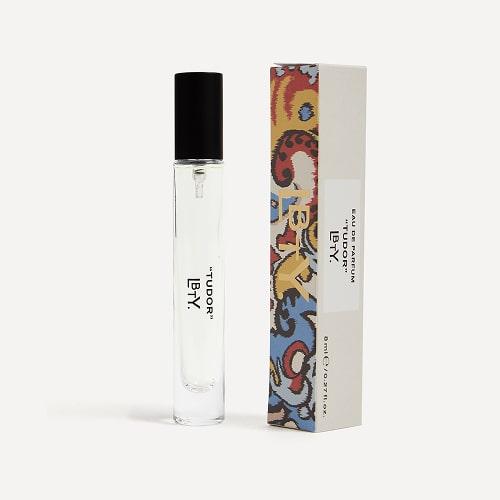
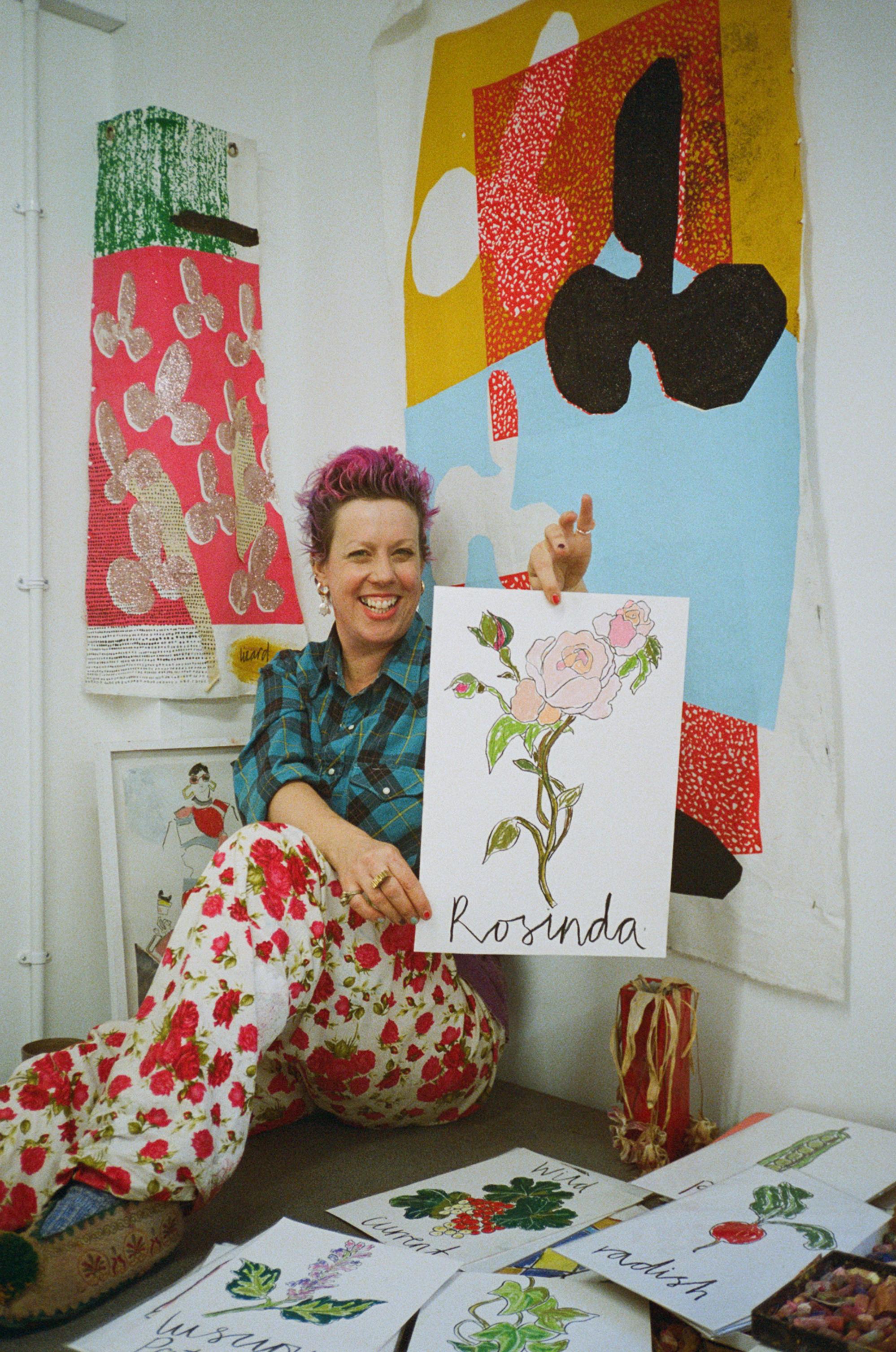
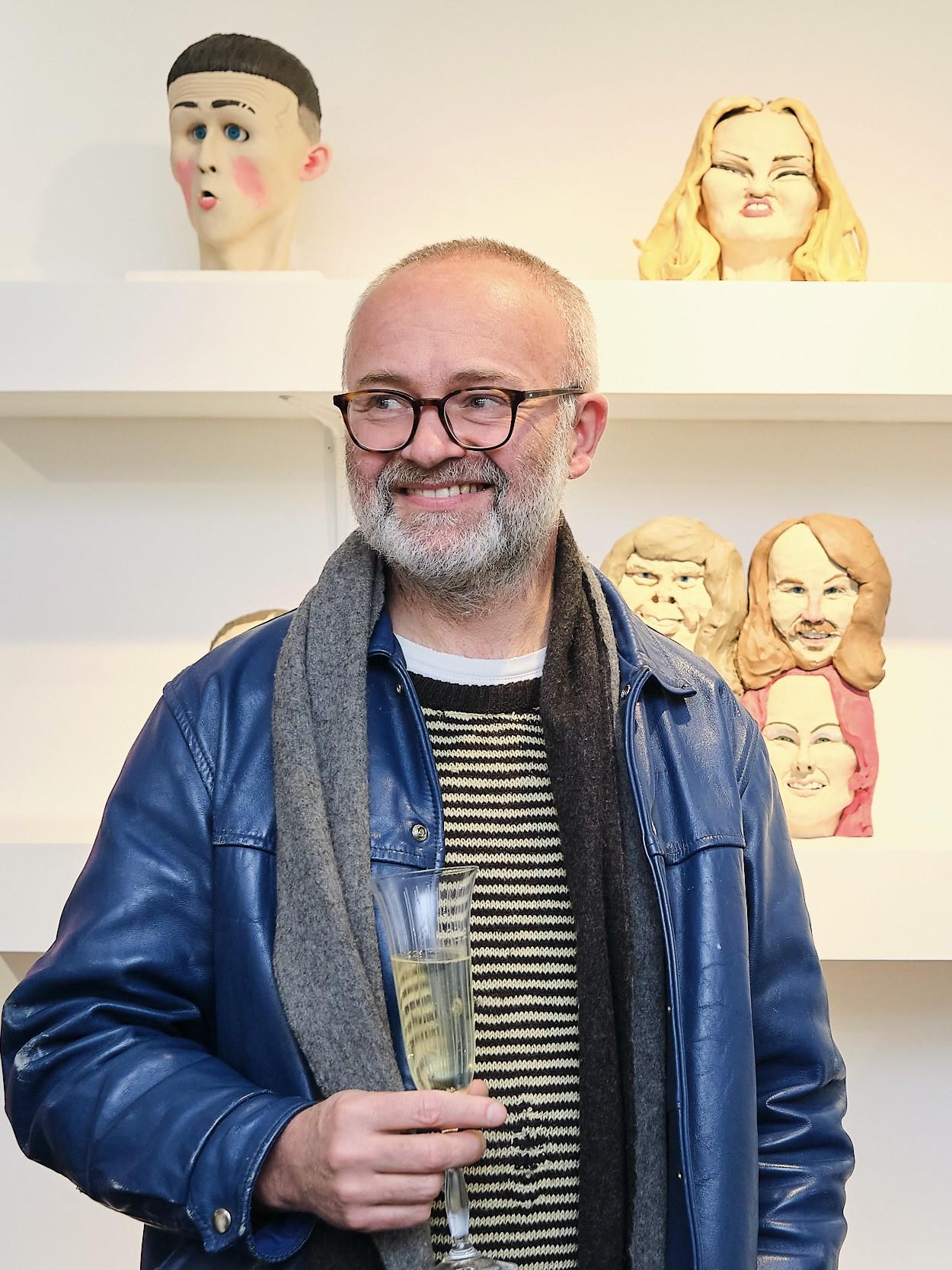
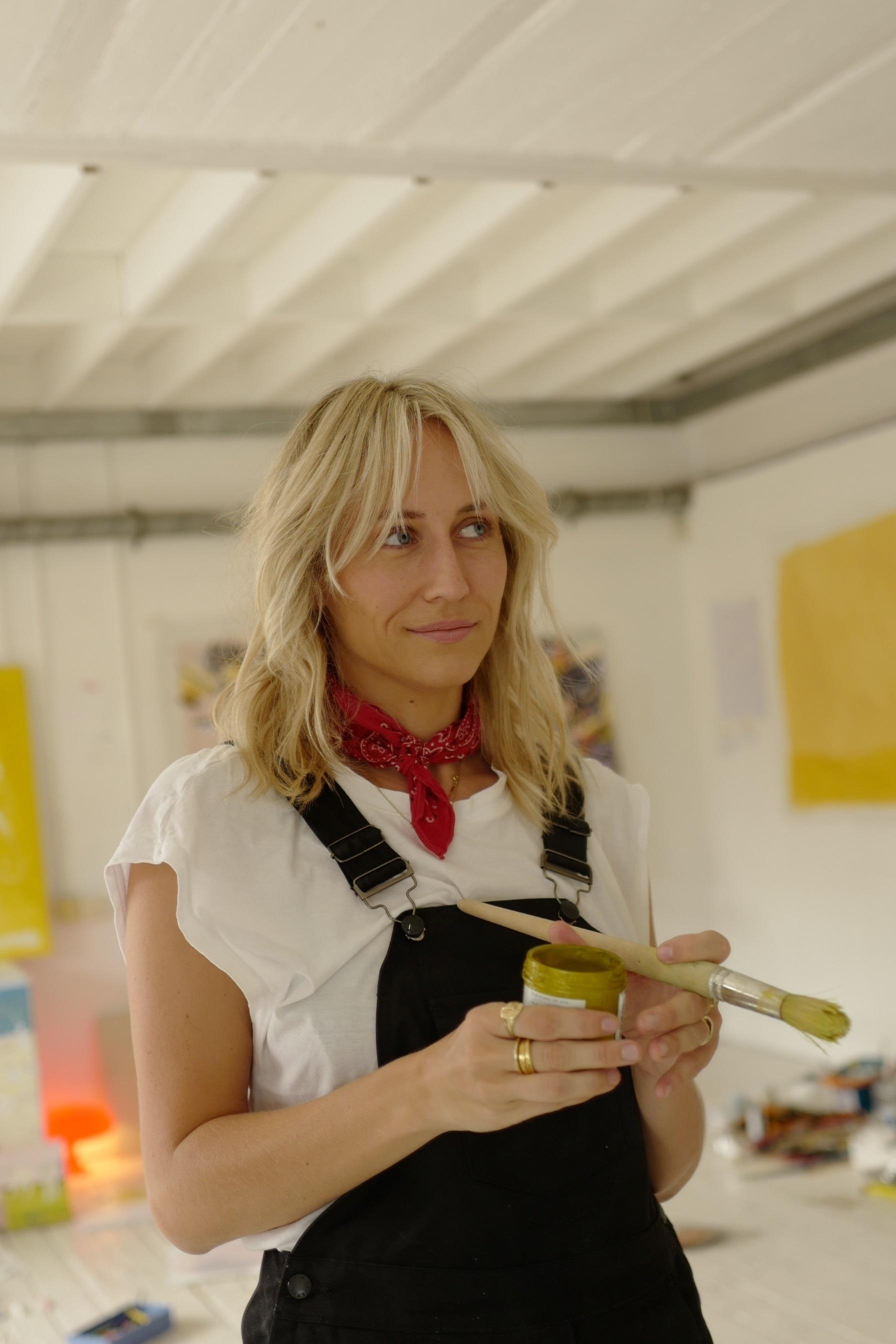
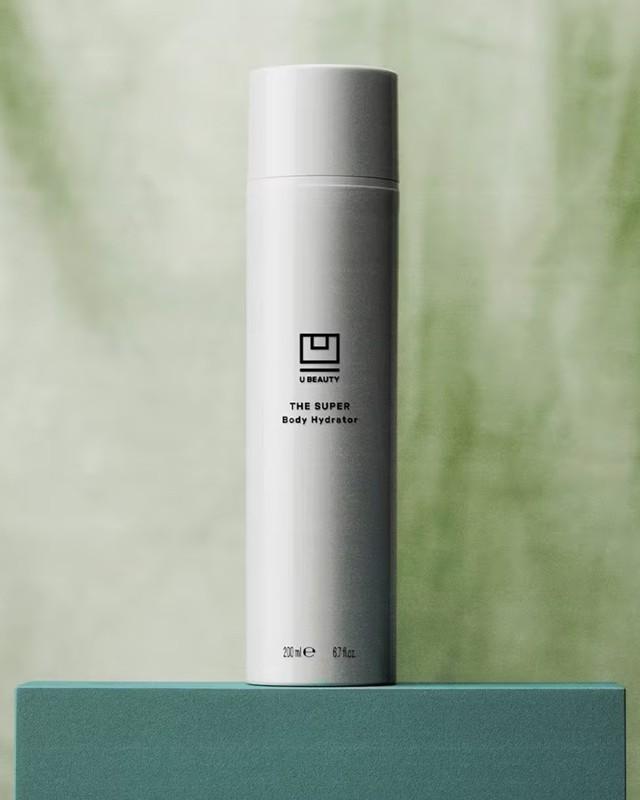
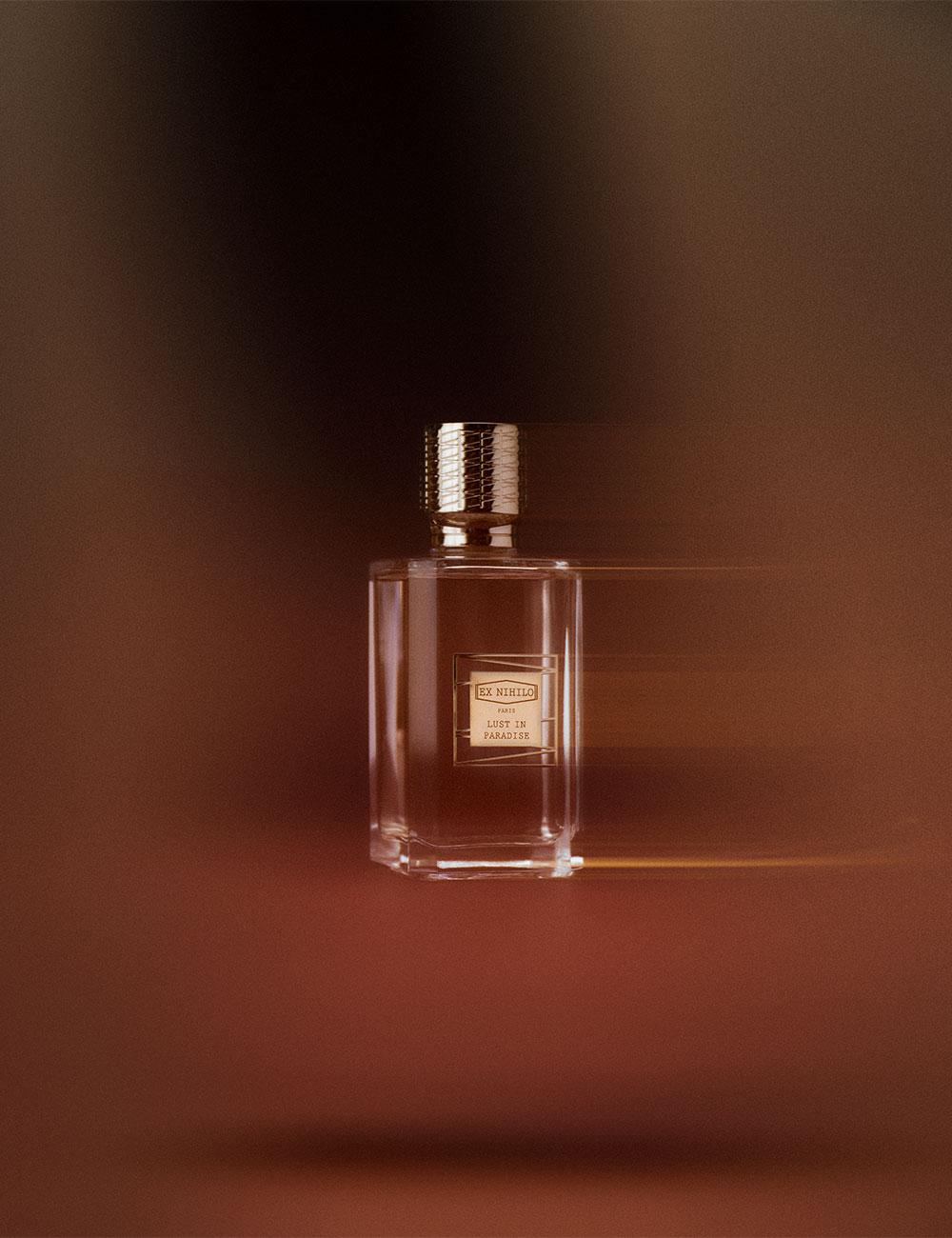

?fmt=auto&qlt=default)
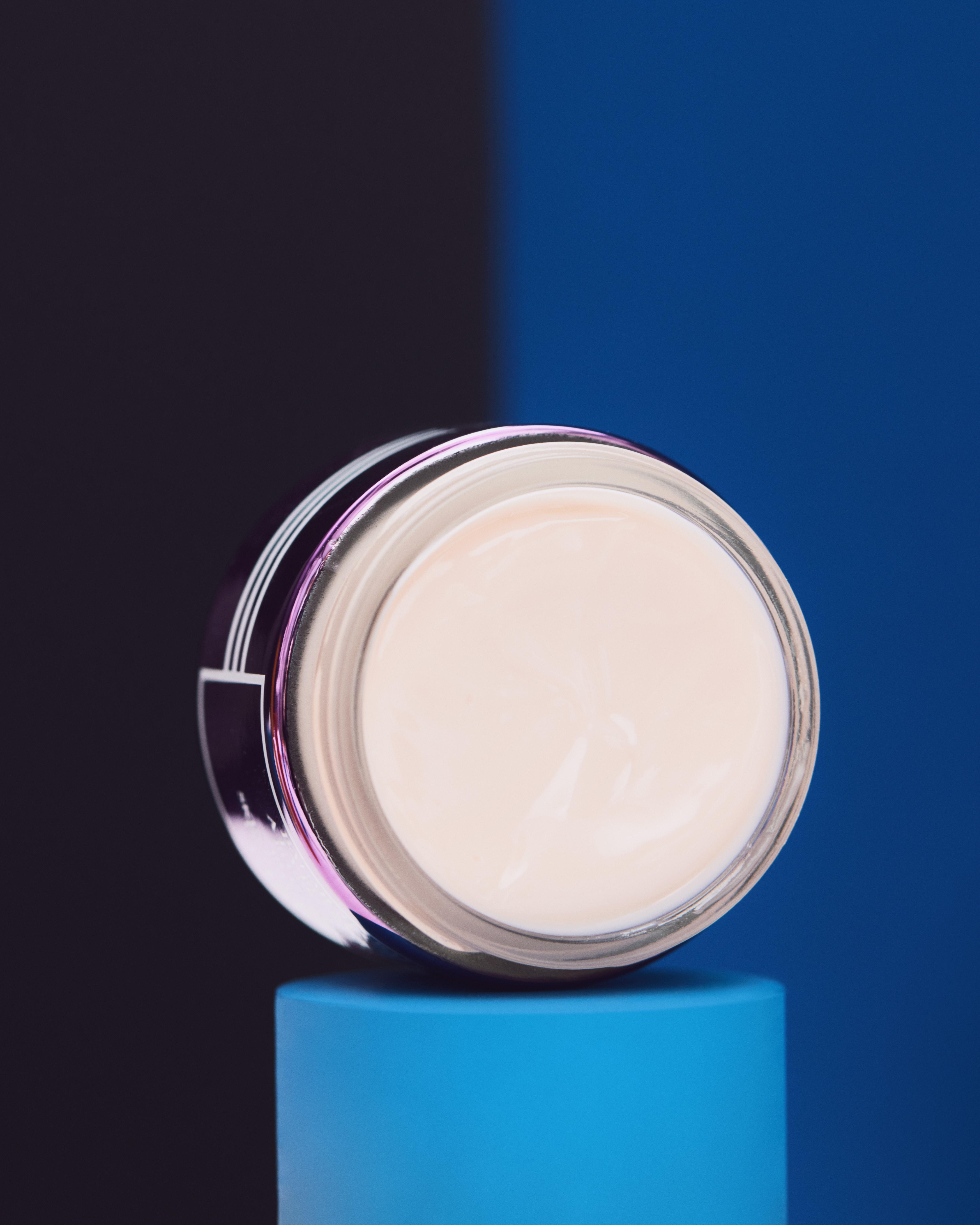
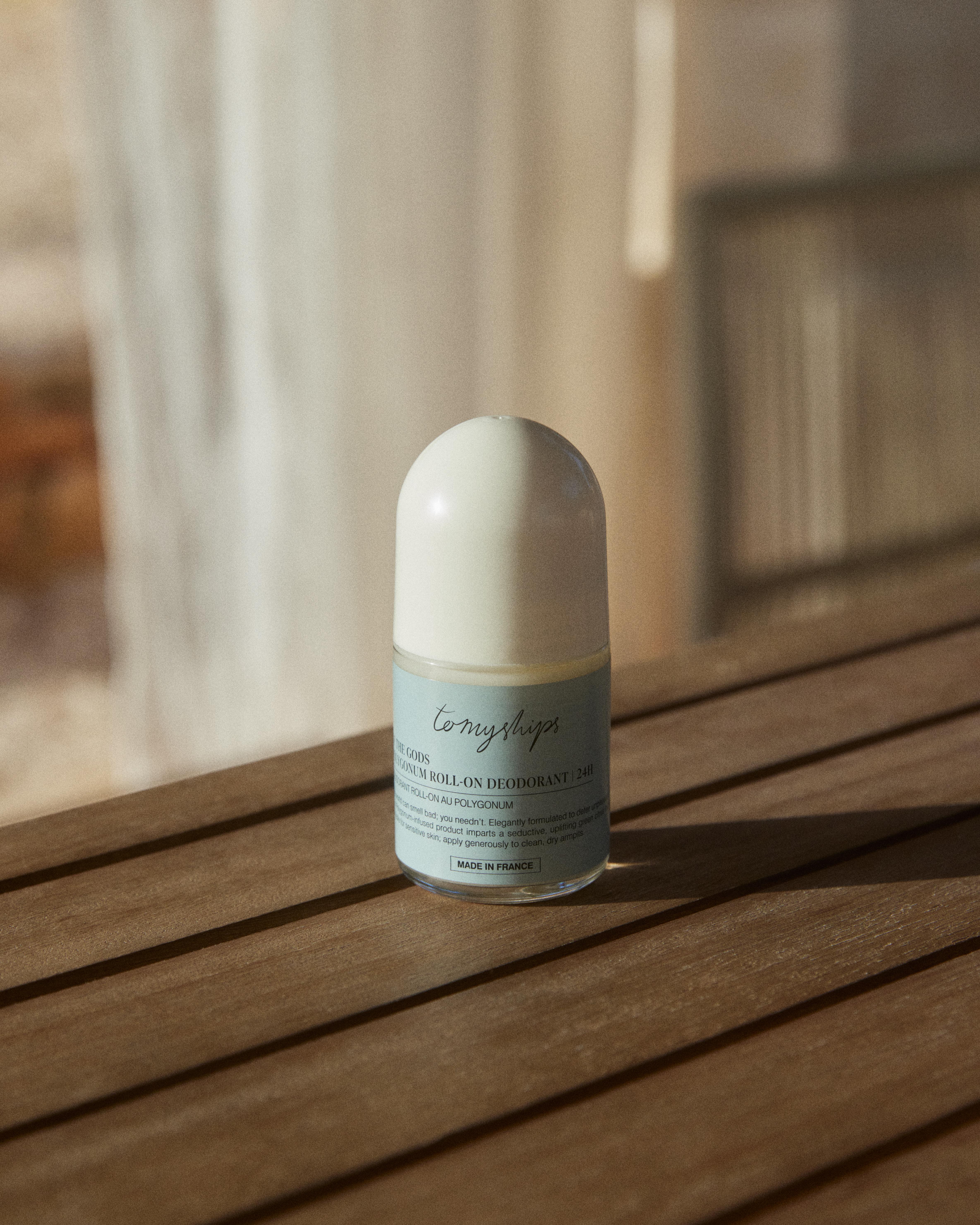
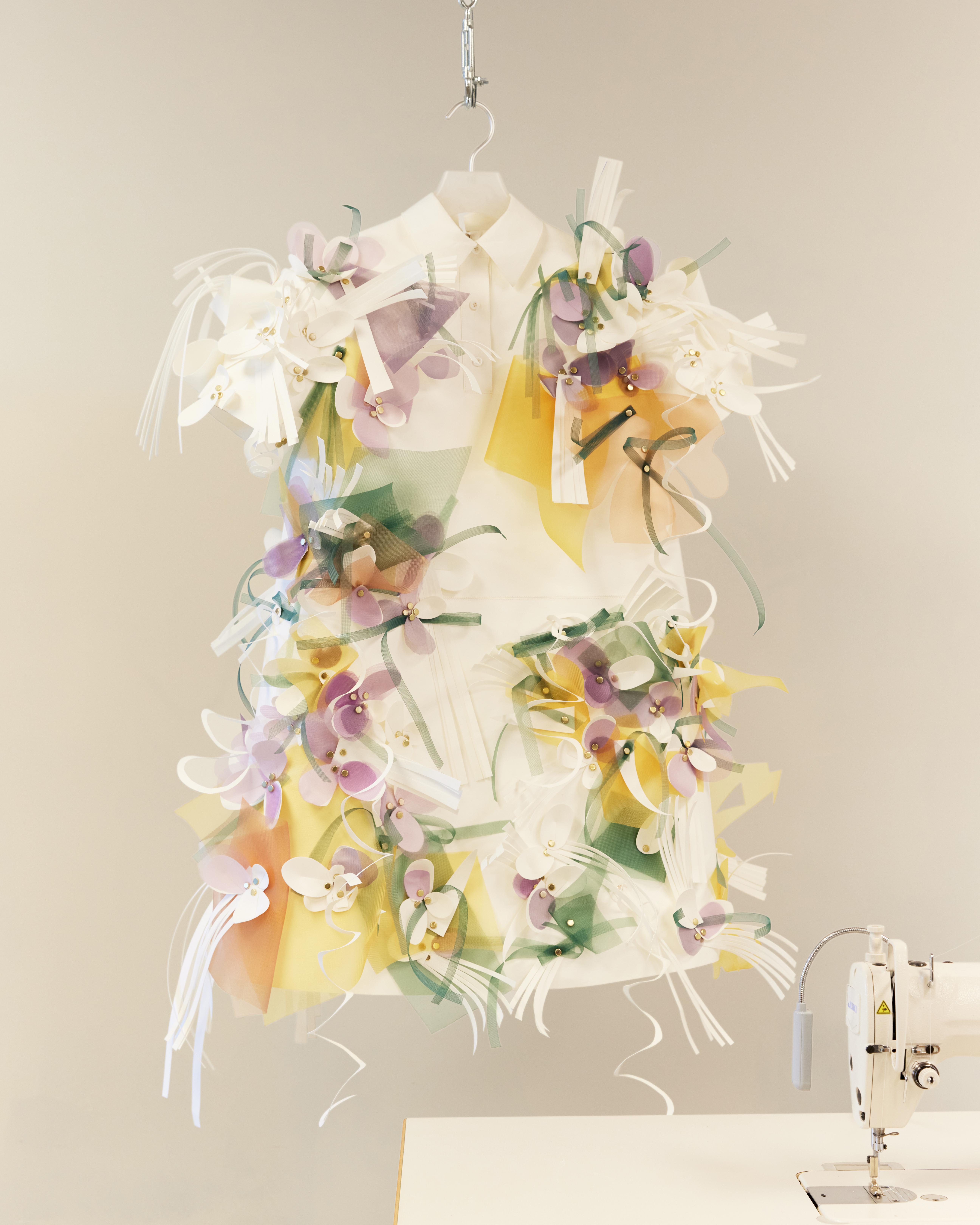
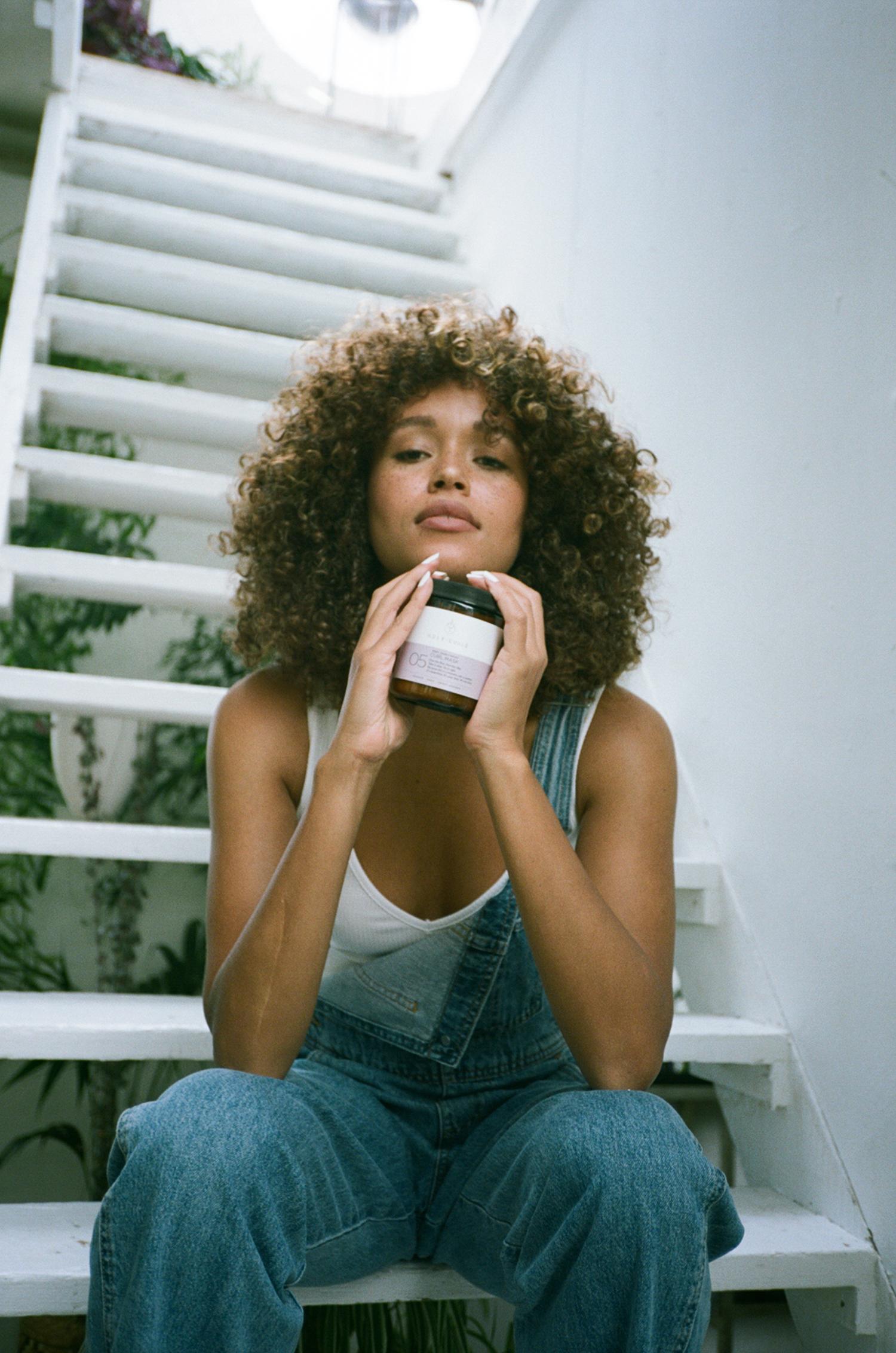

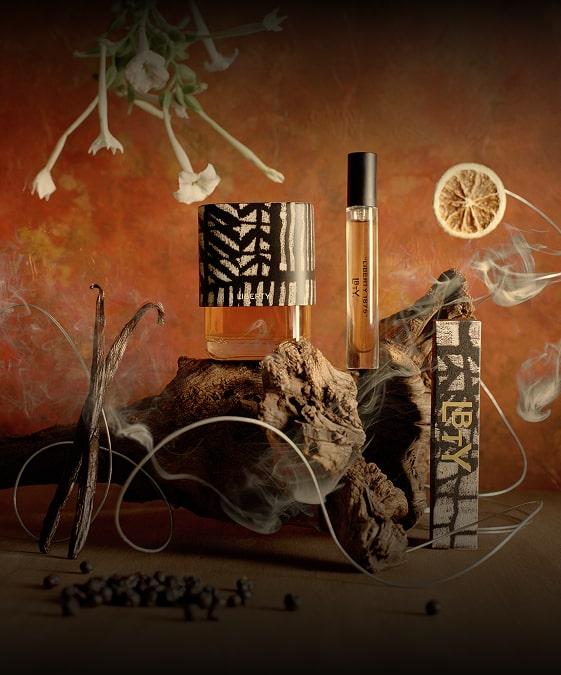
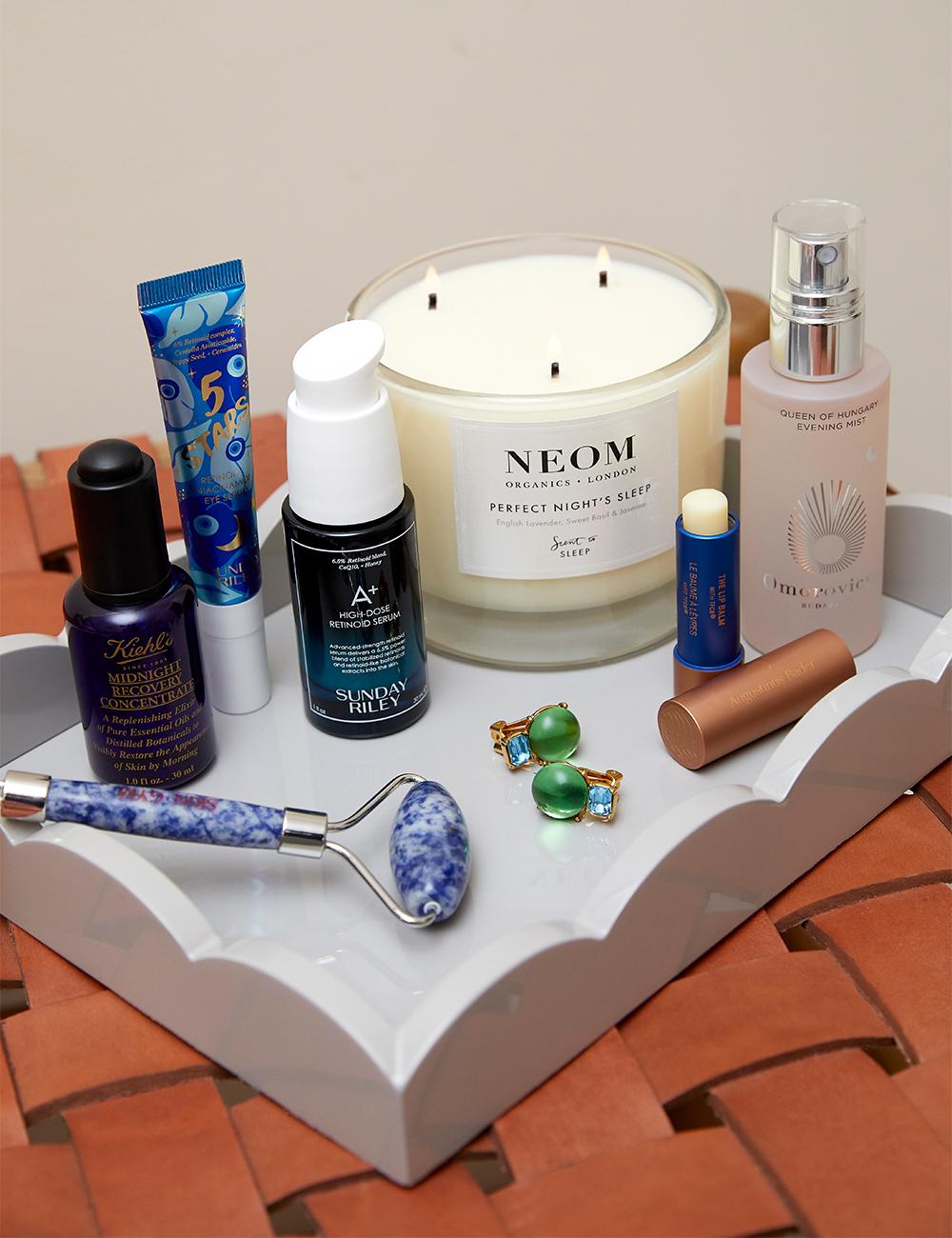
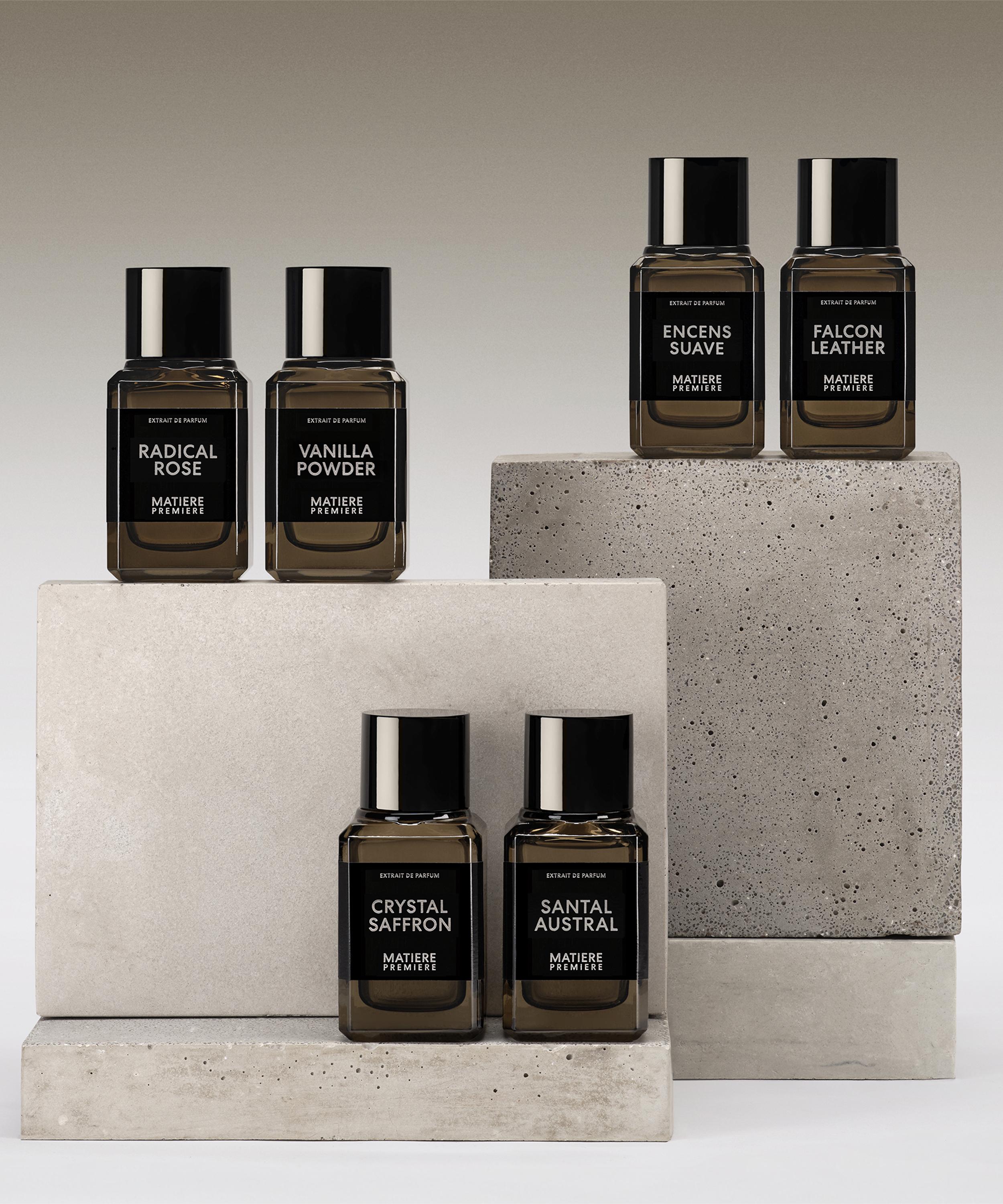
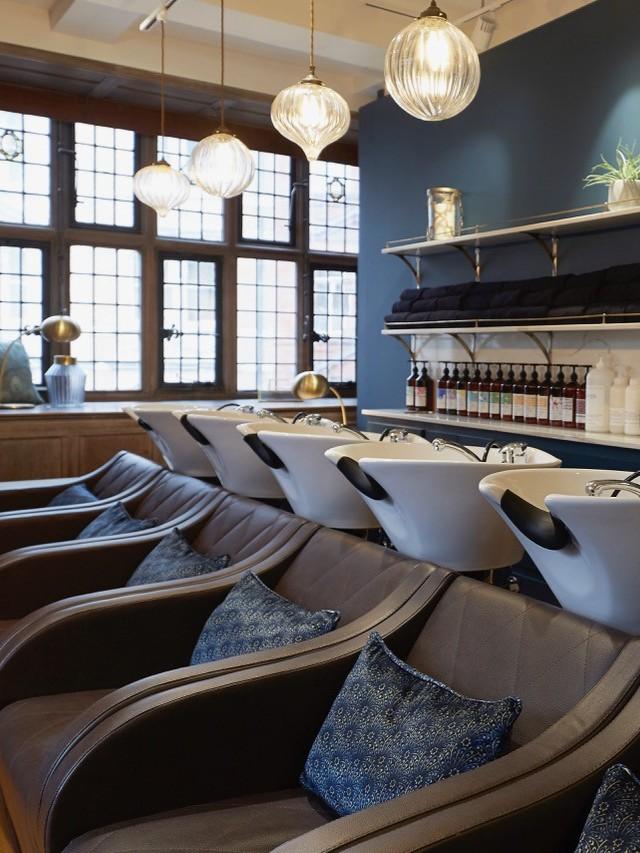
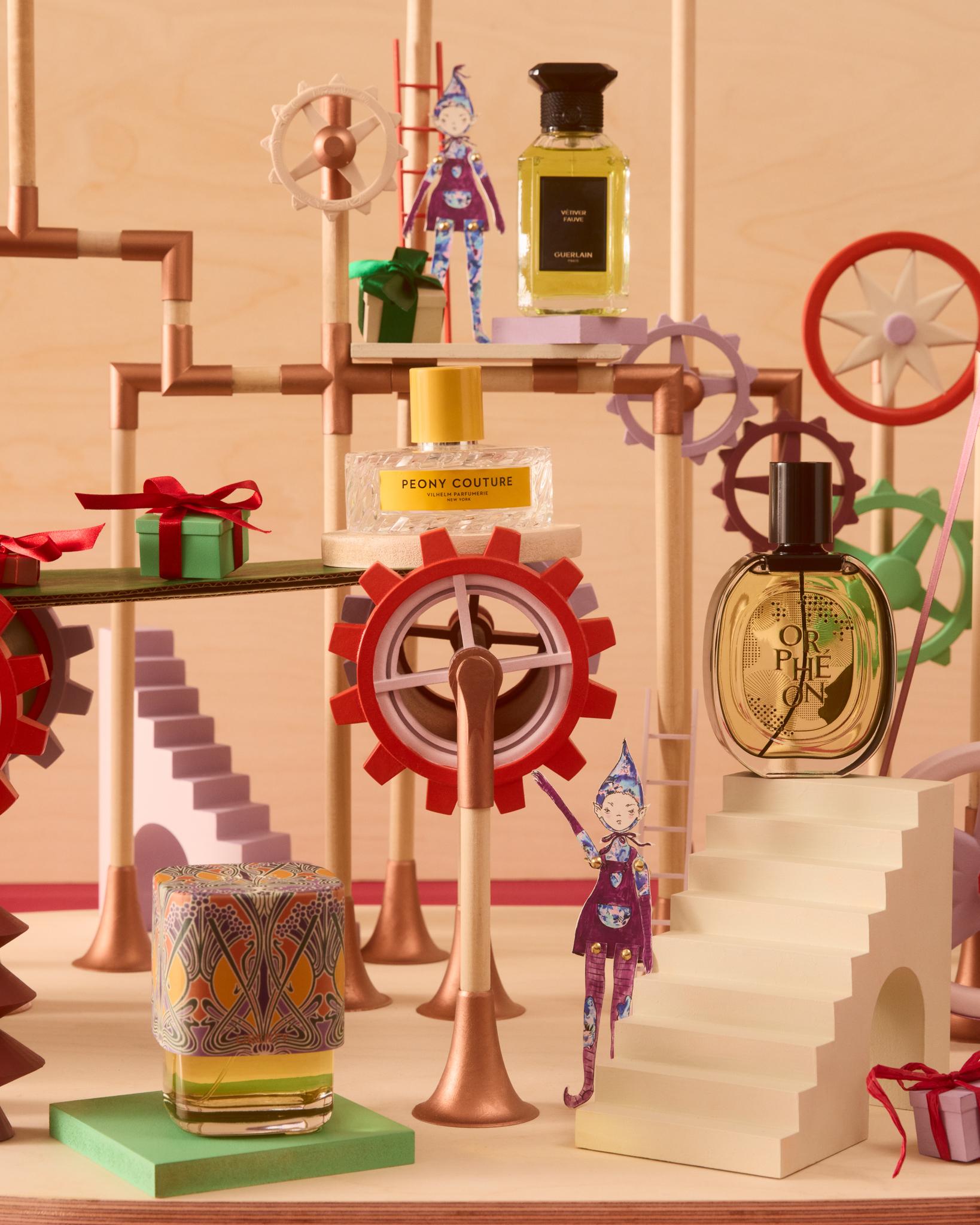
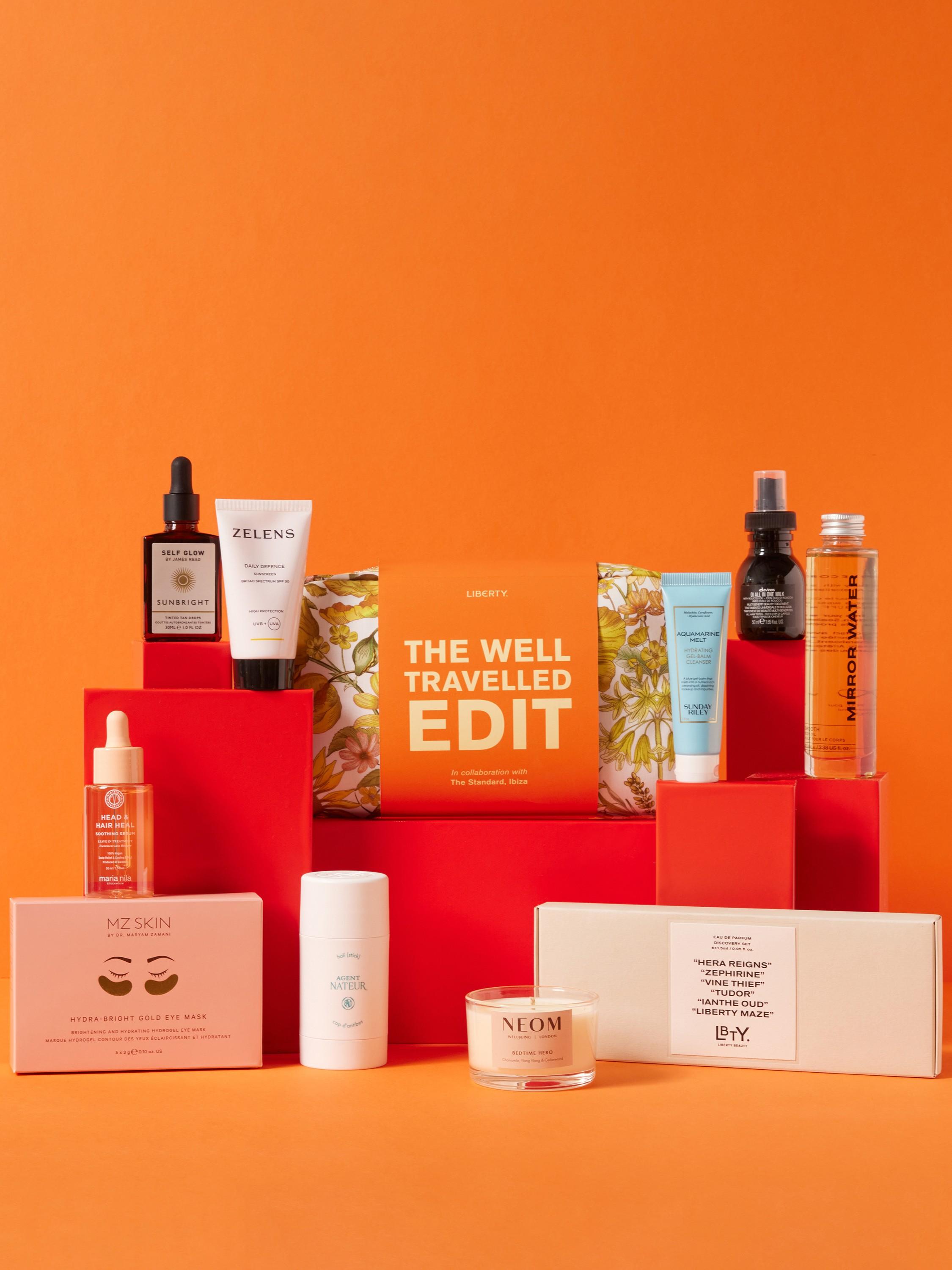
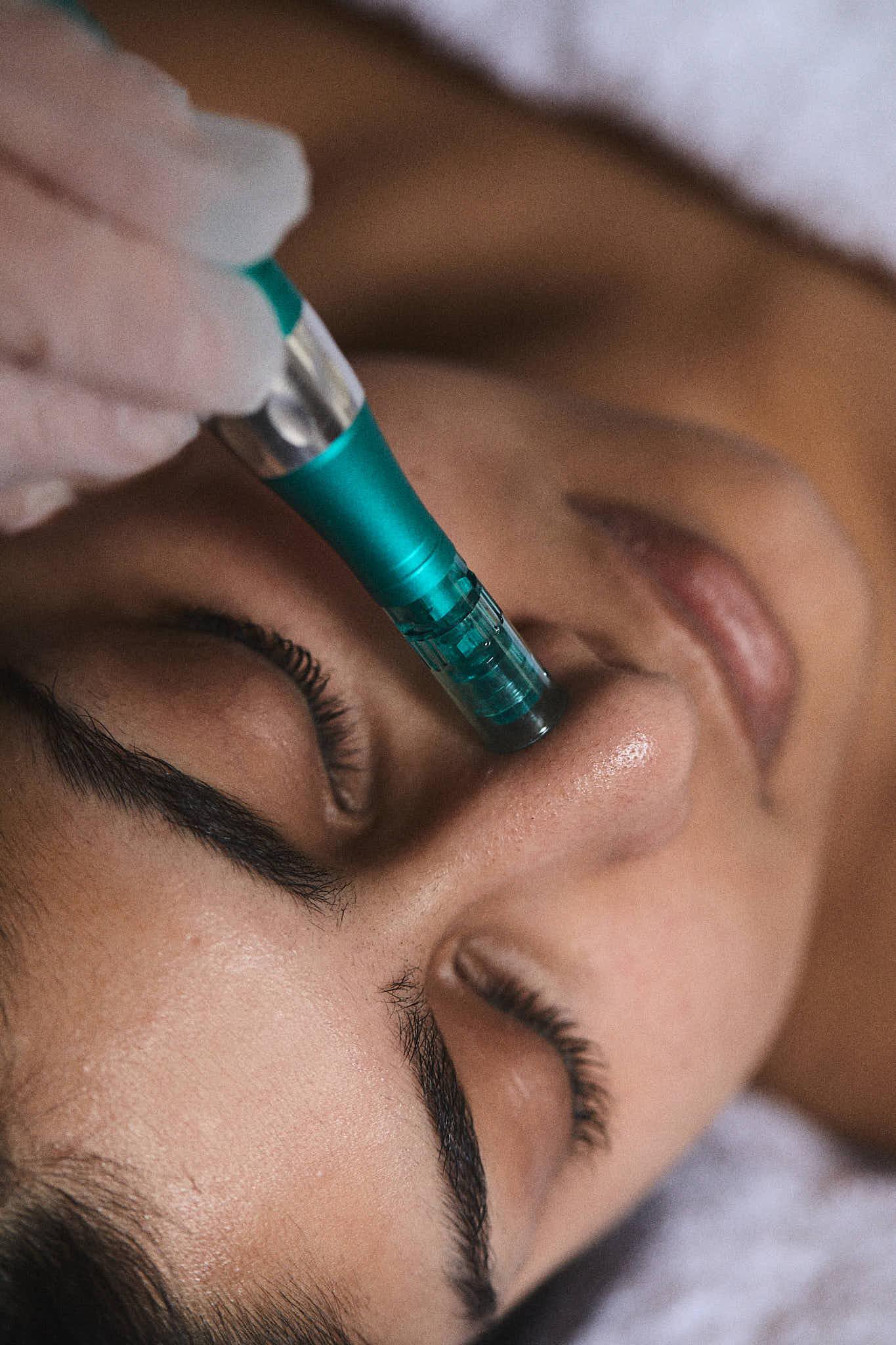
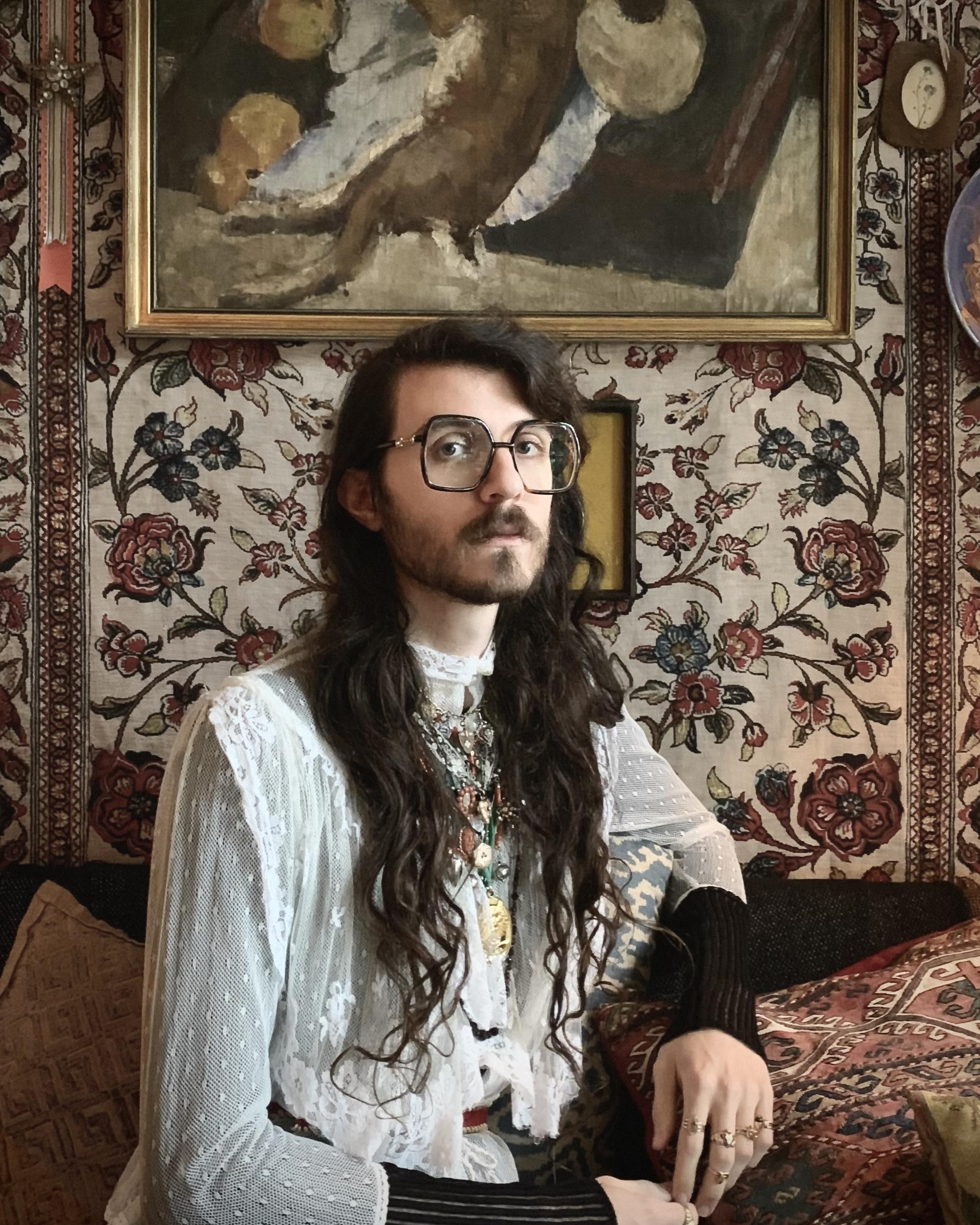
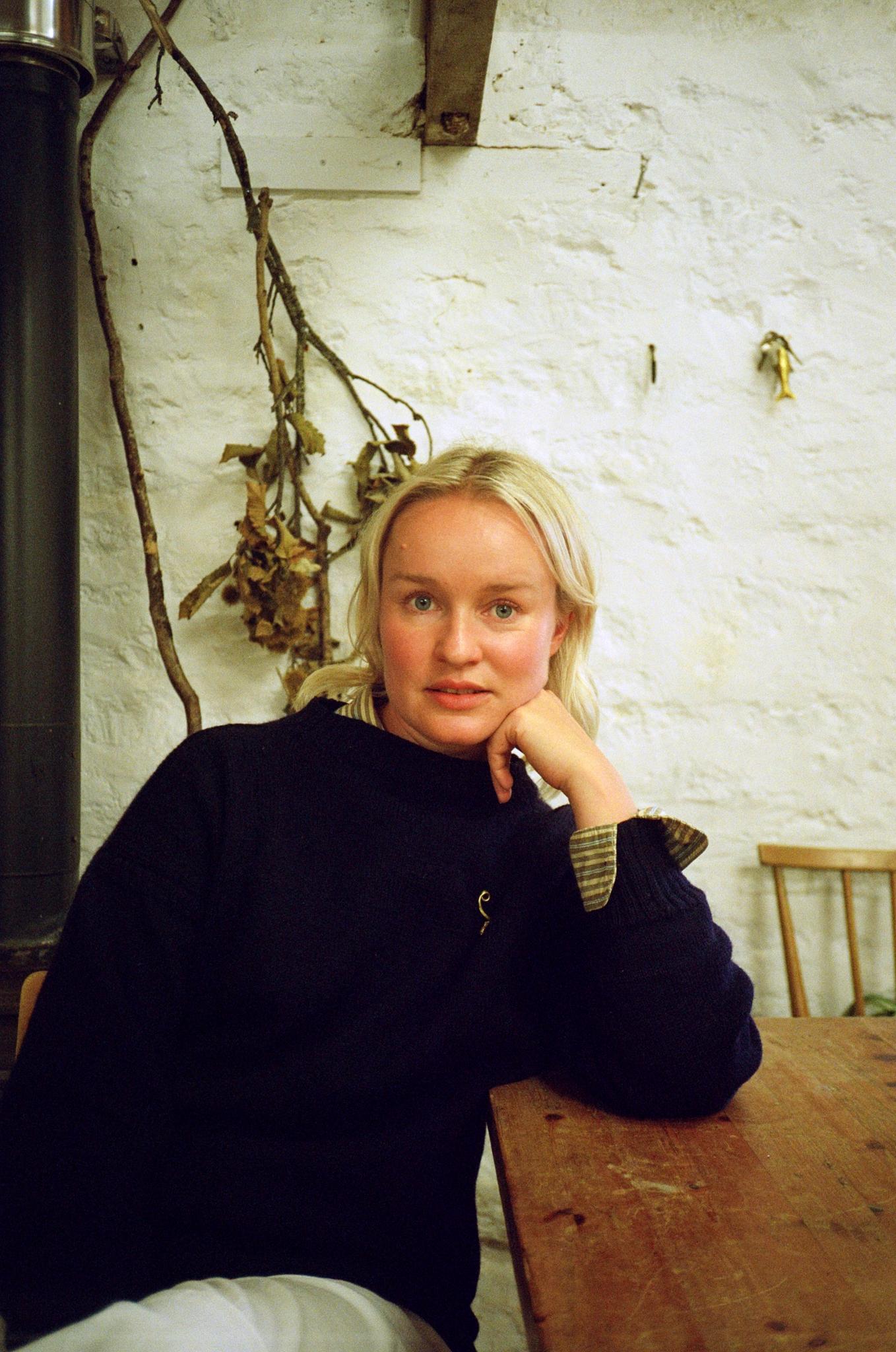
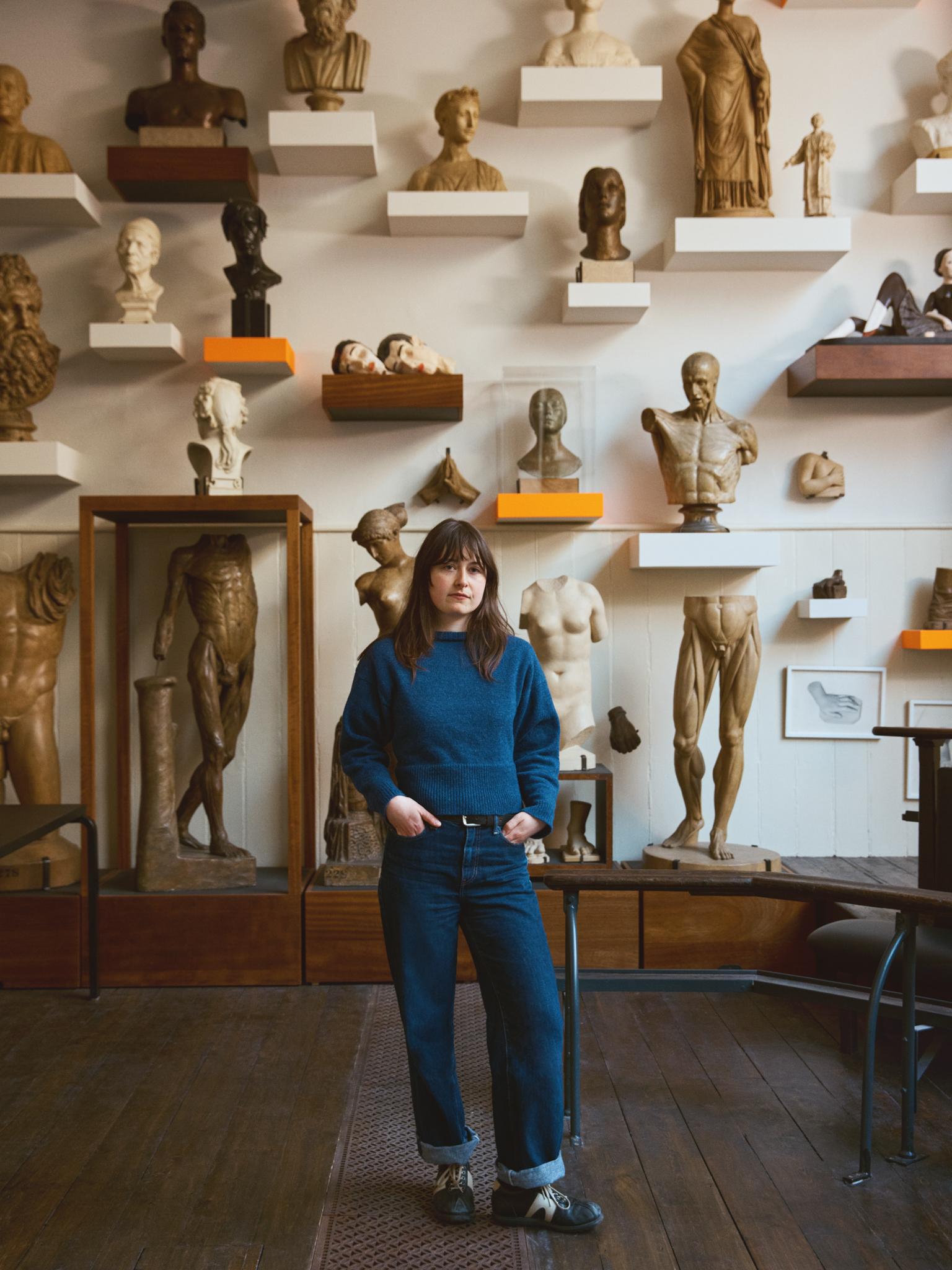
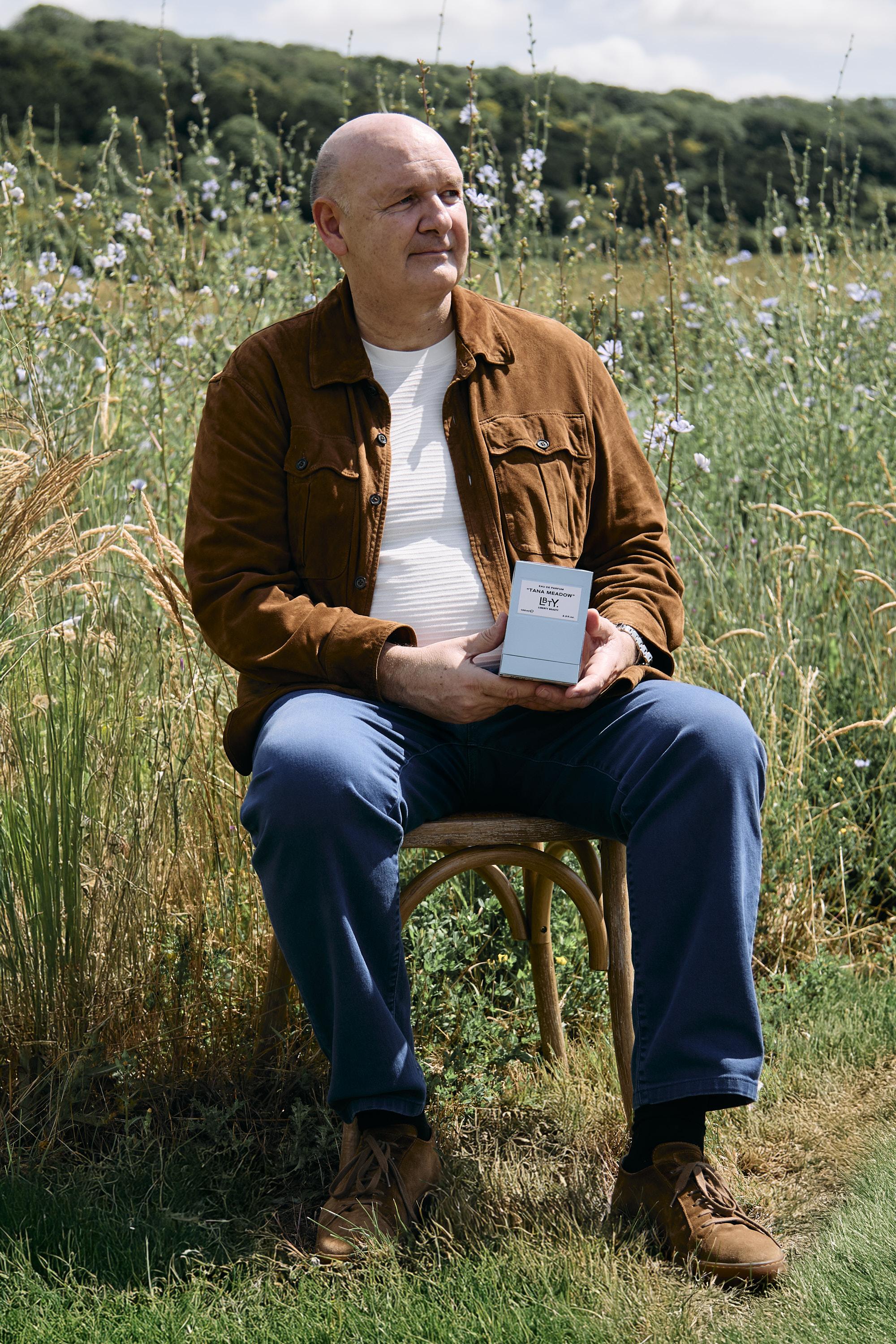
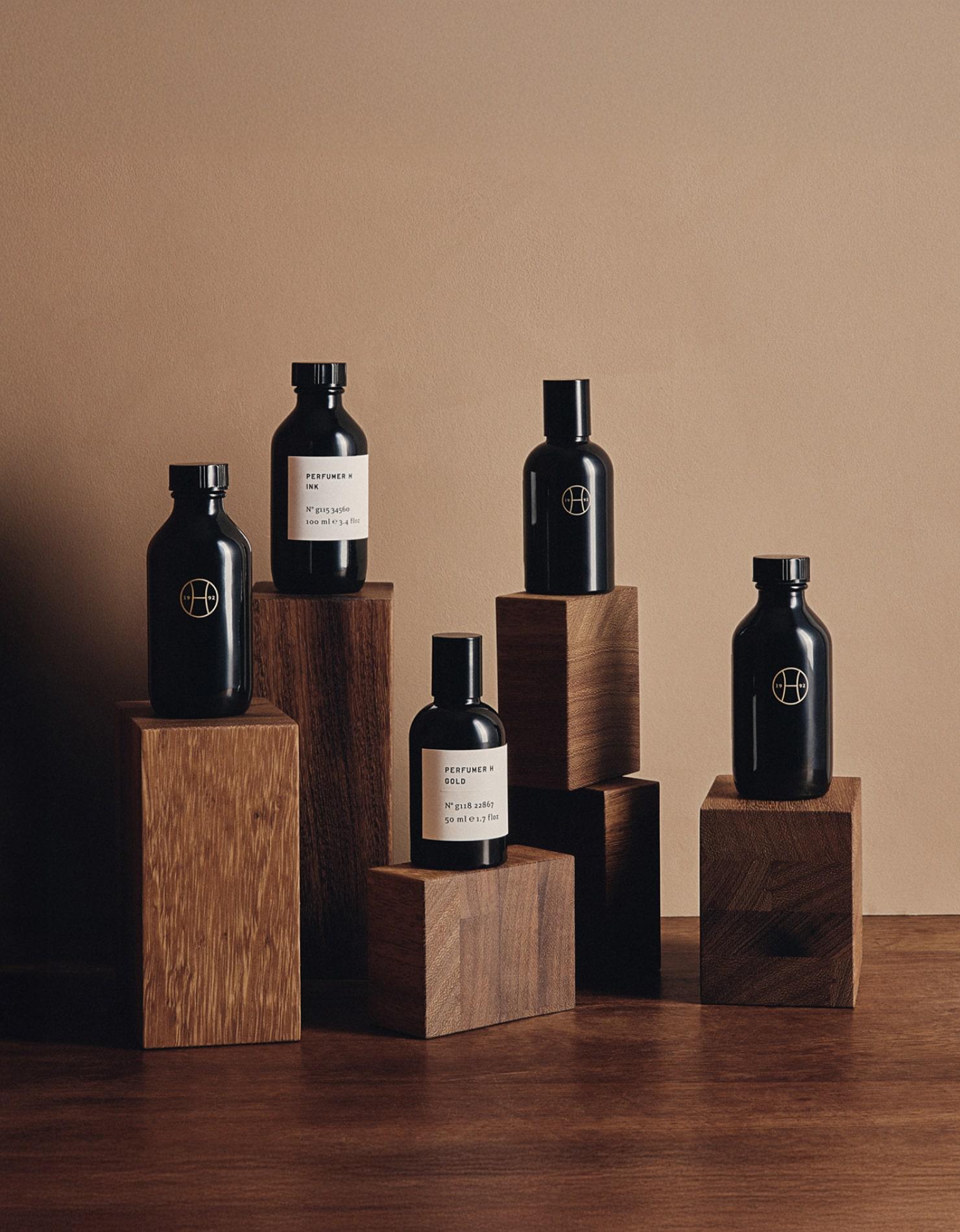
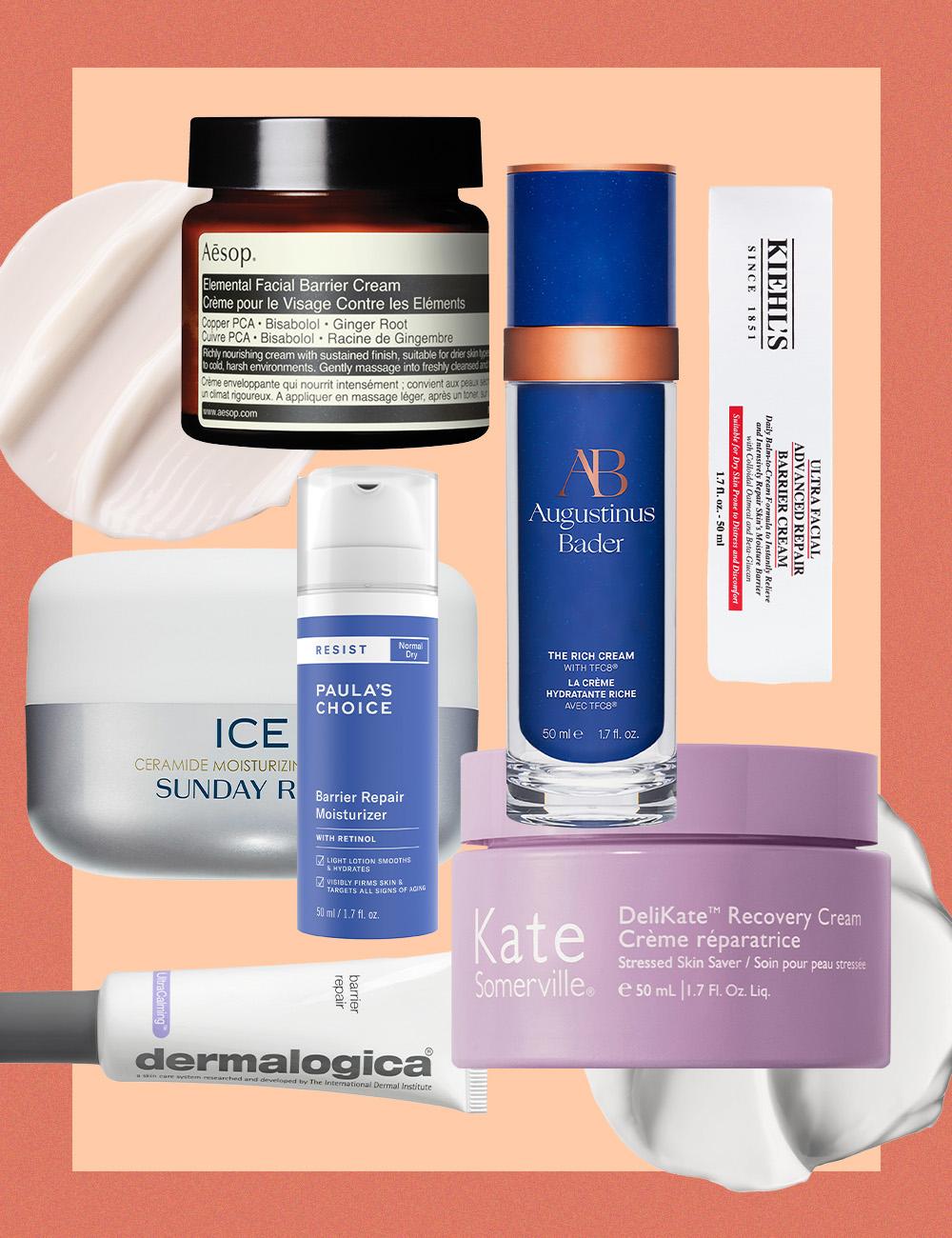
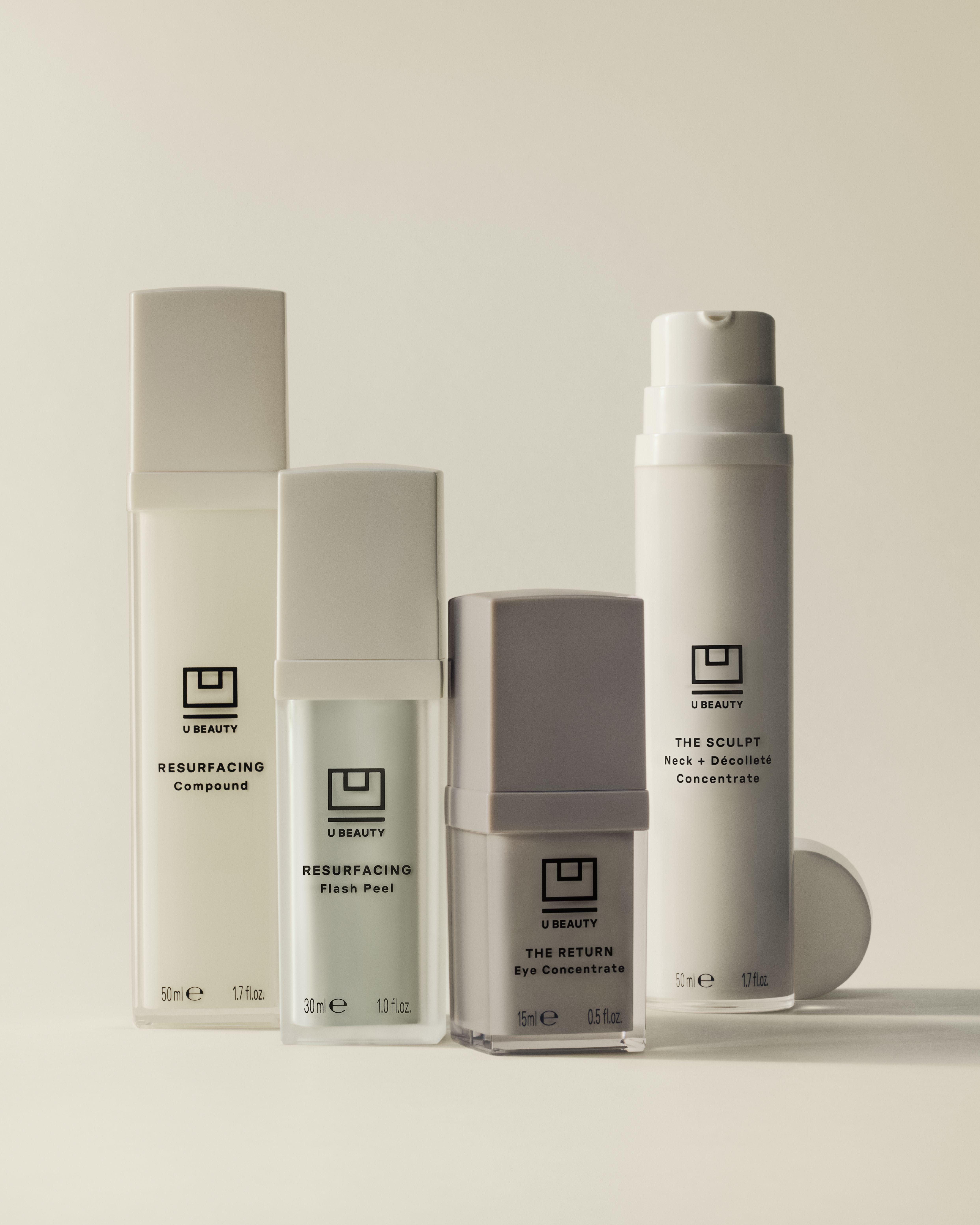
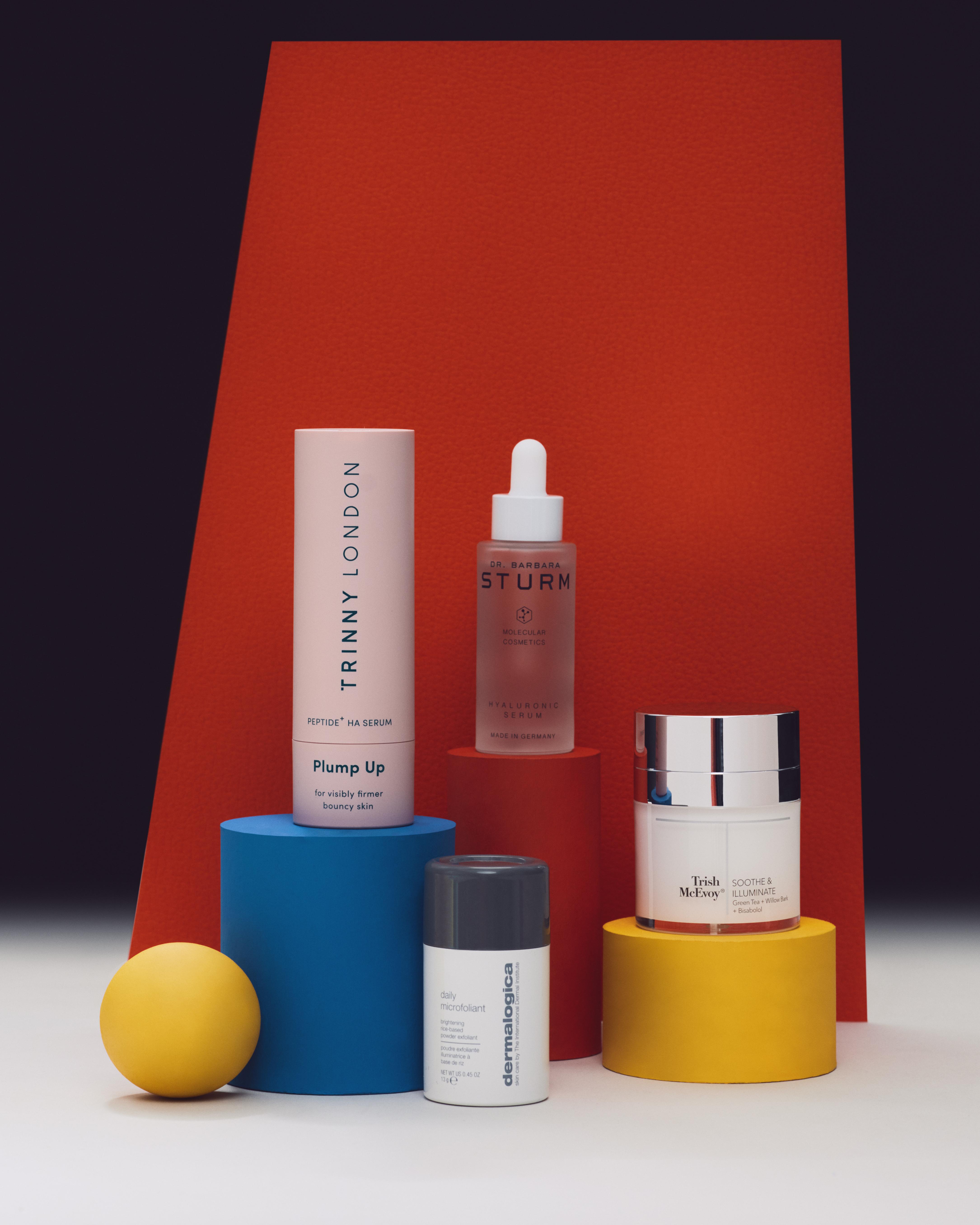
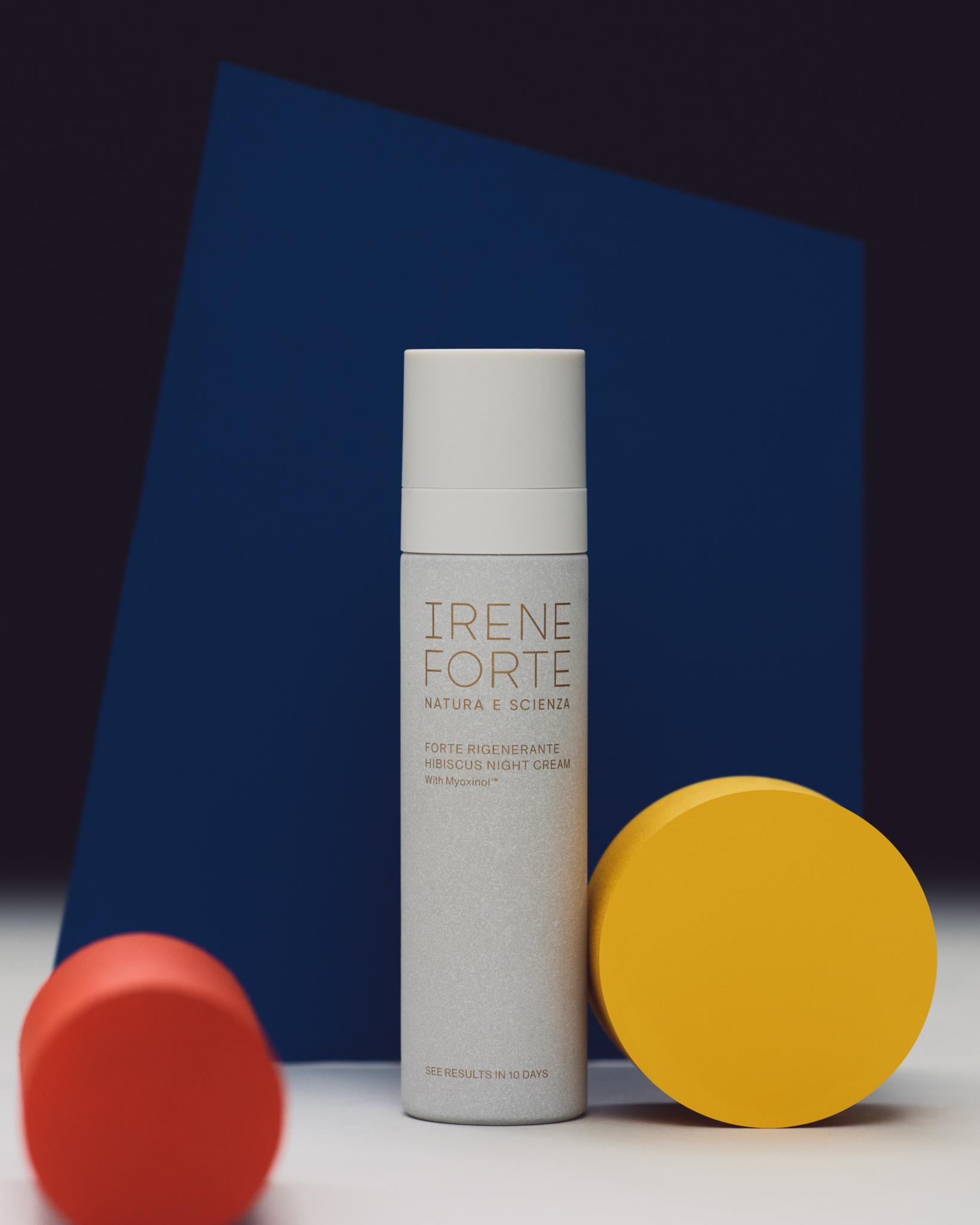
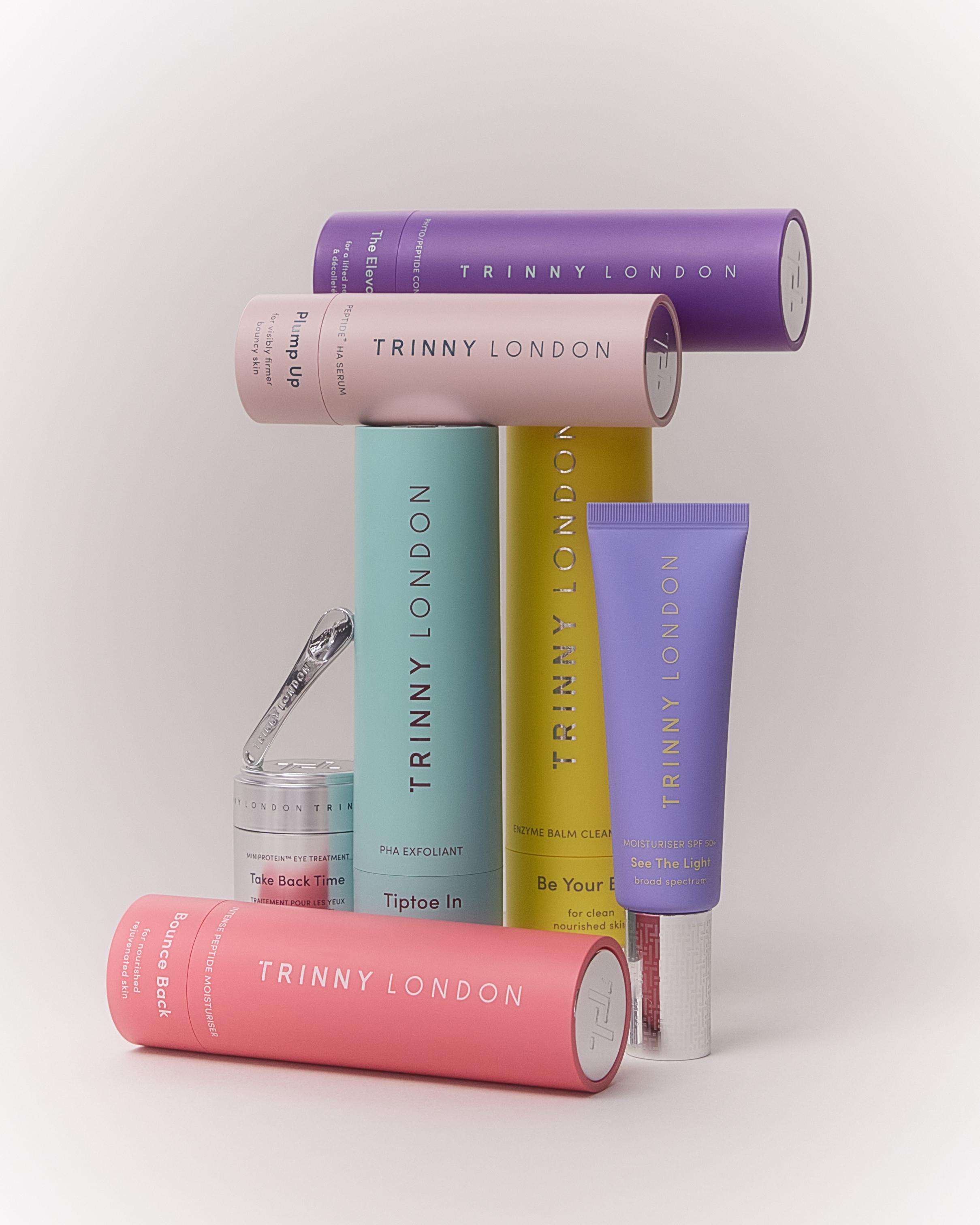
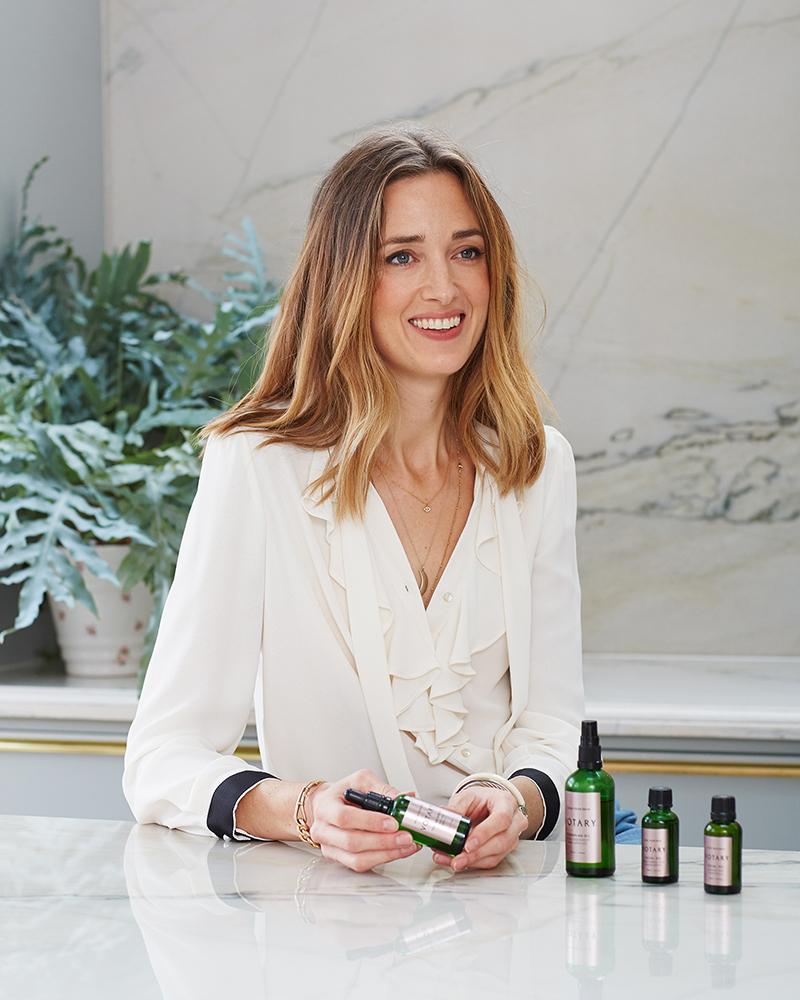
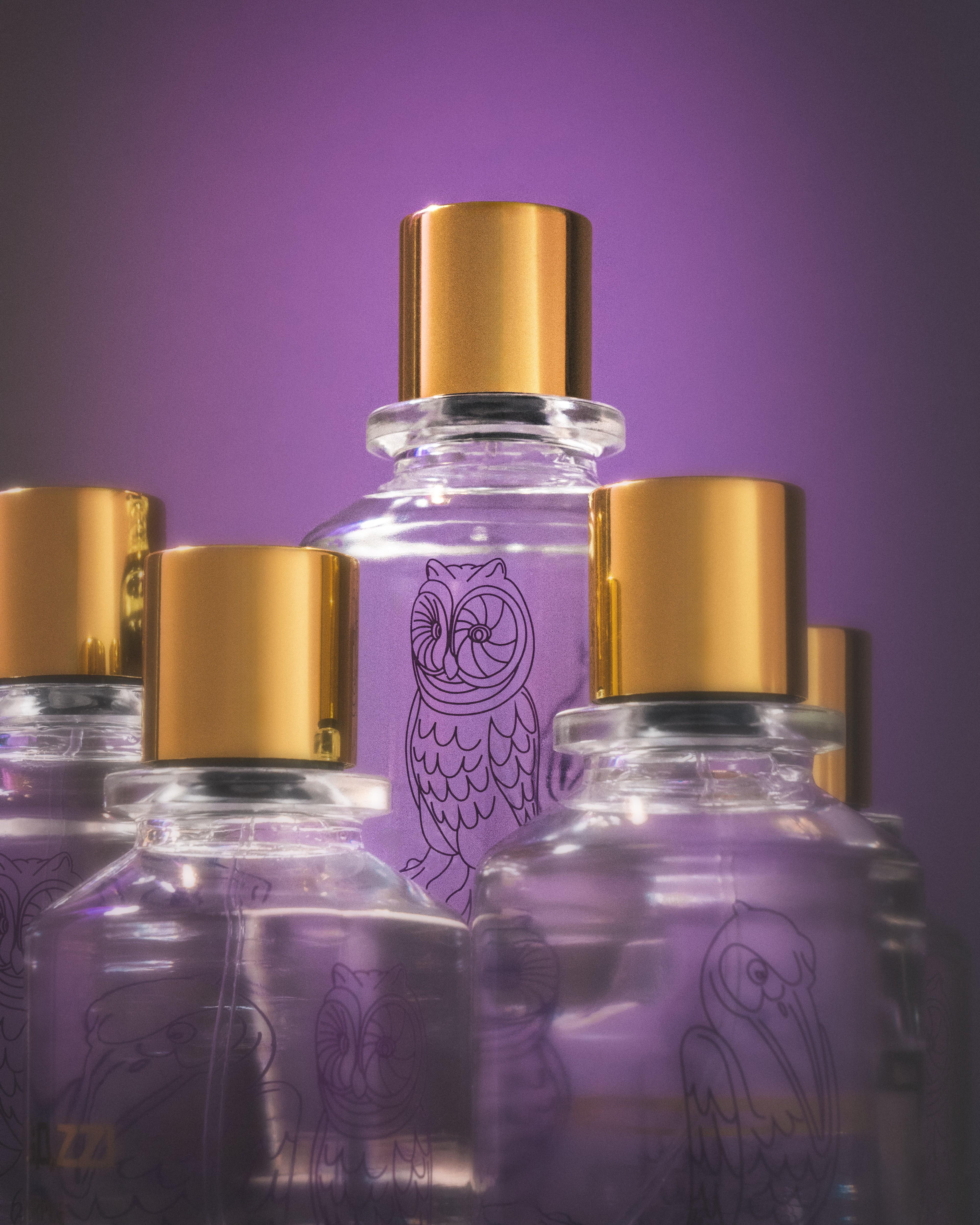
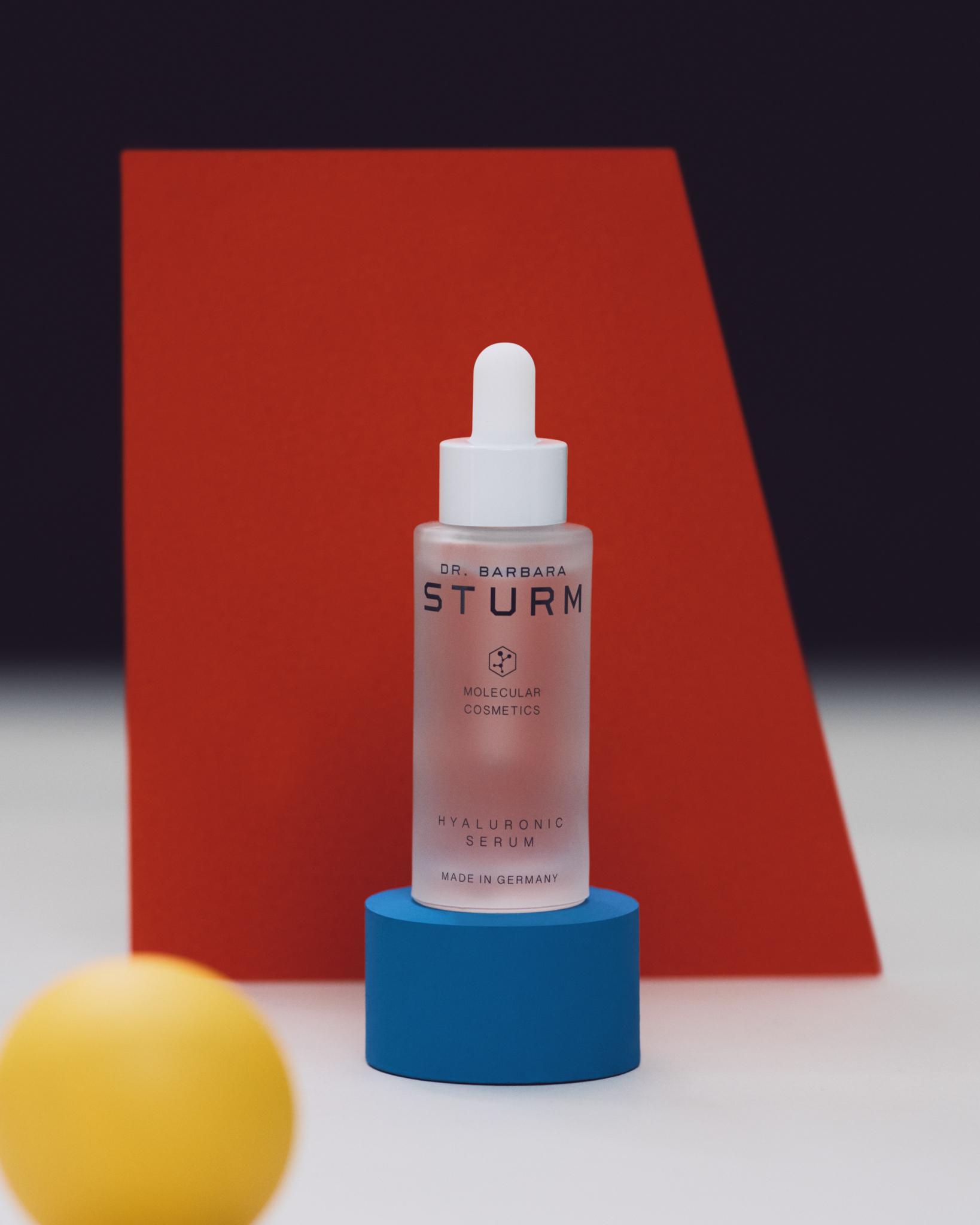
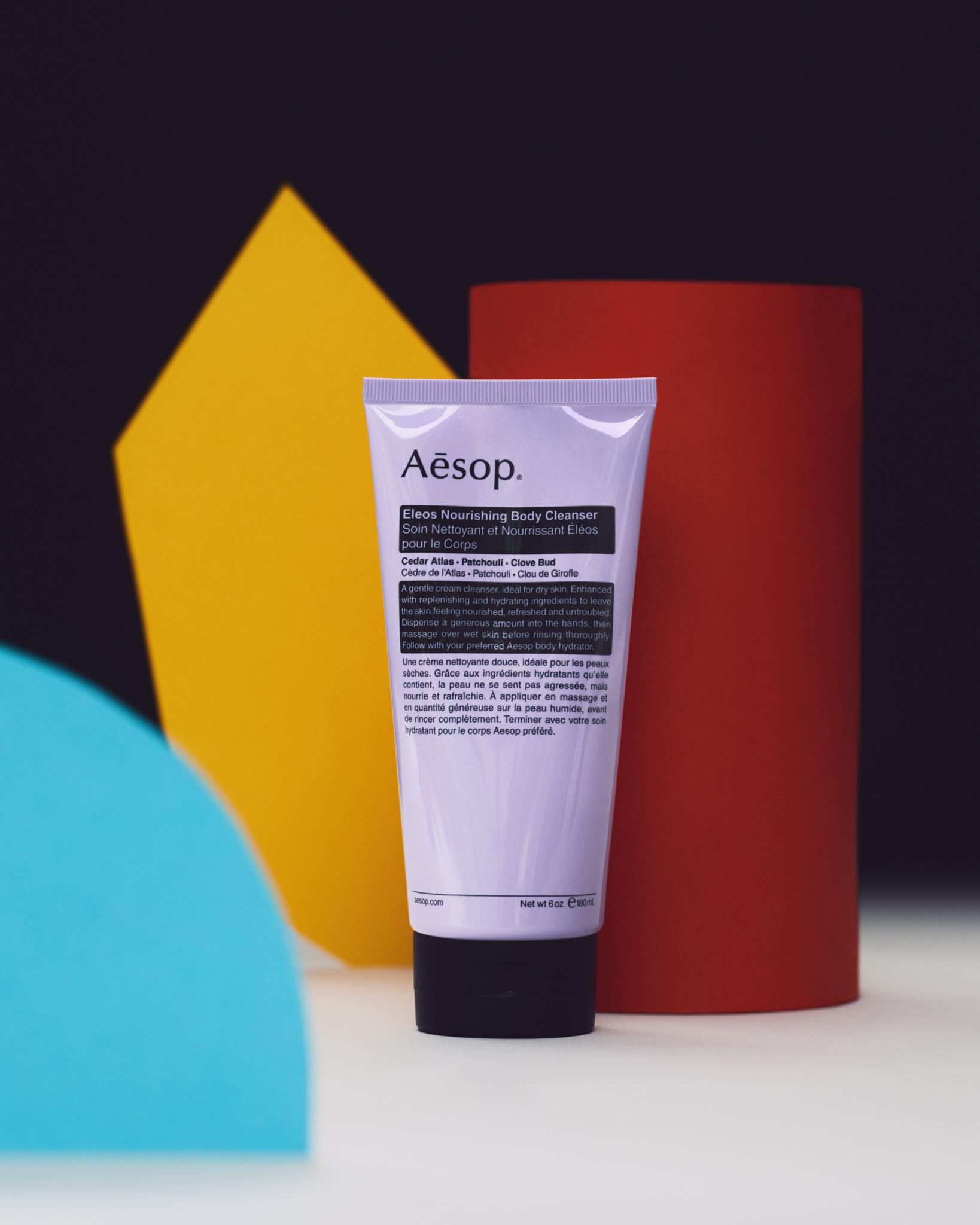
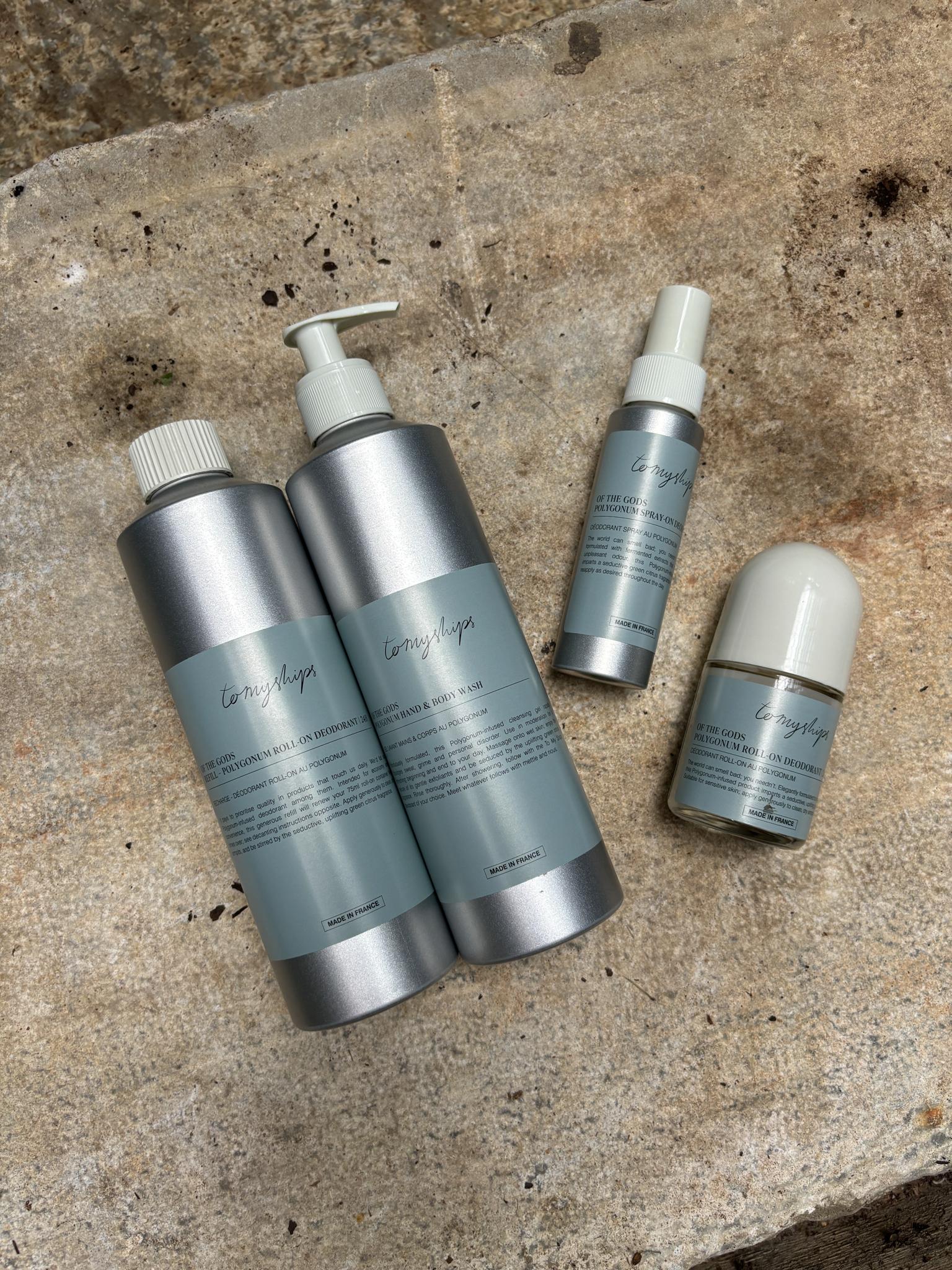
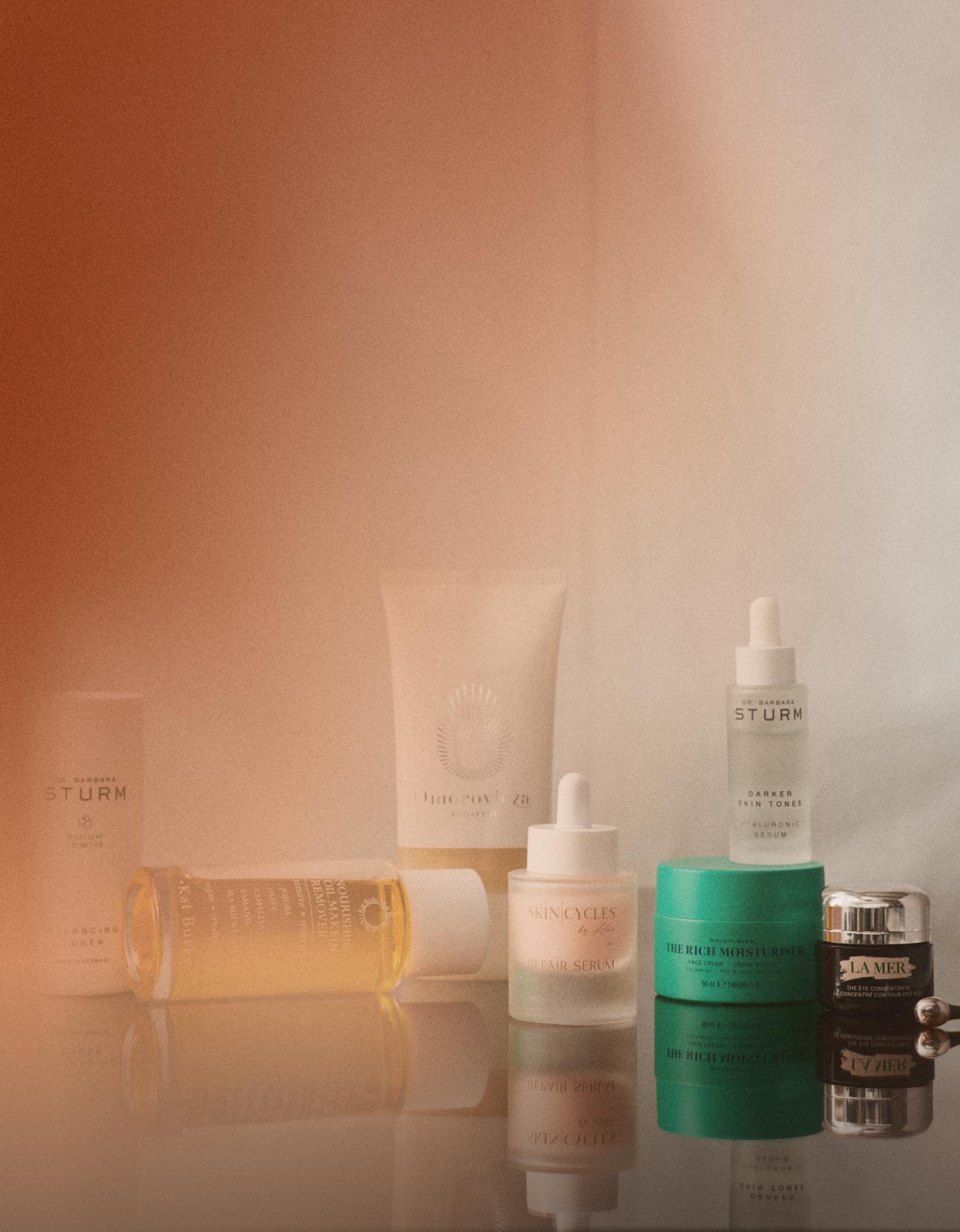
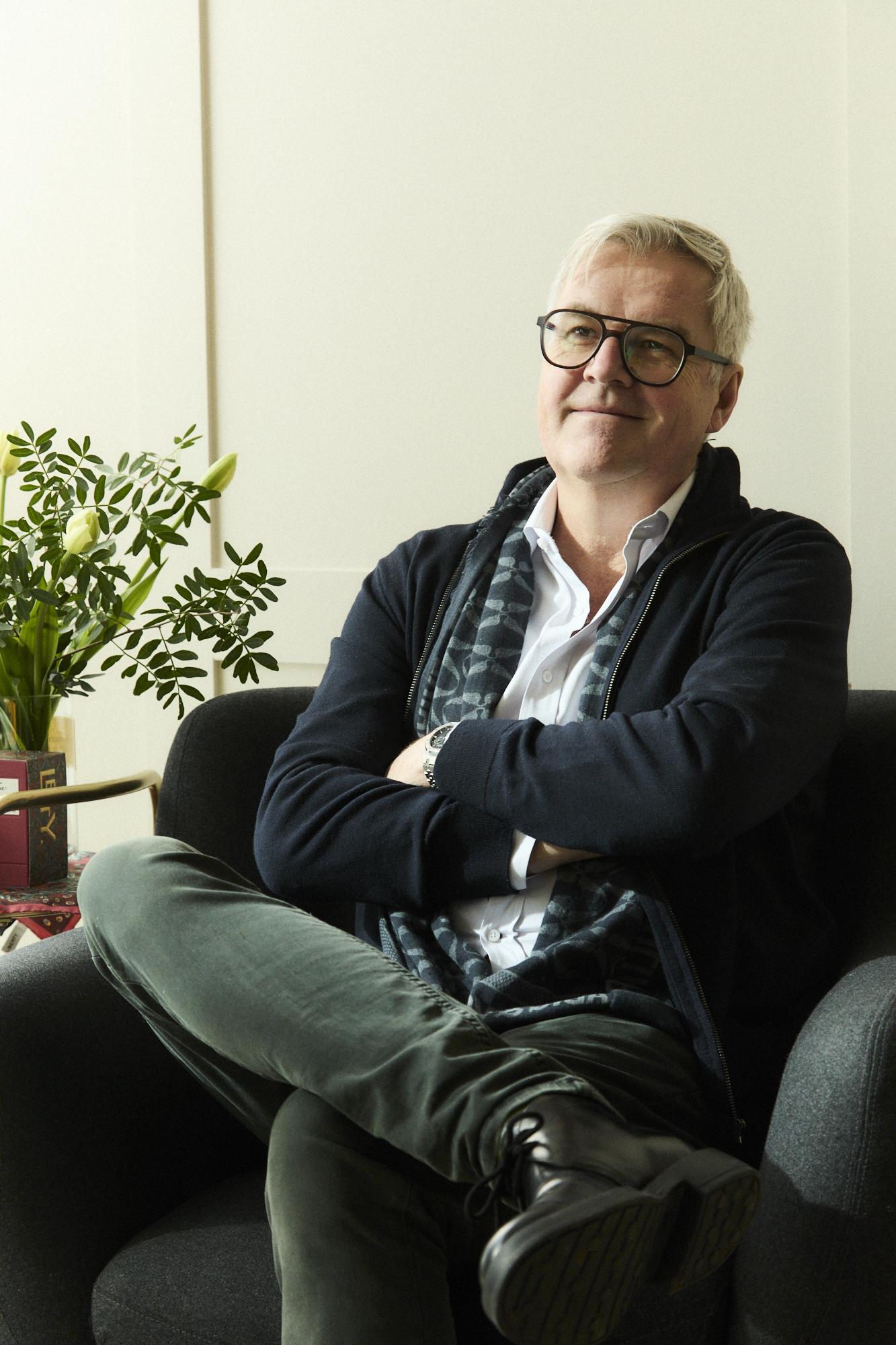
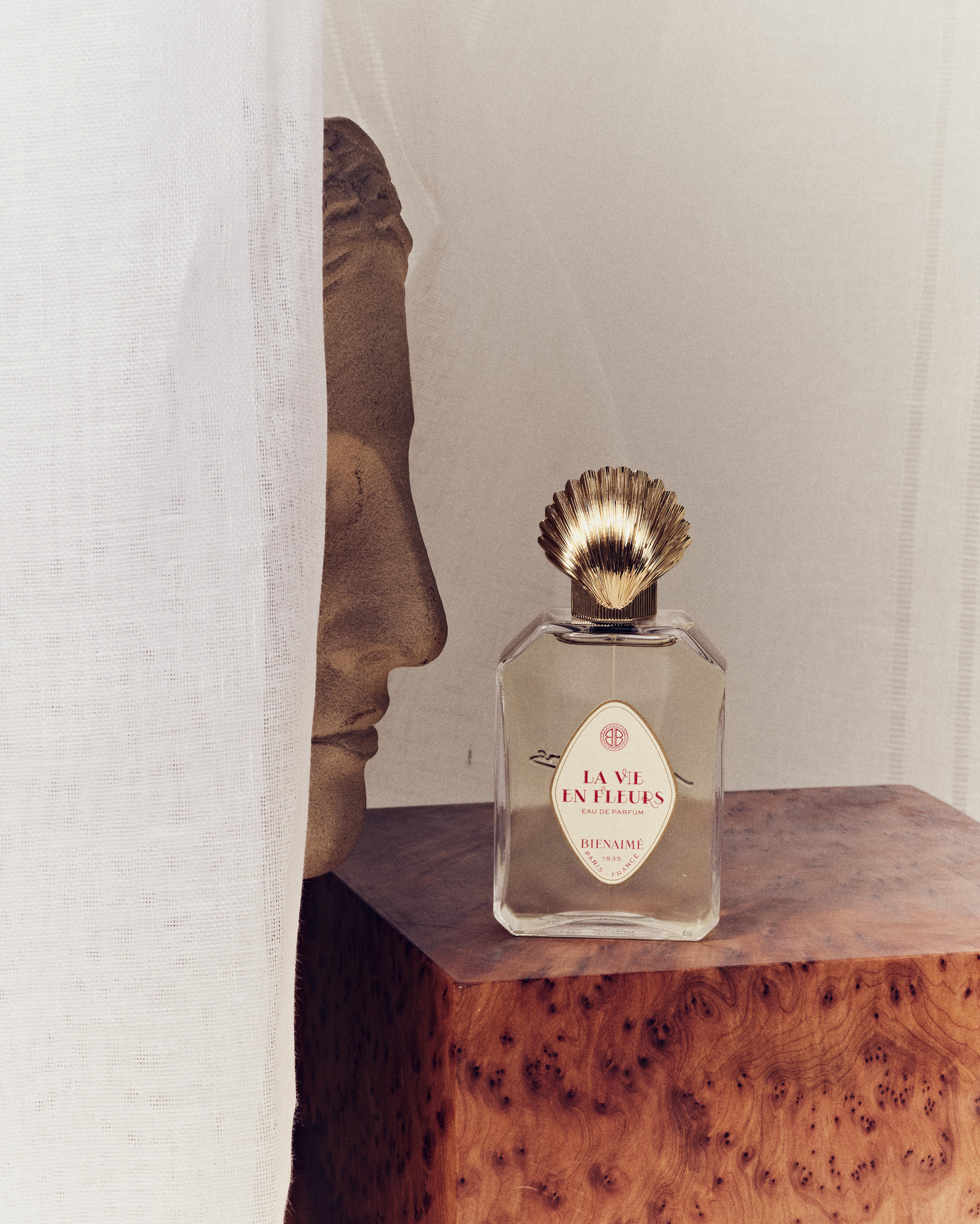
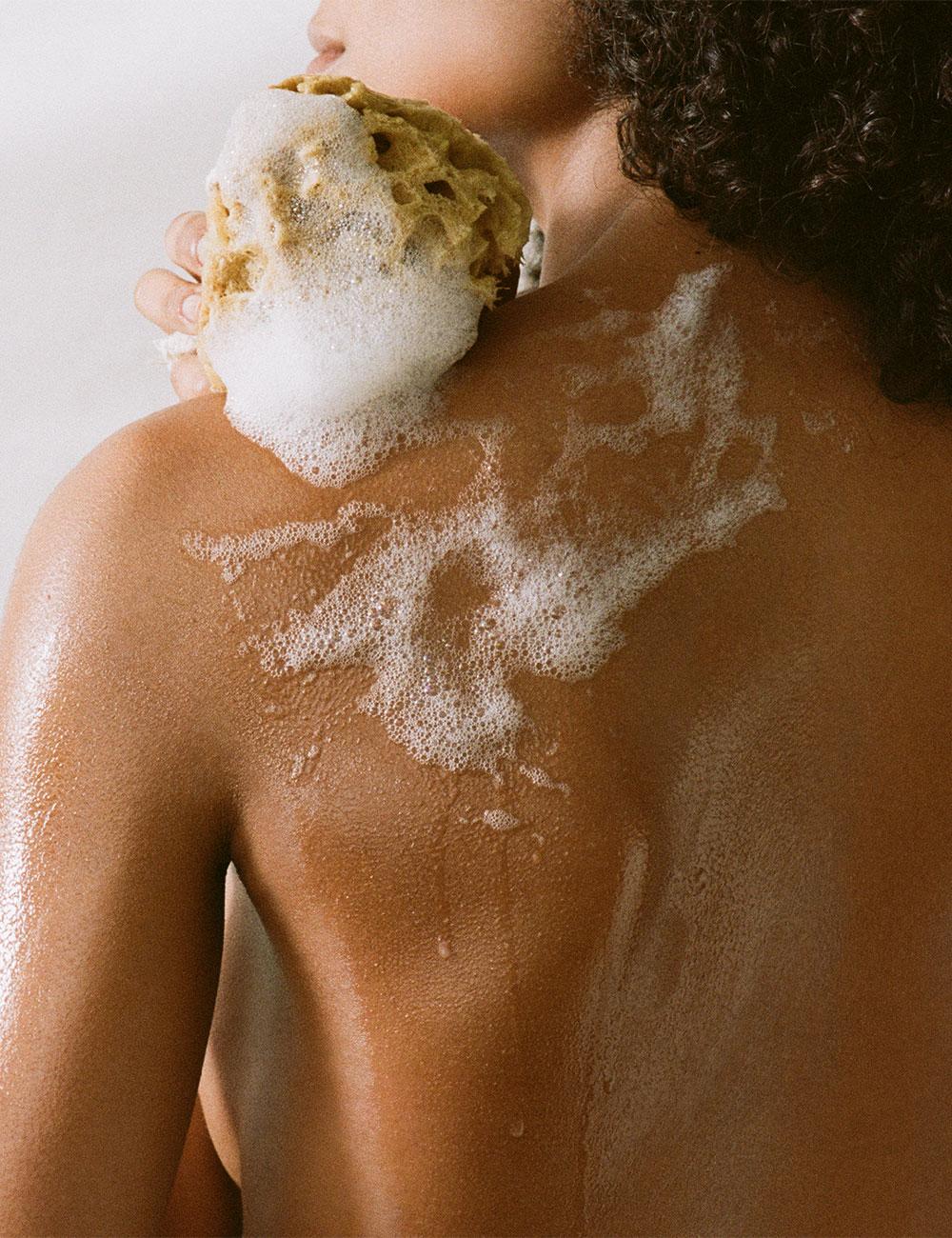
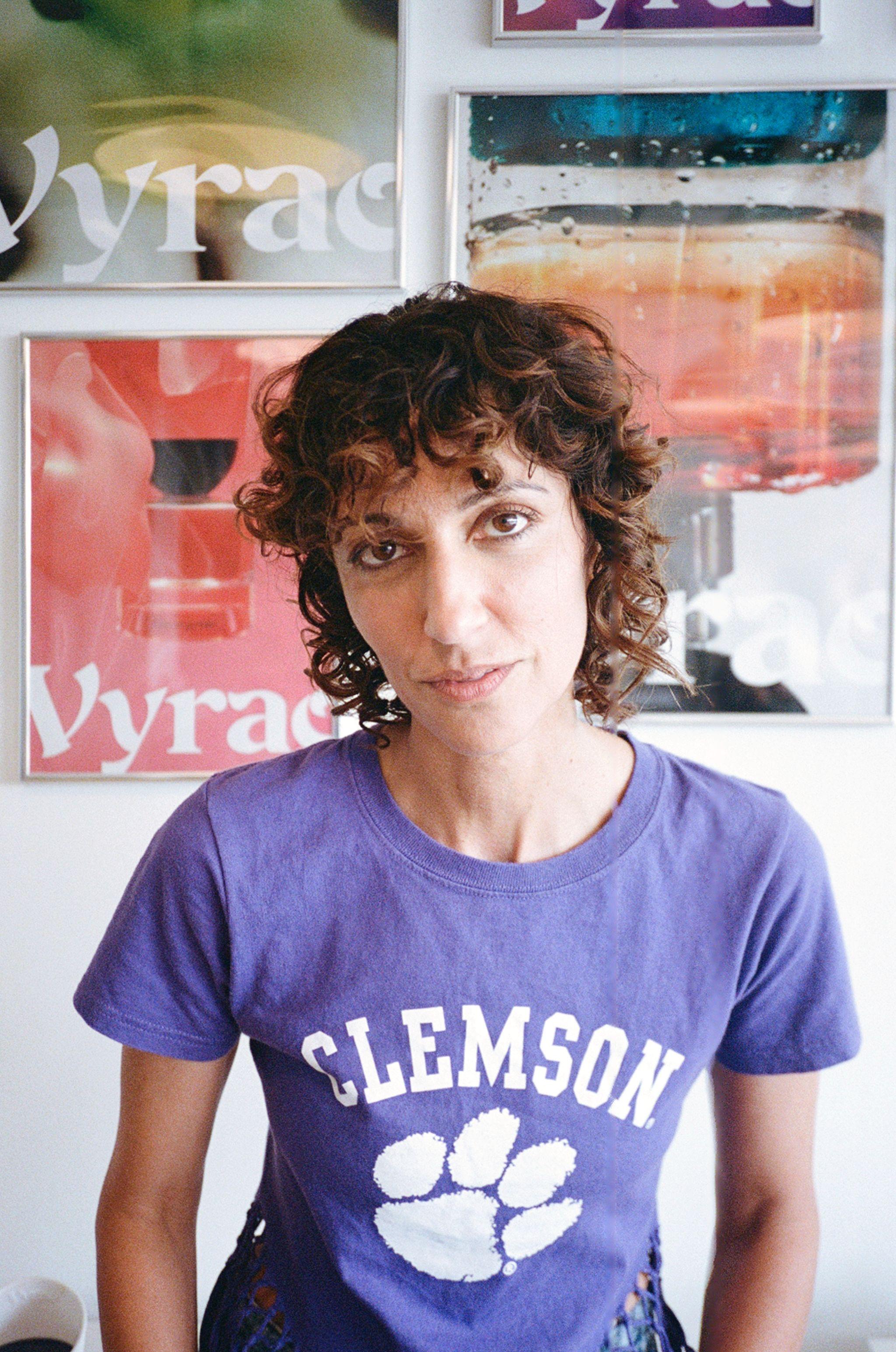
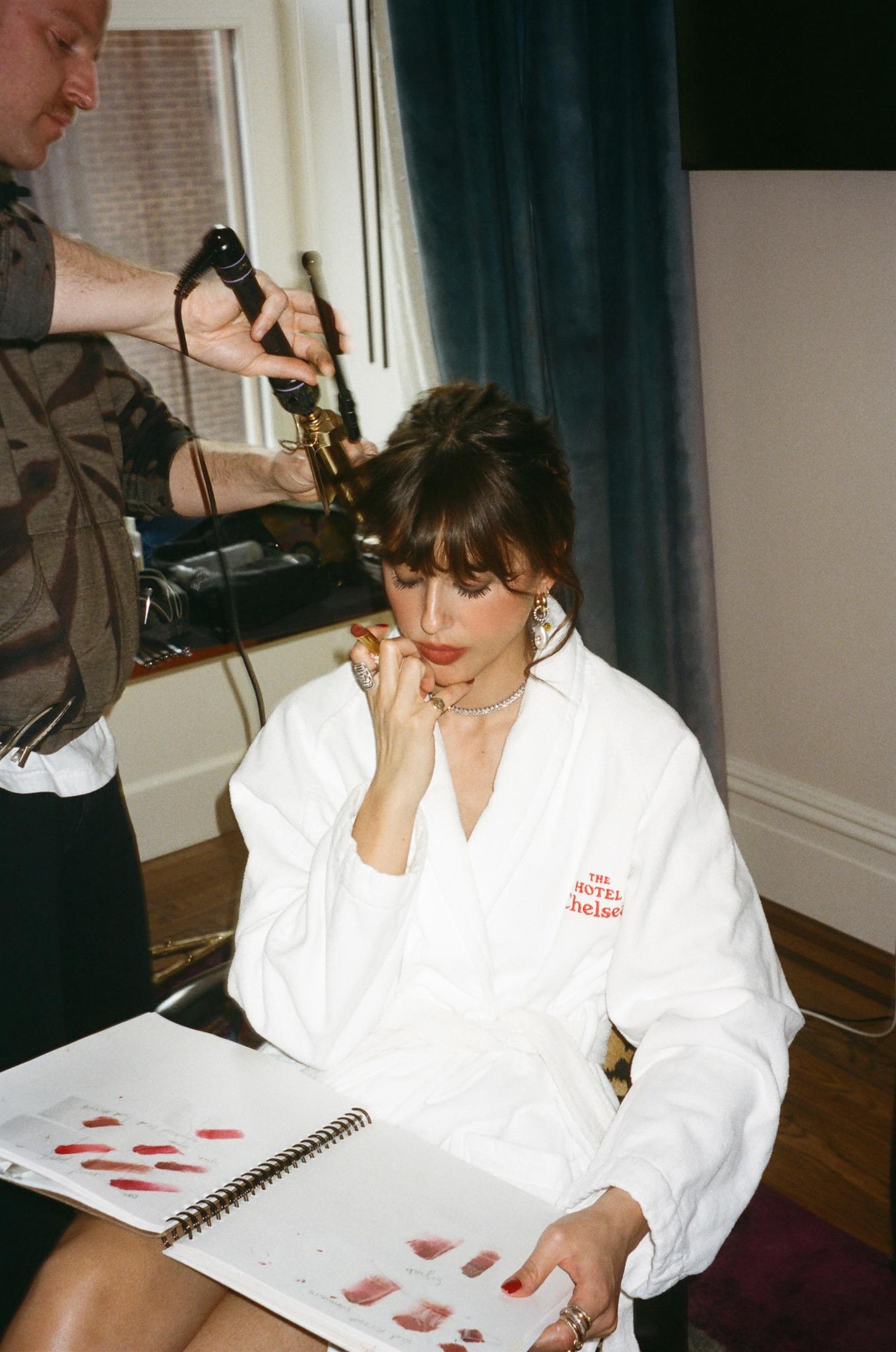
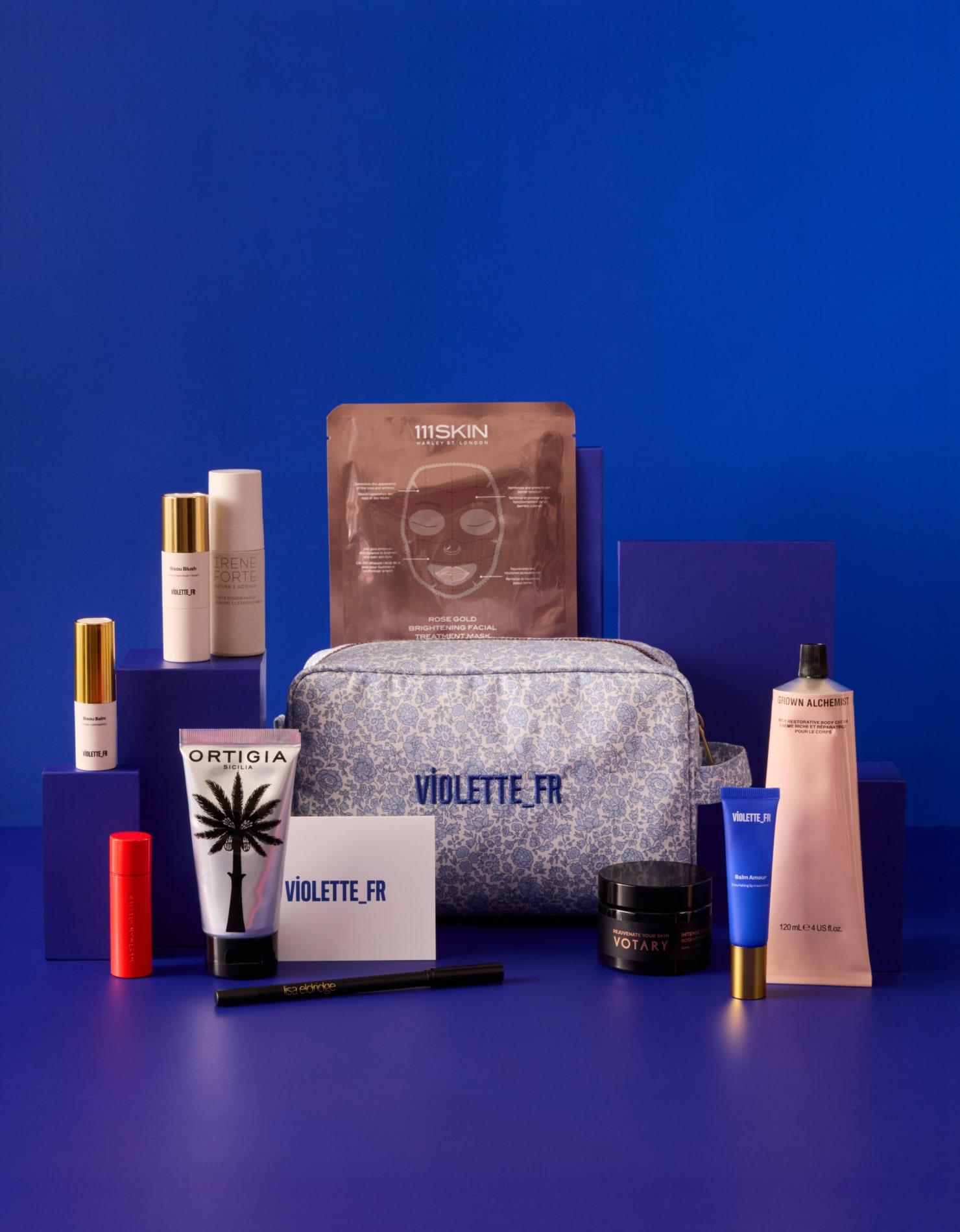
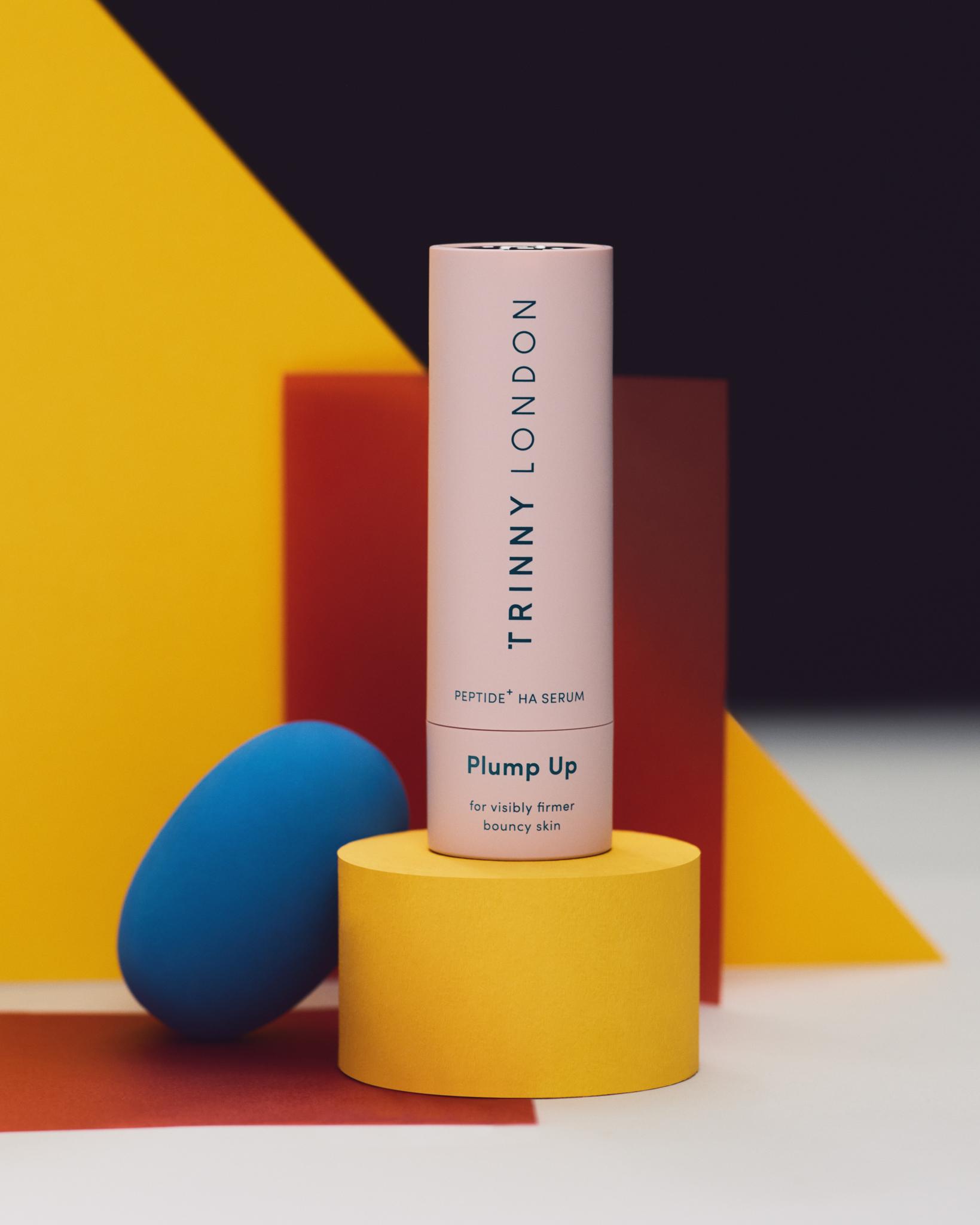
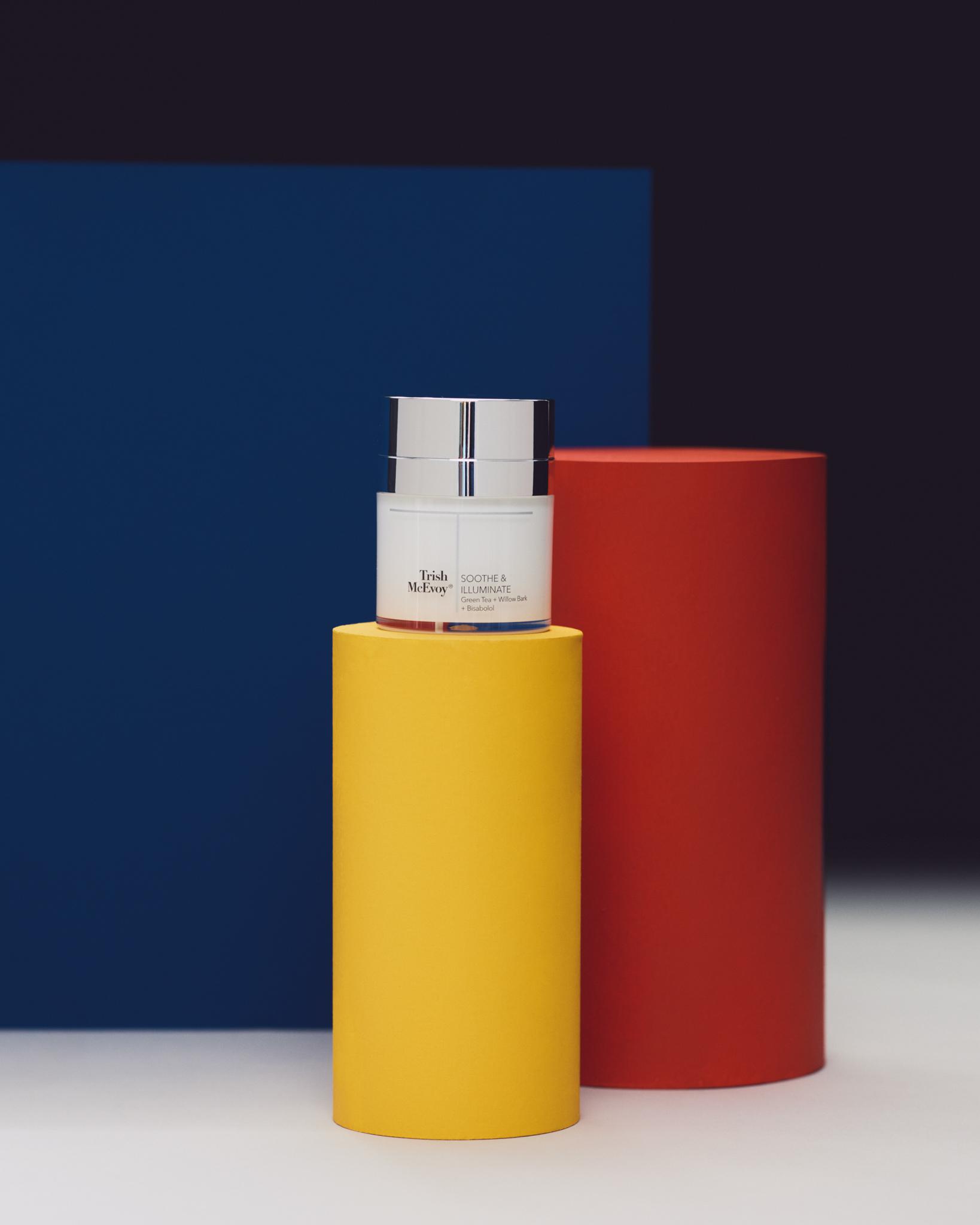
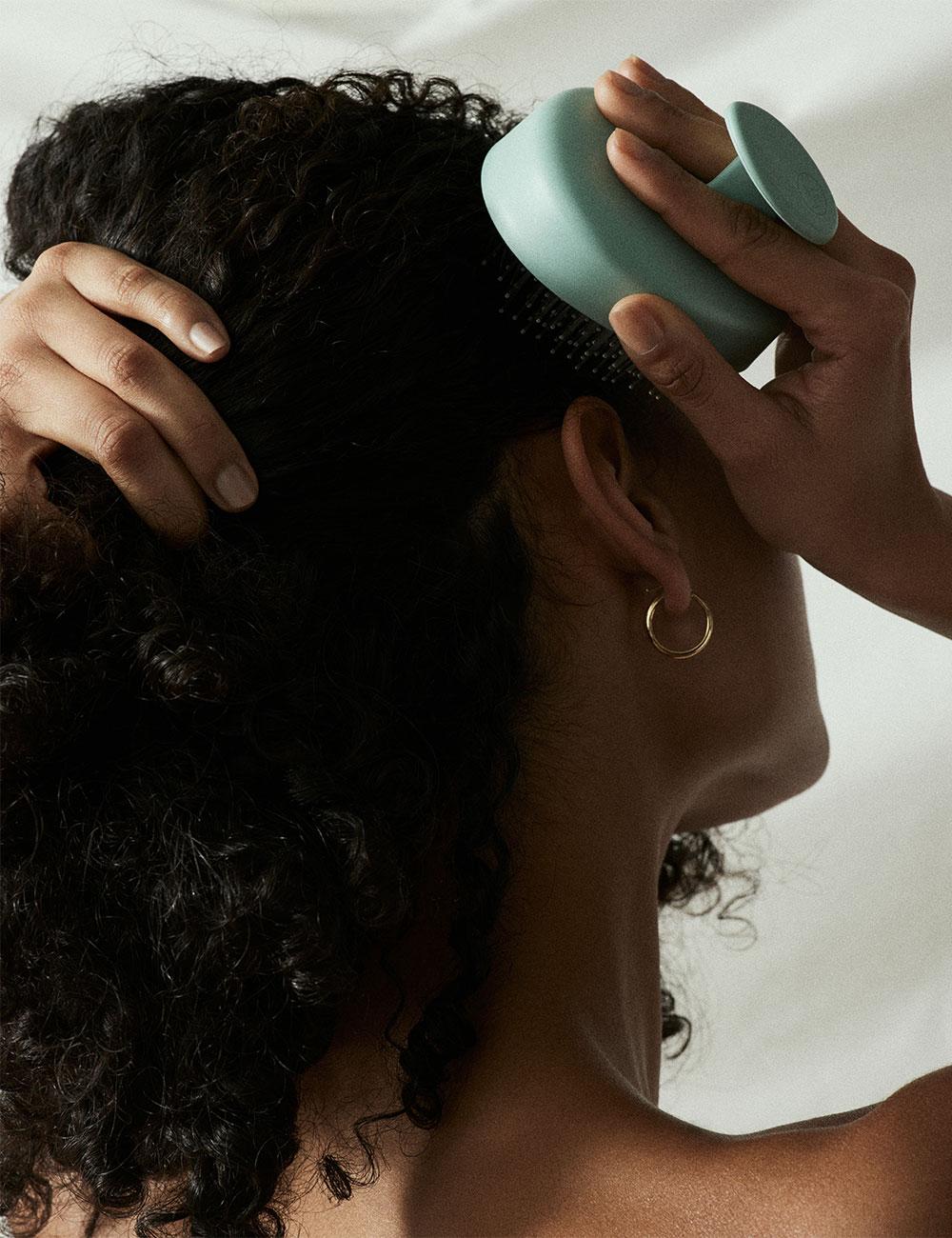
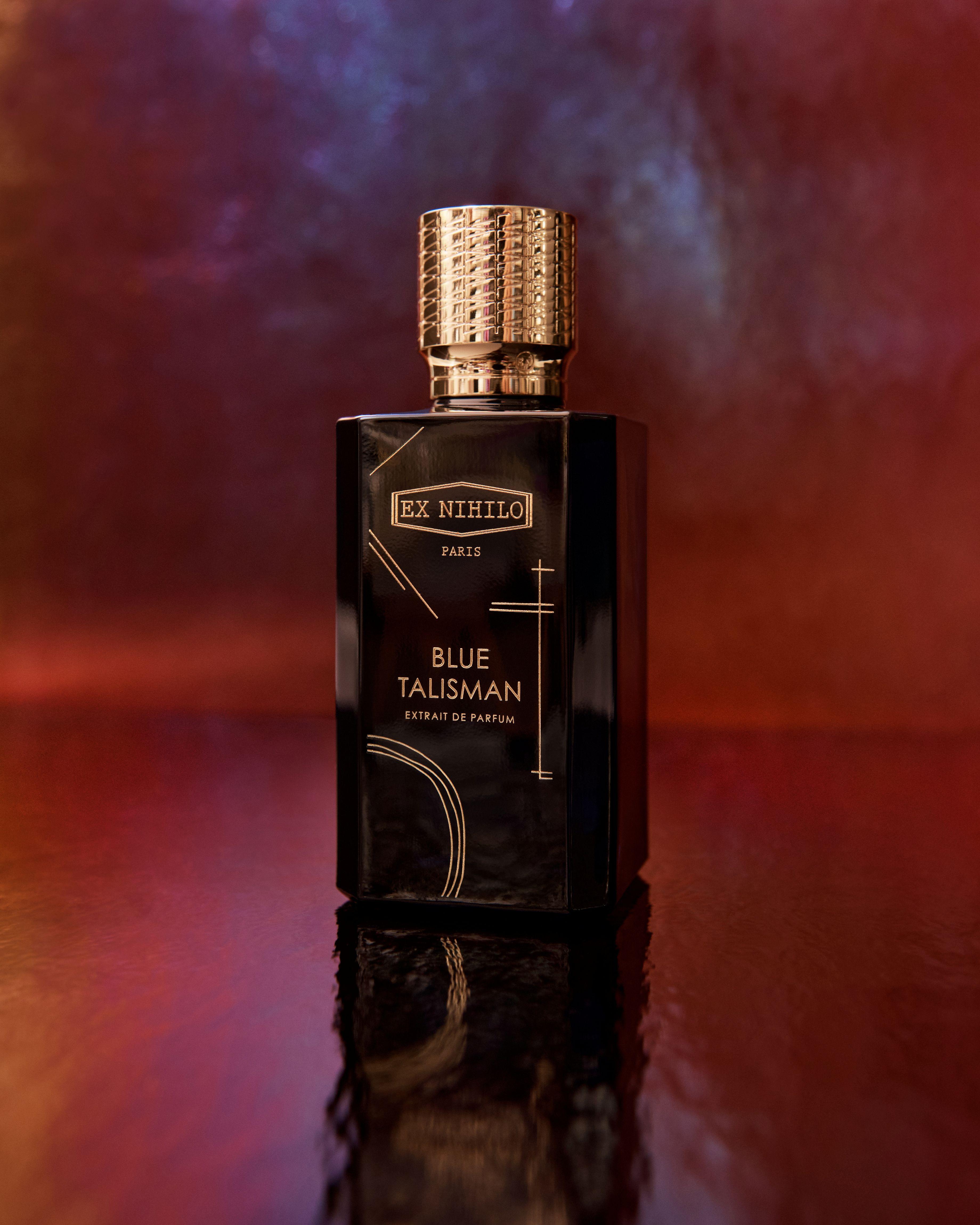
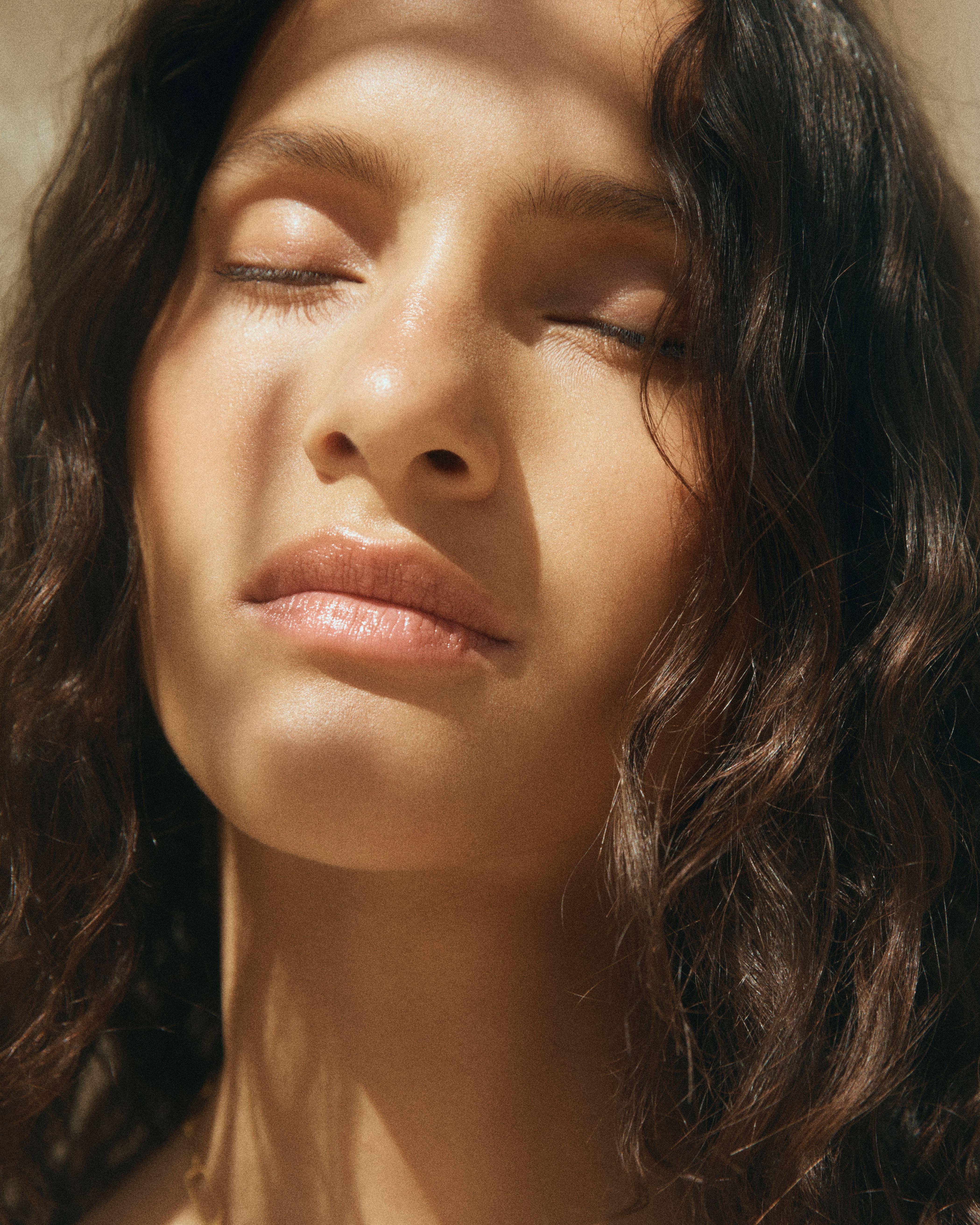
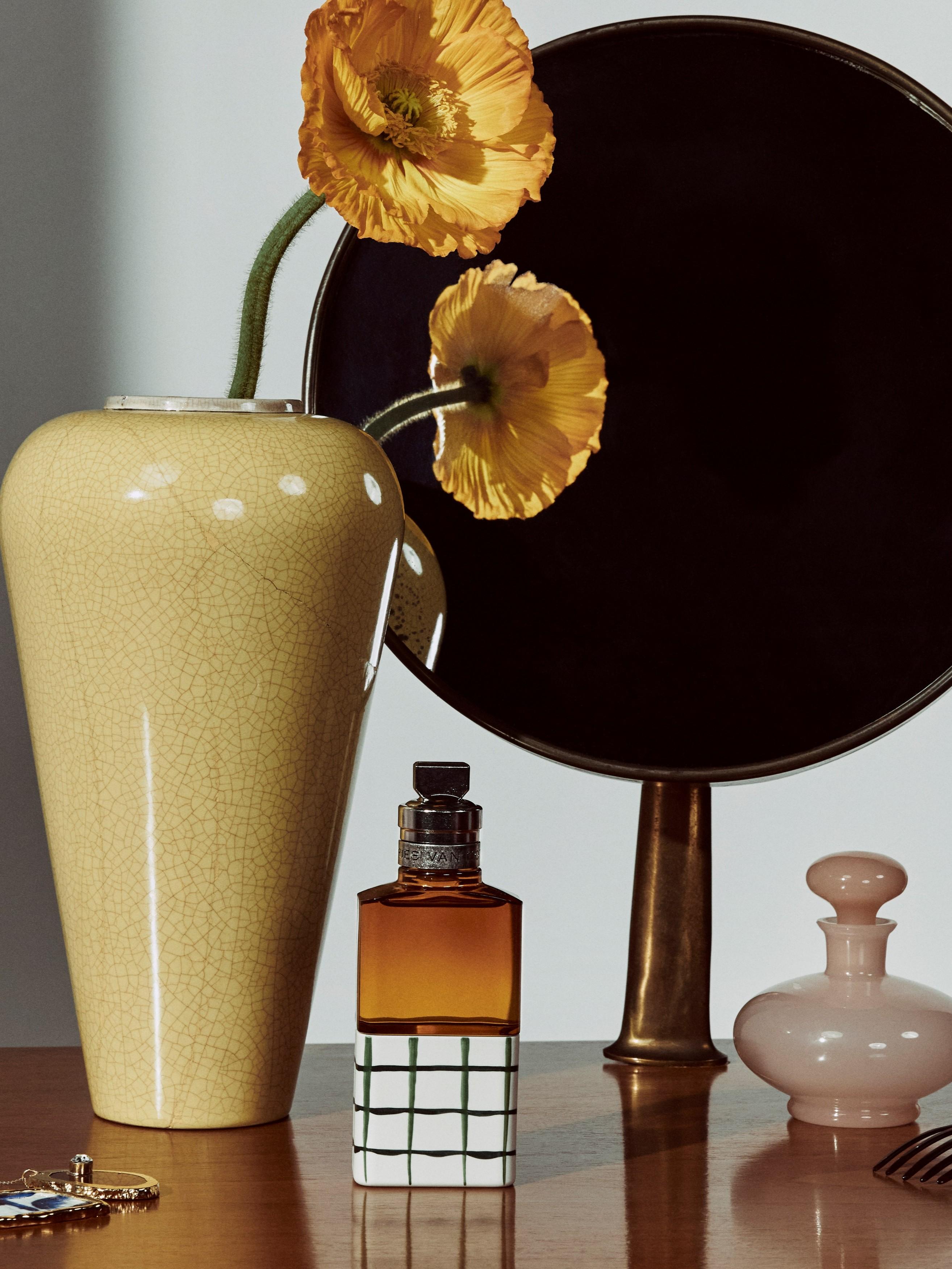
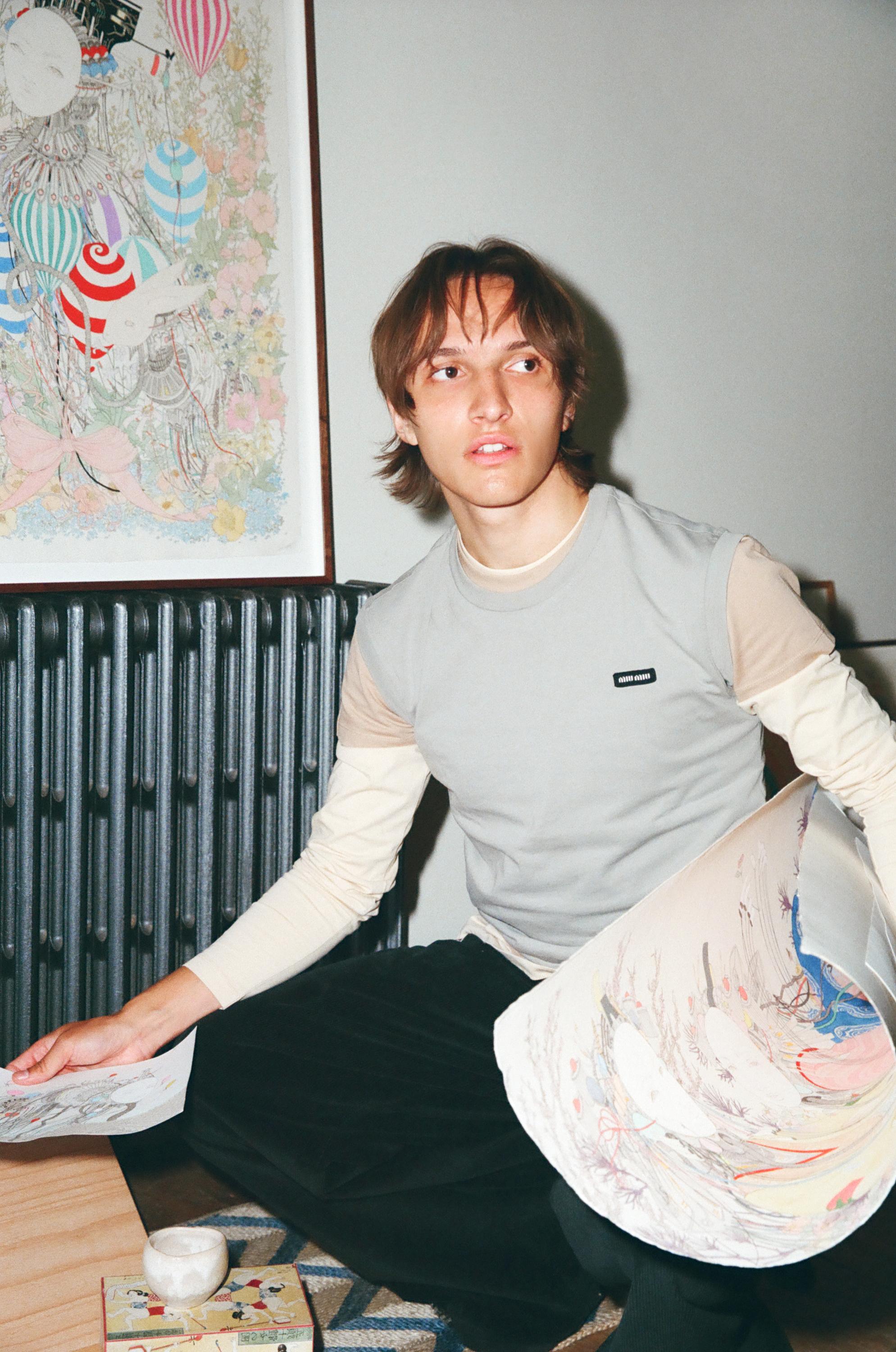
?fmt=auto&qlt=default)
